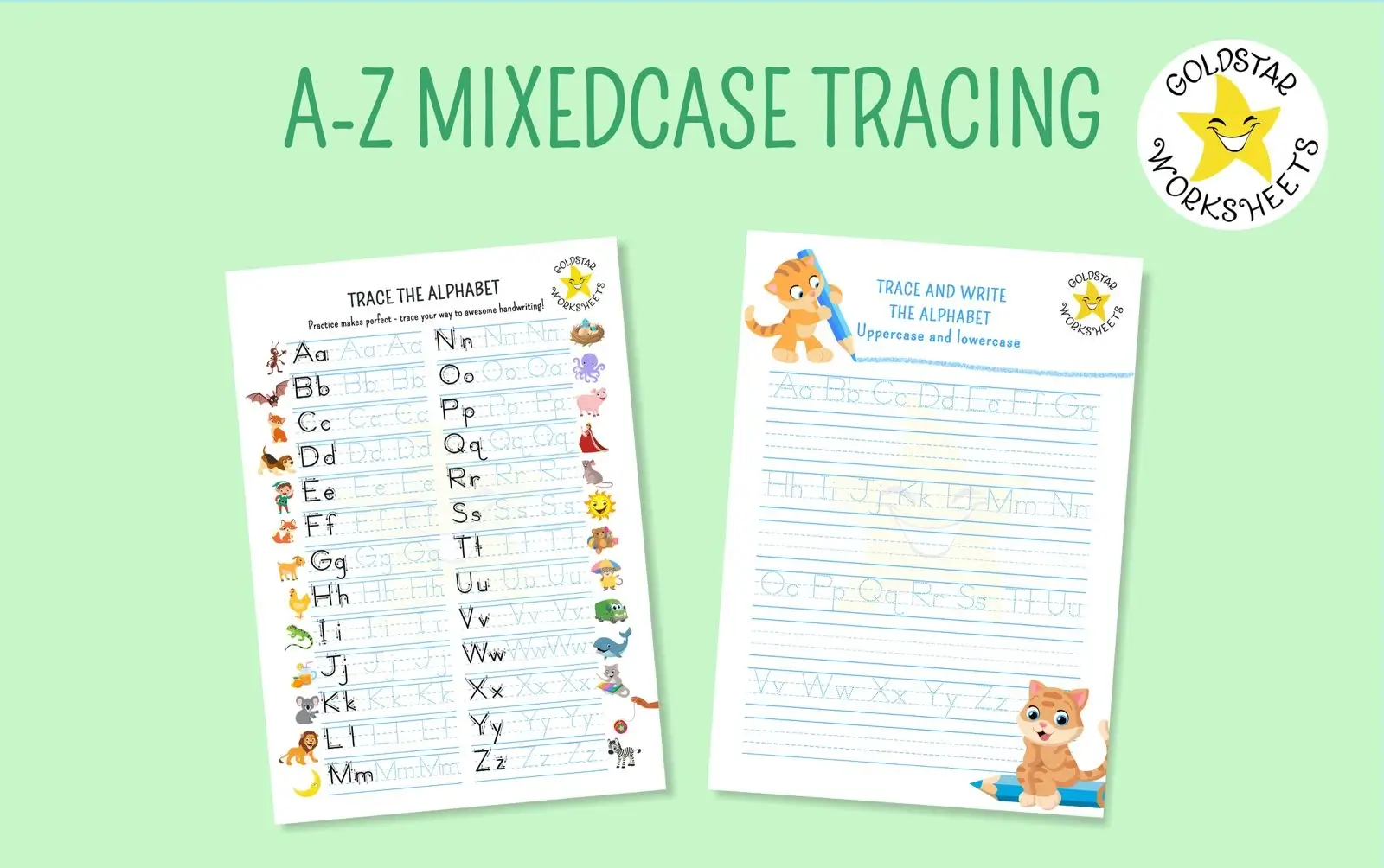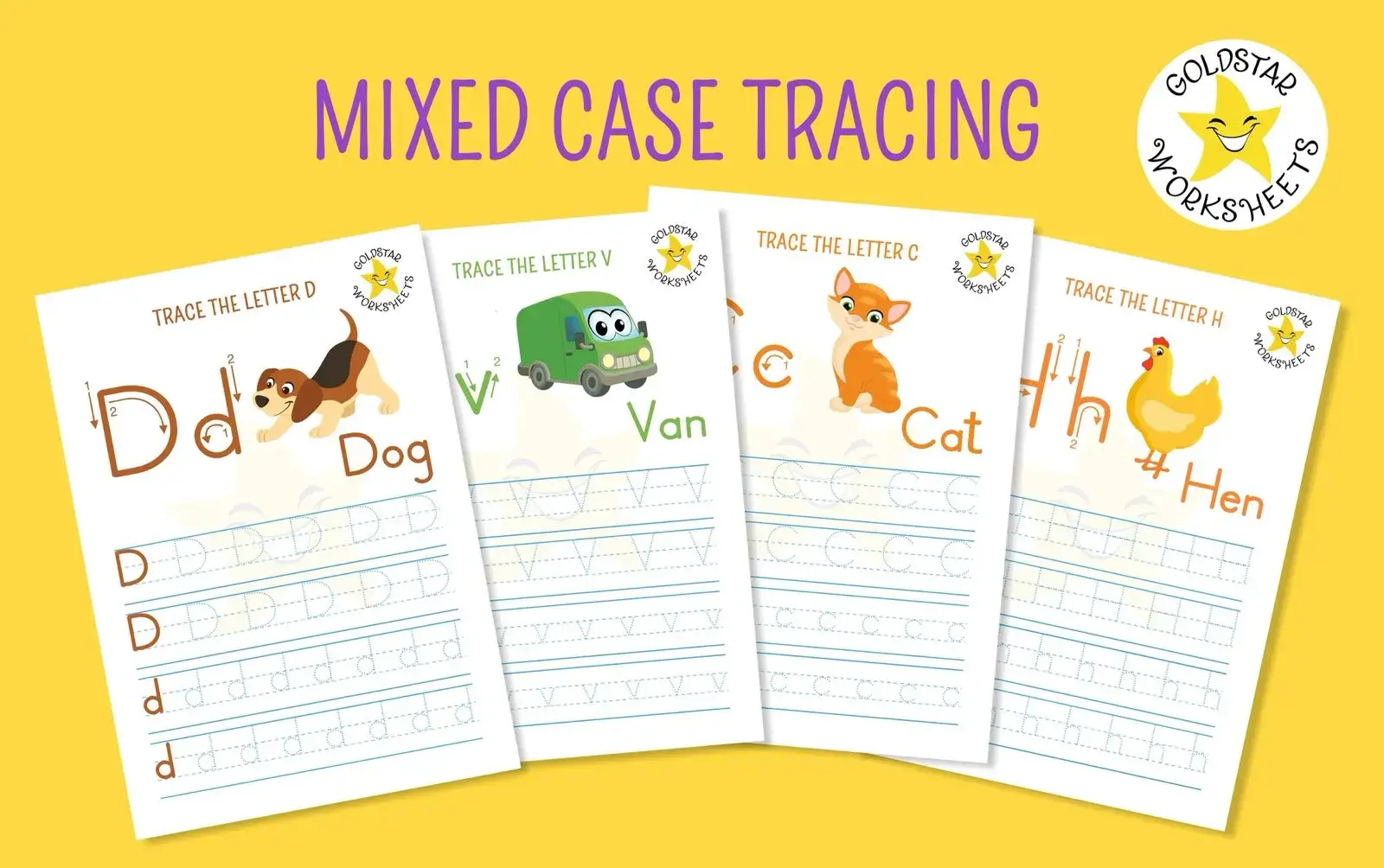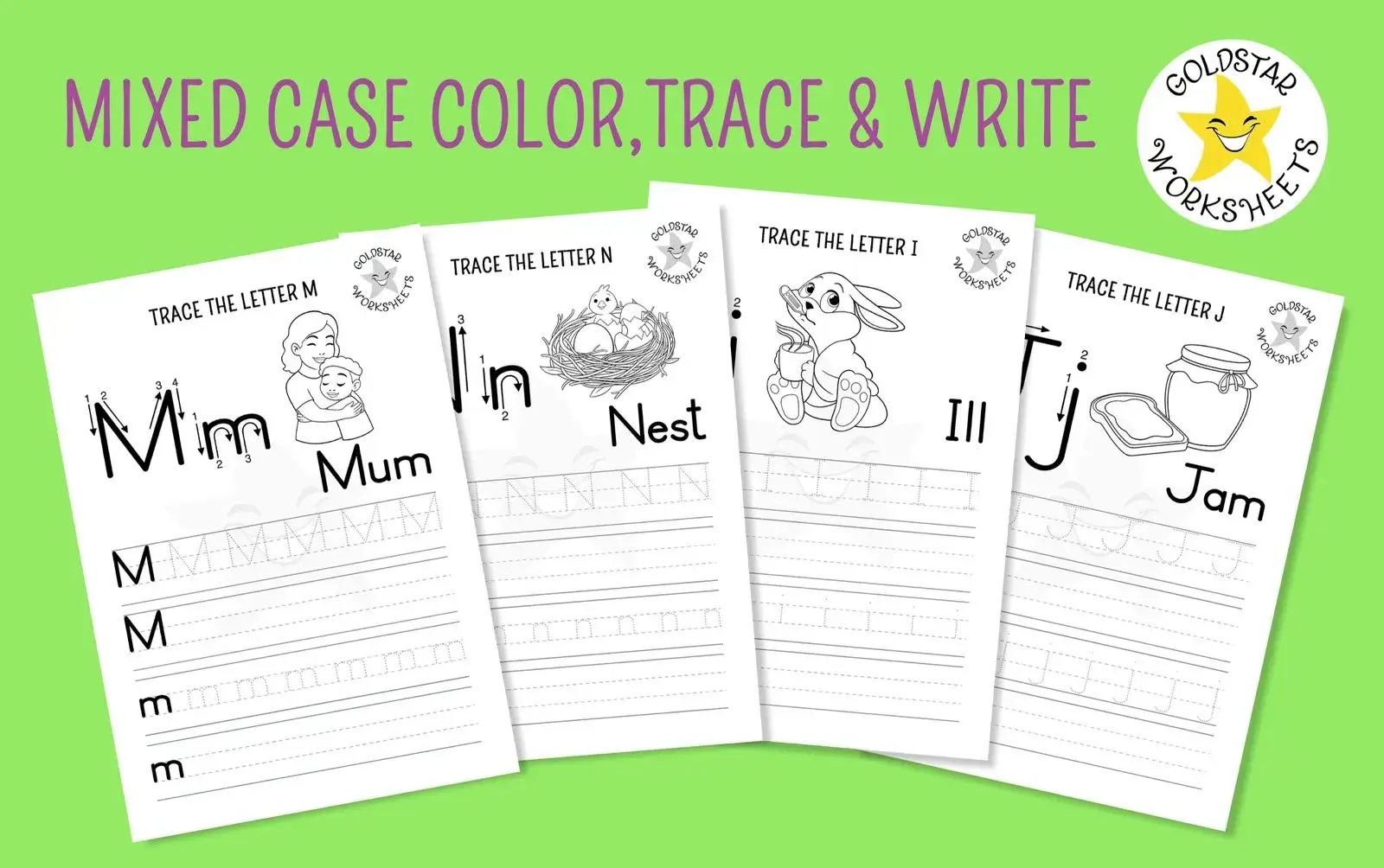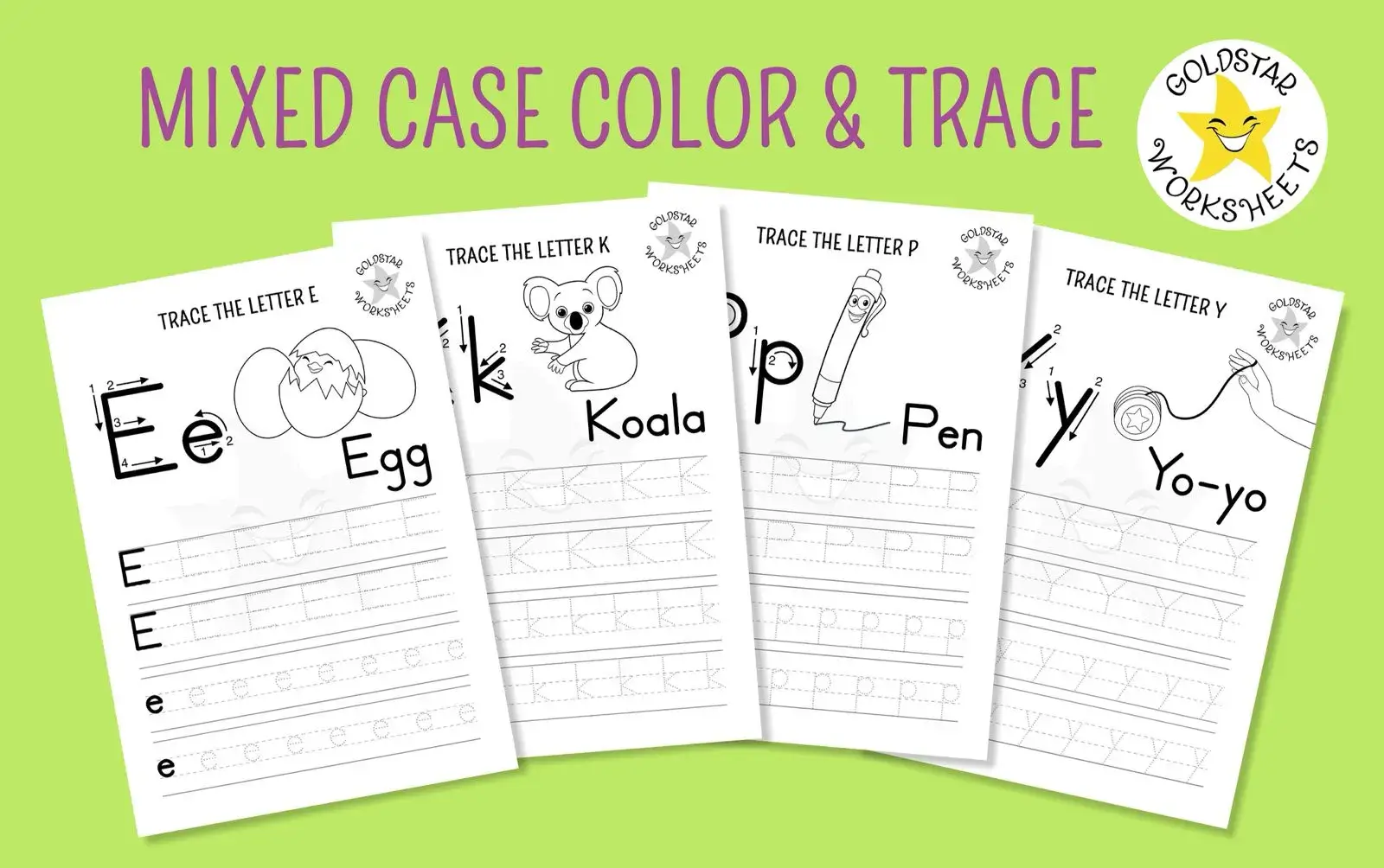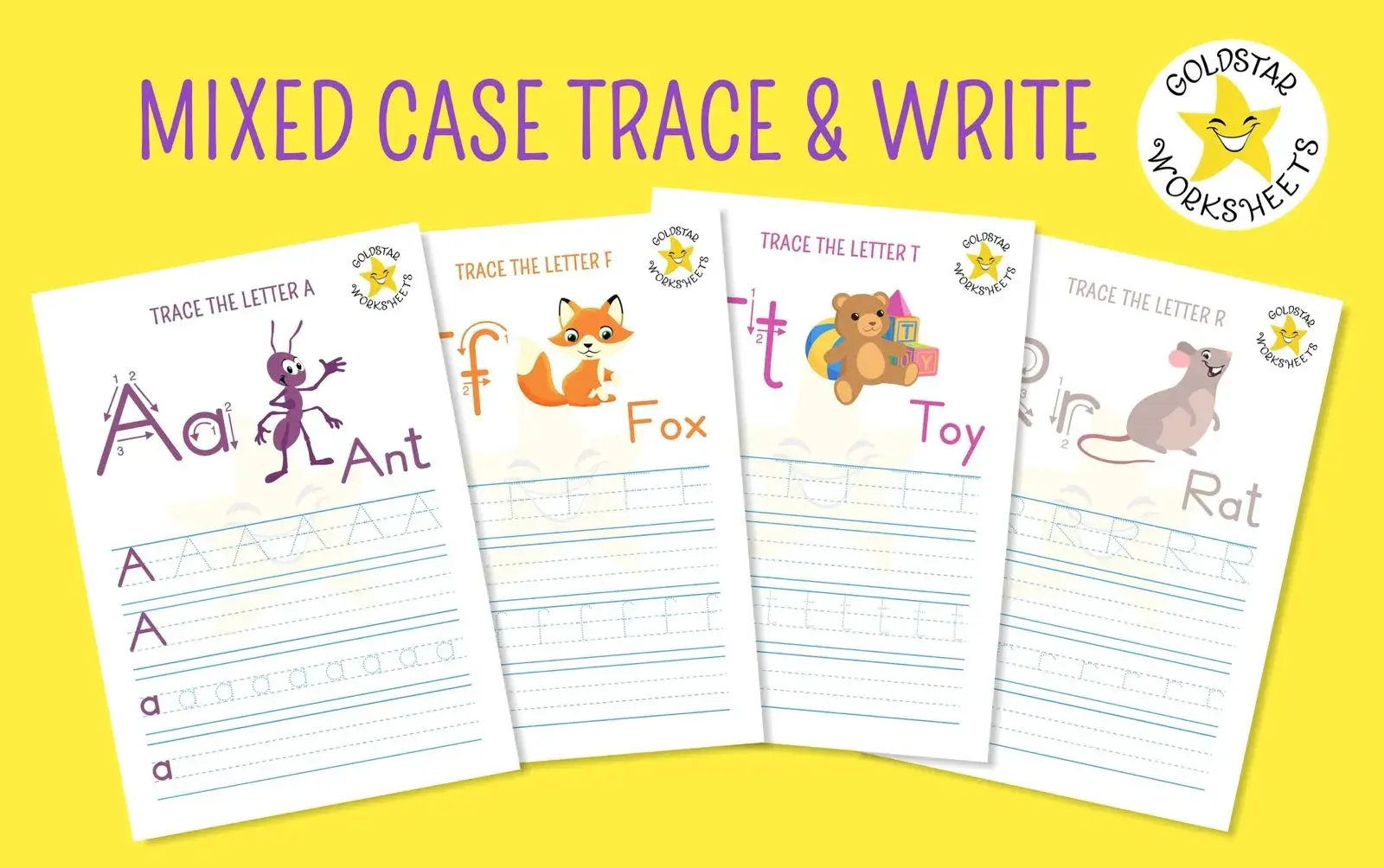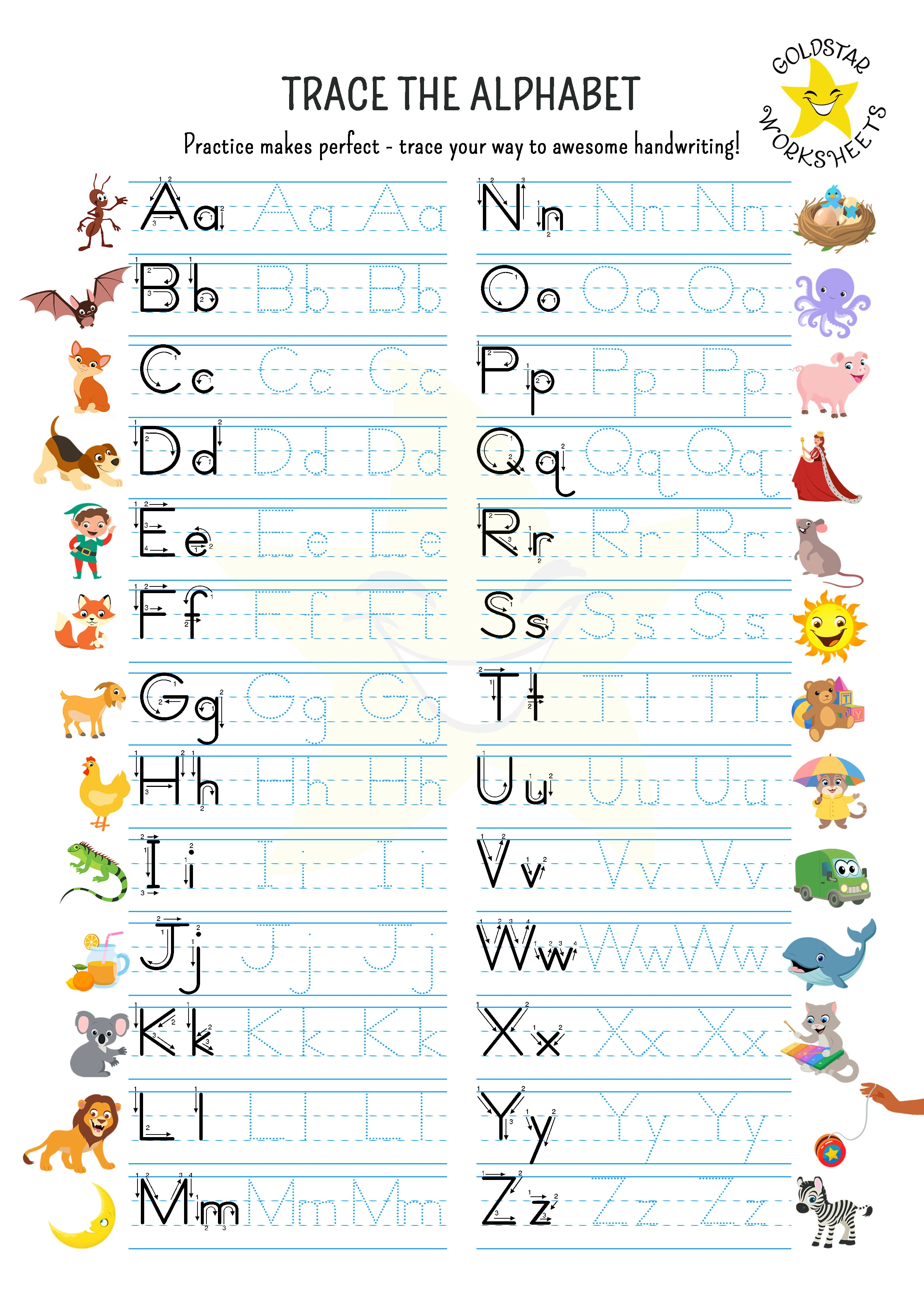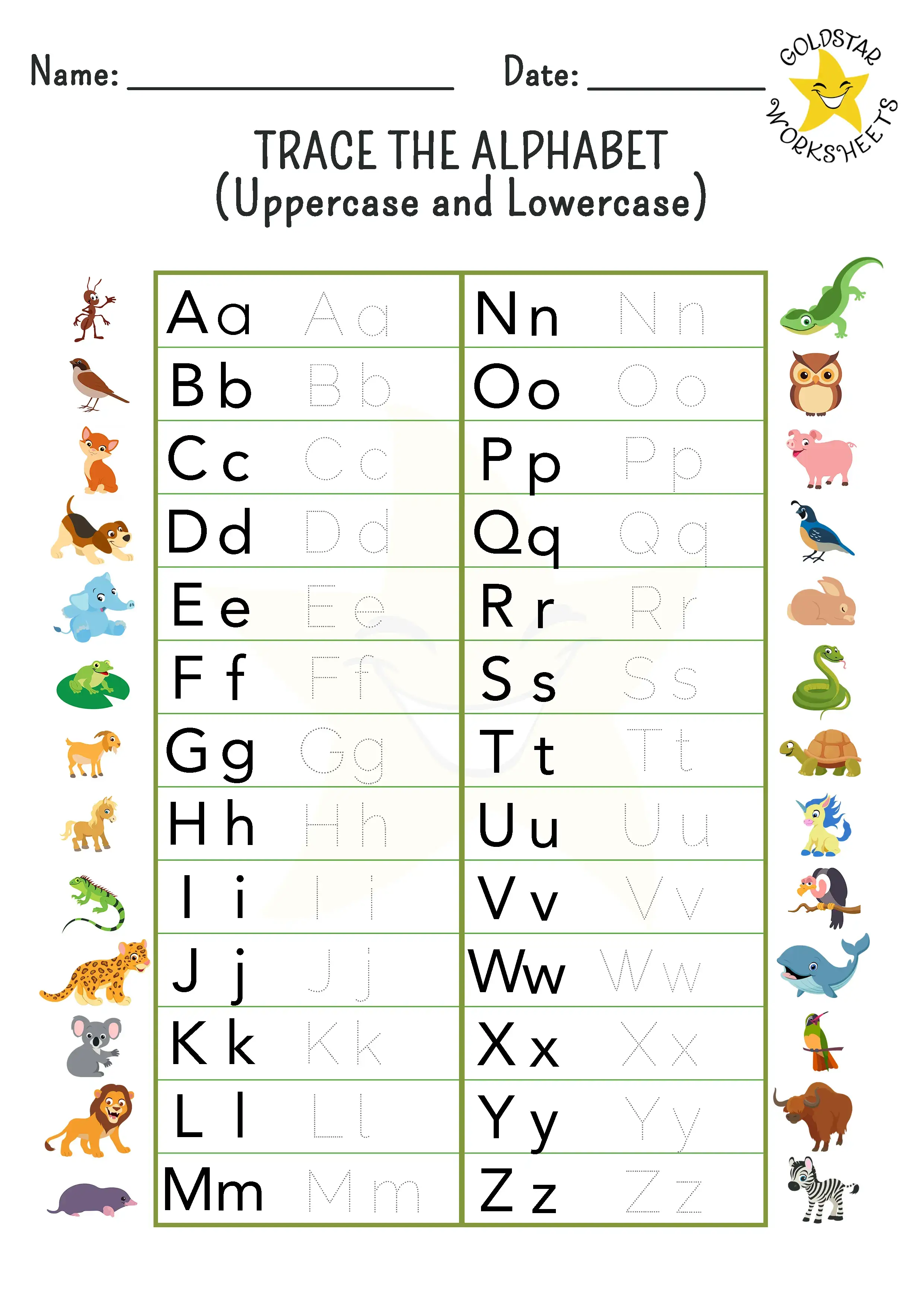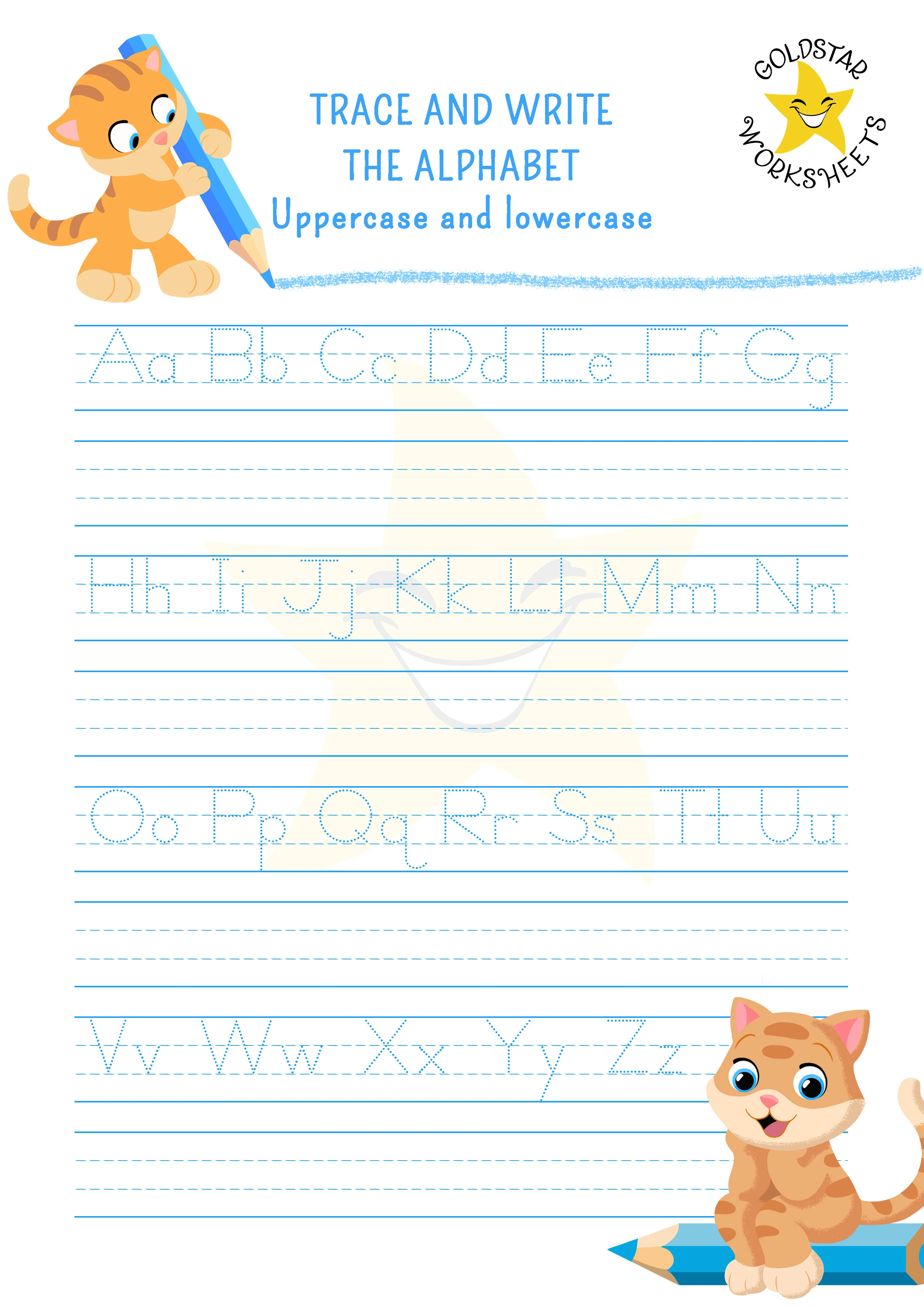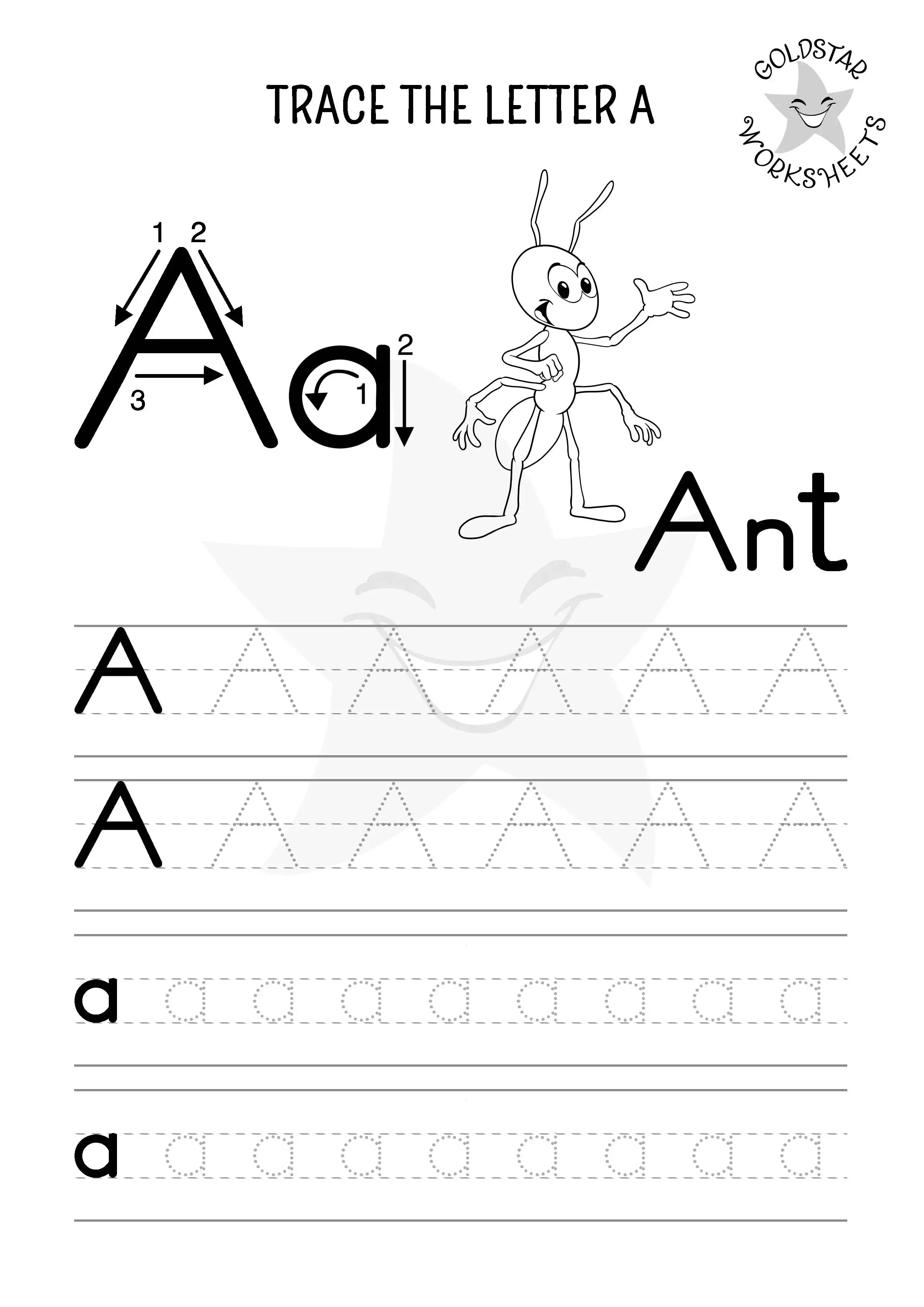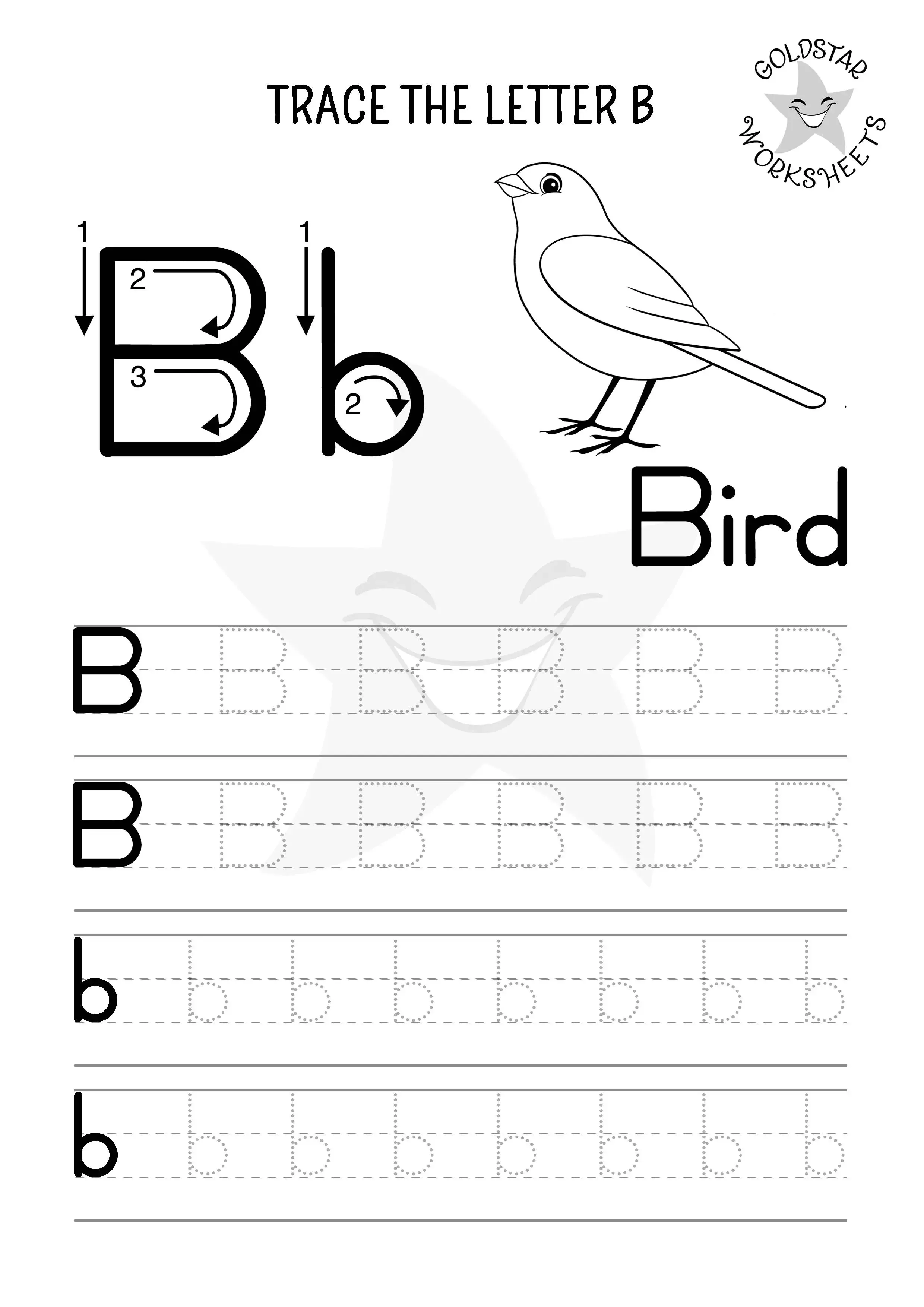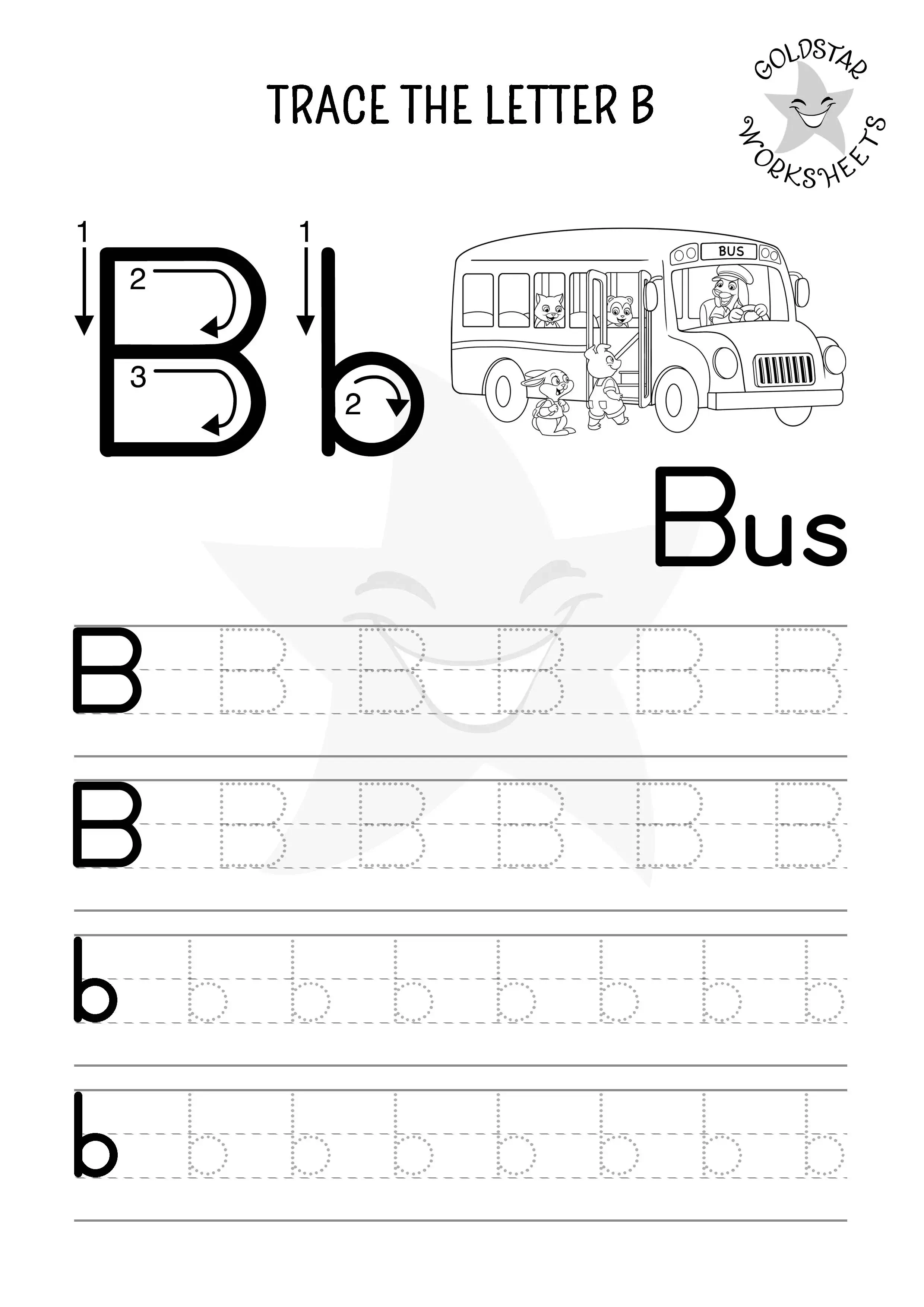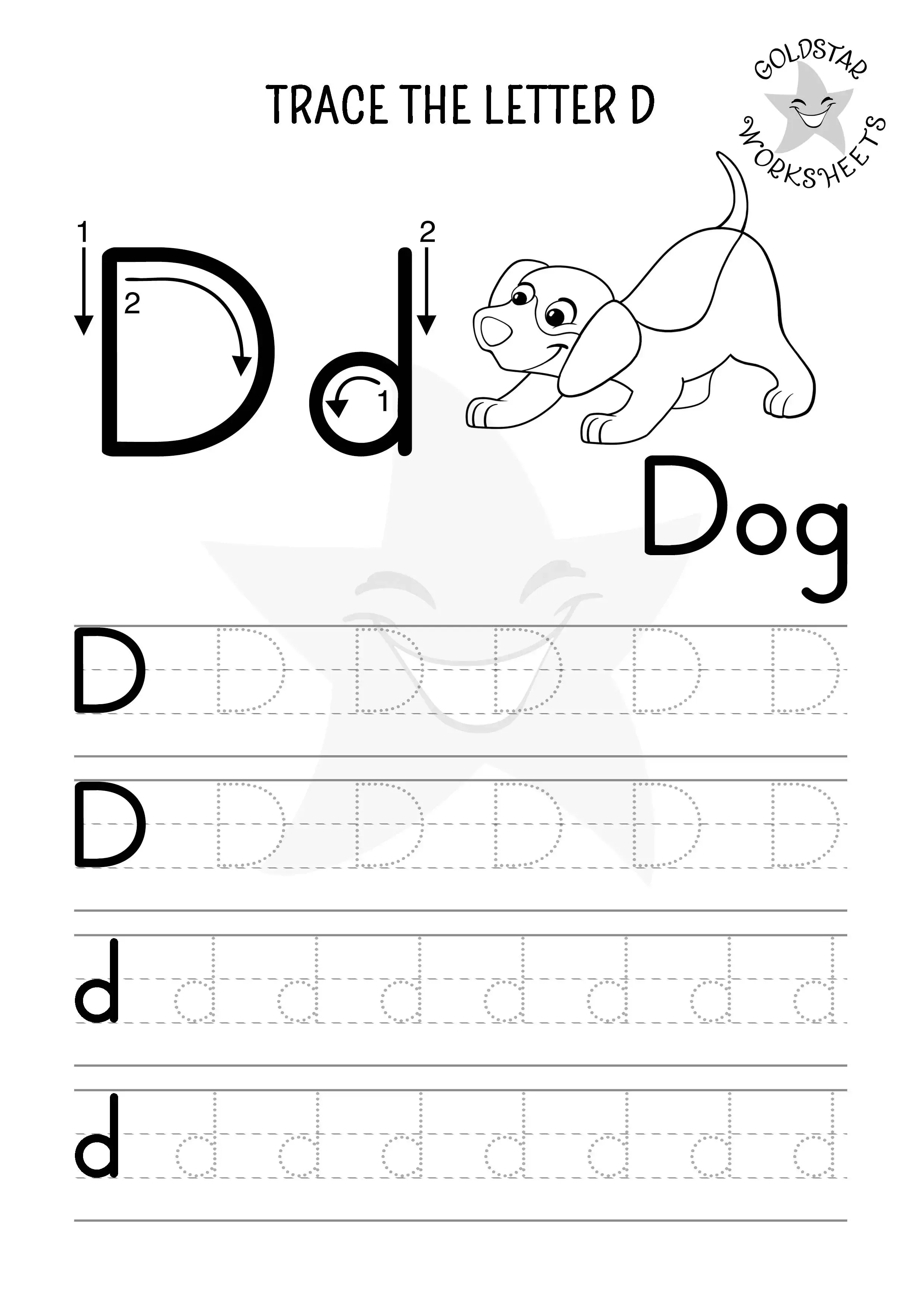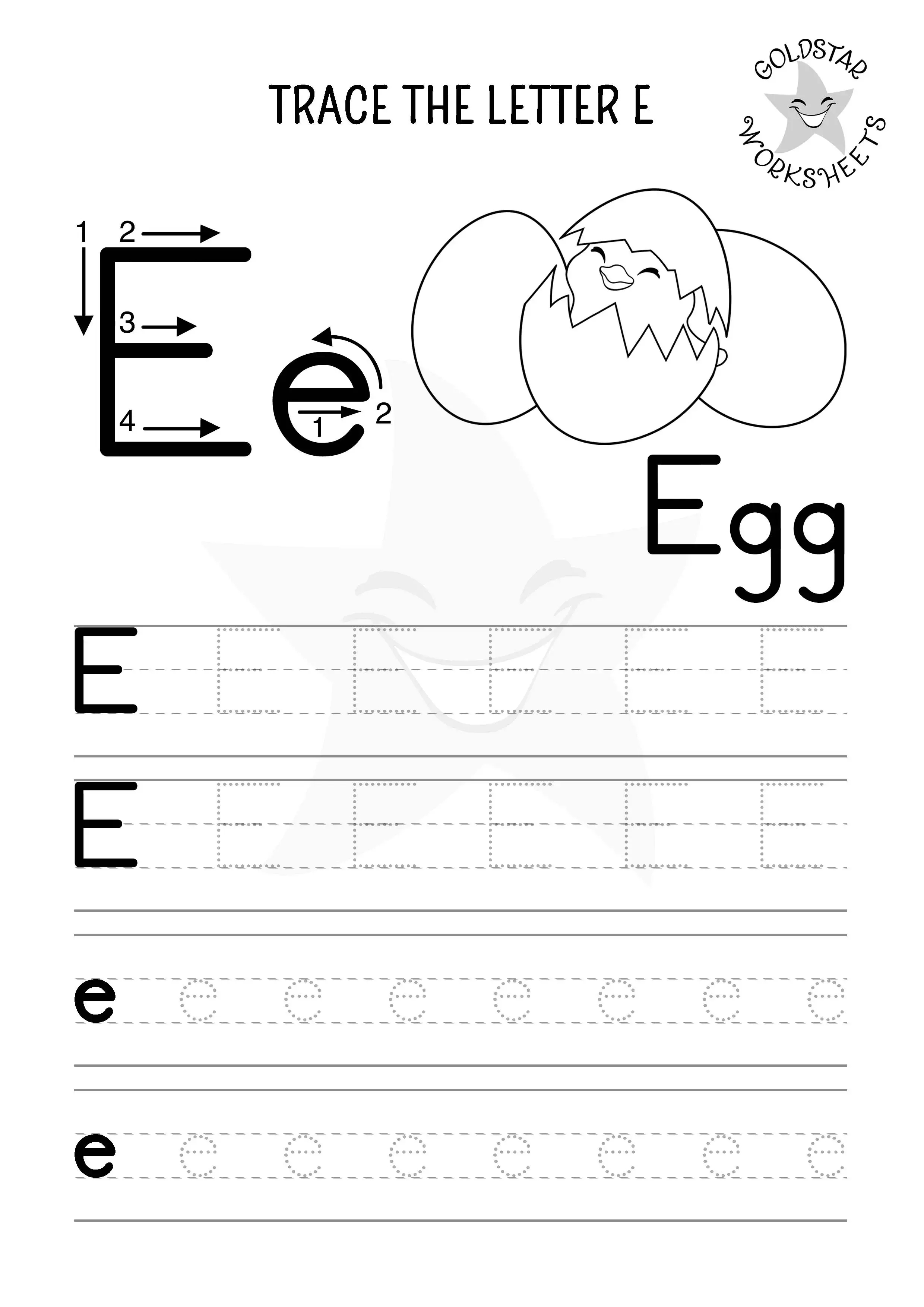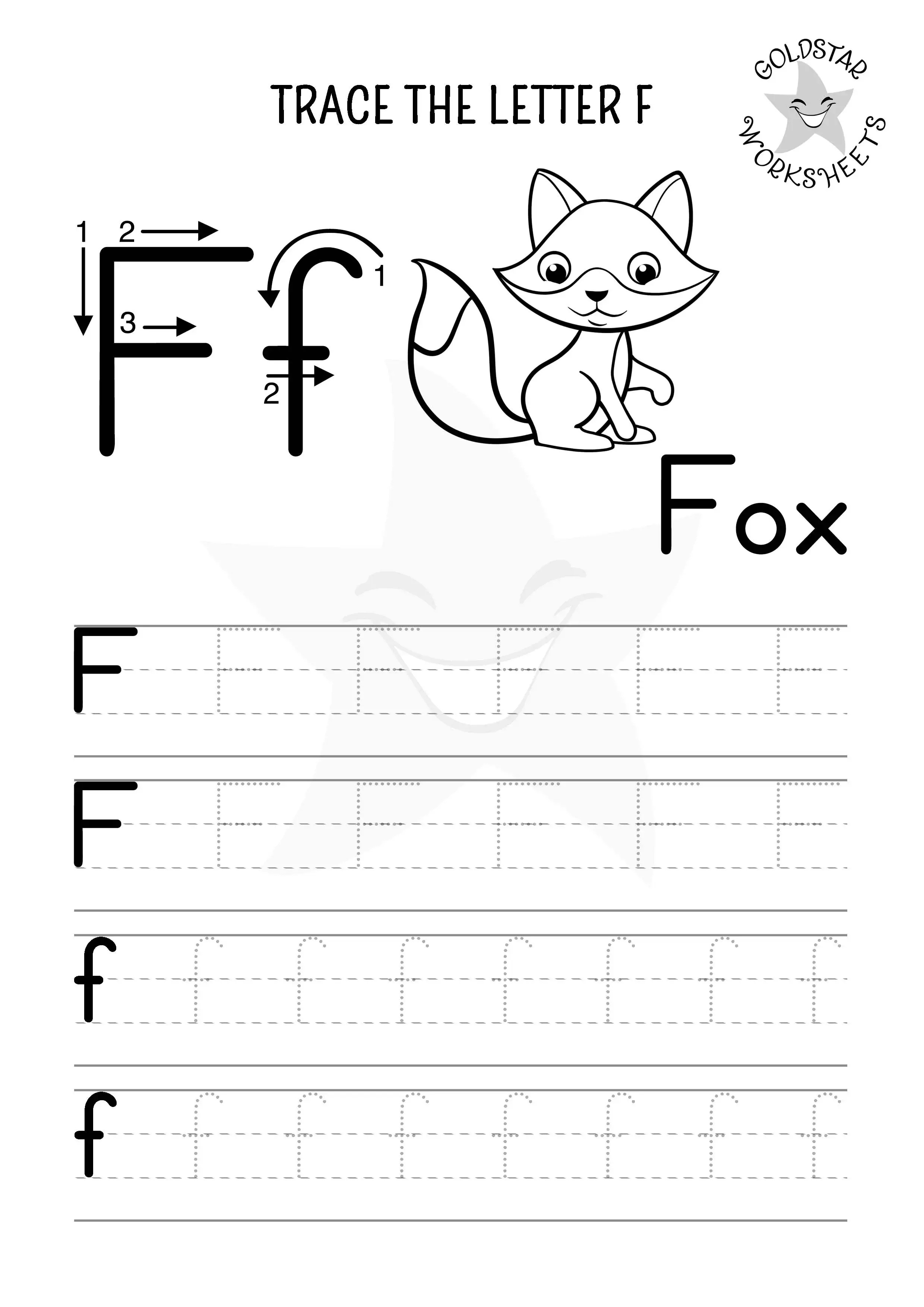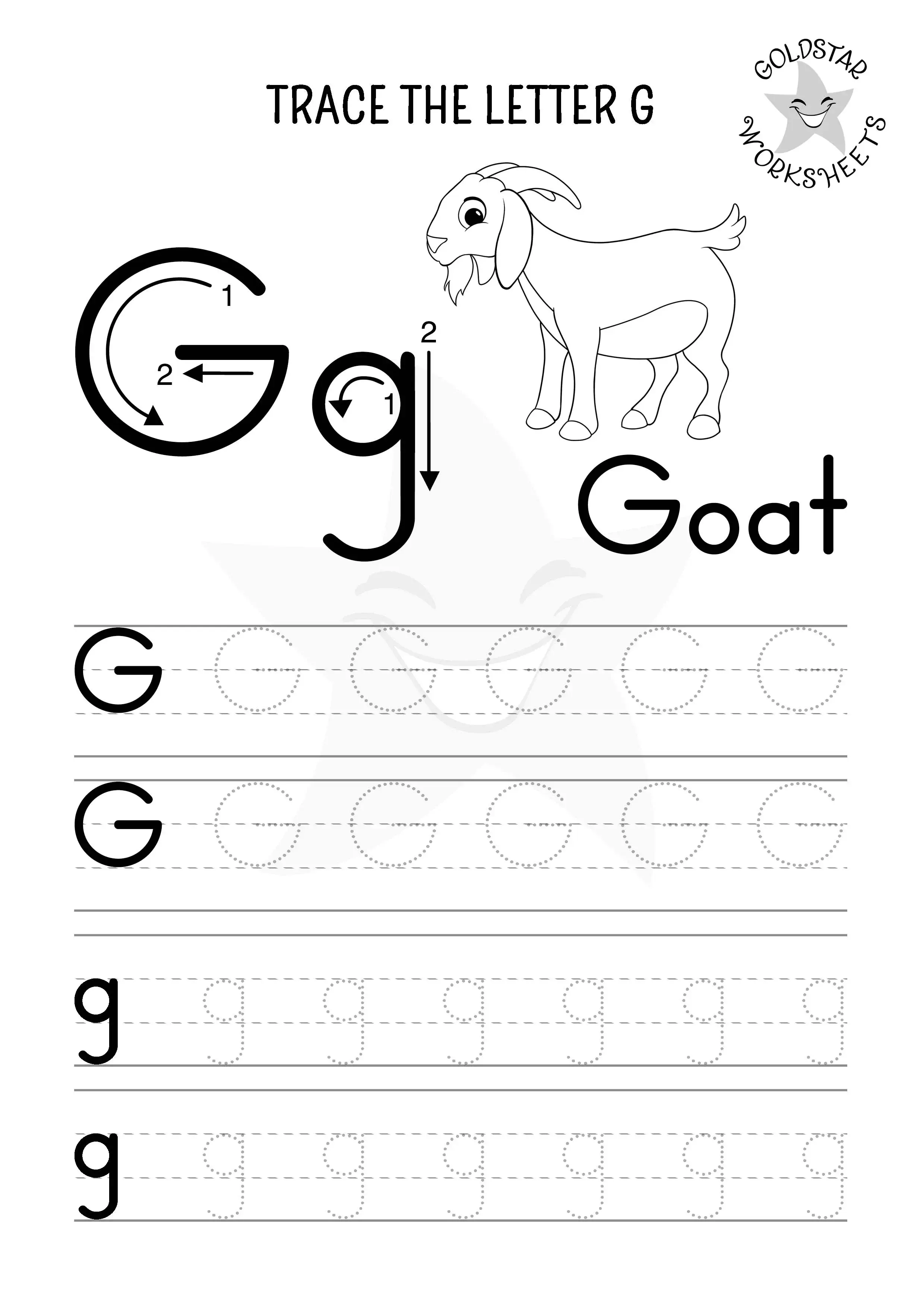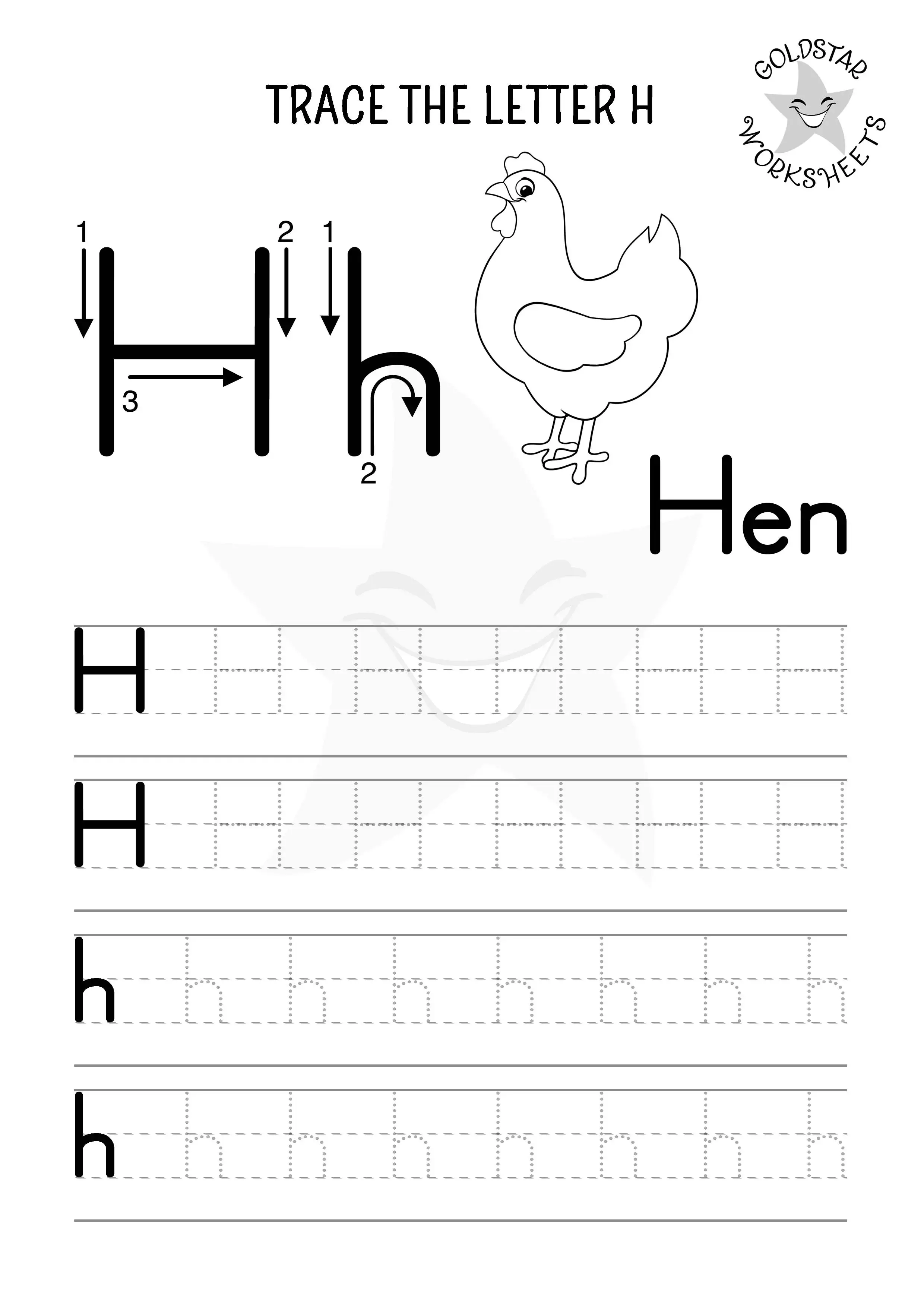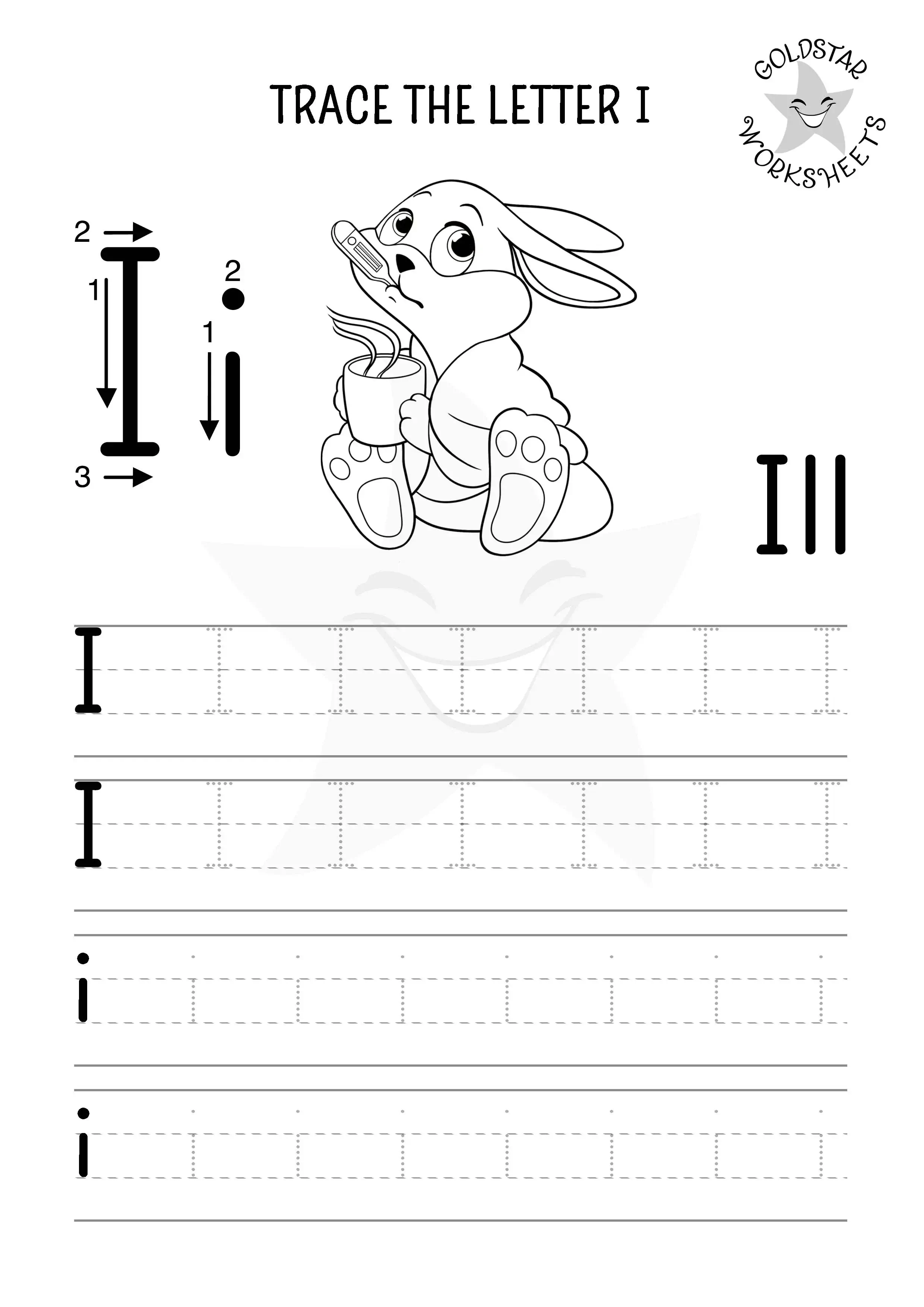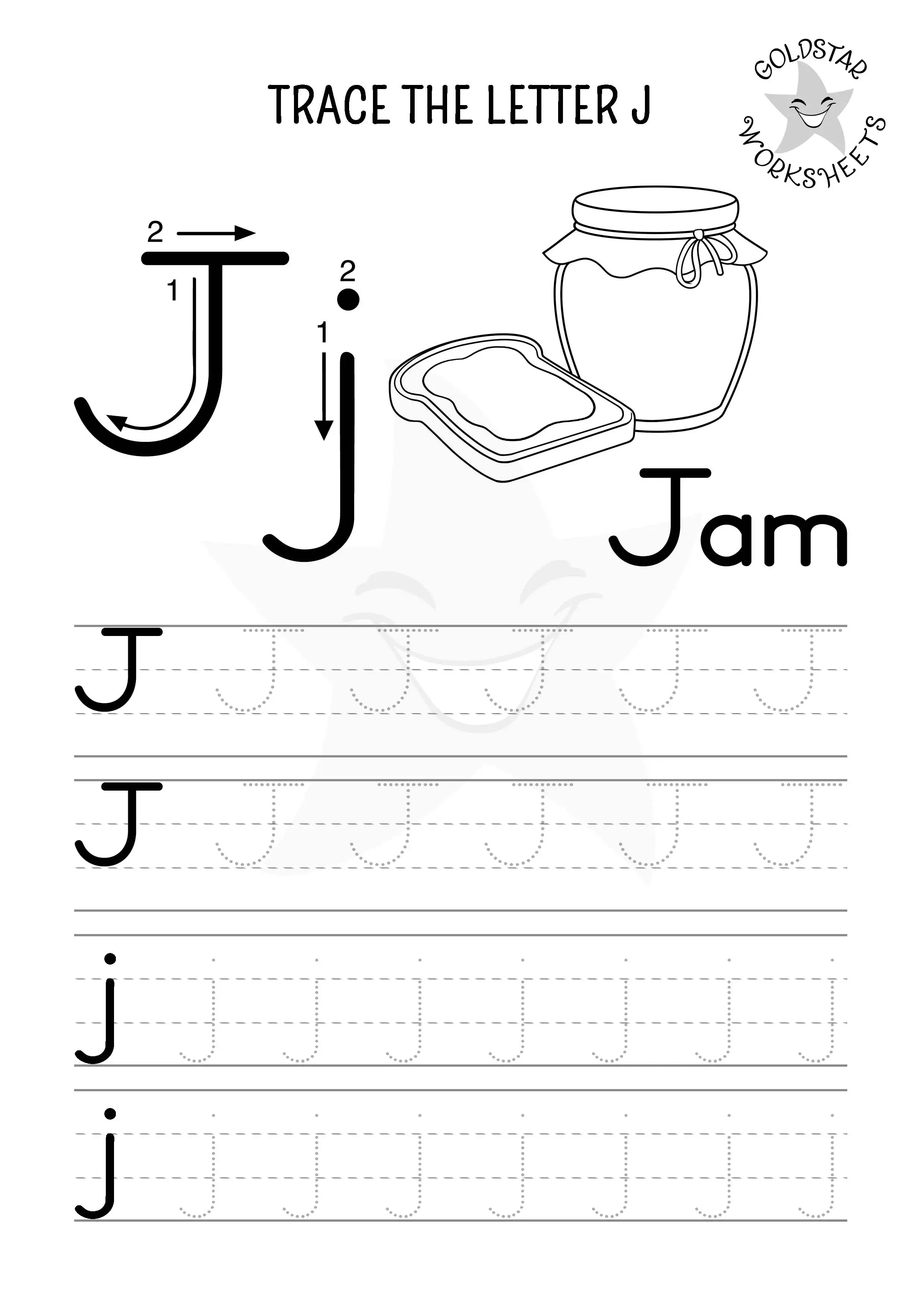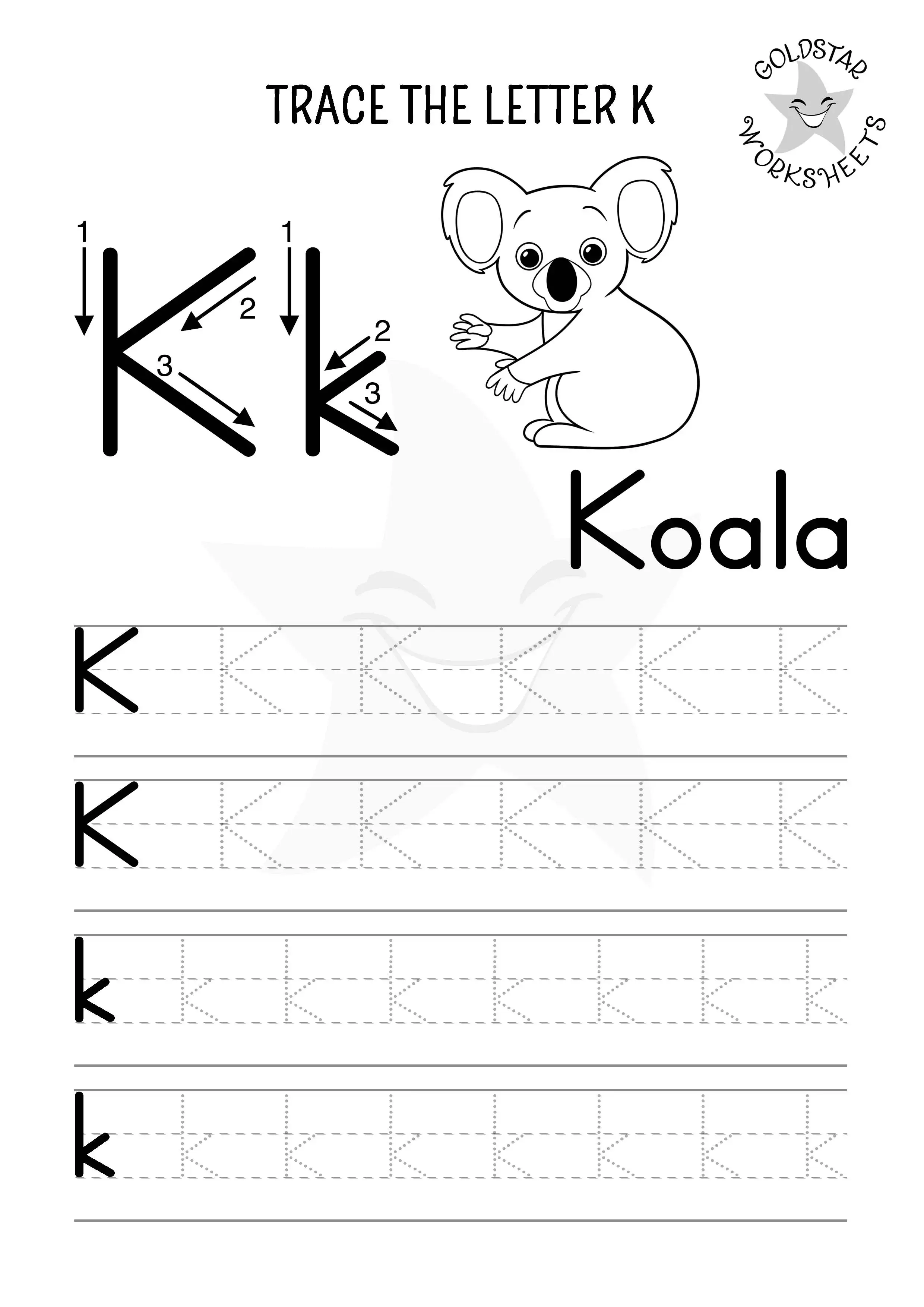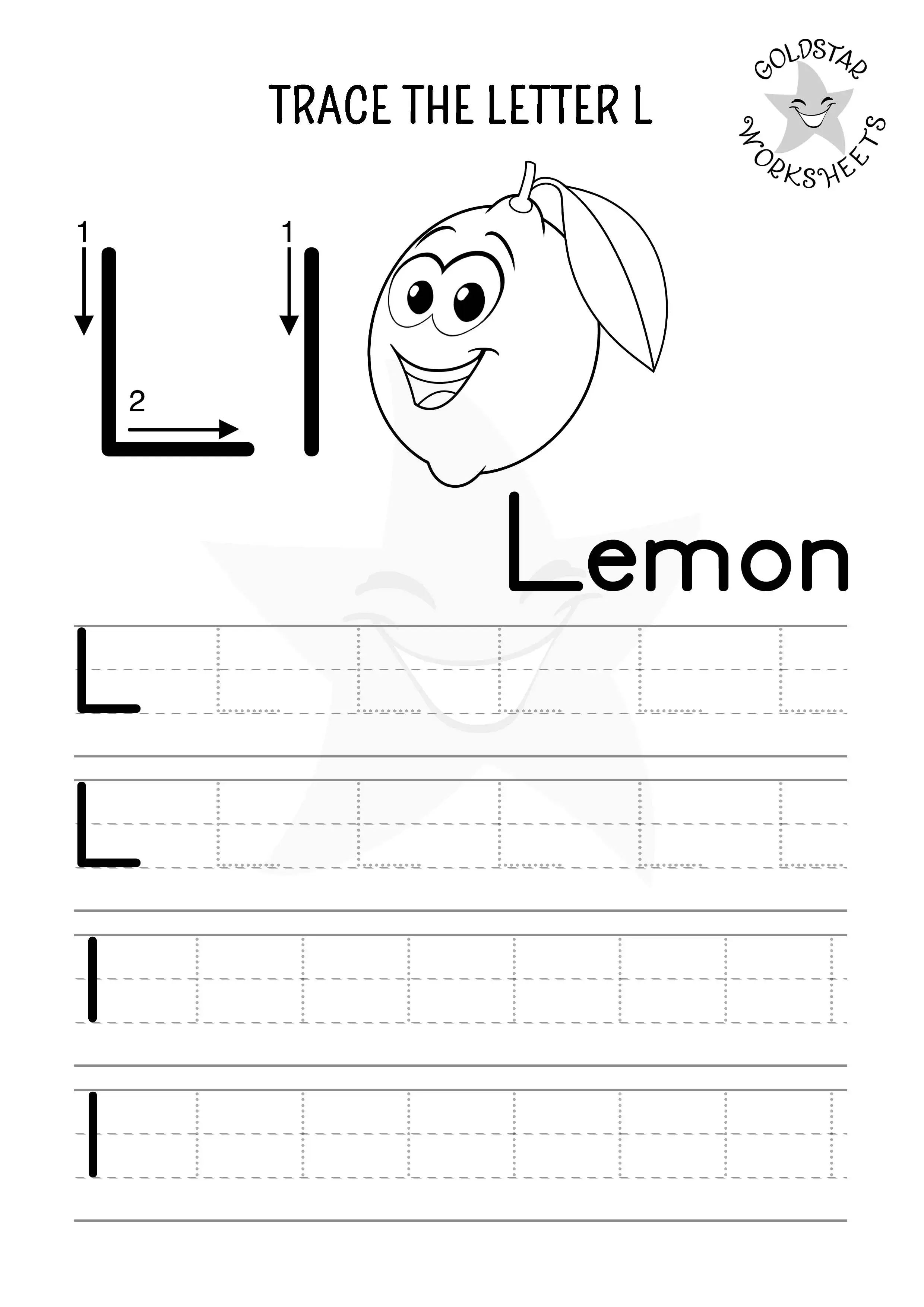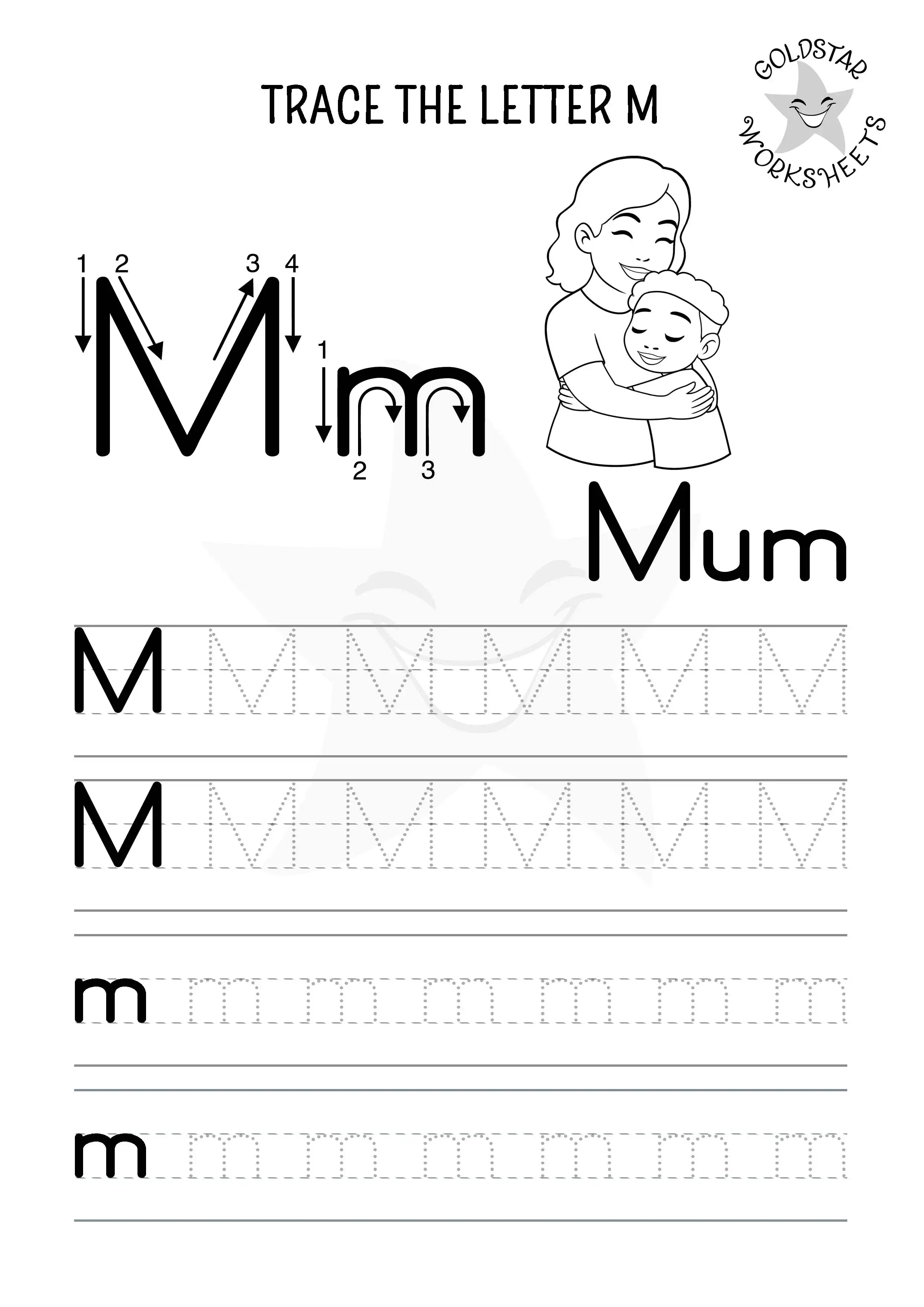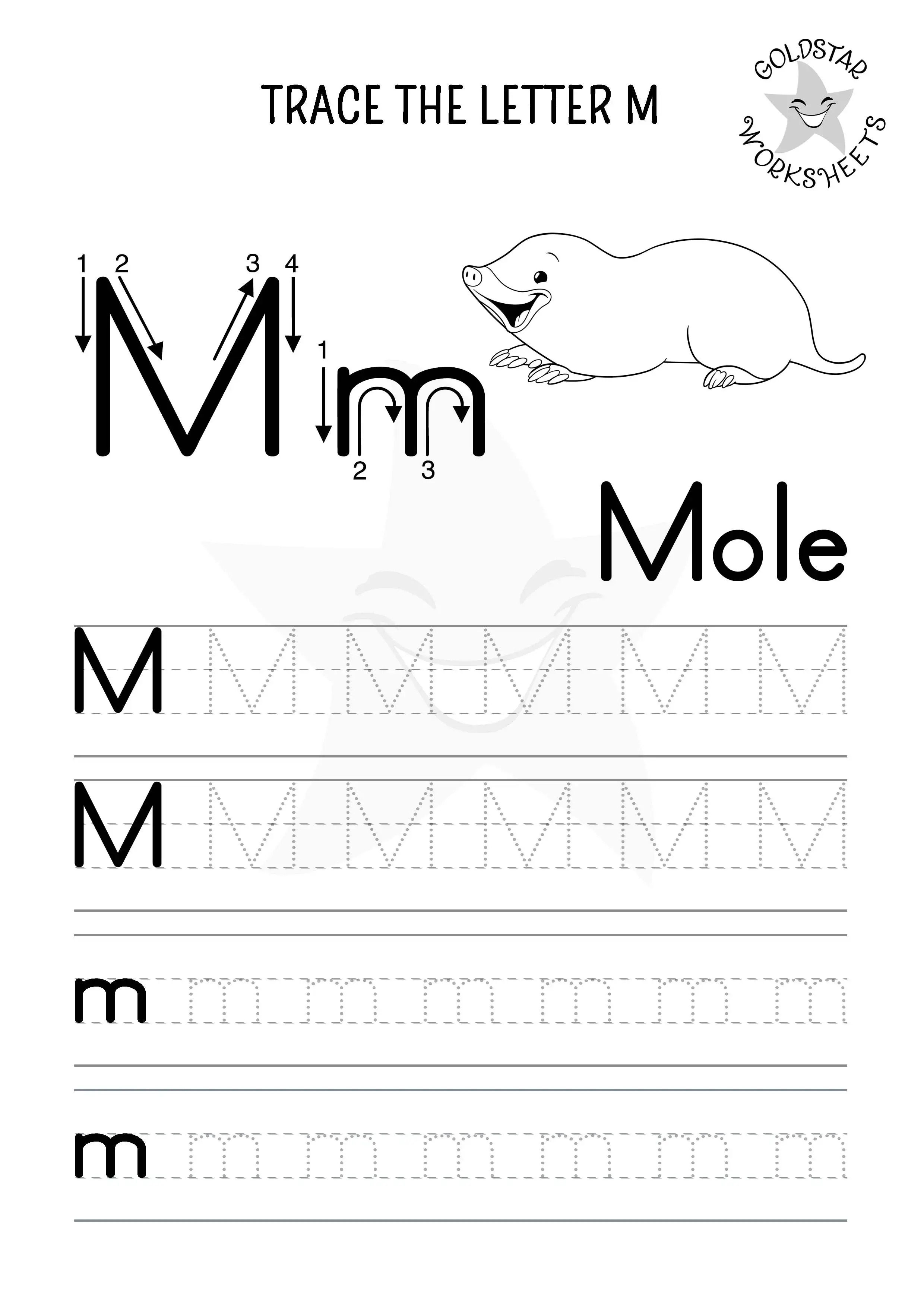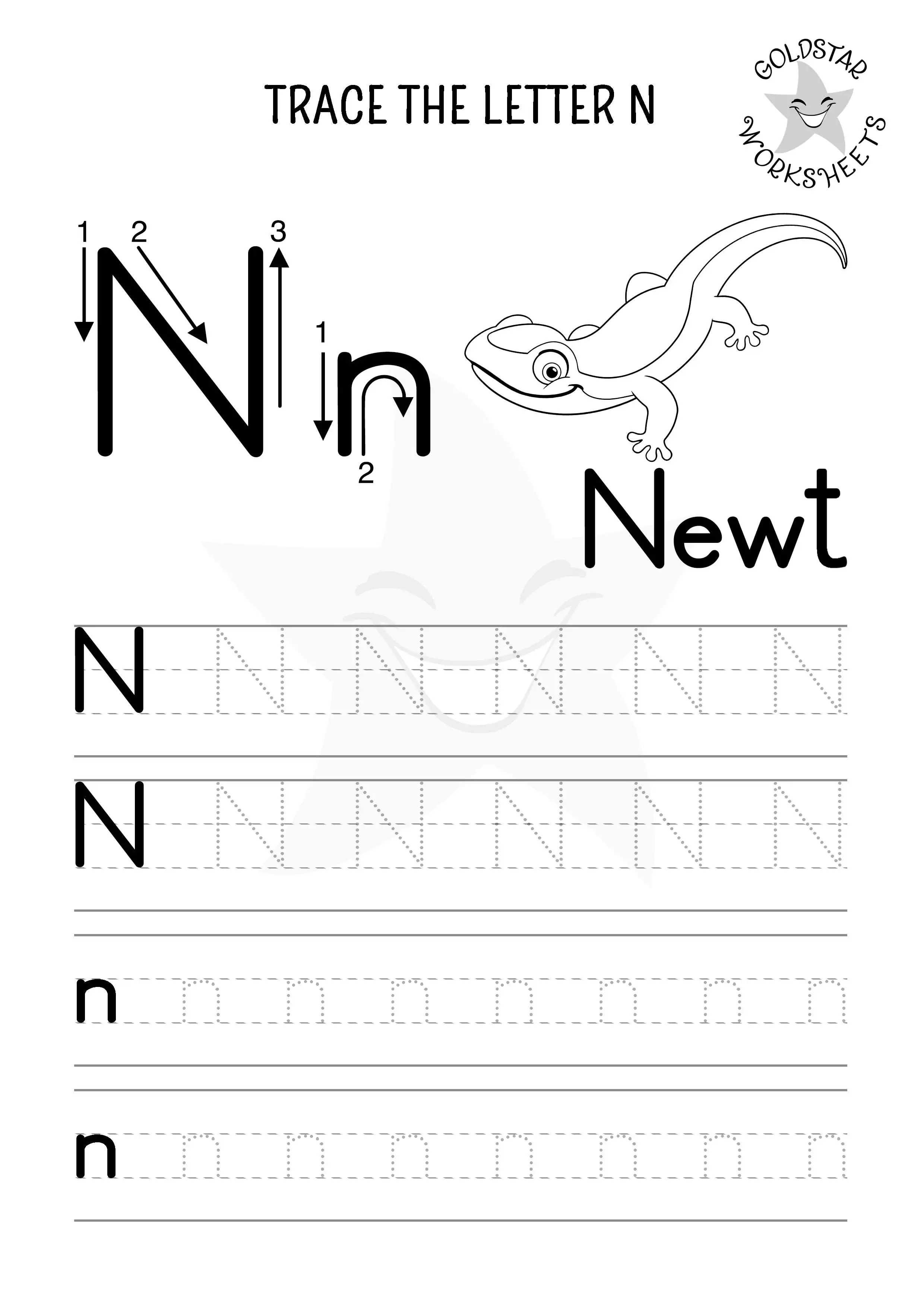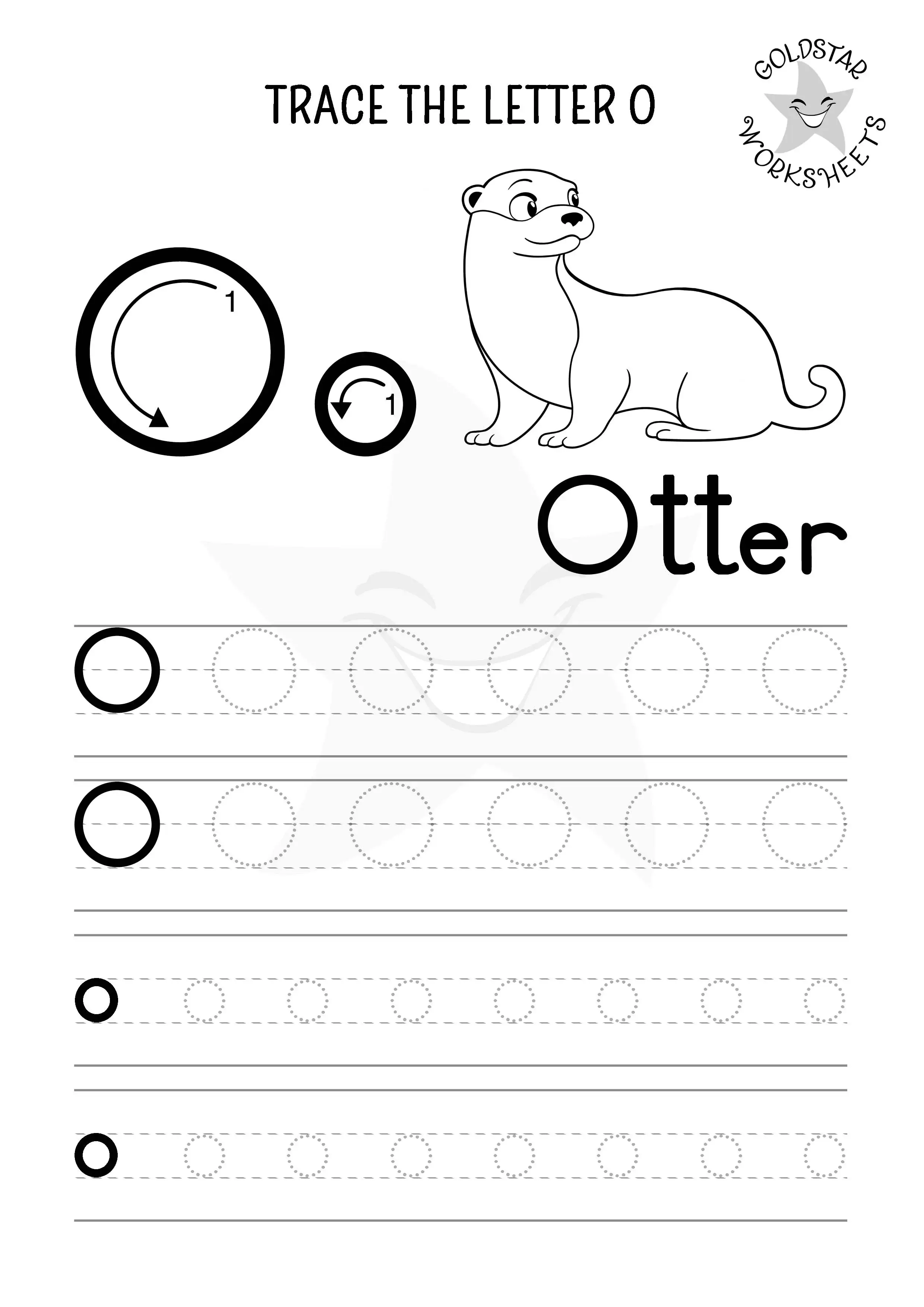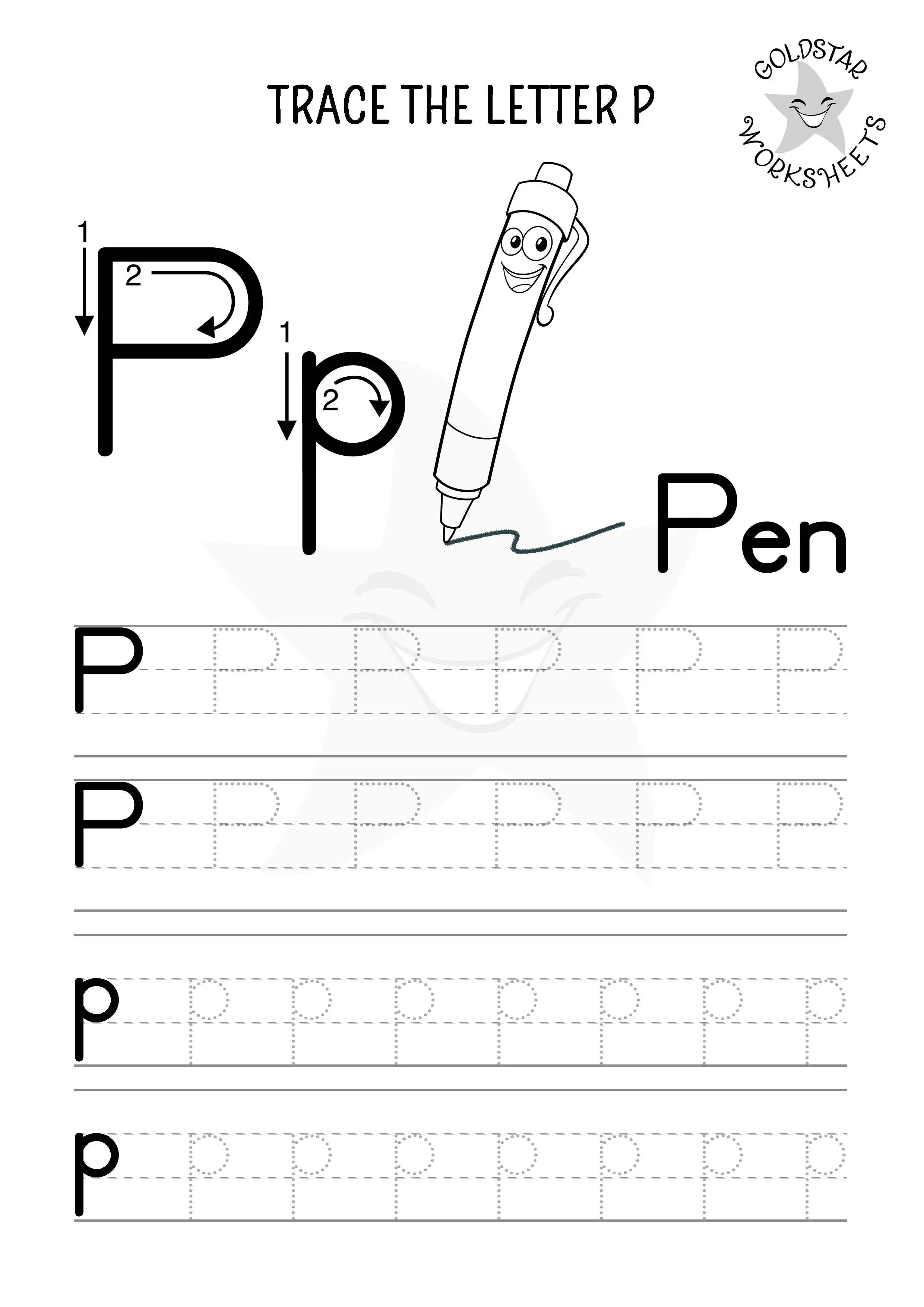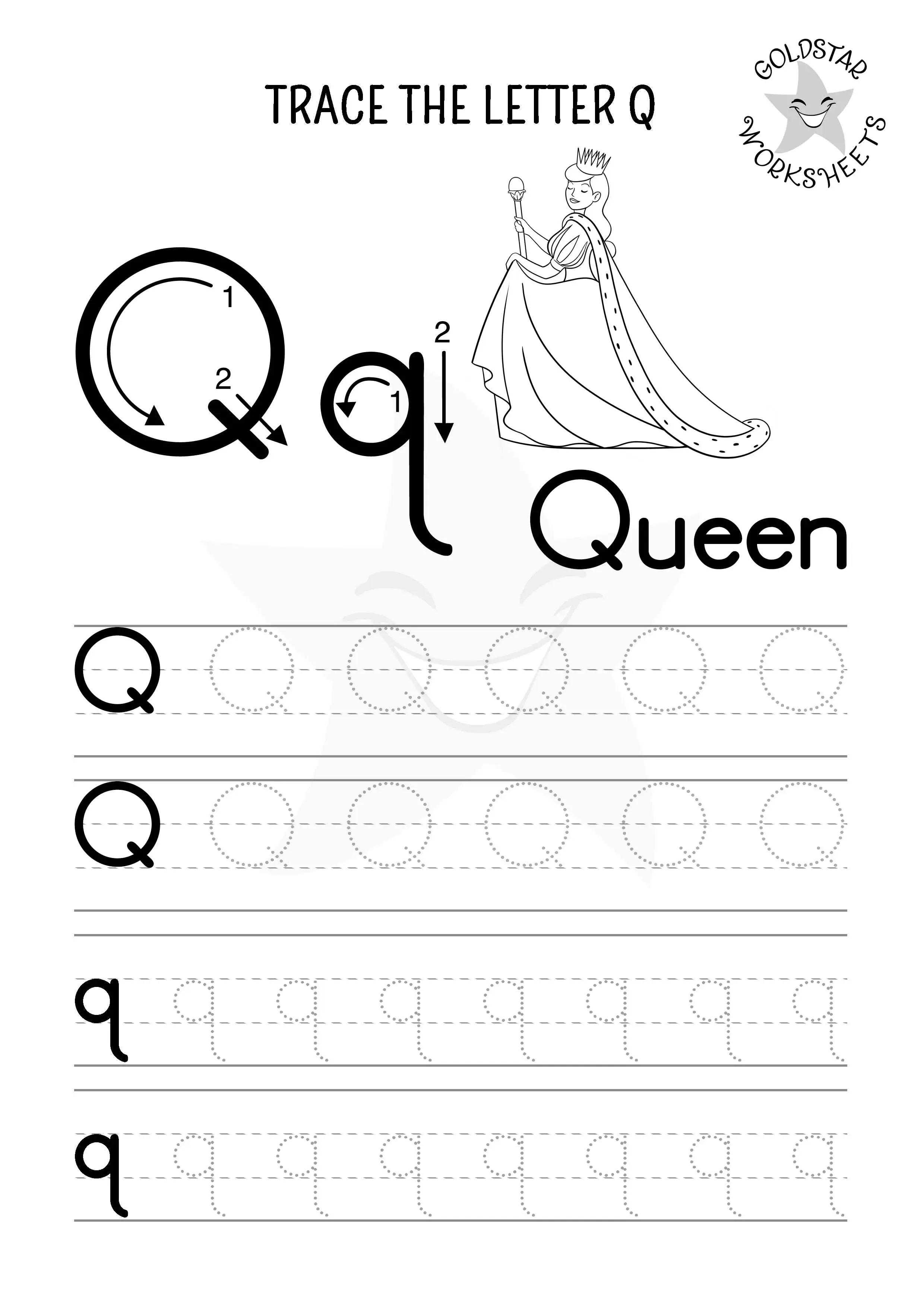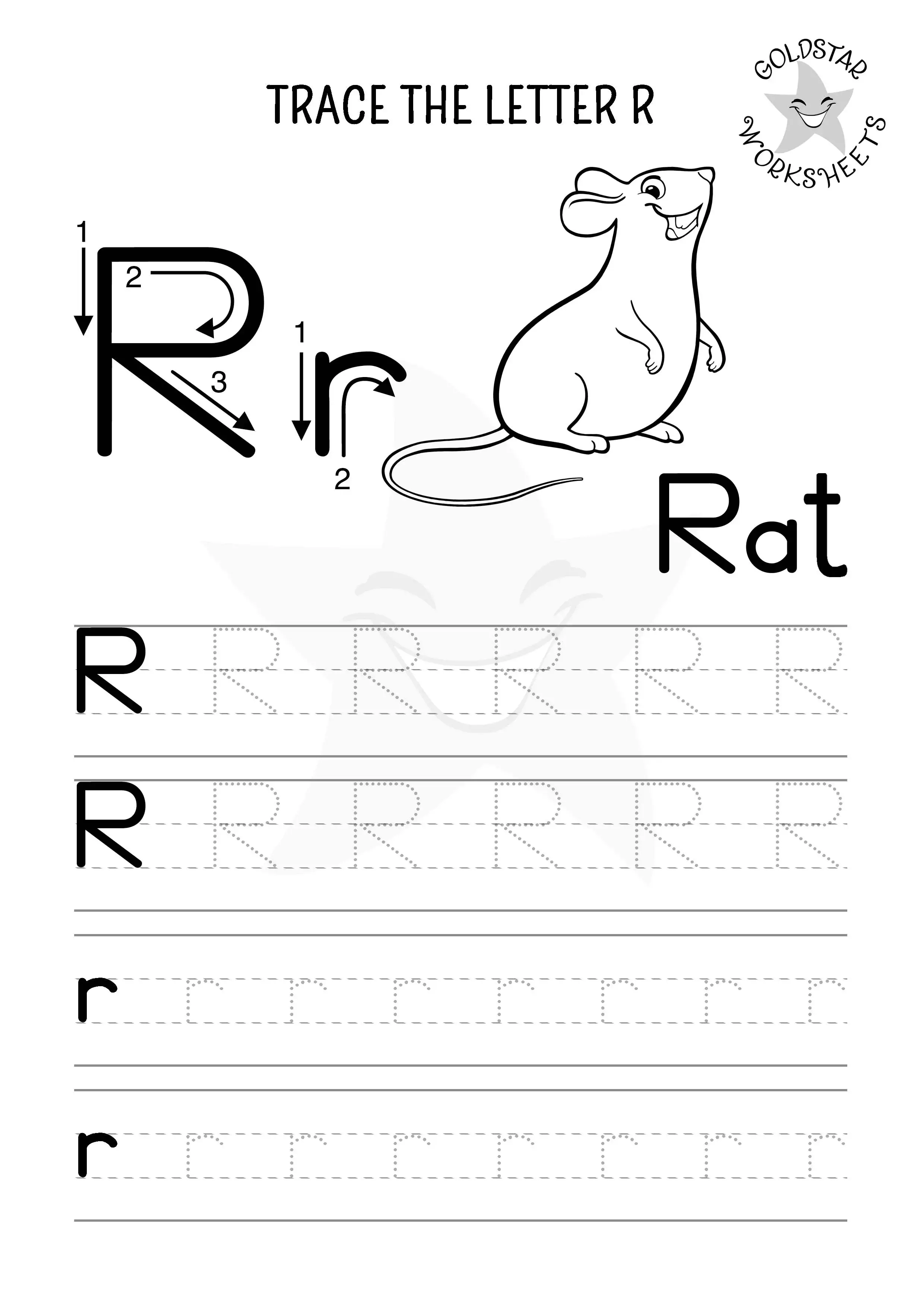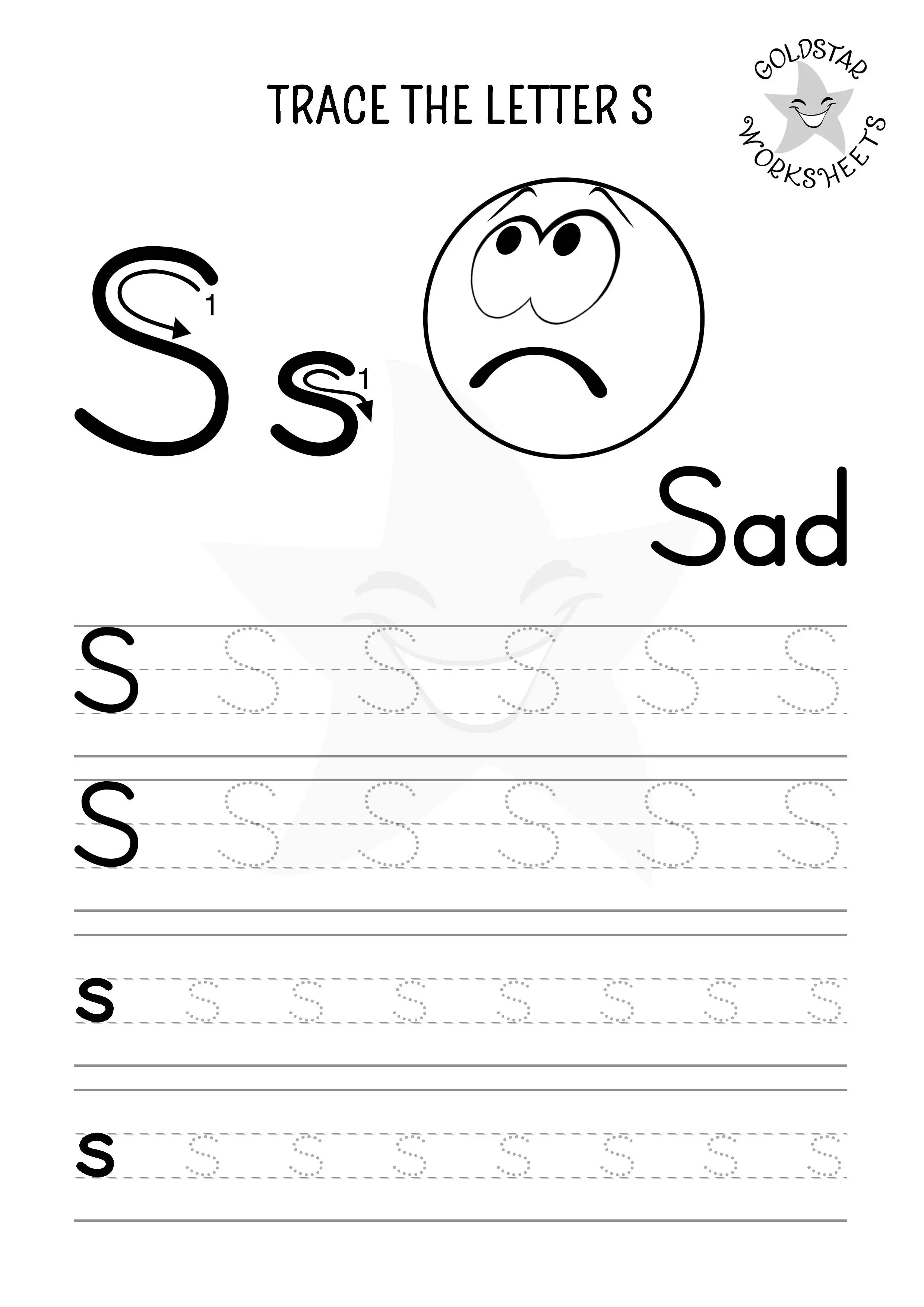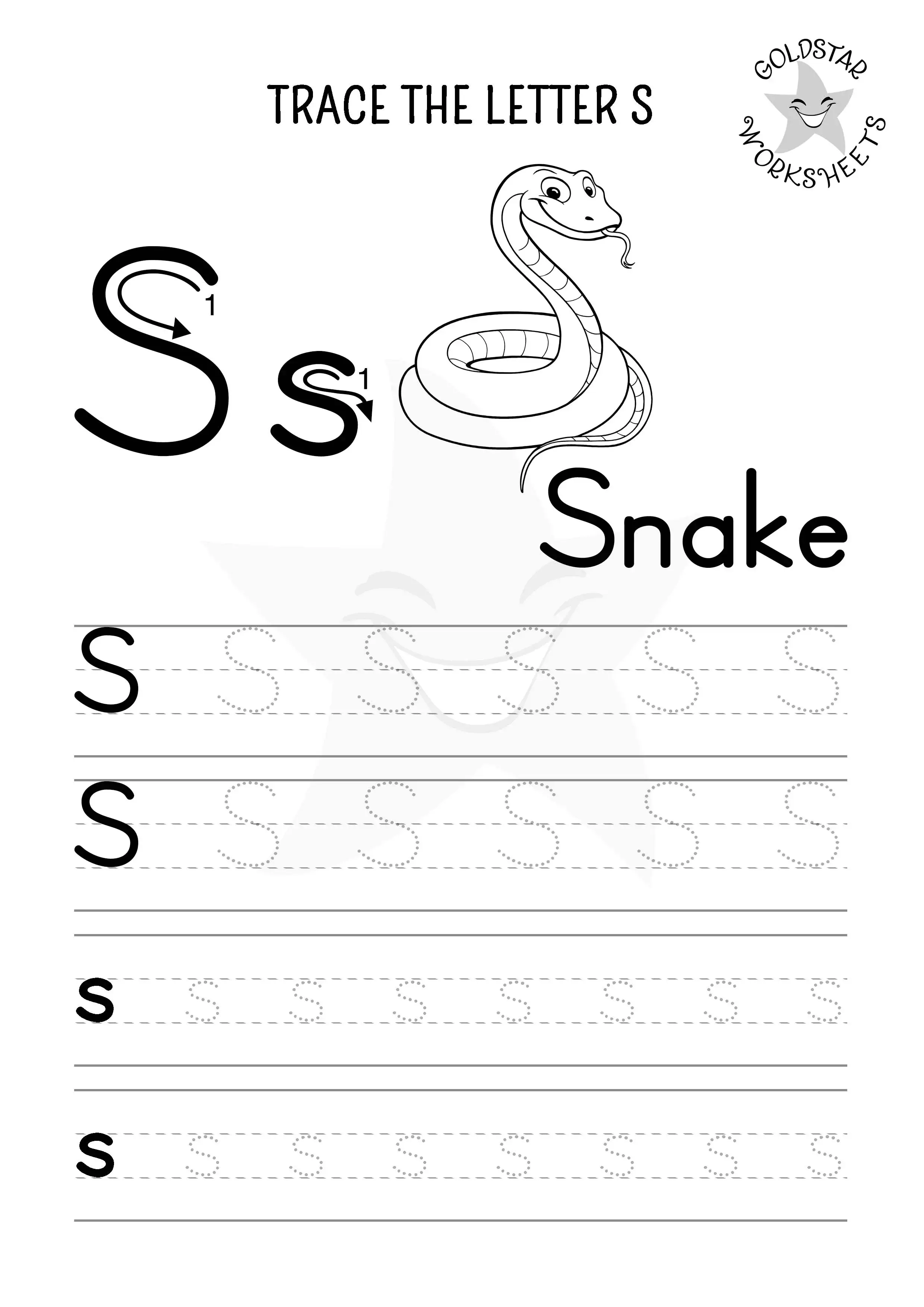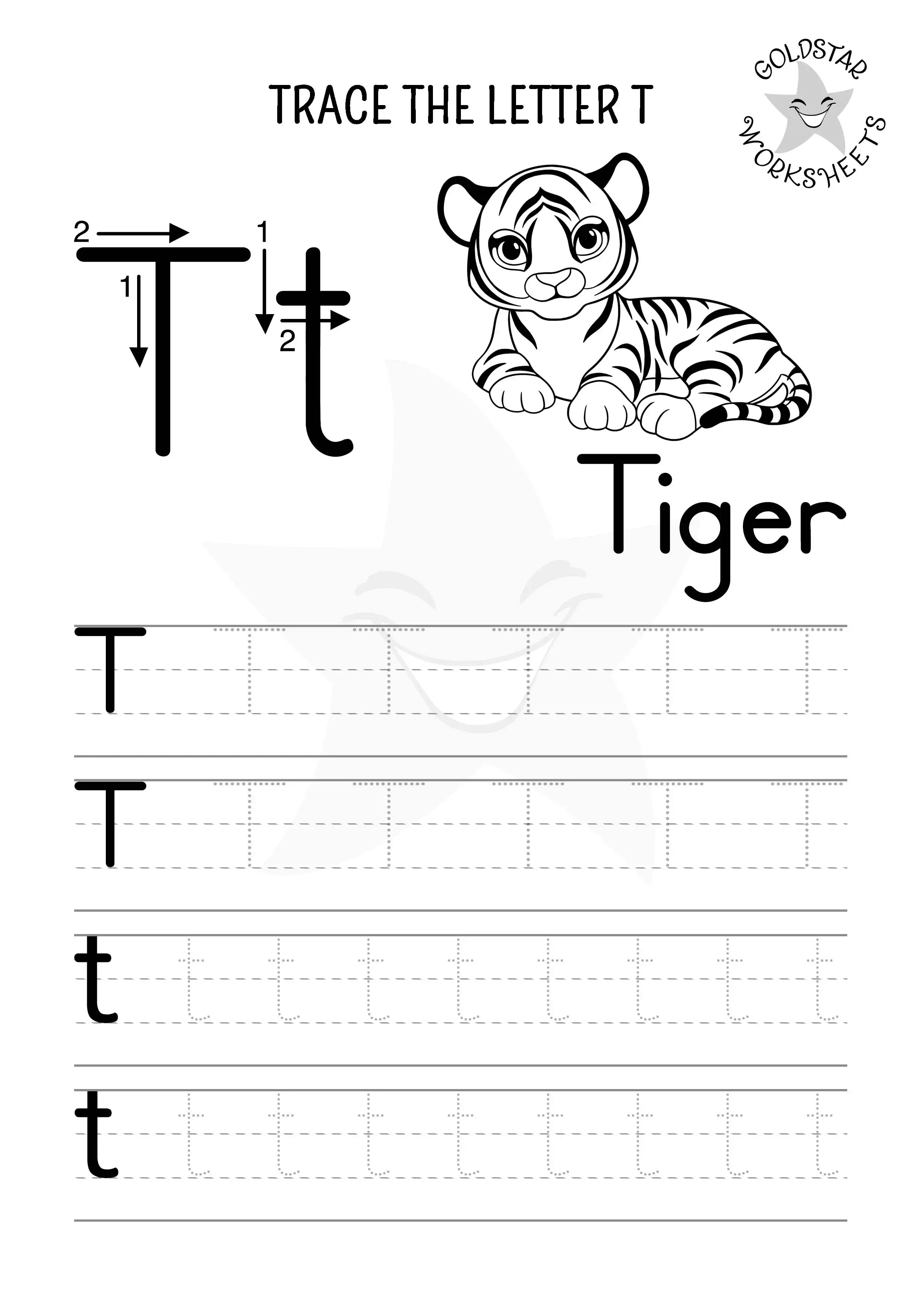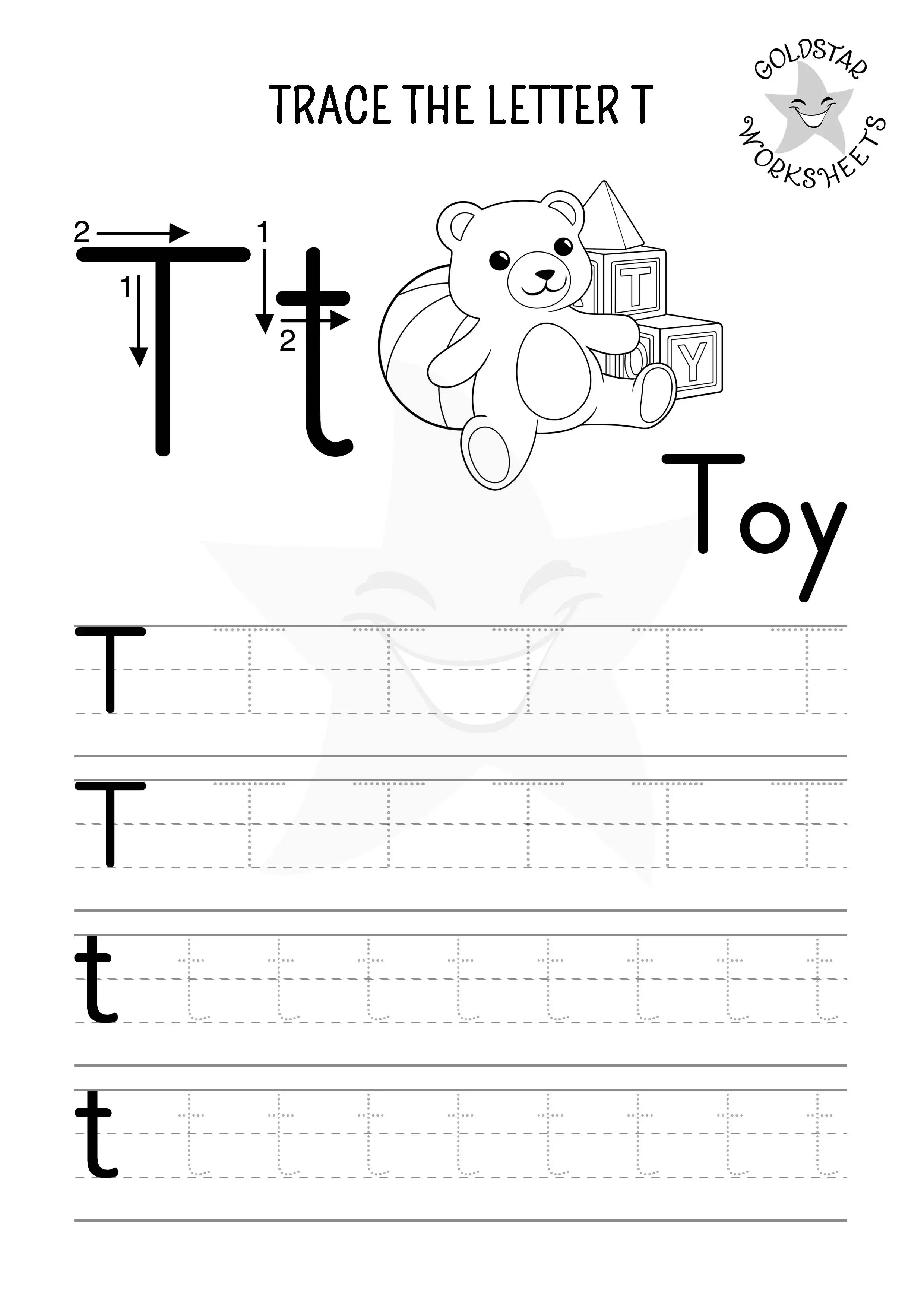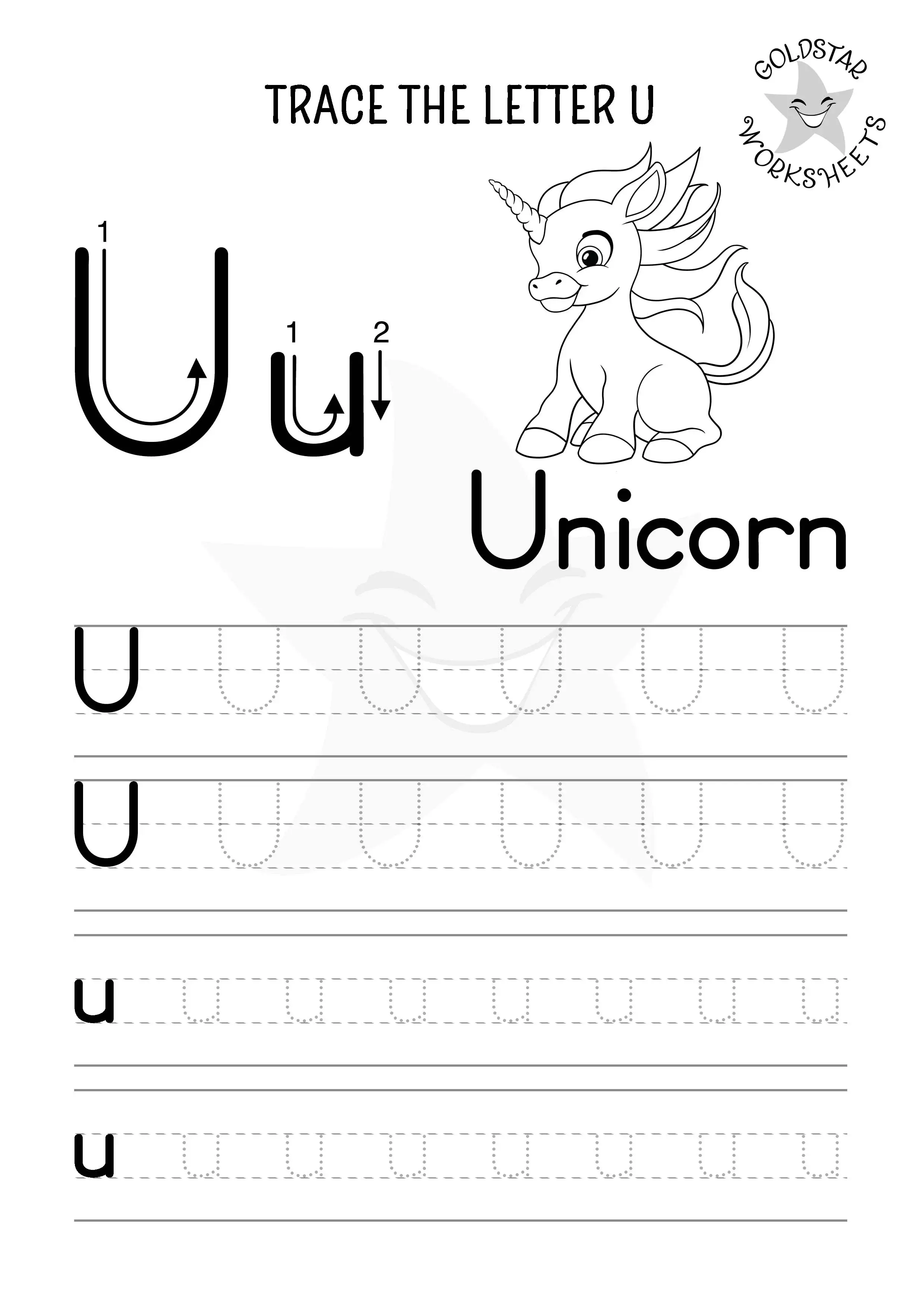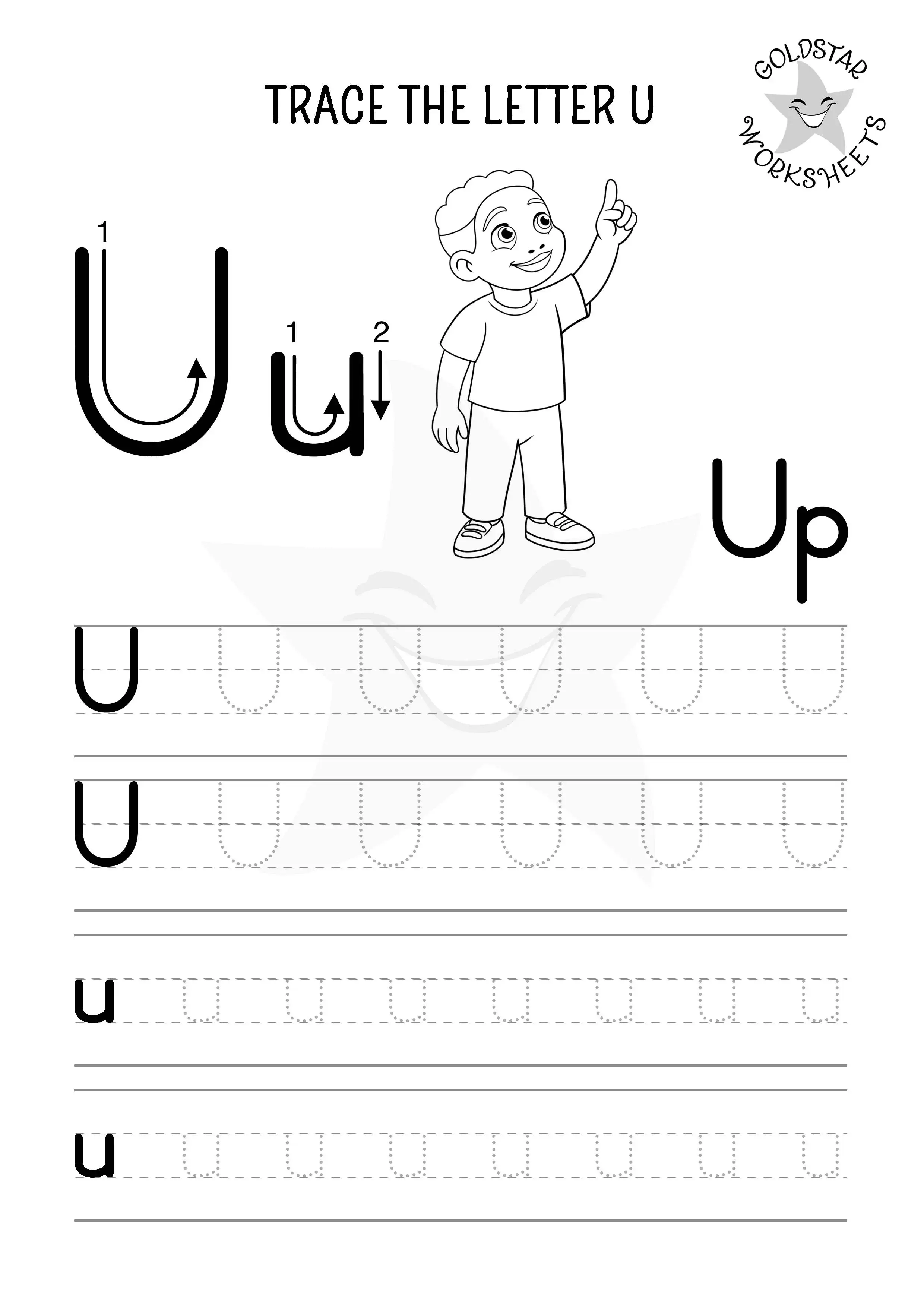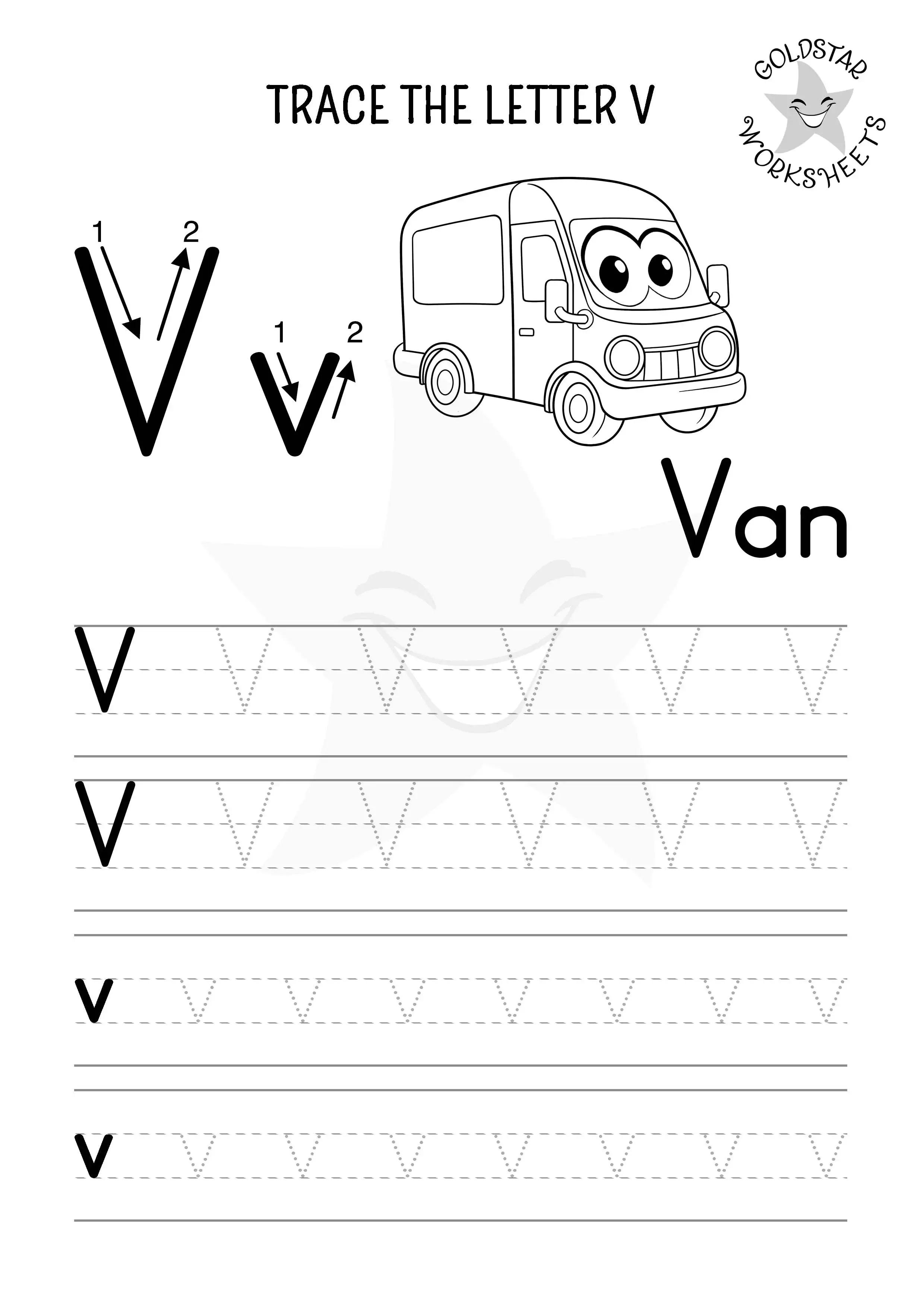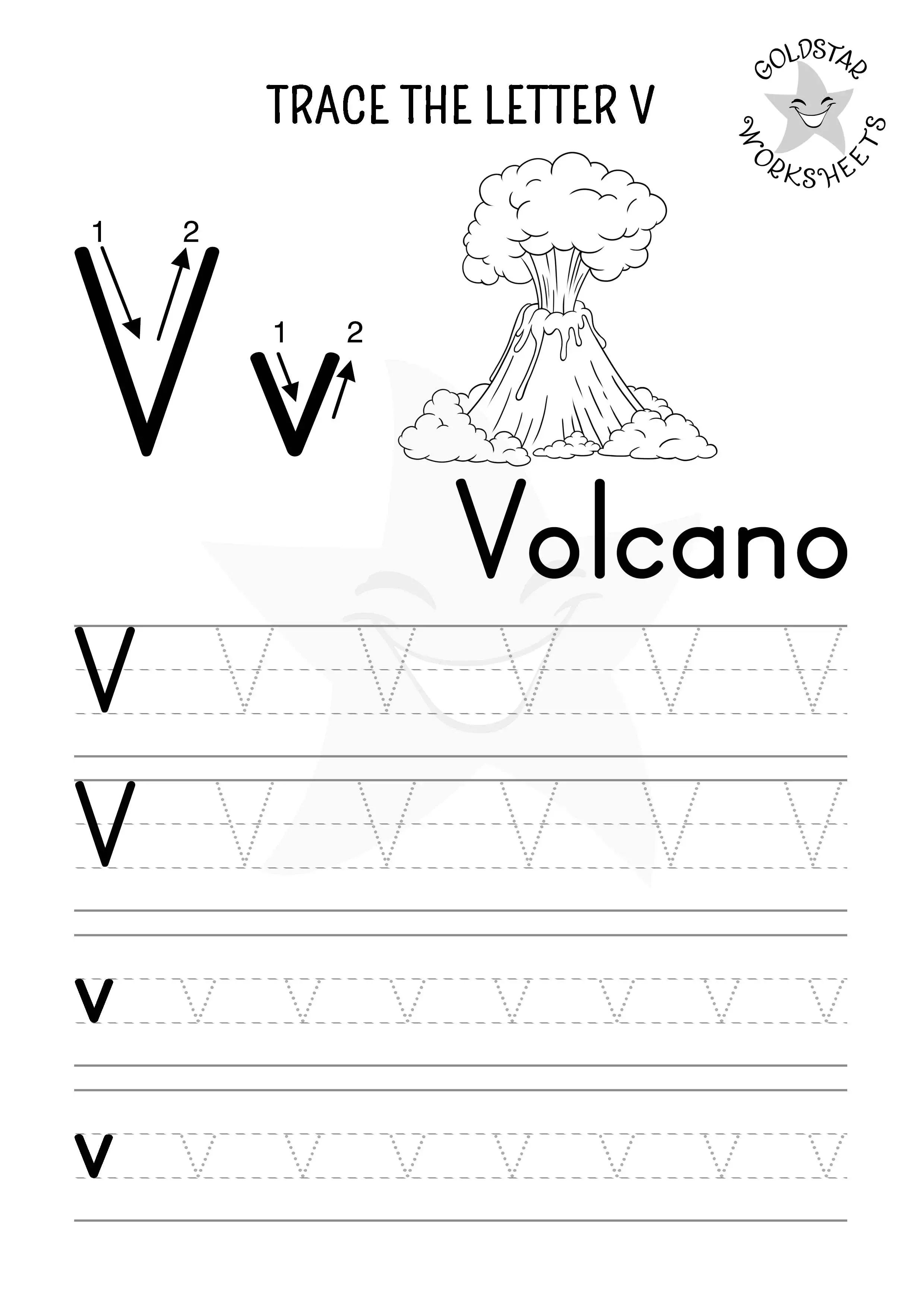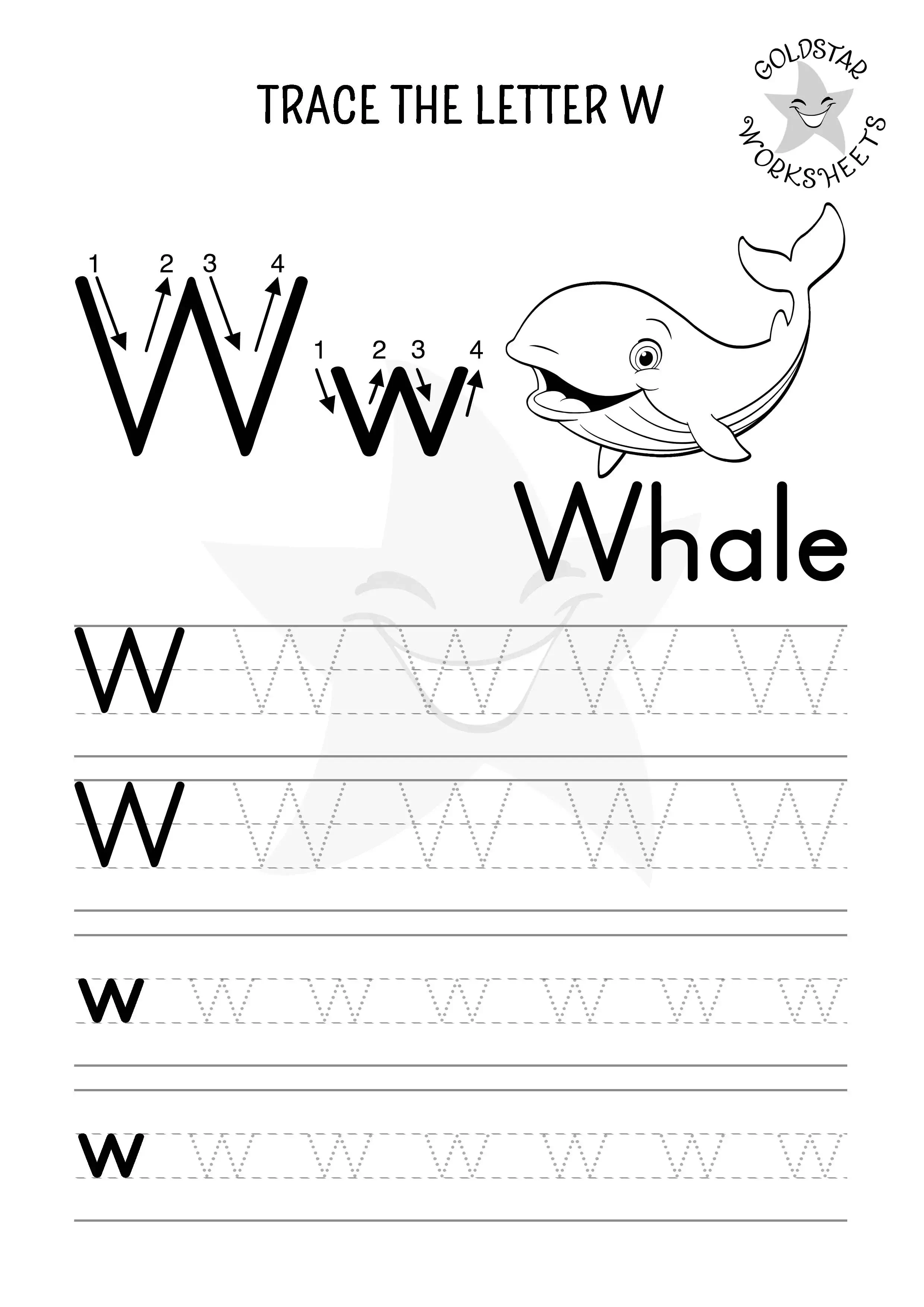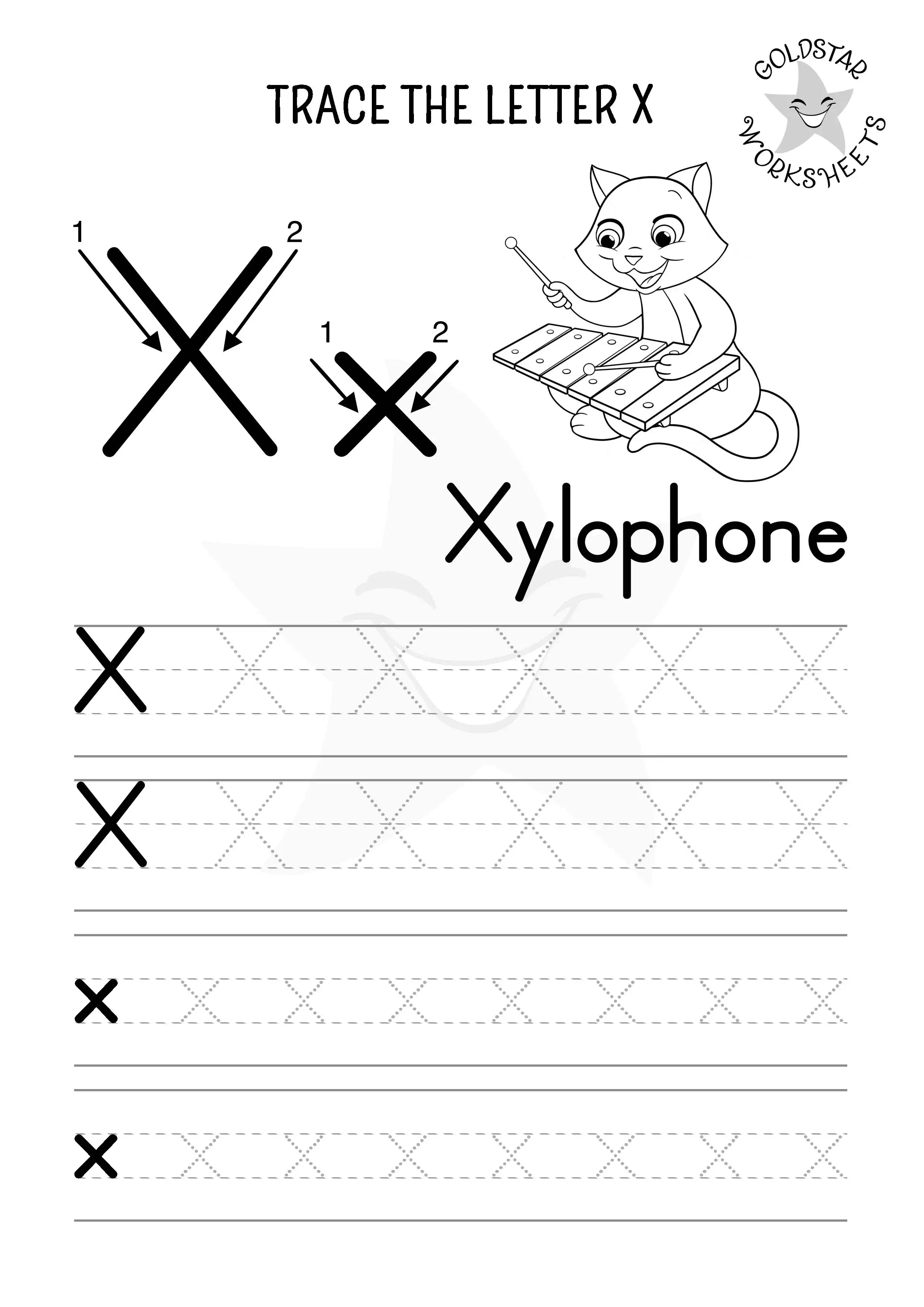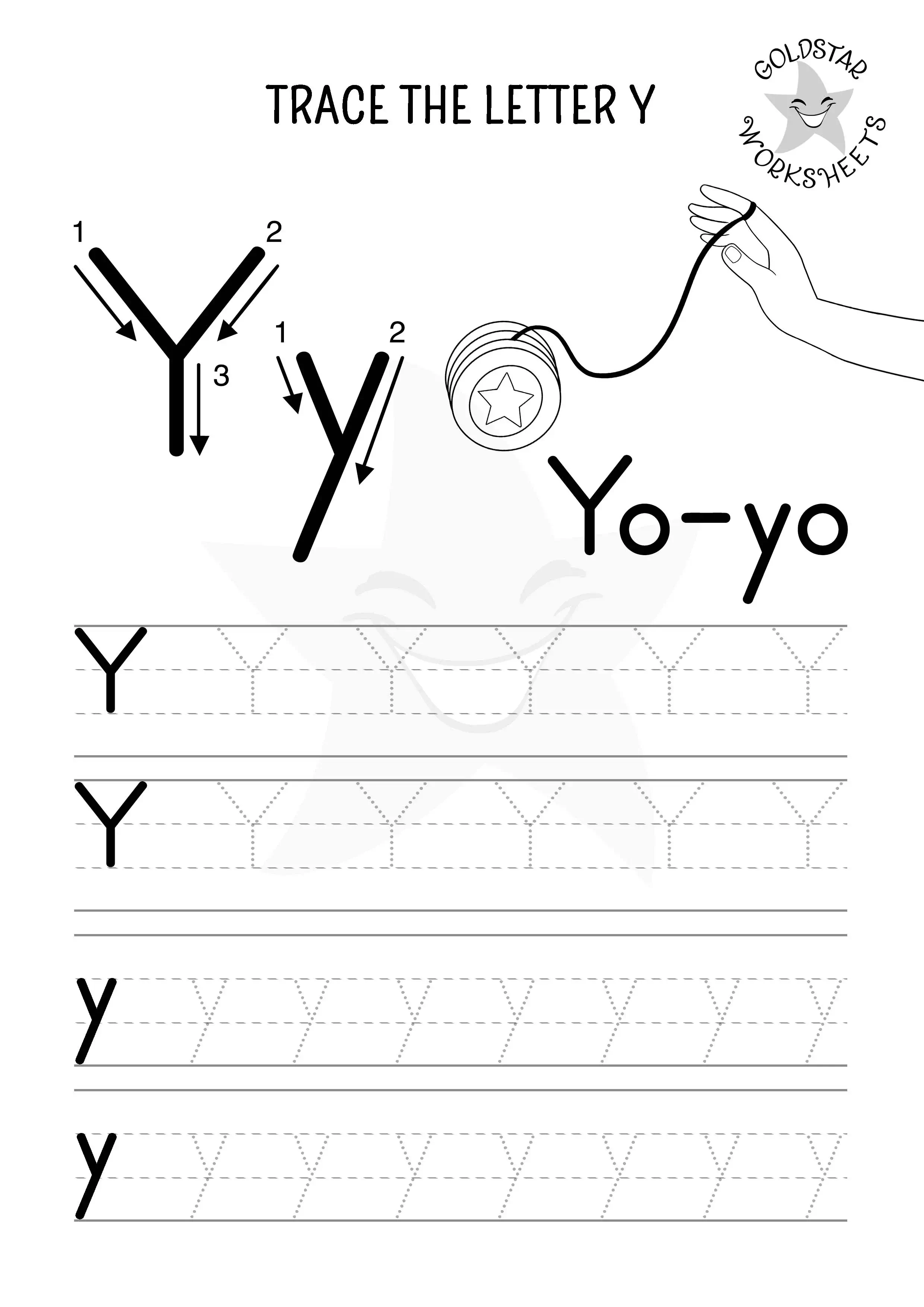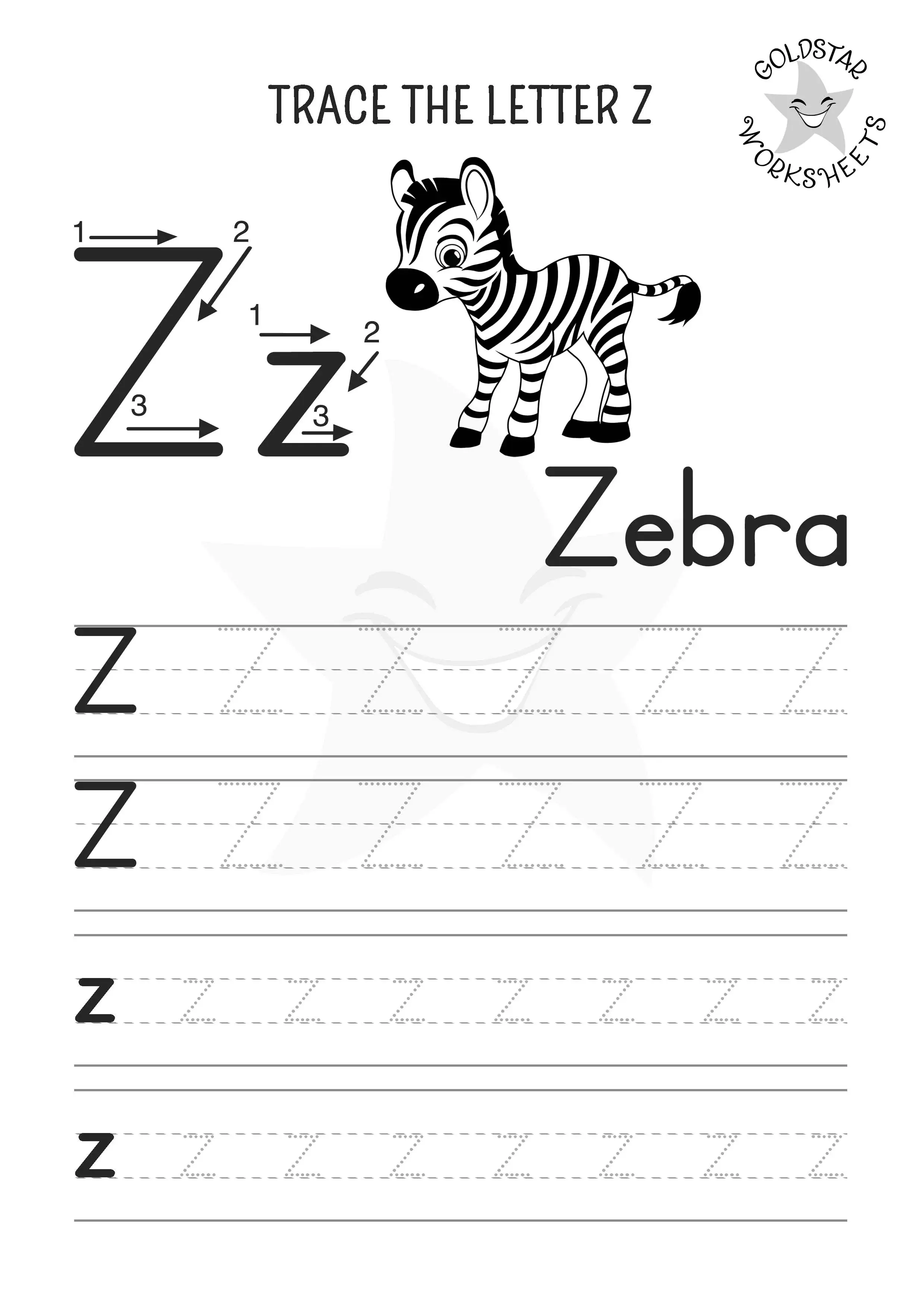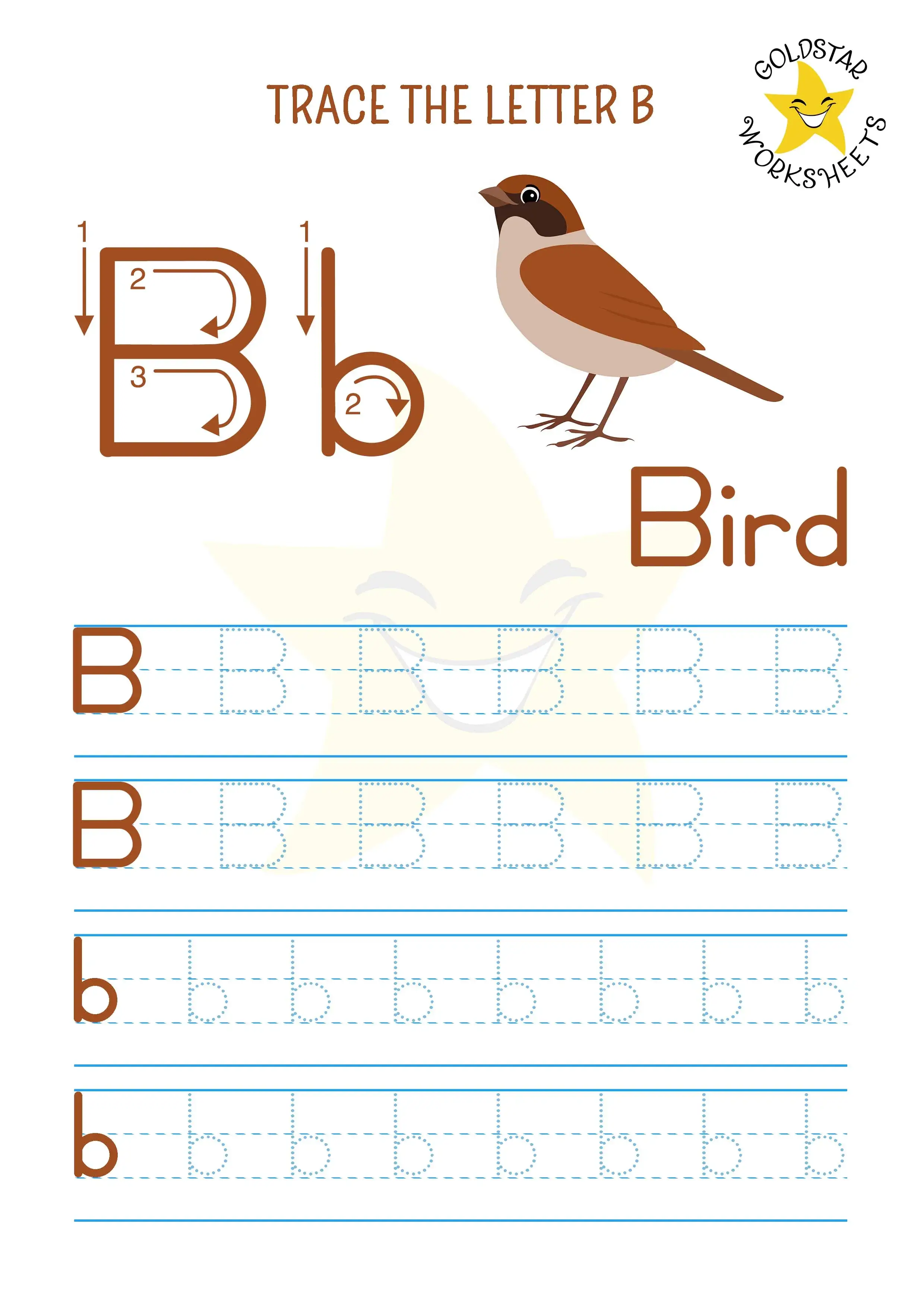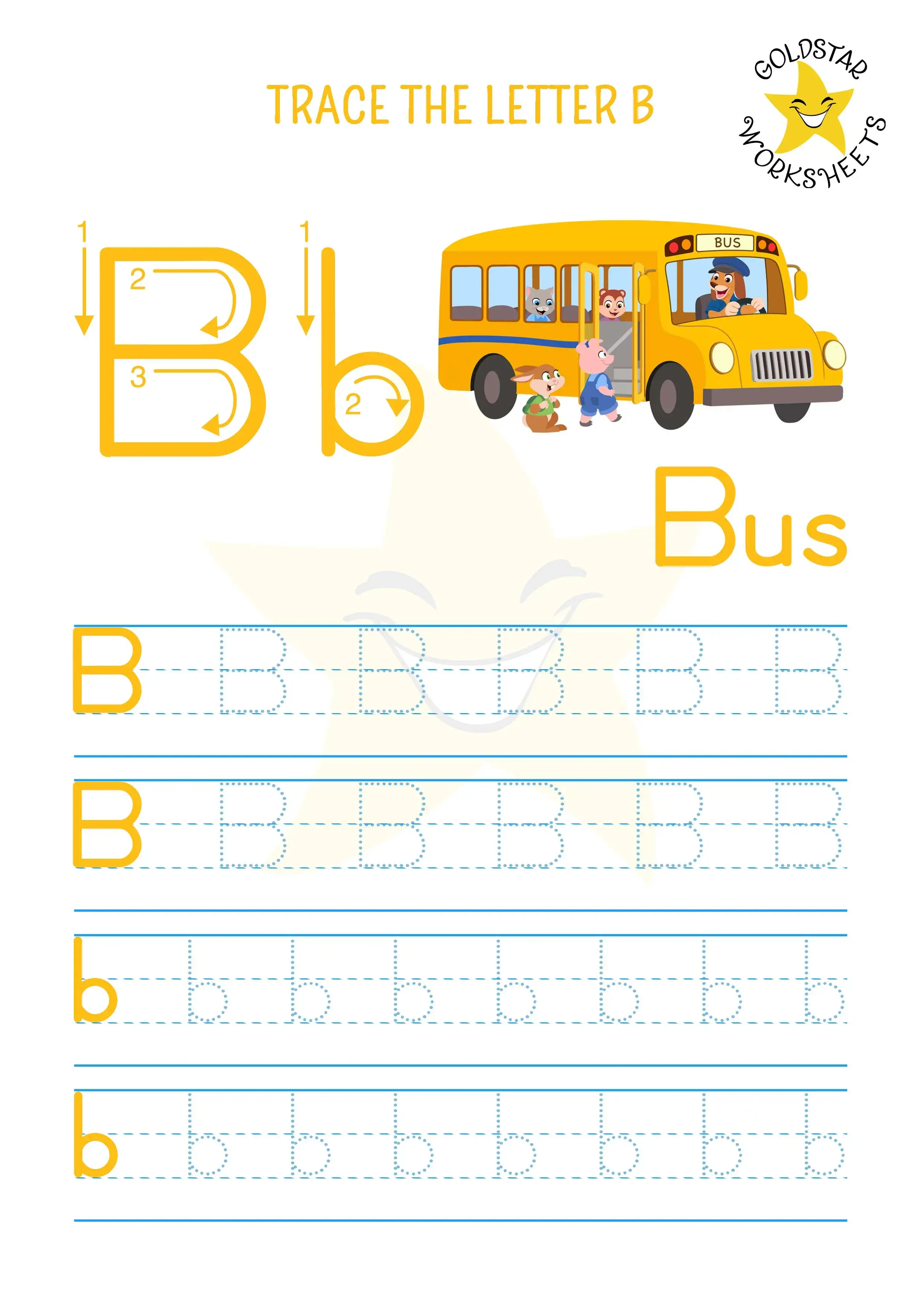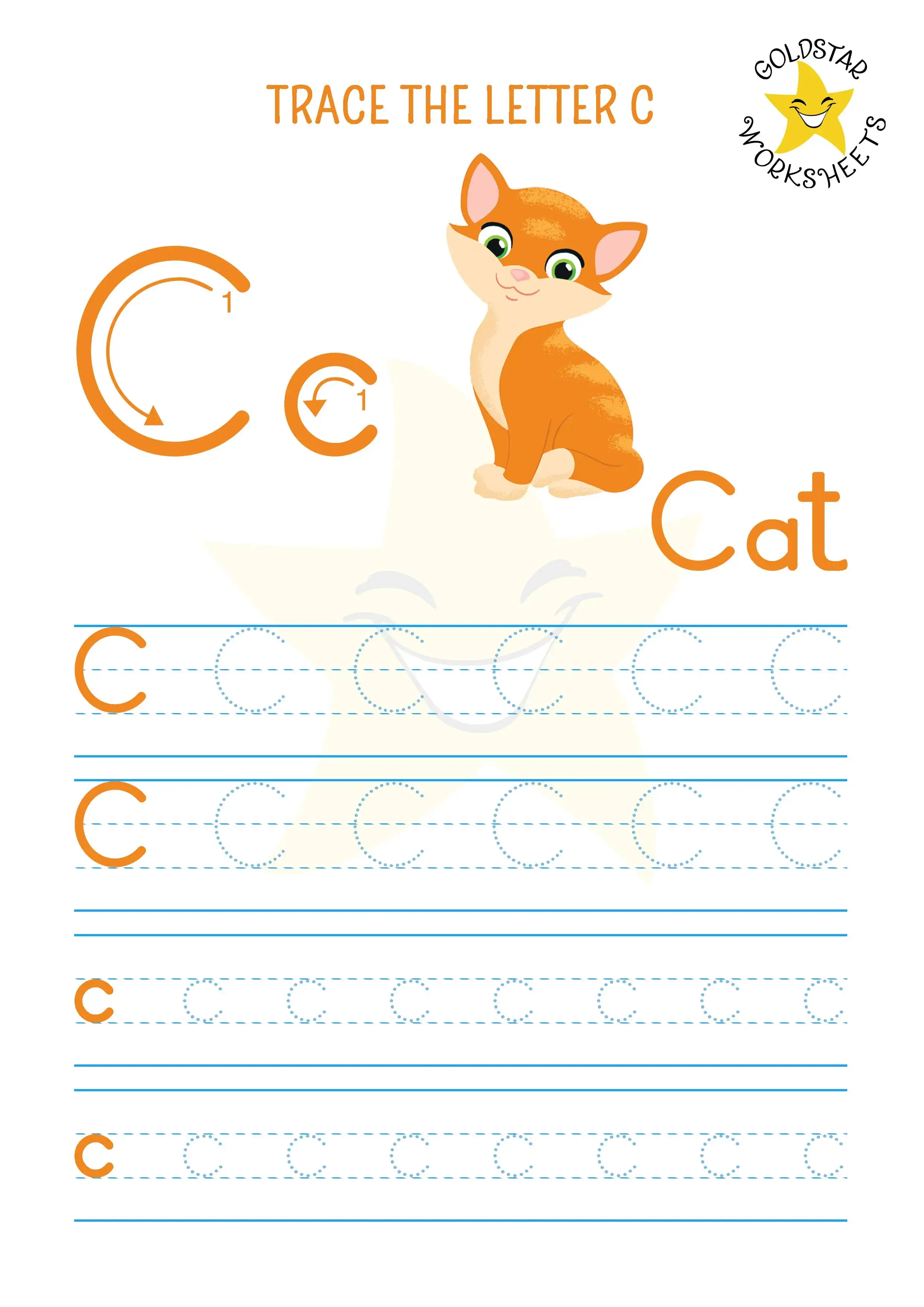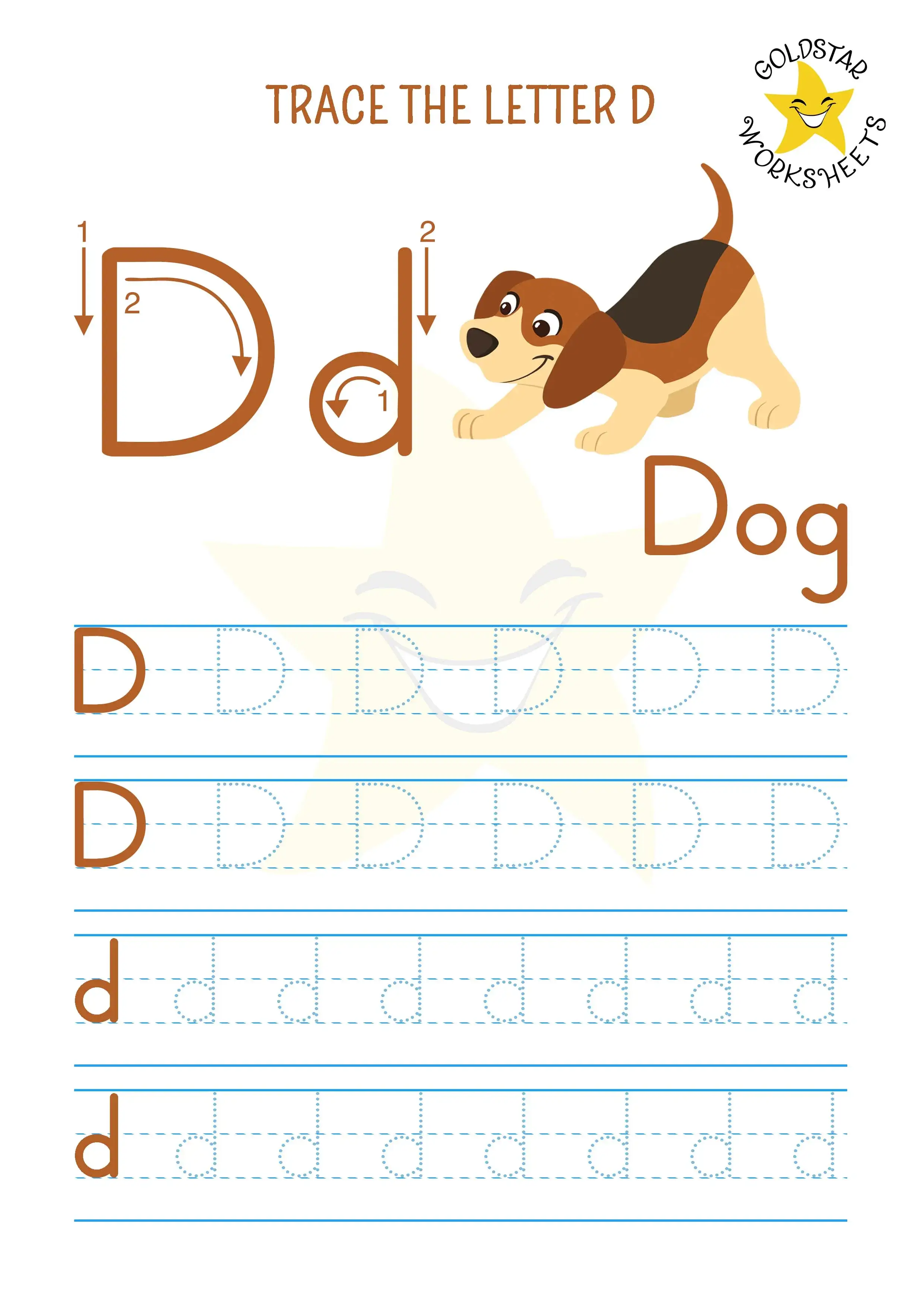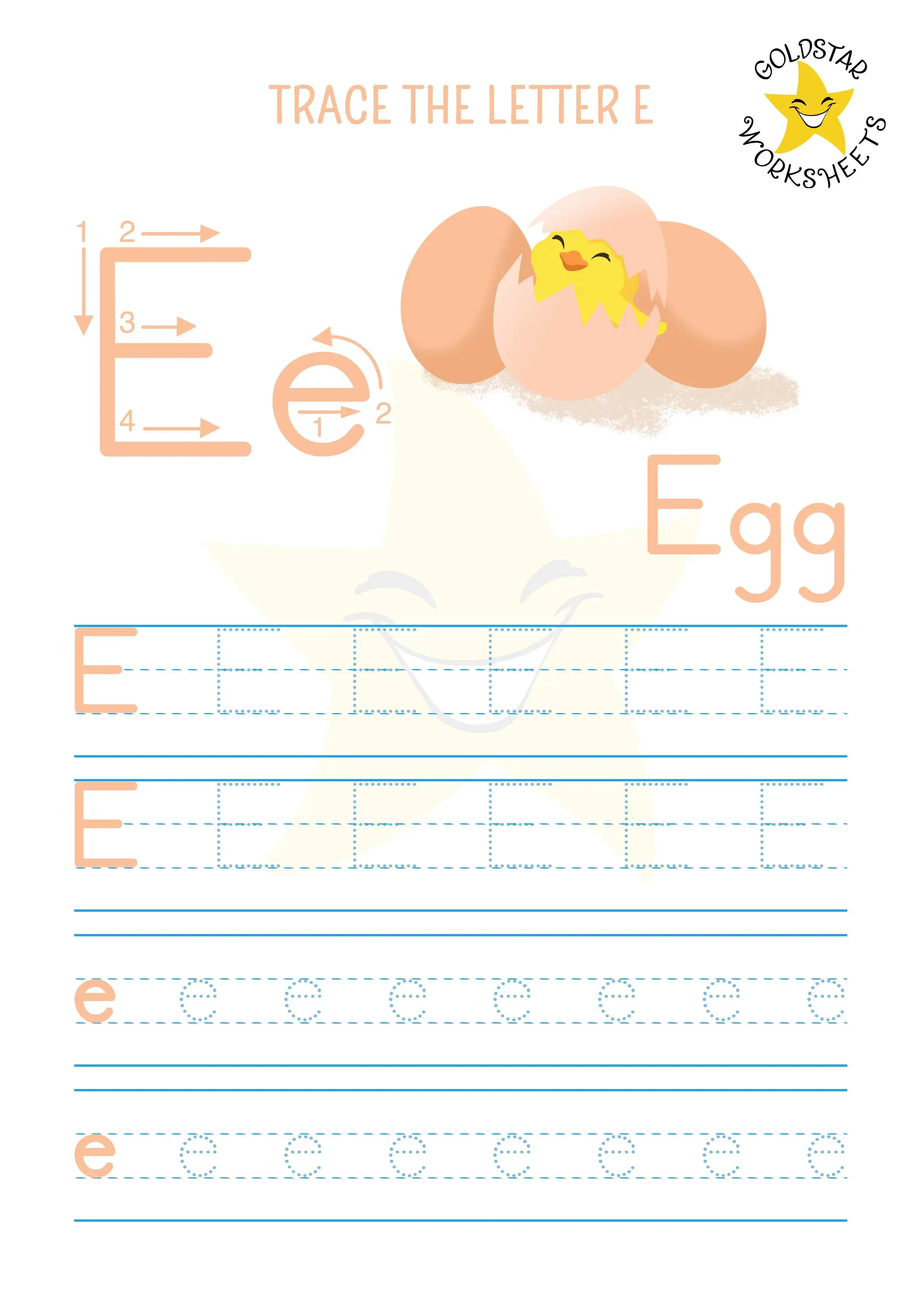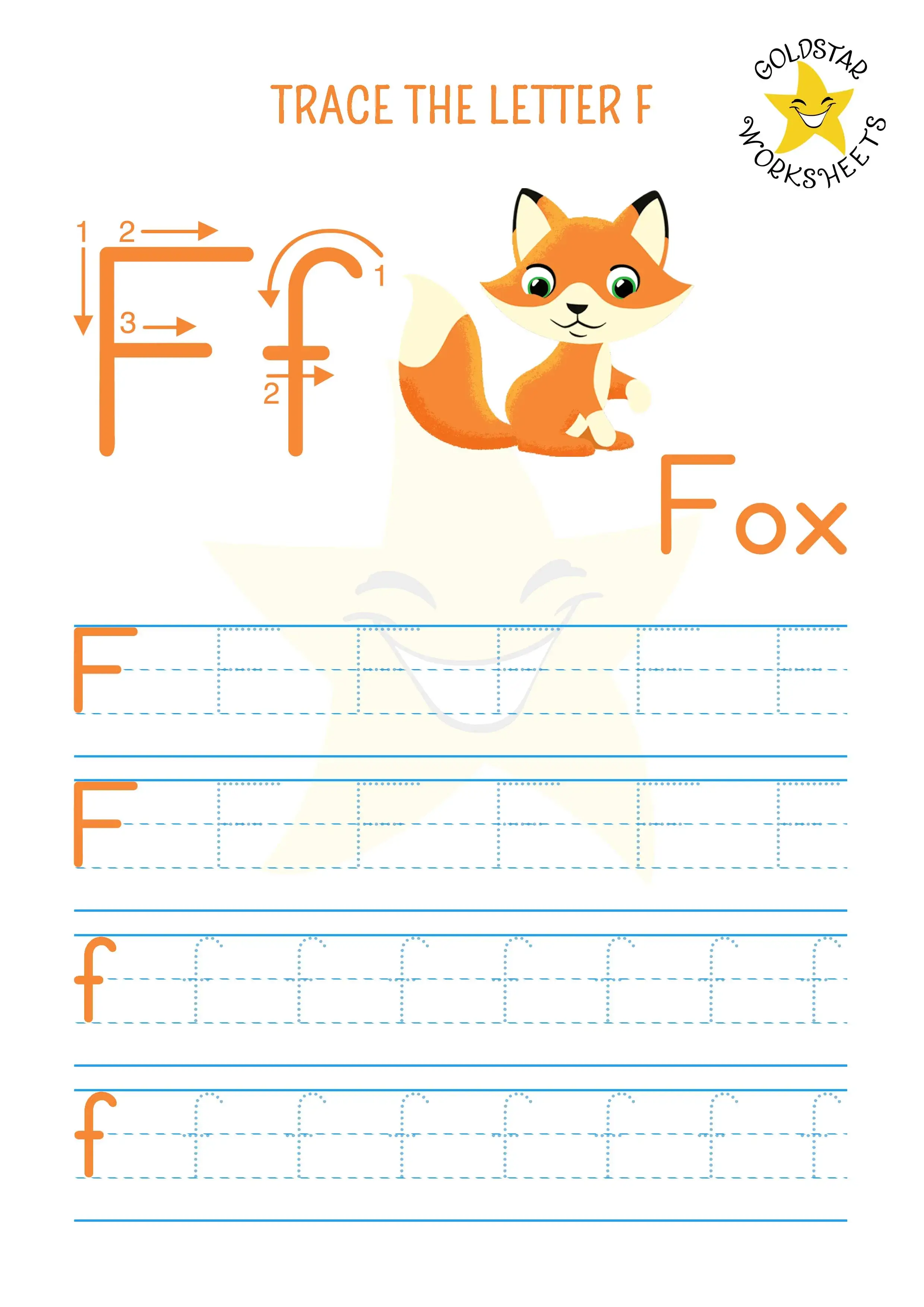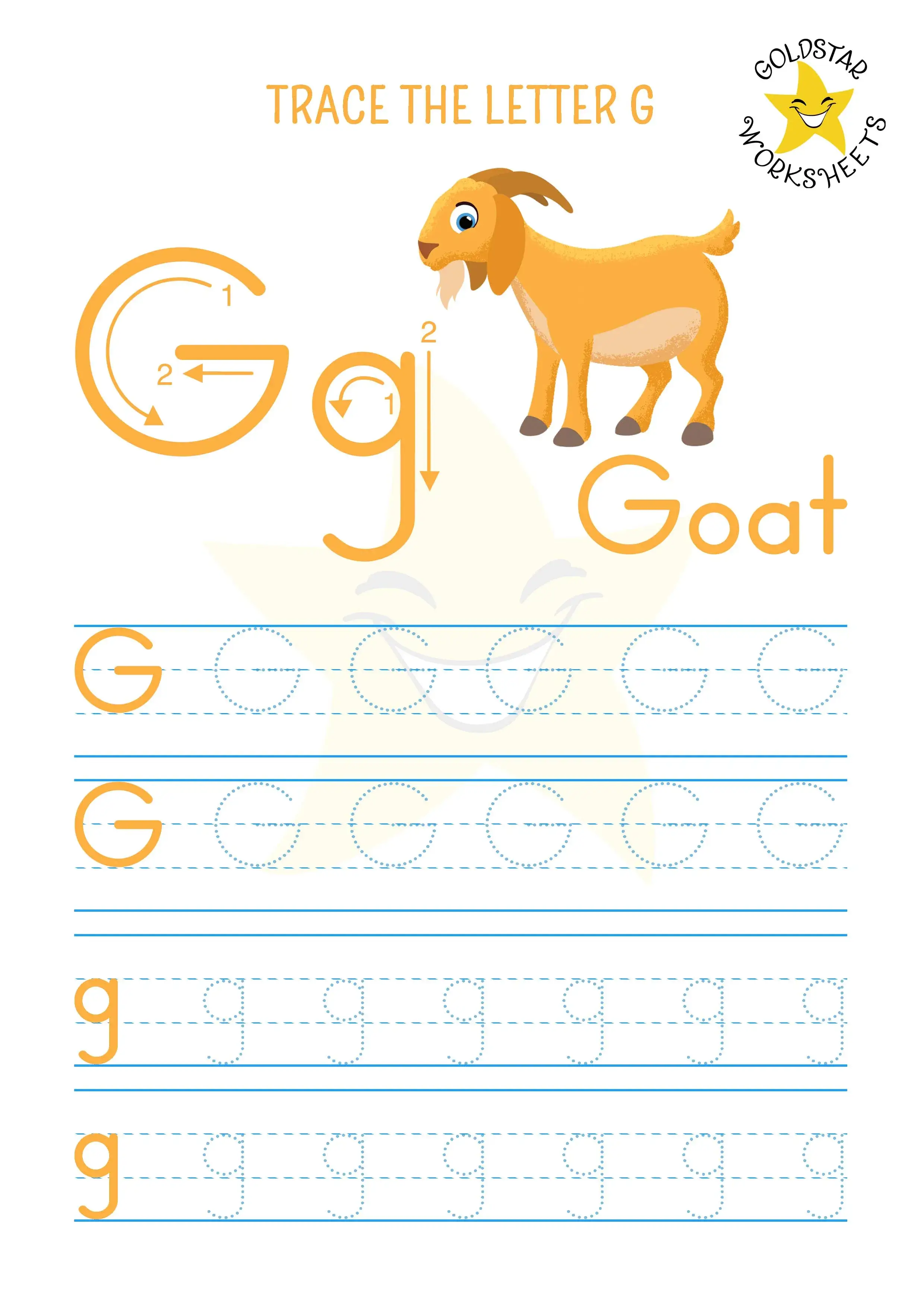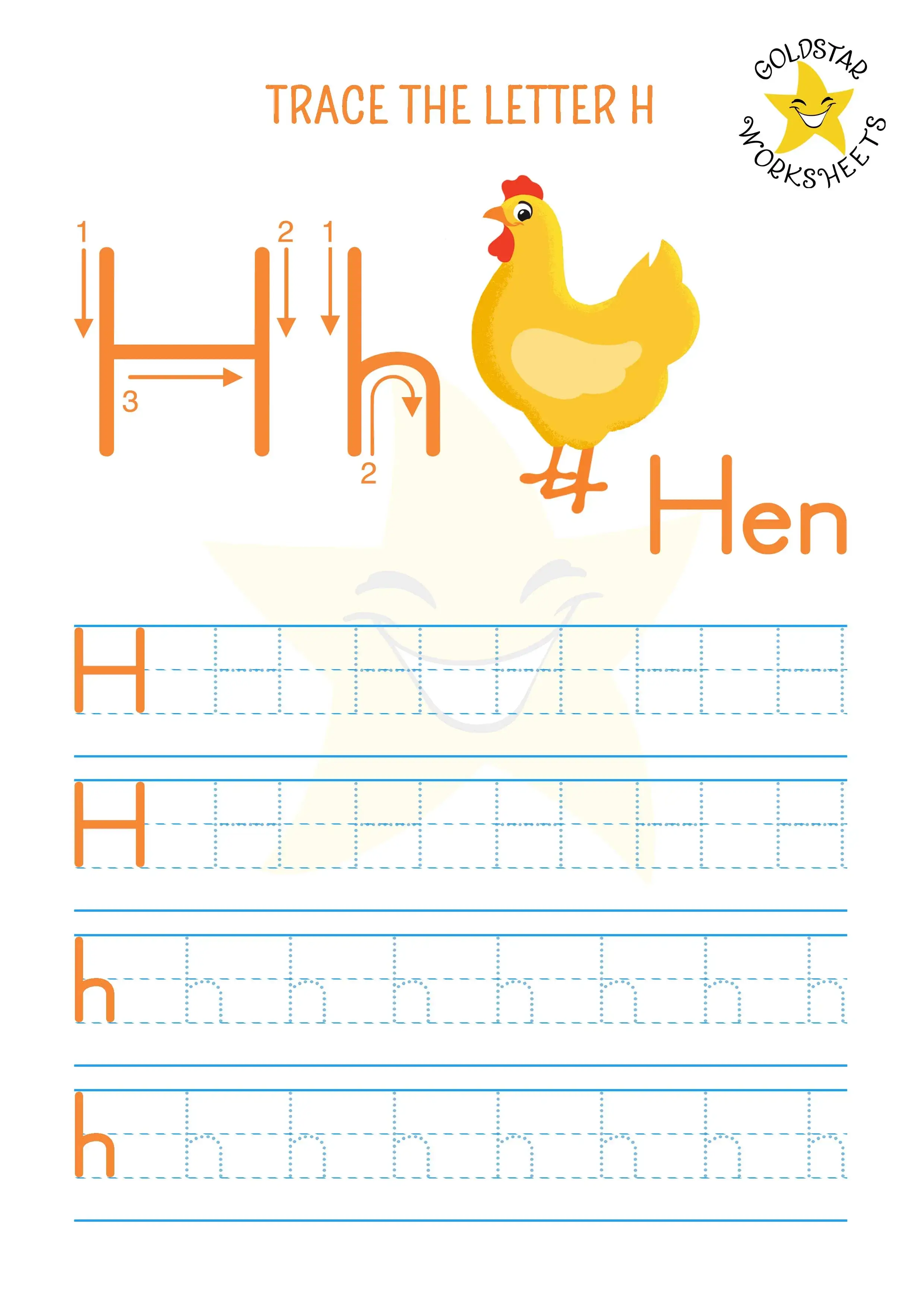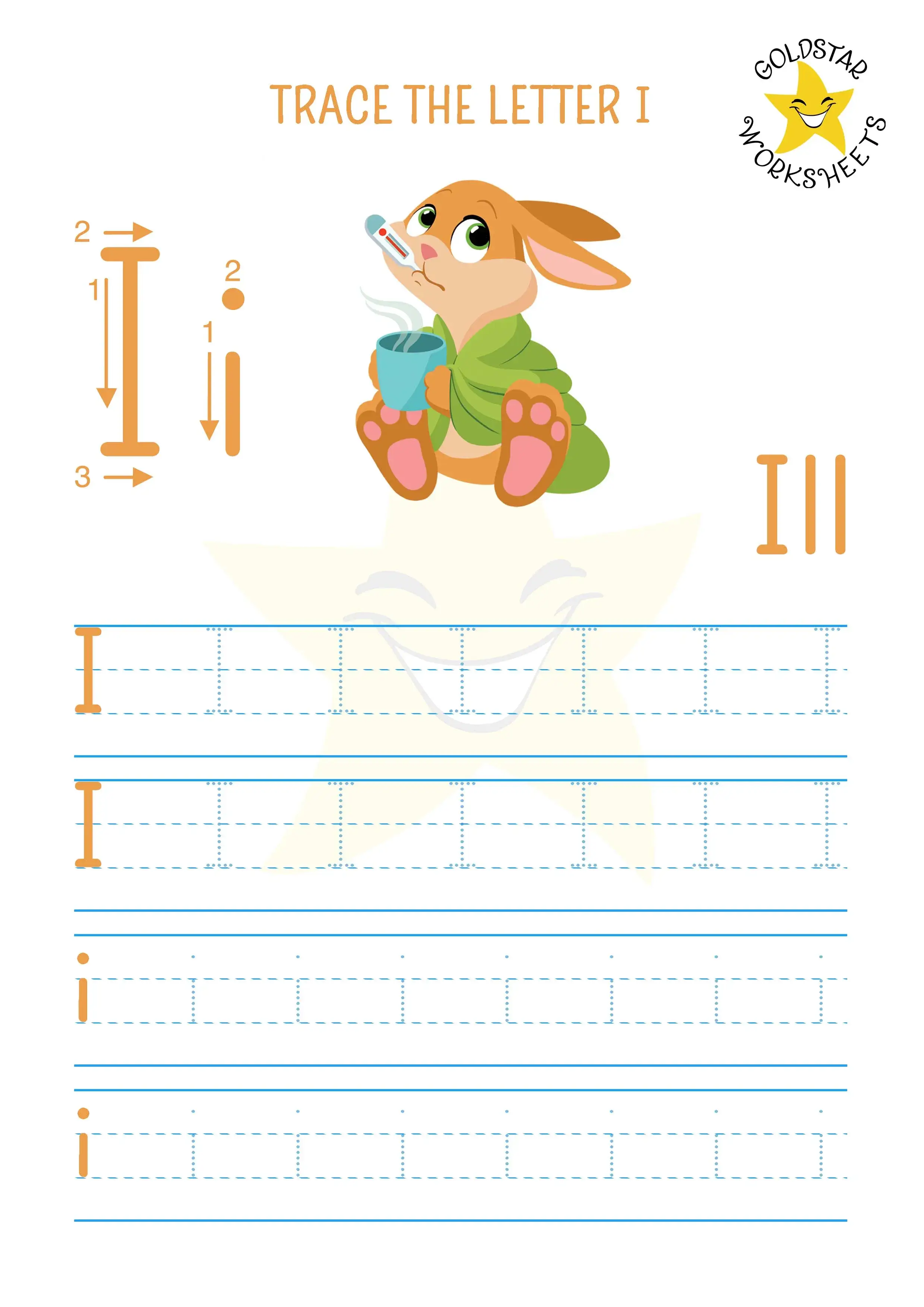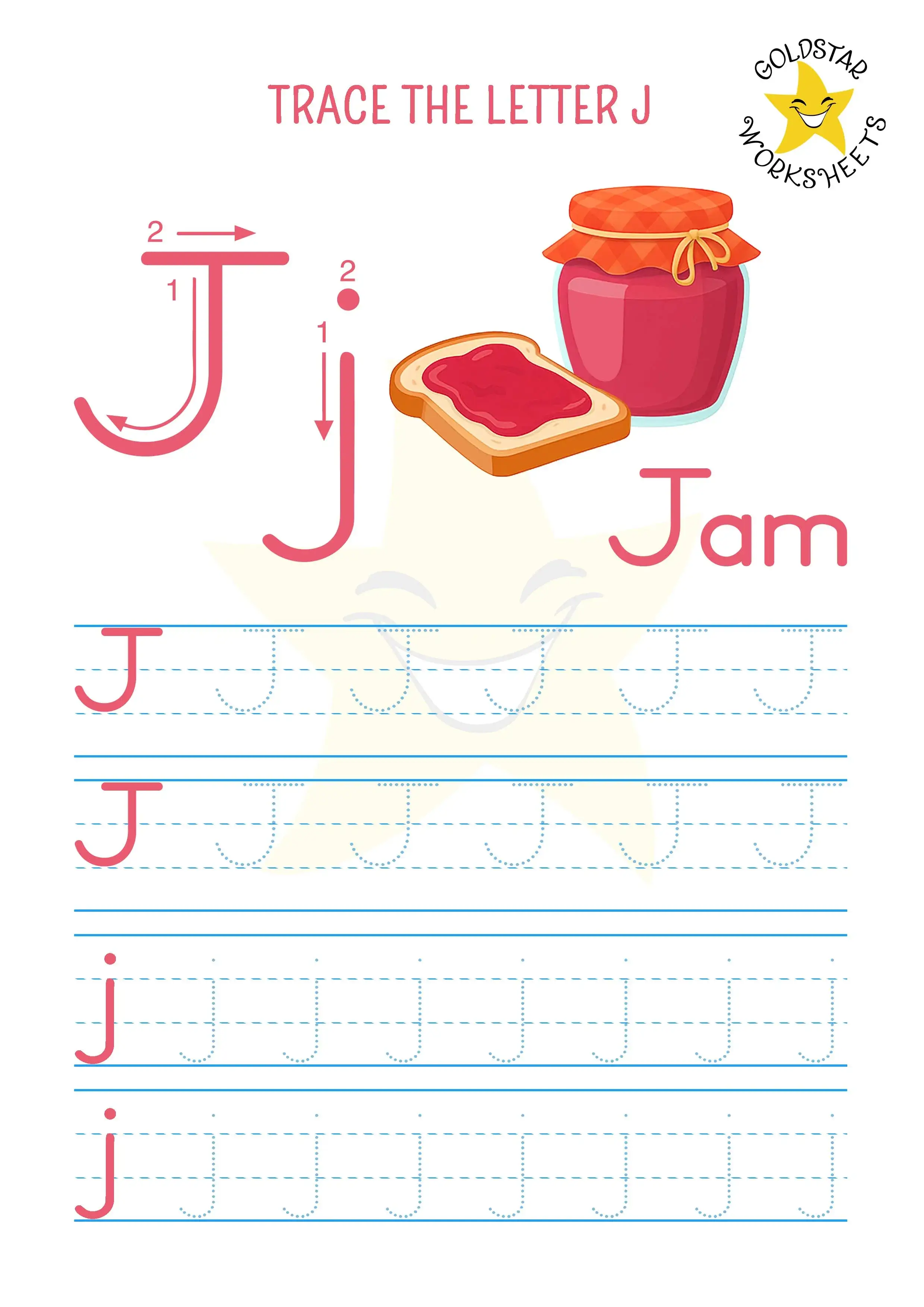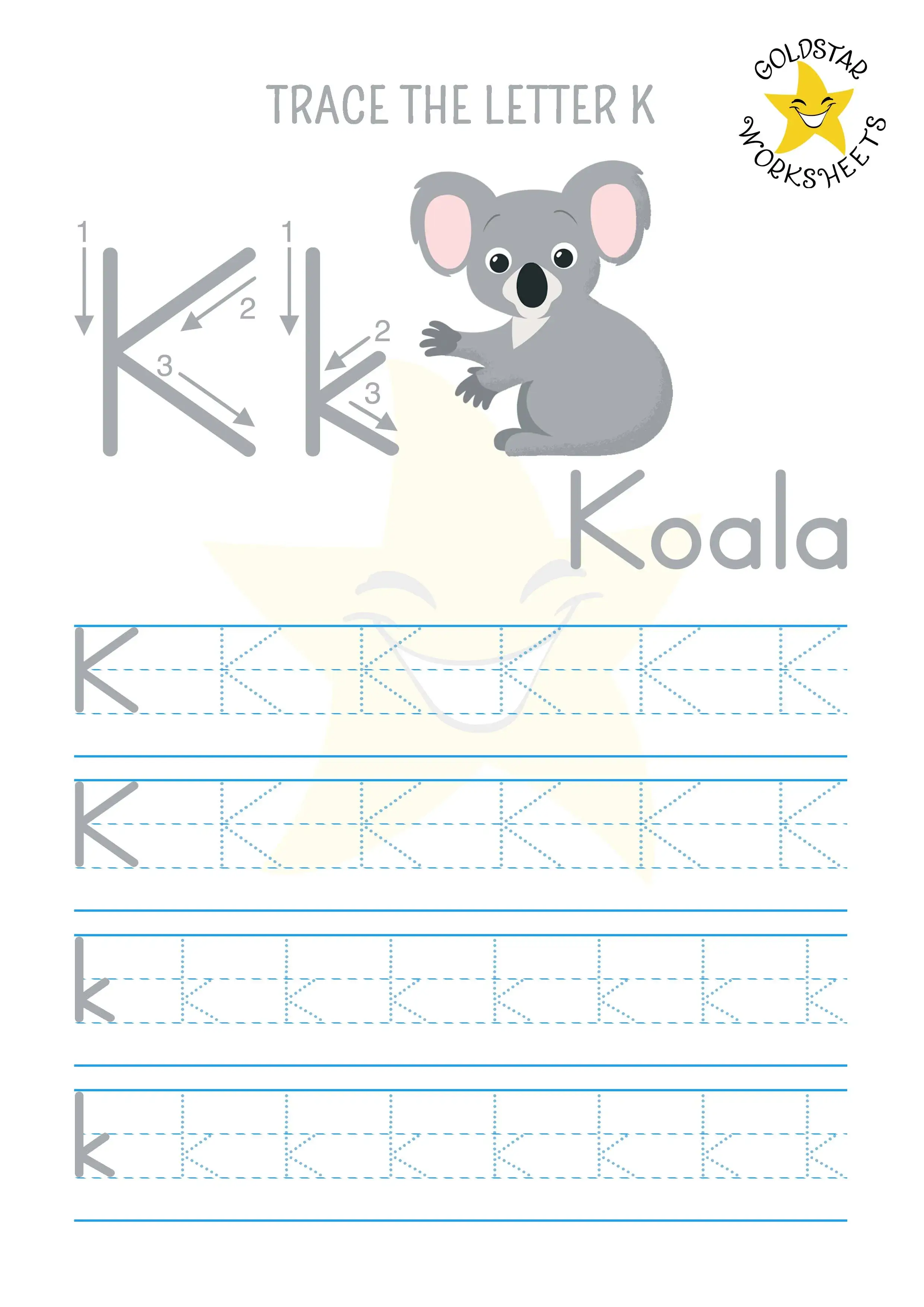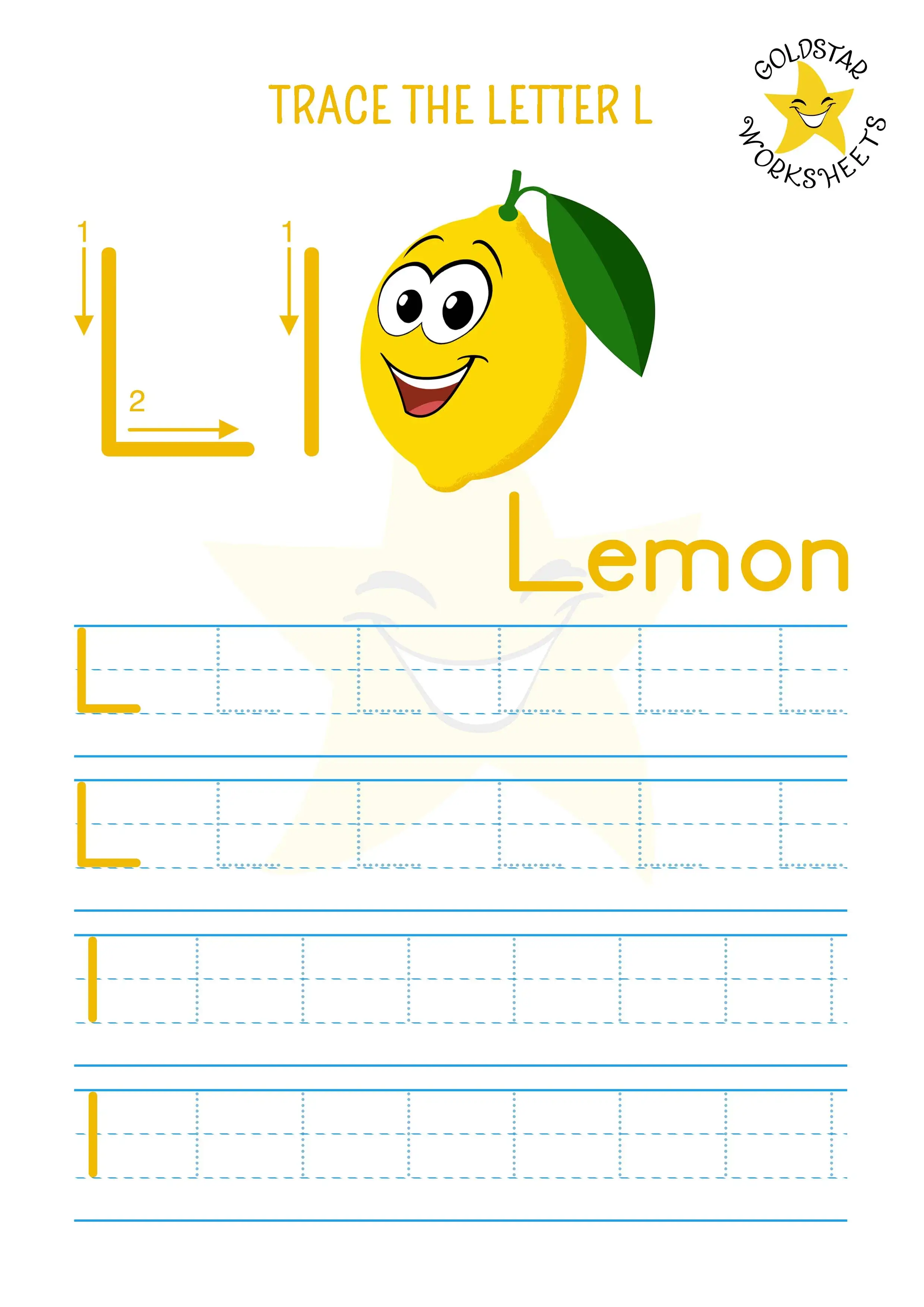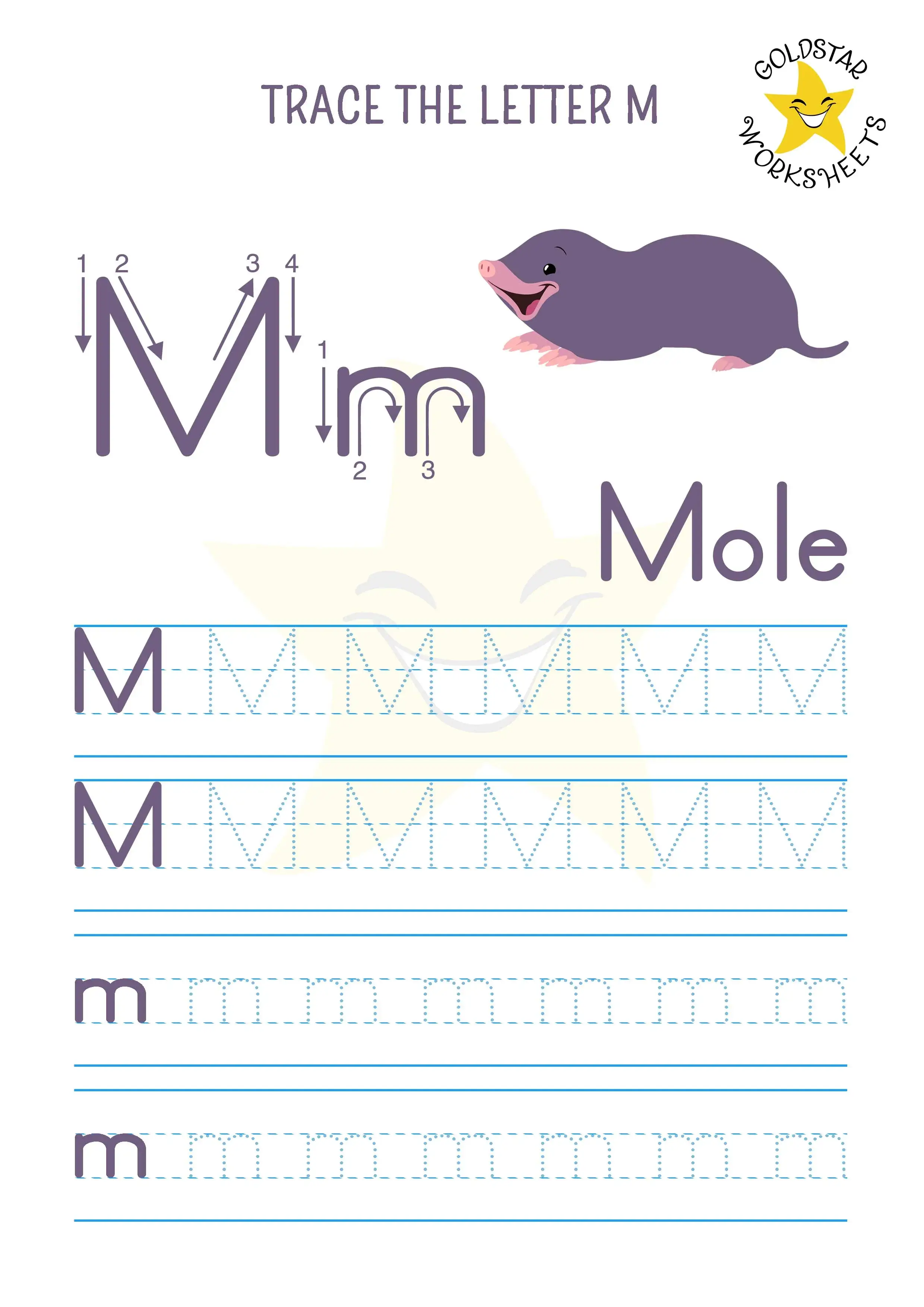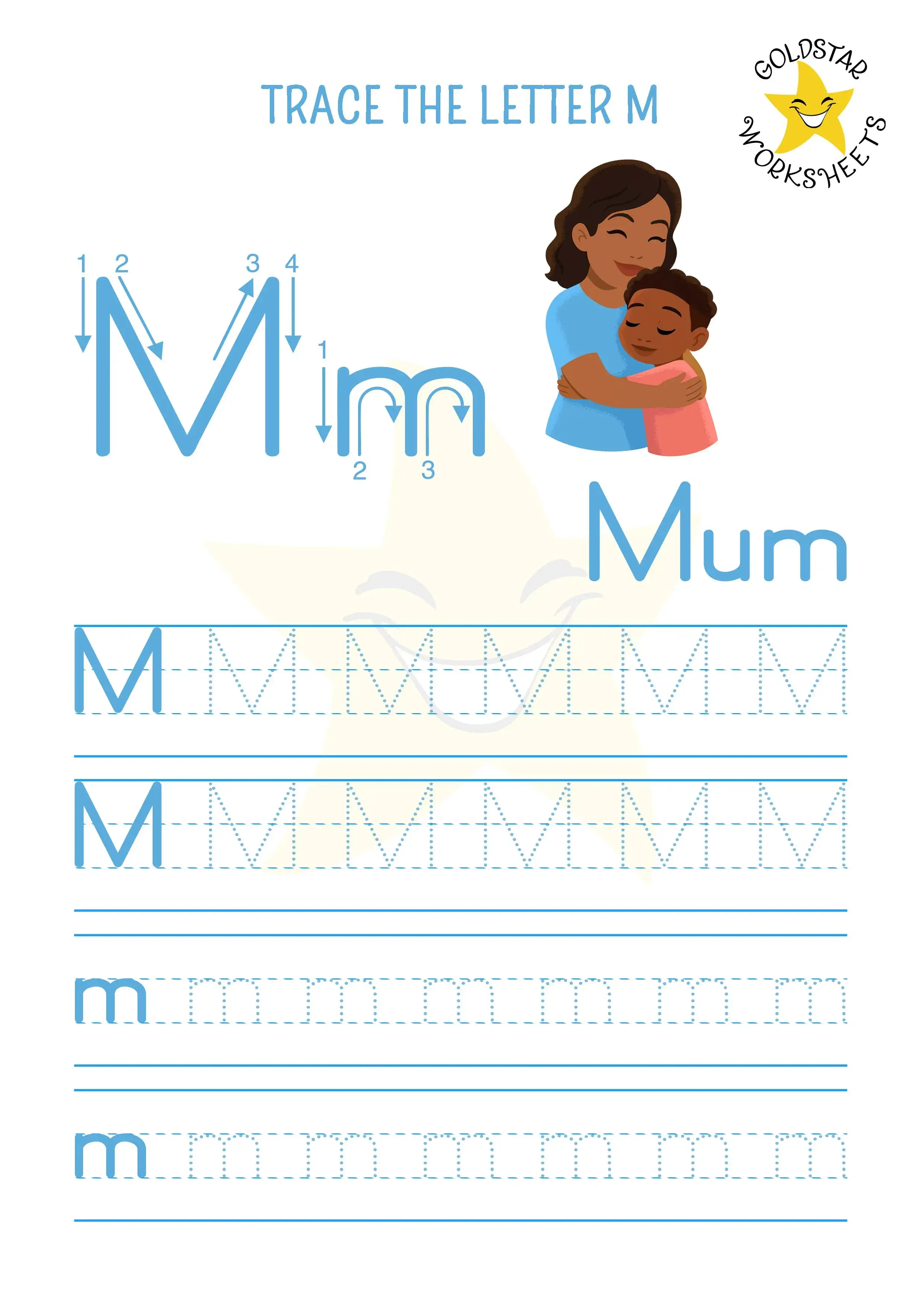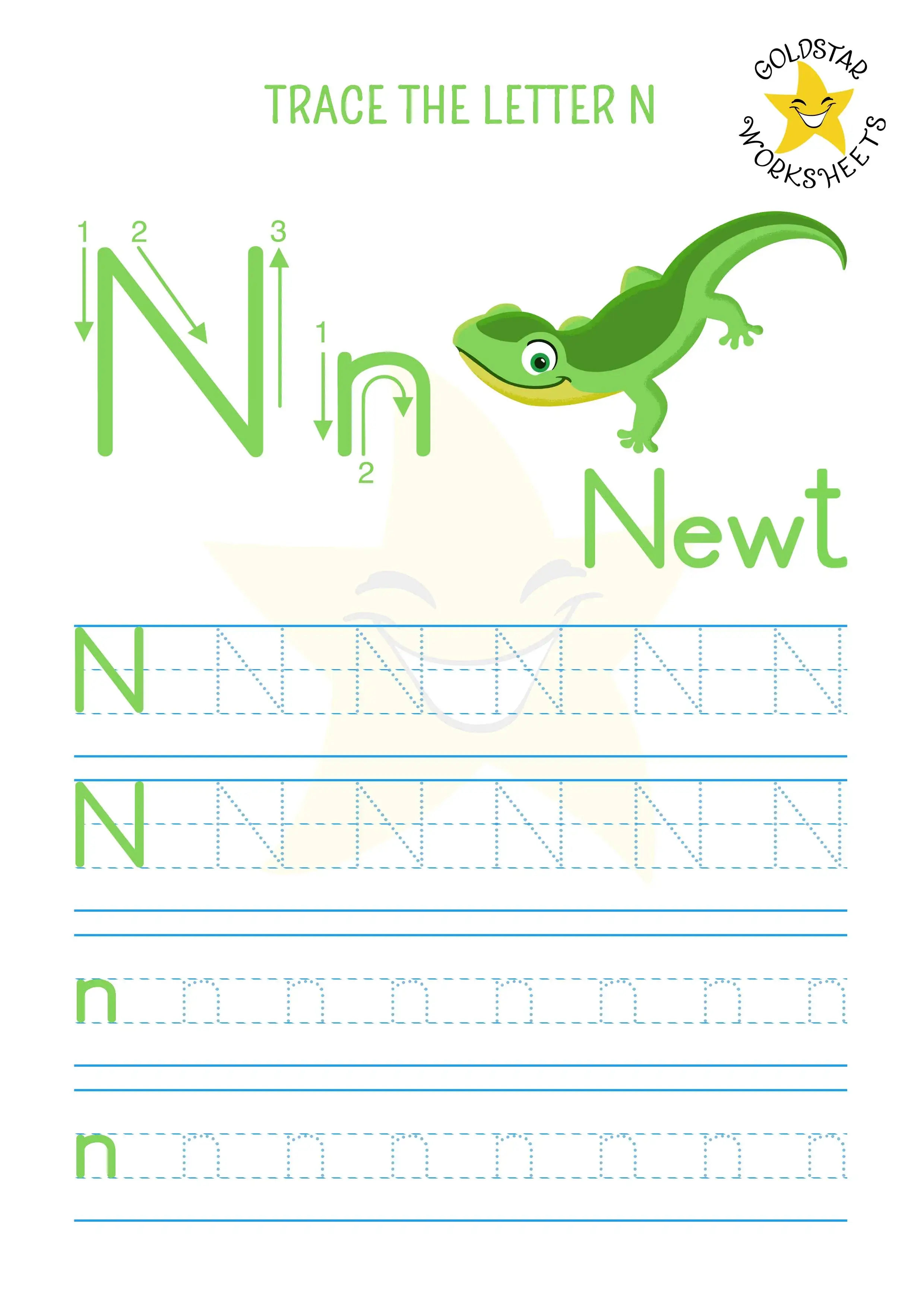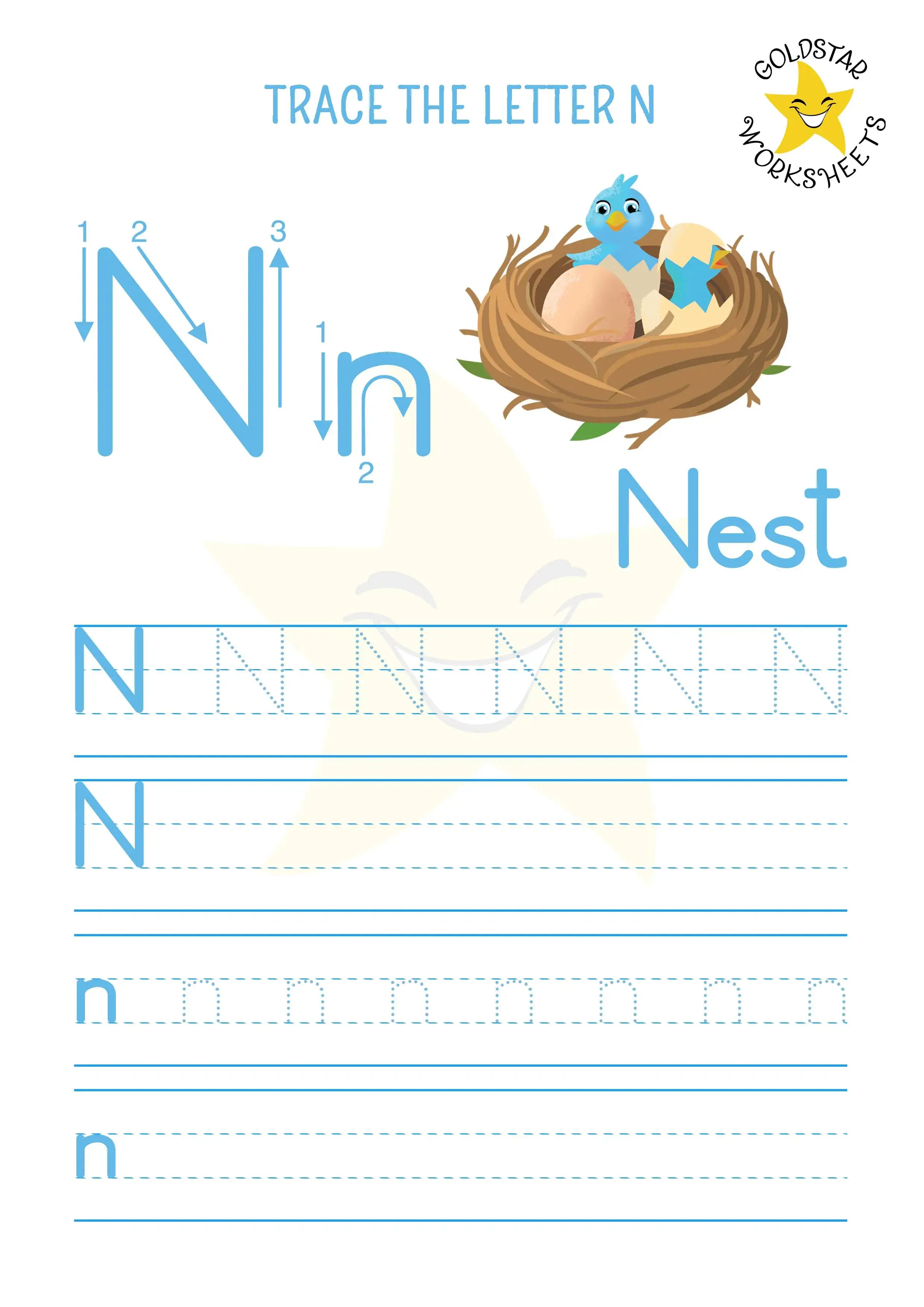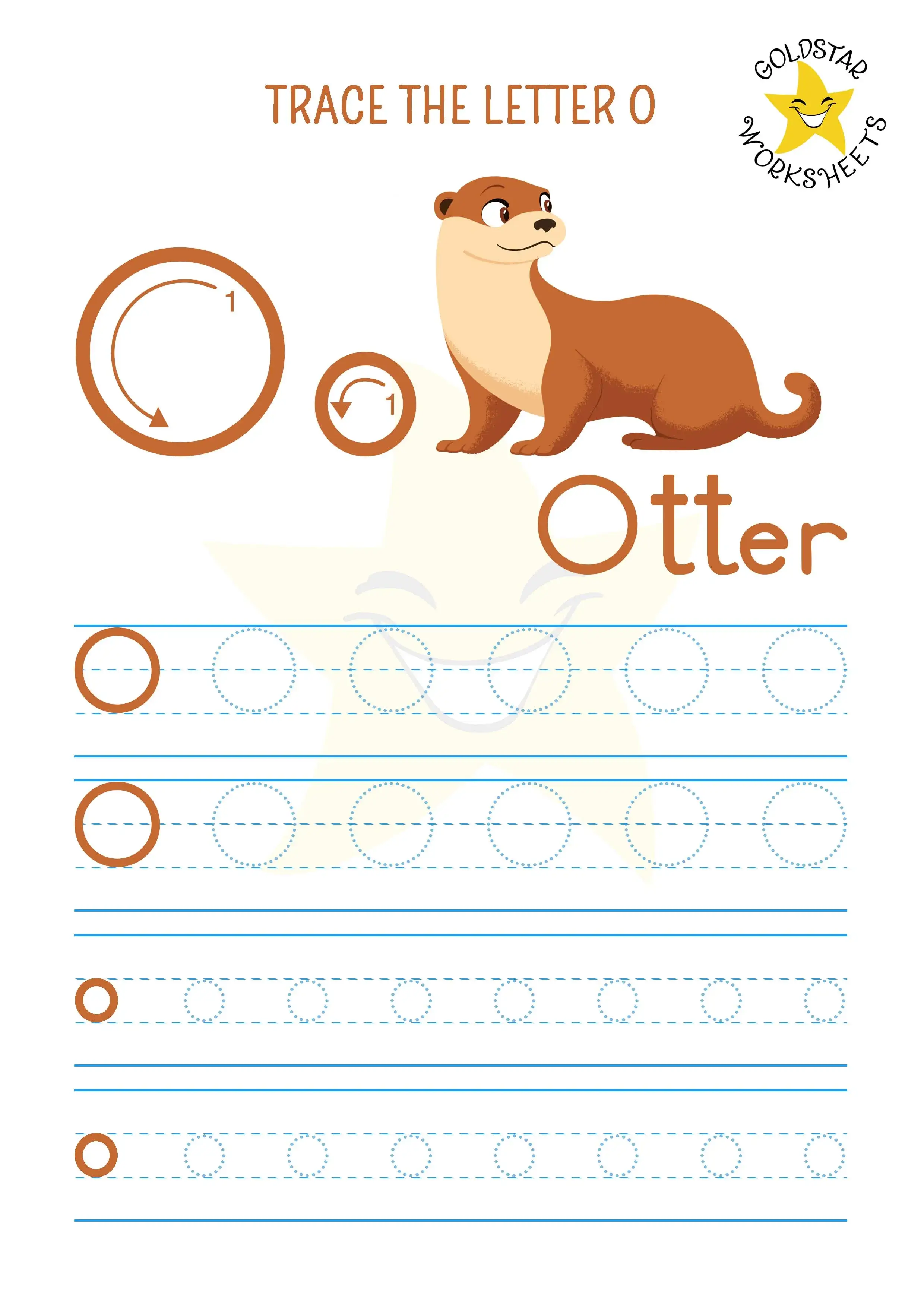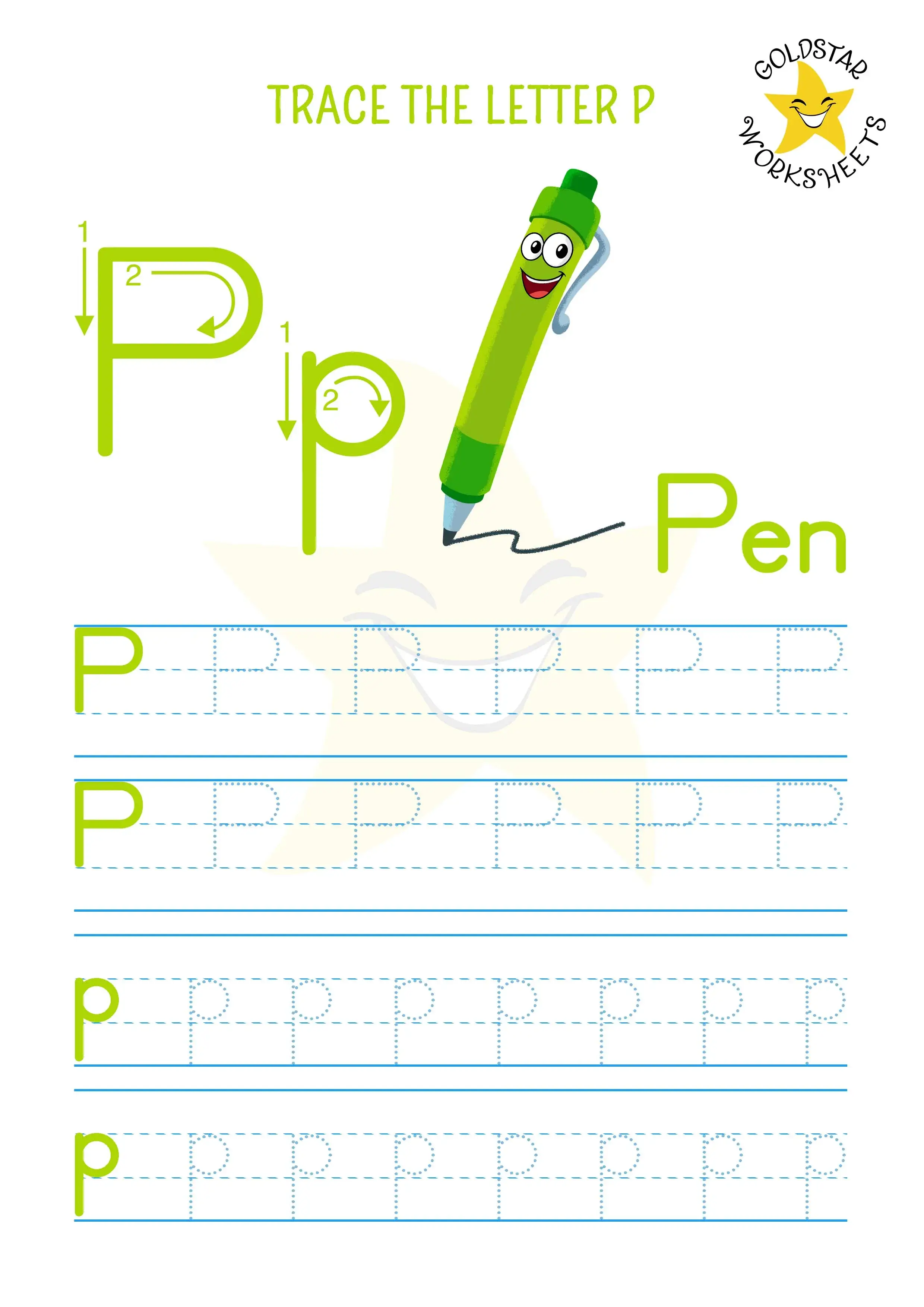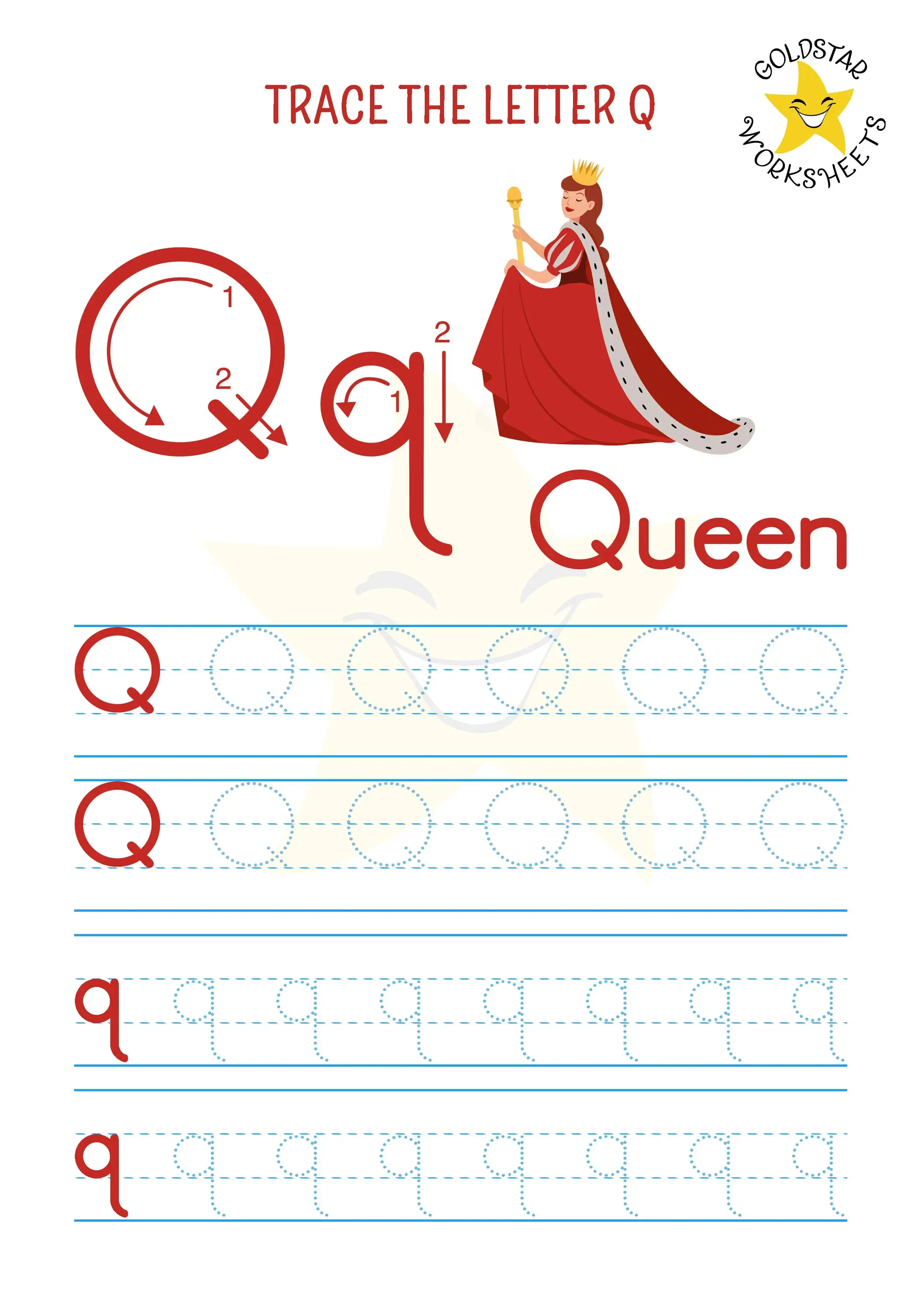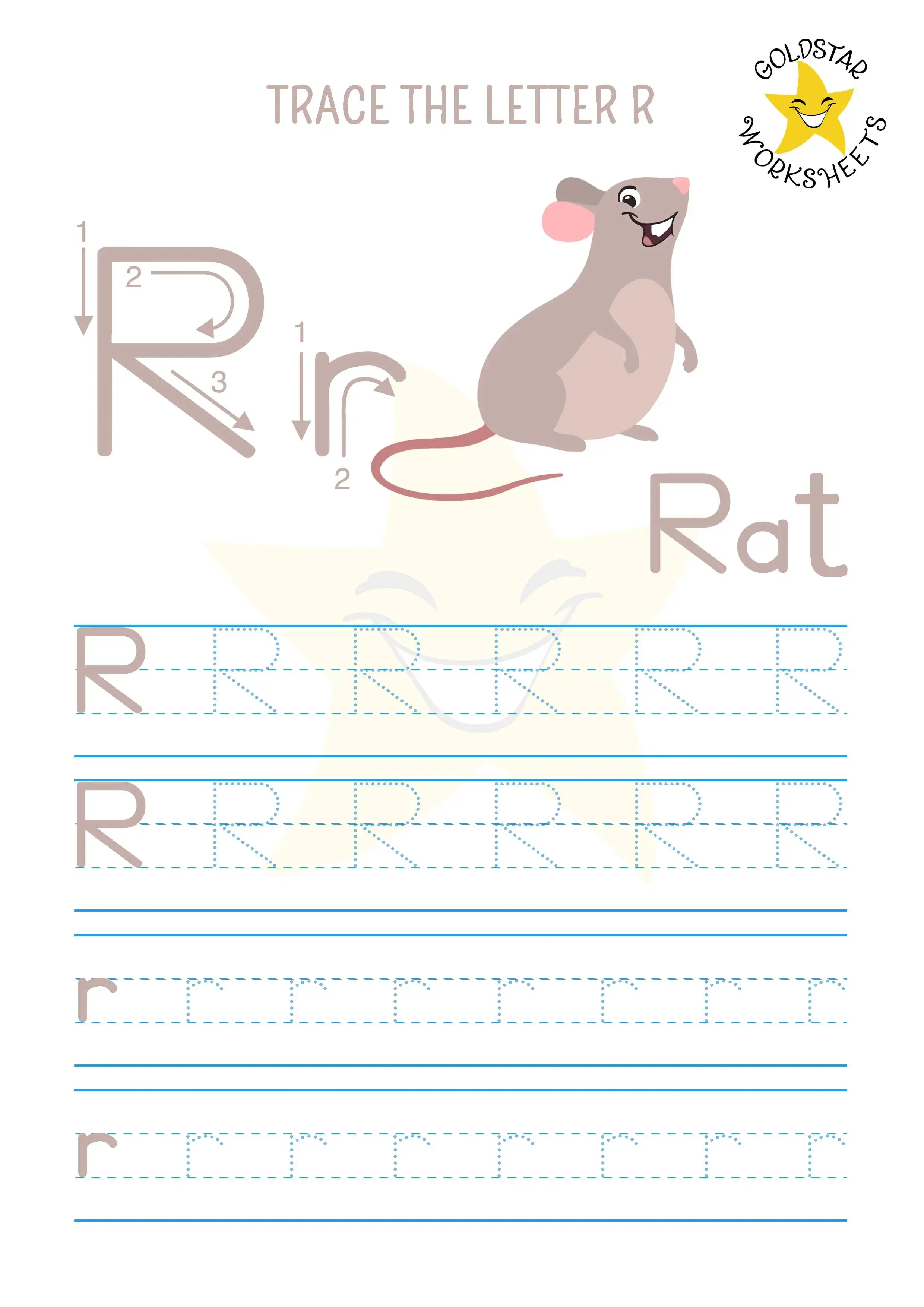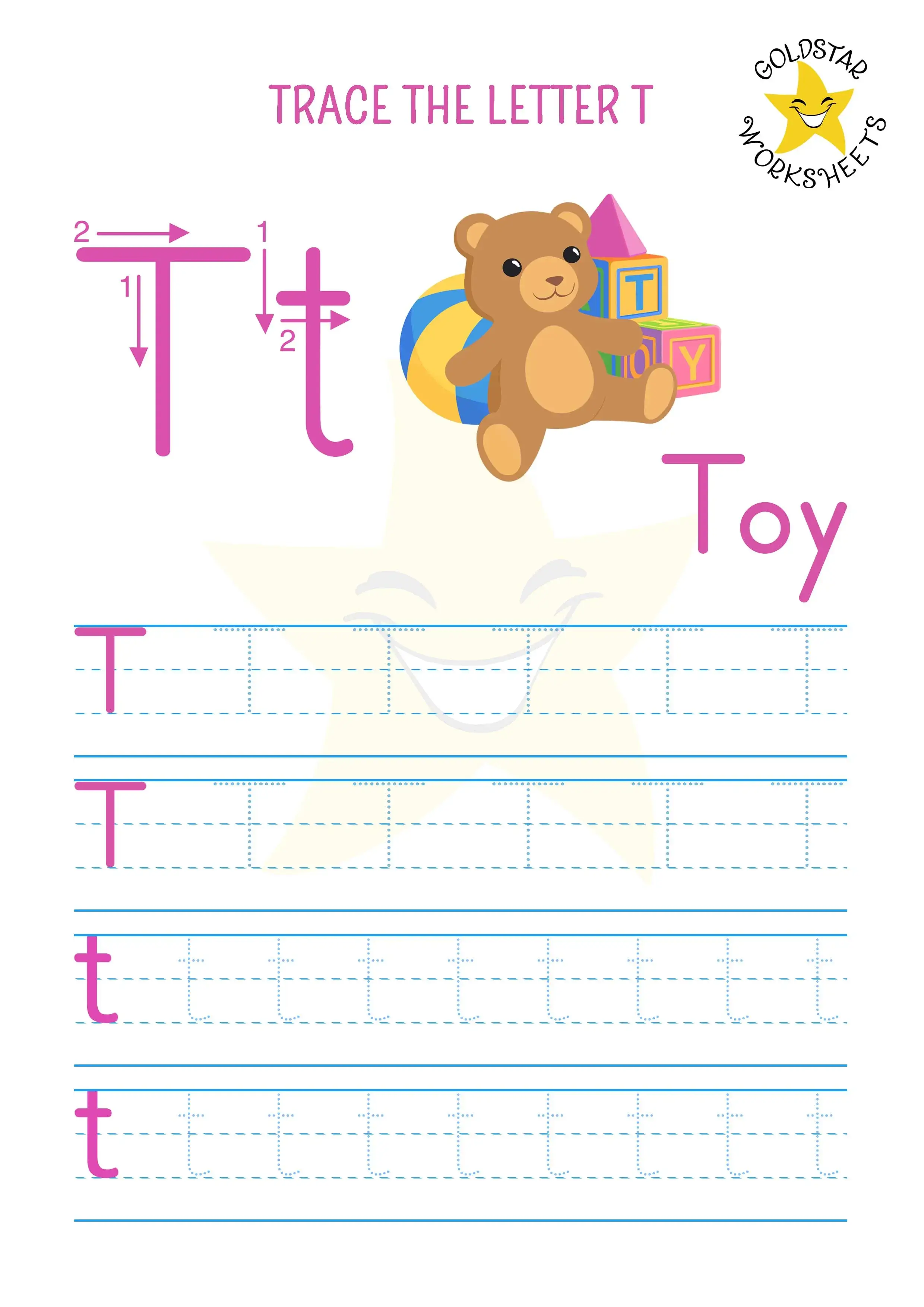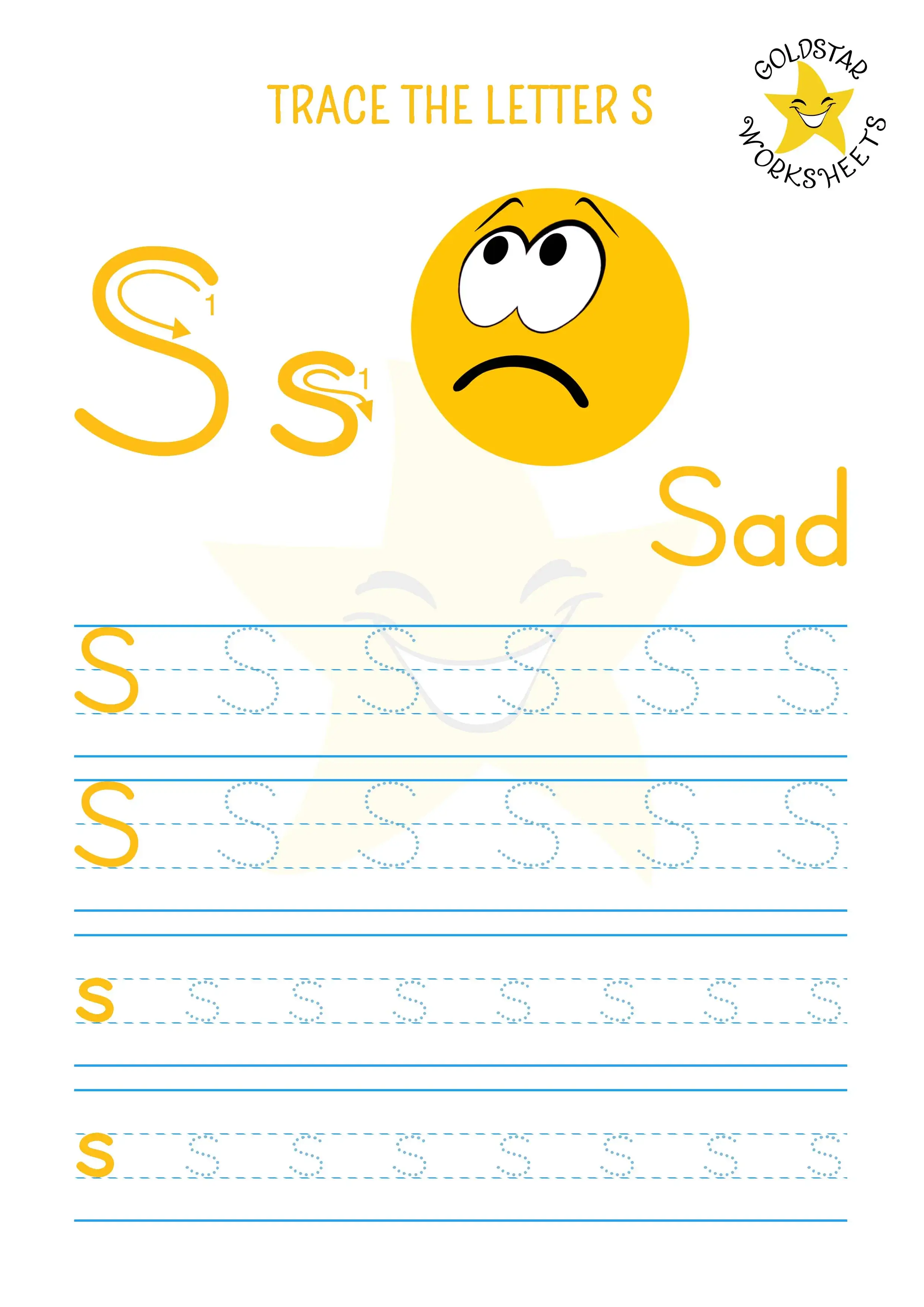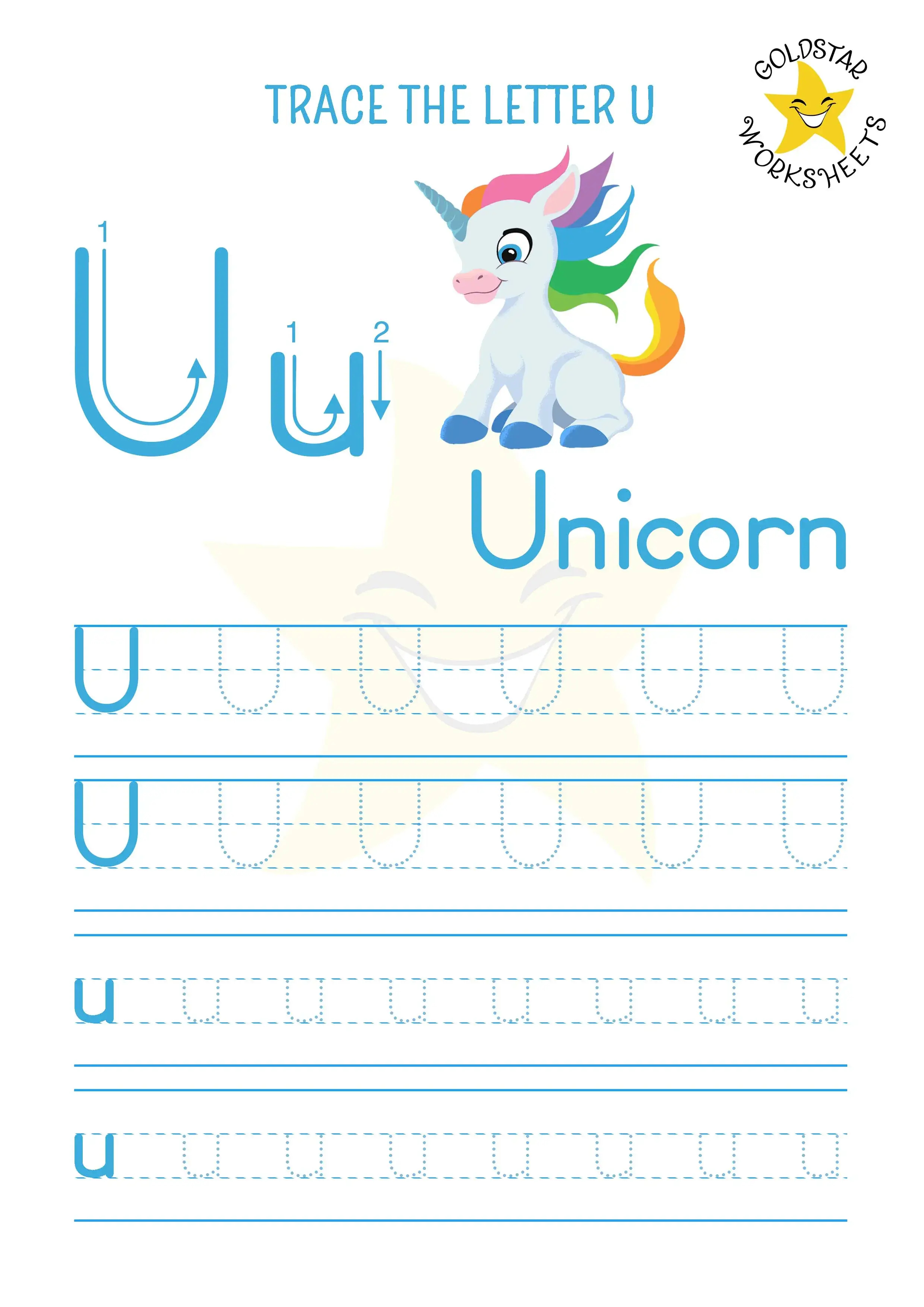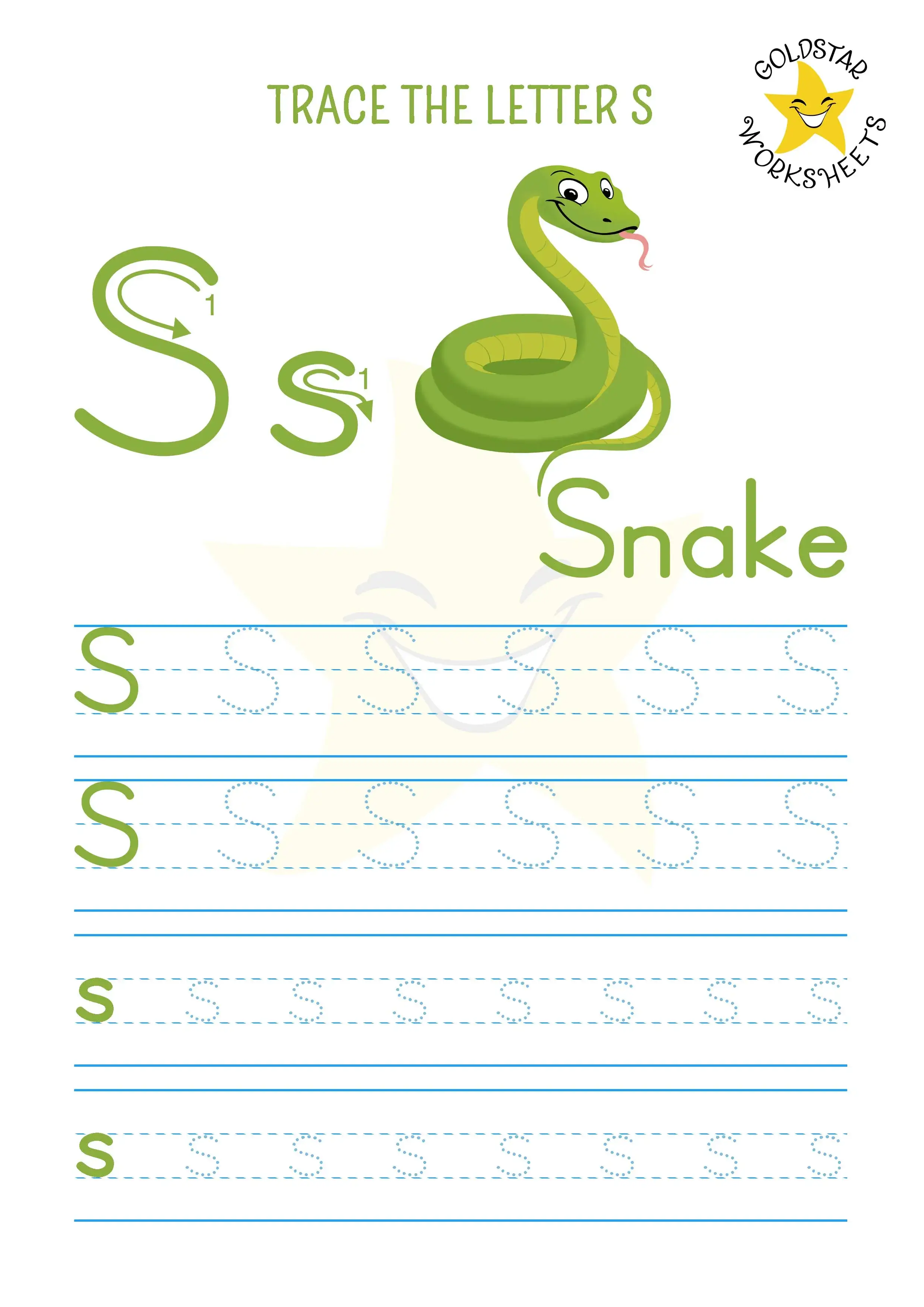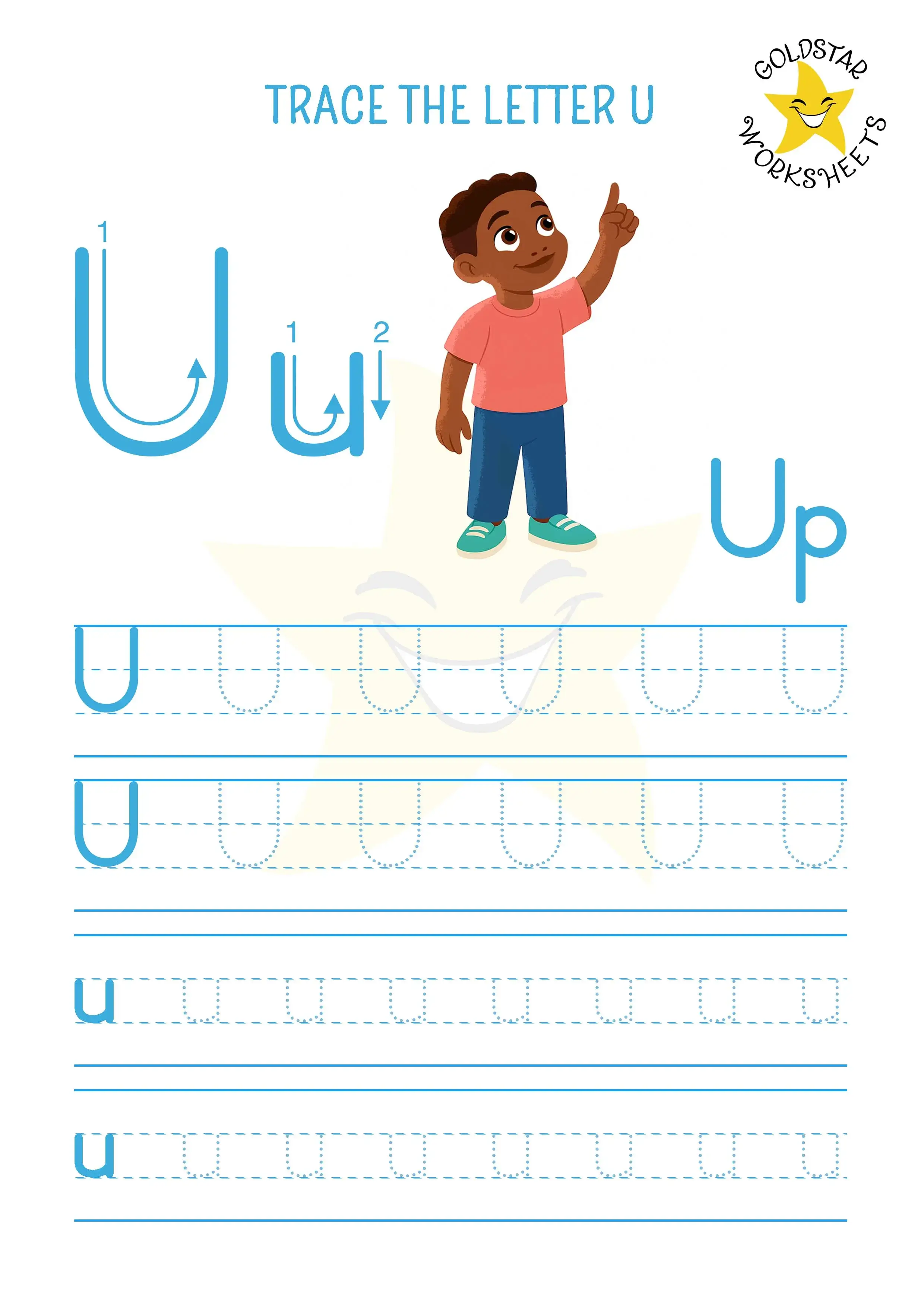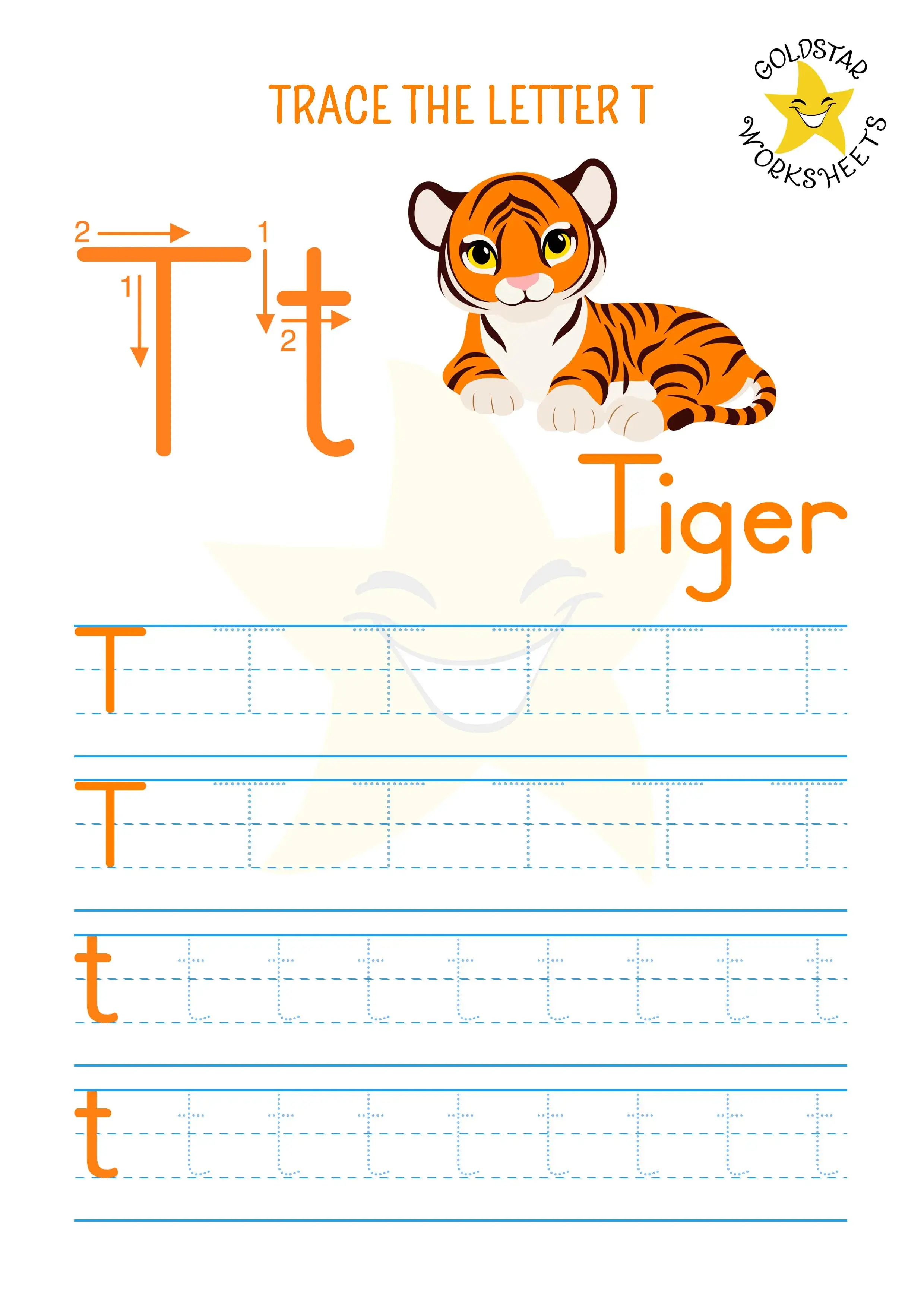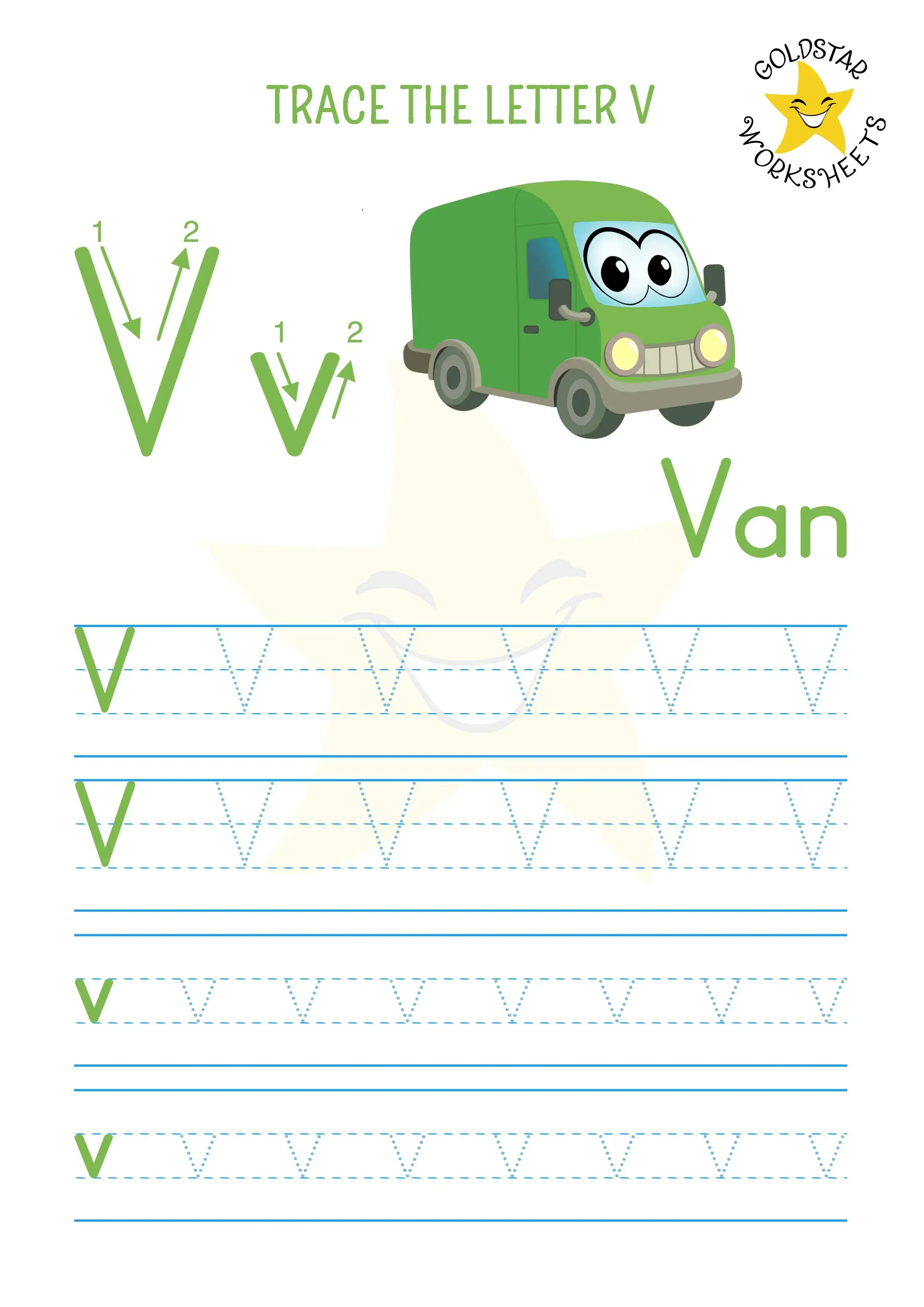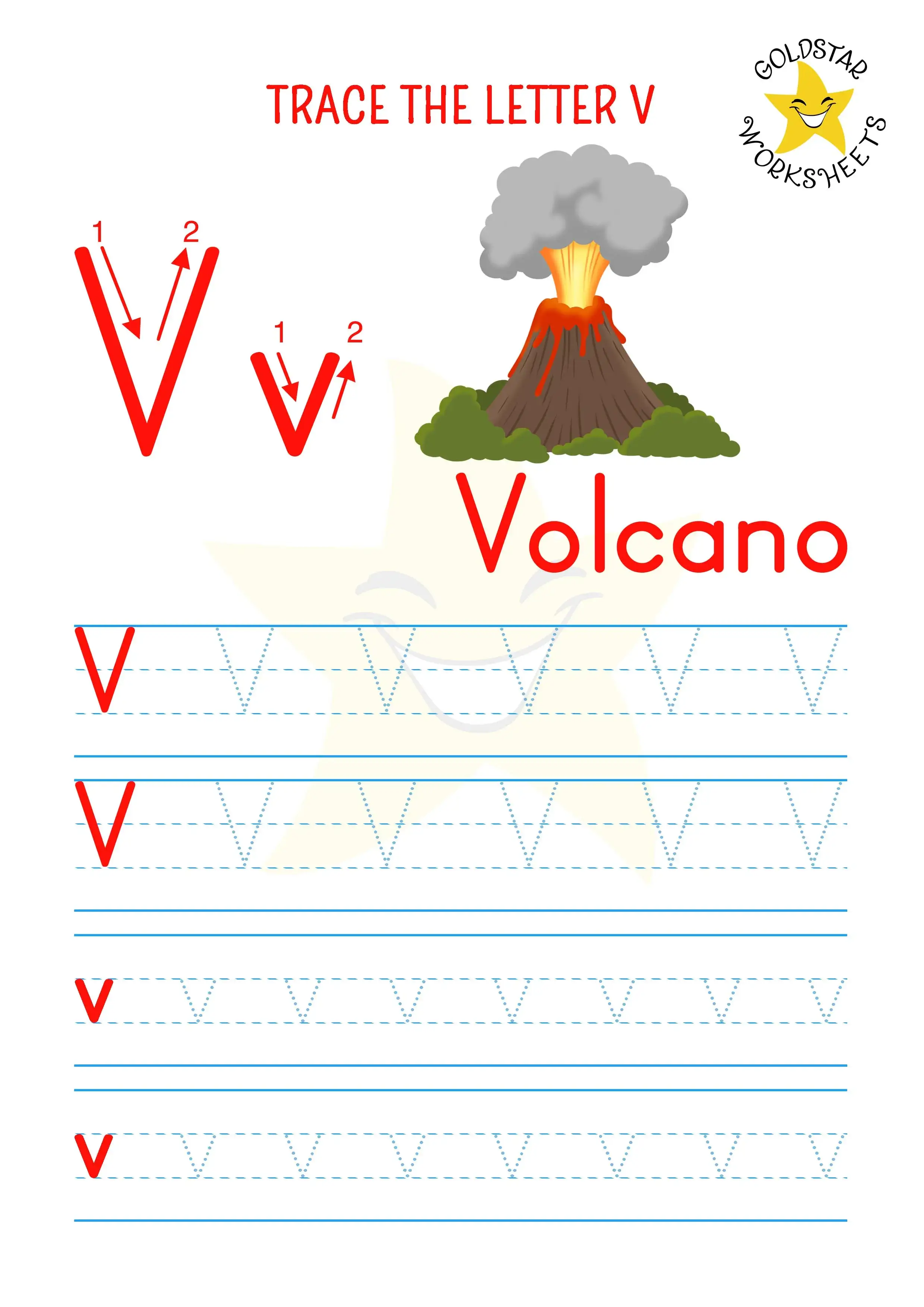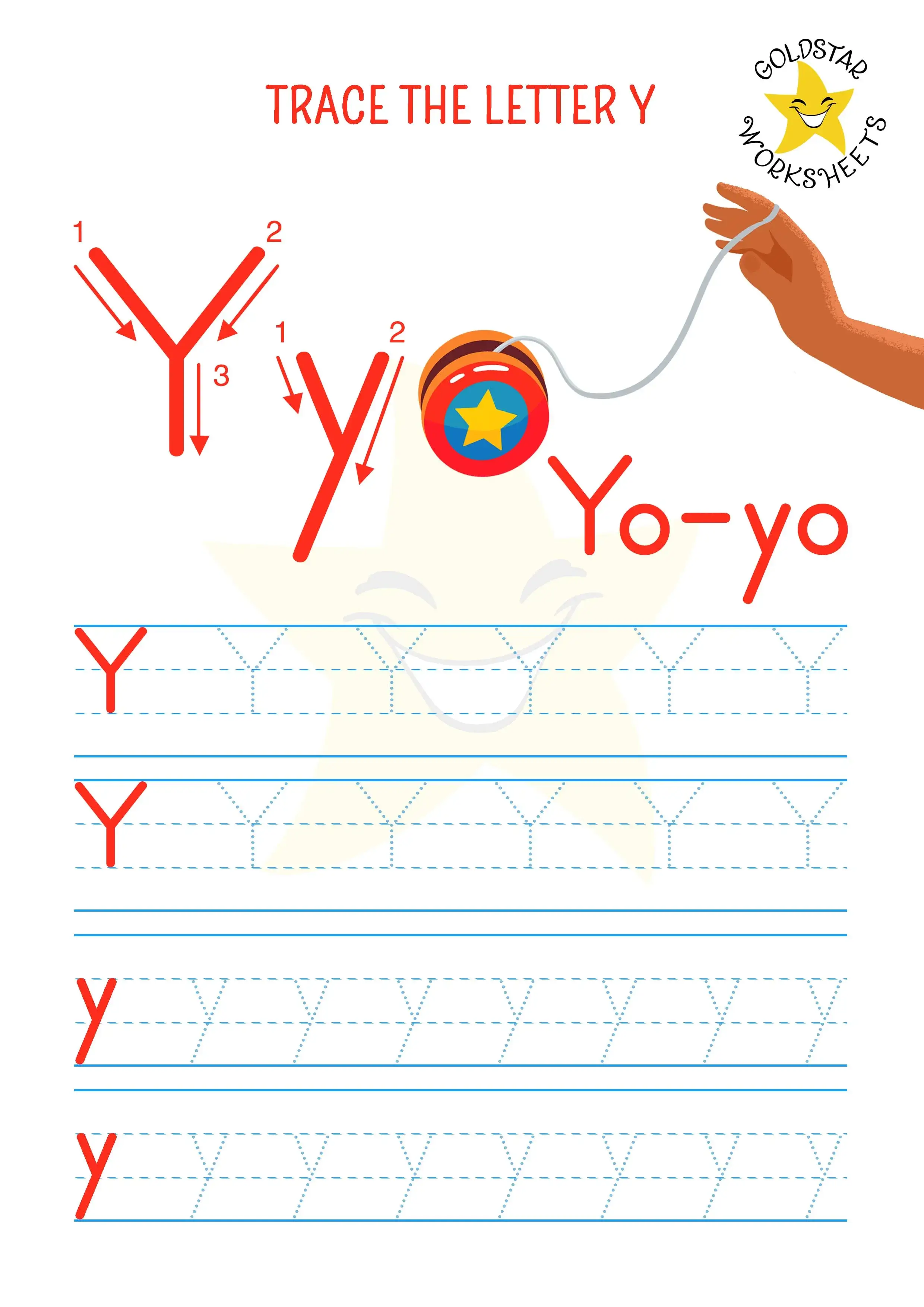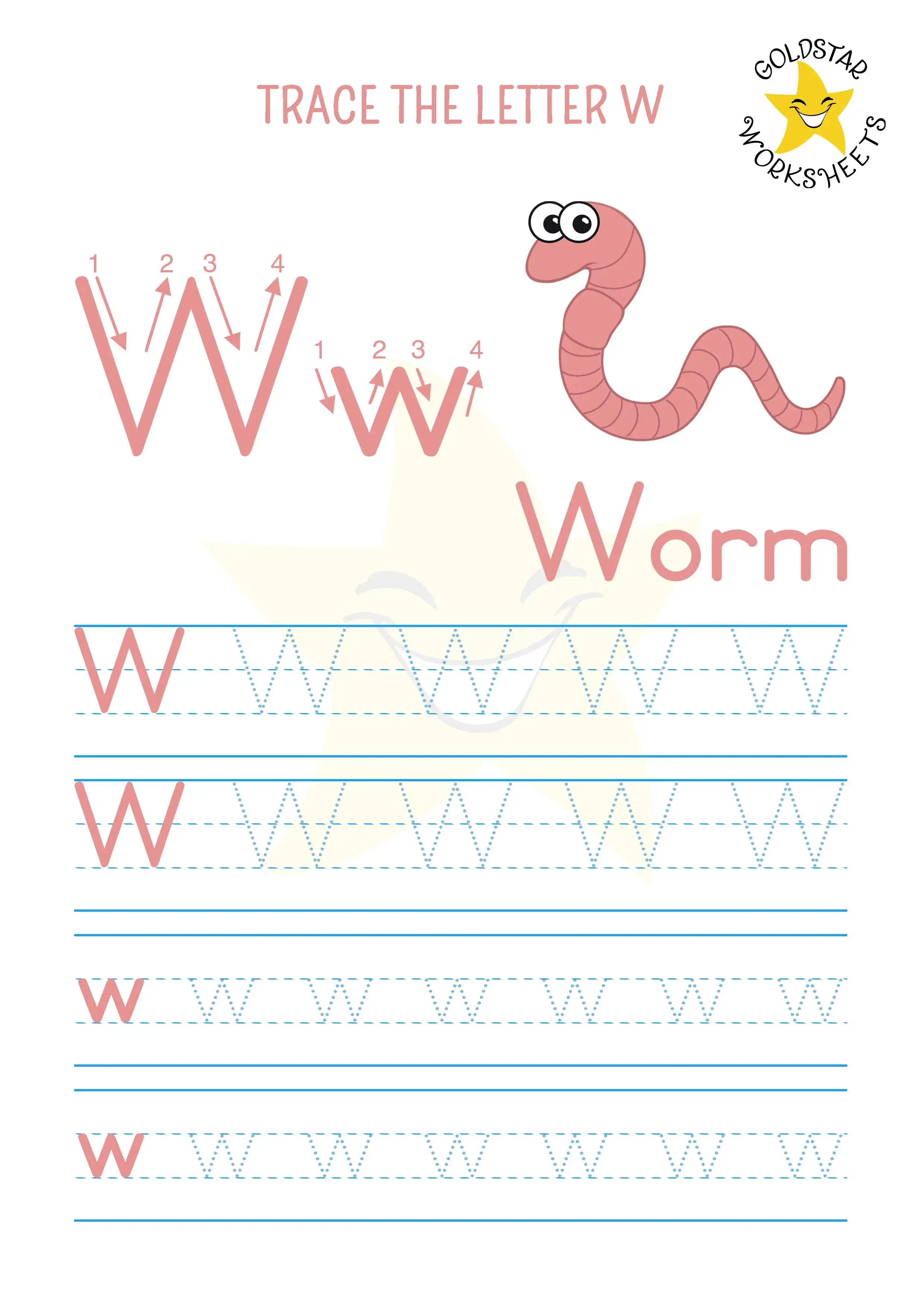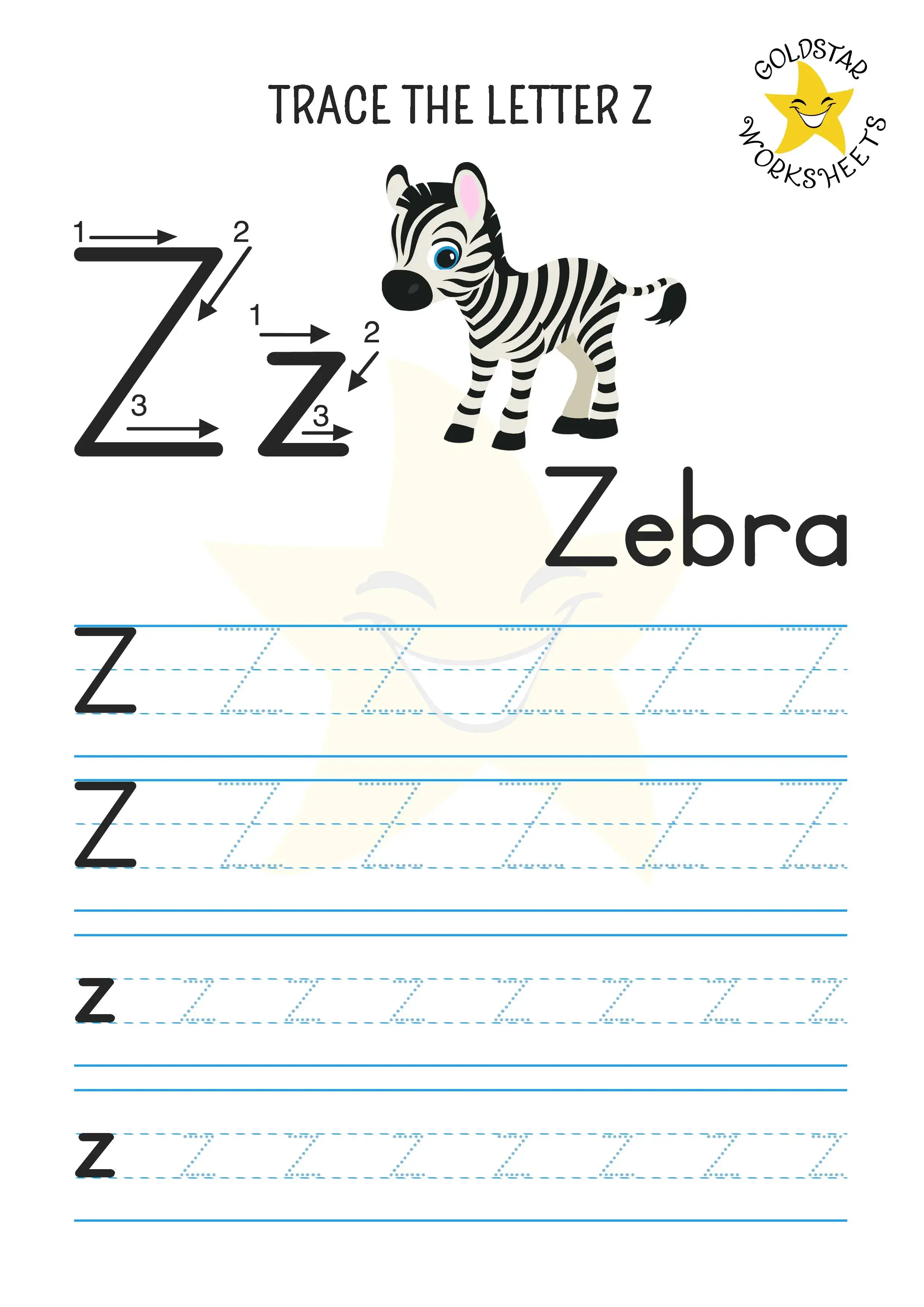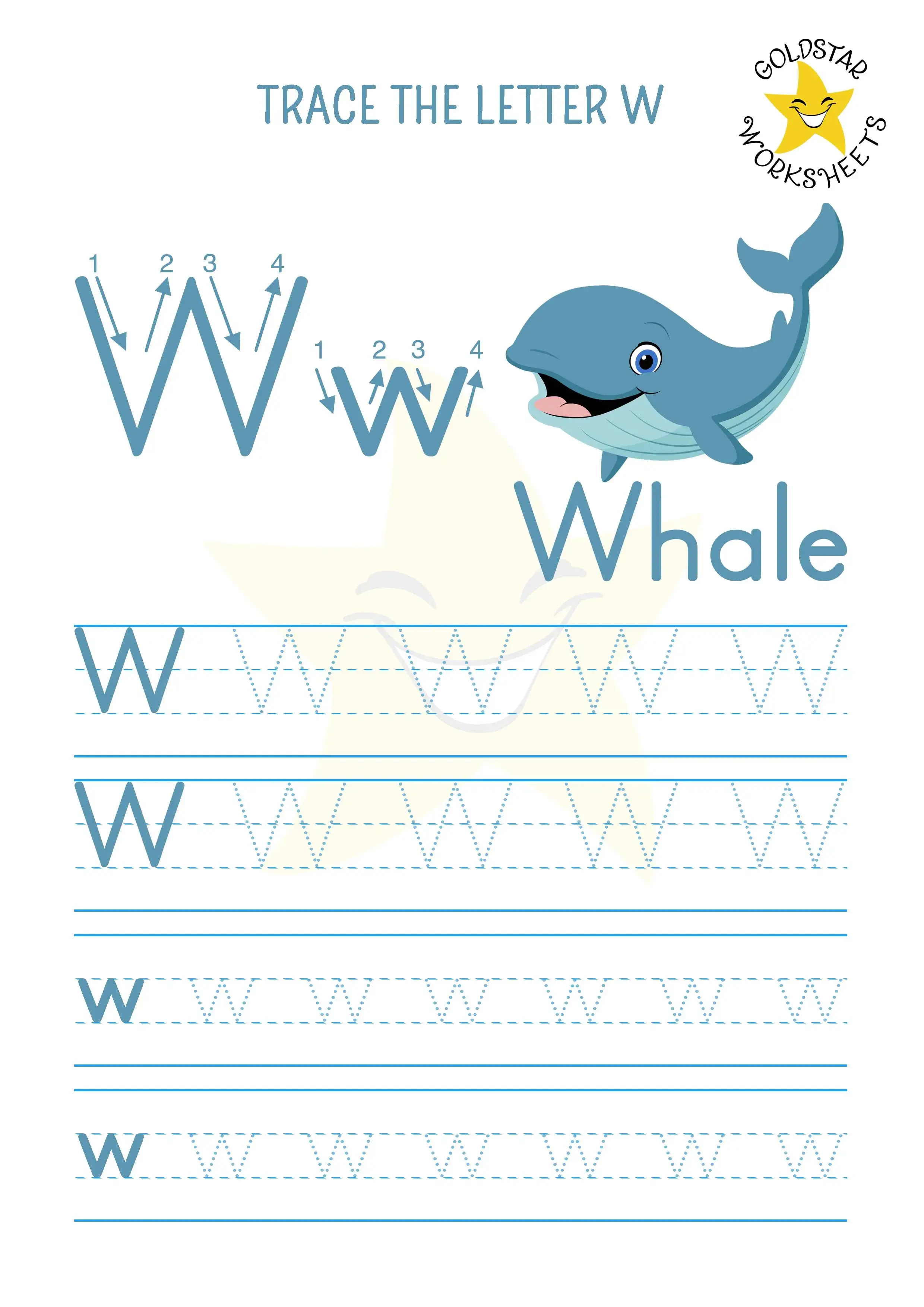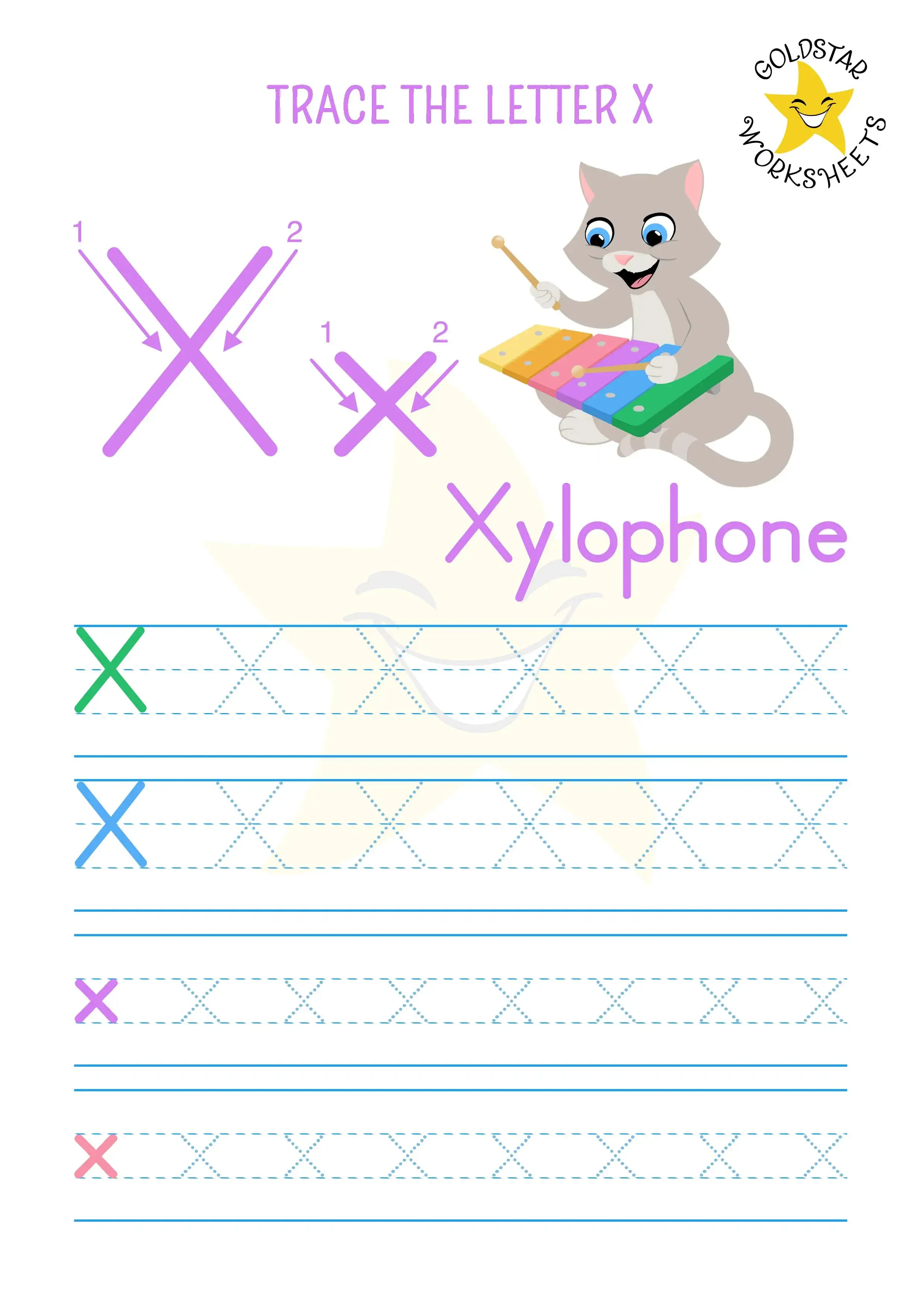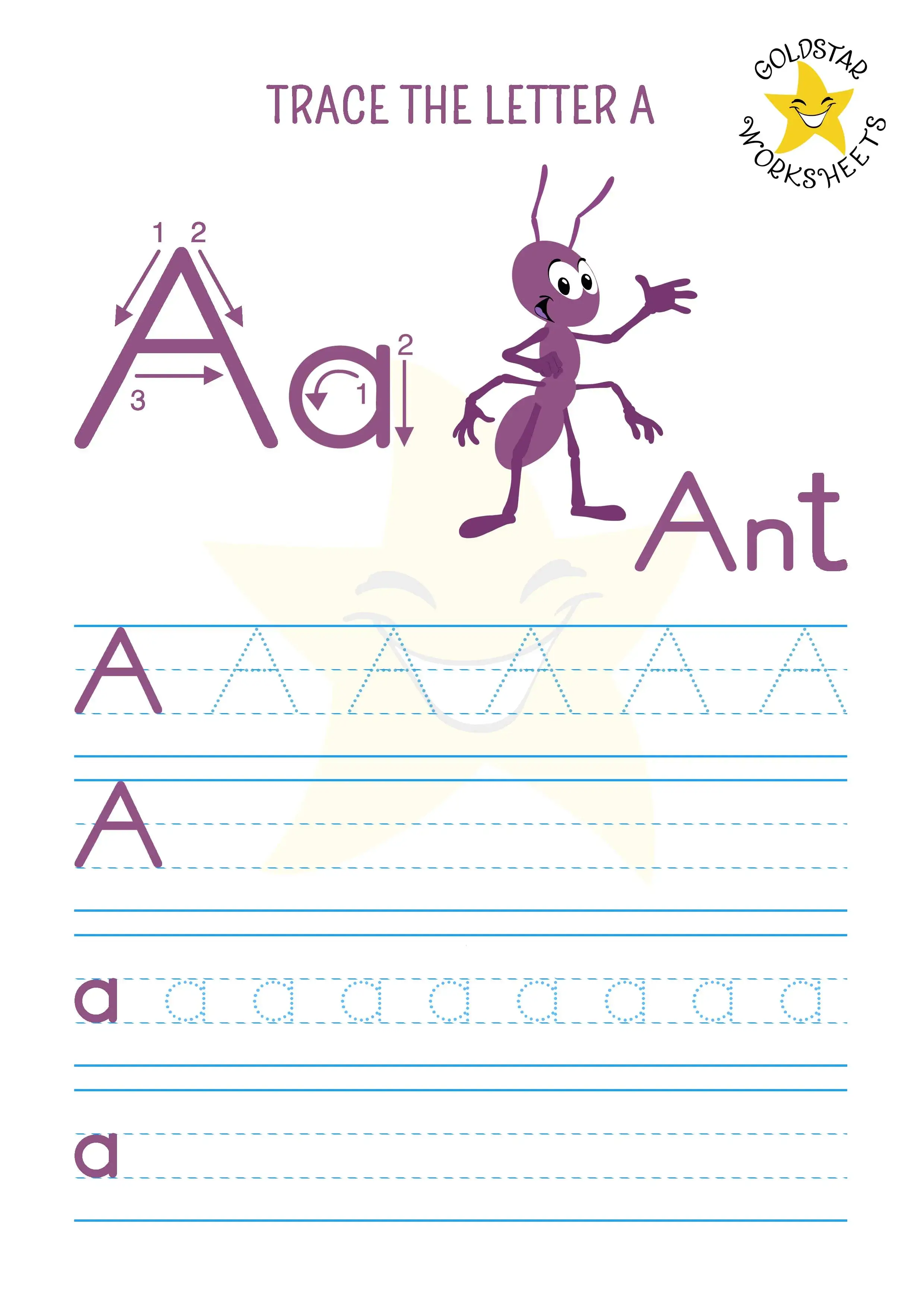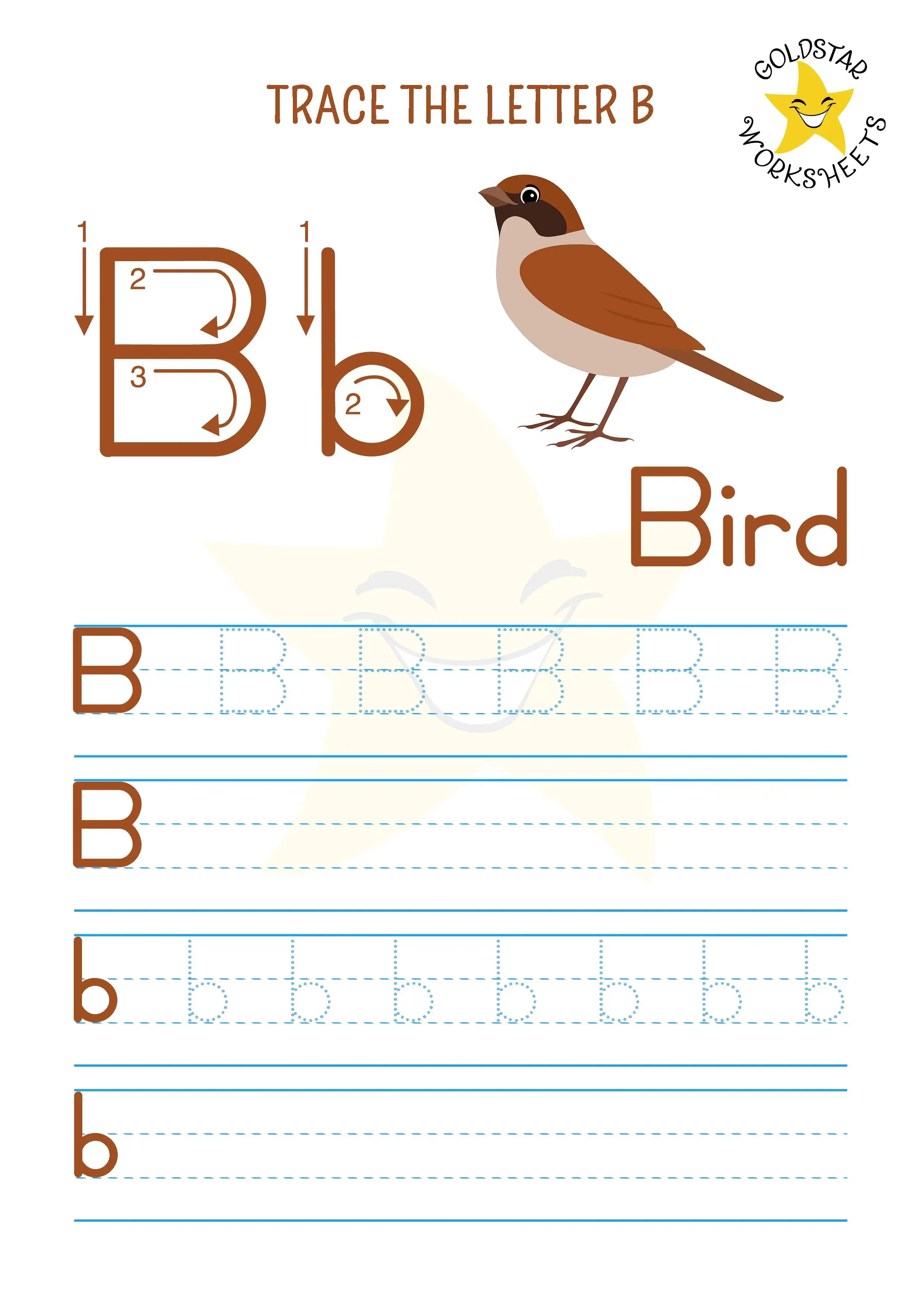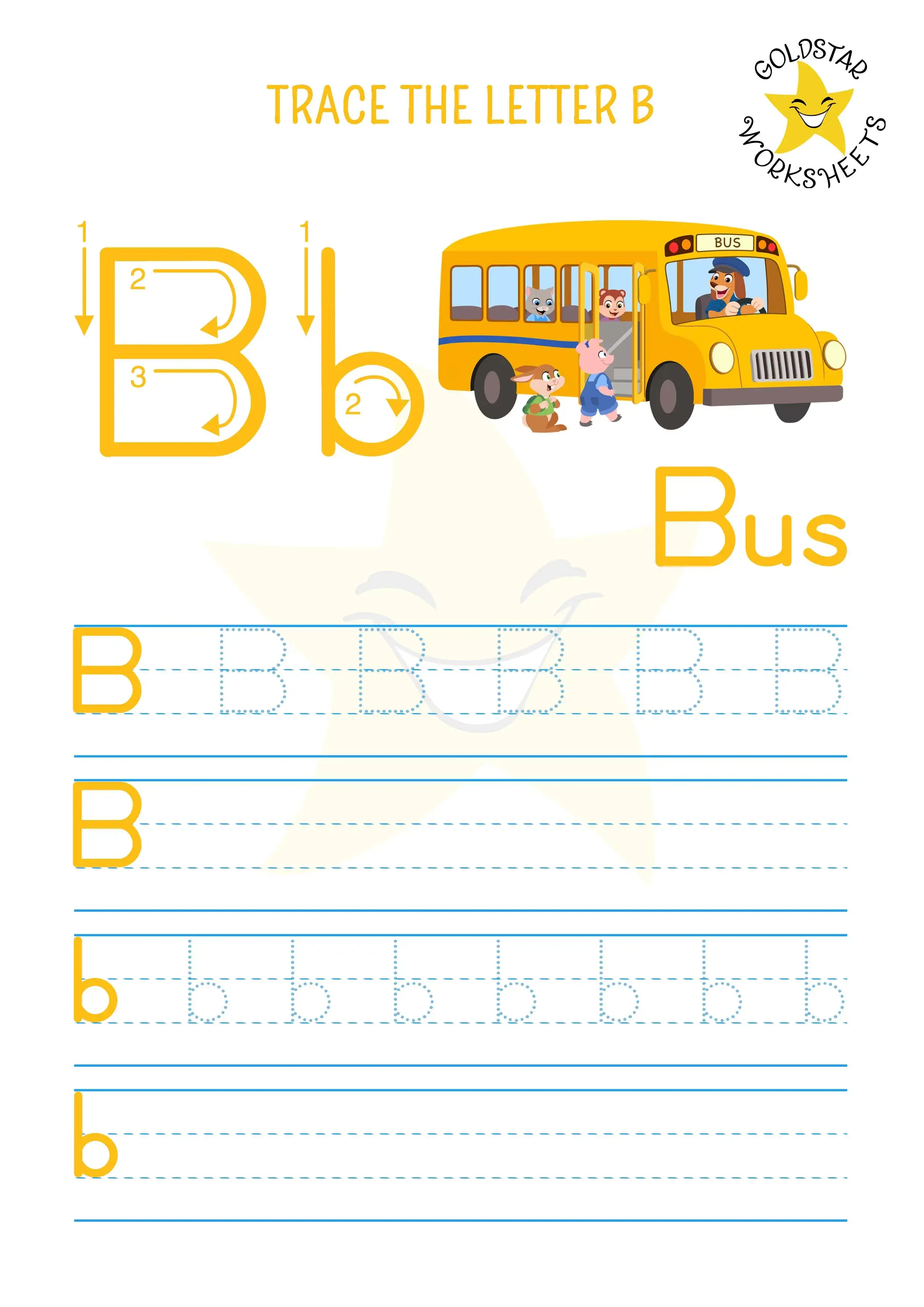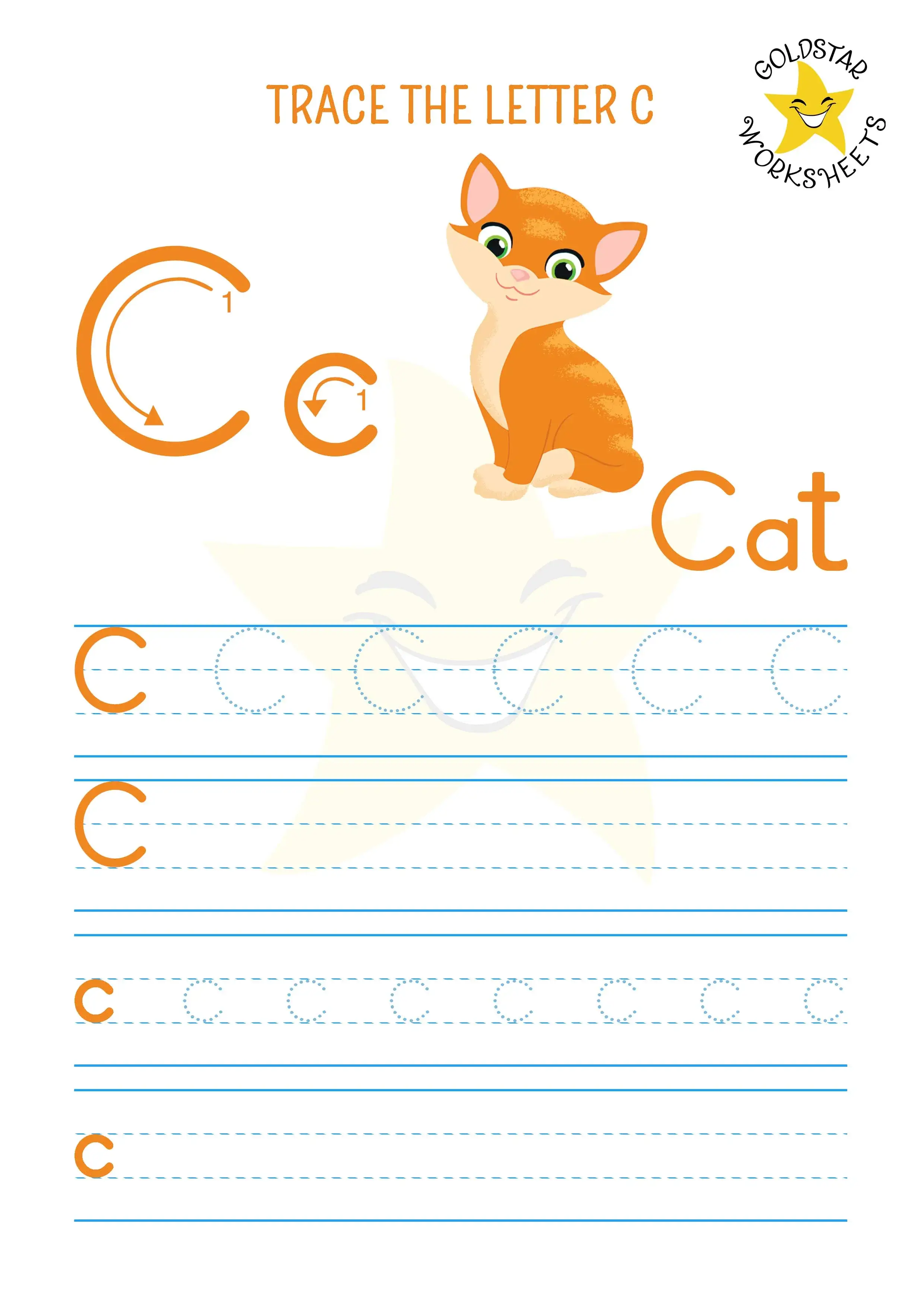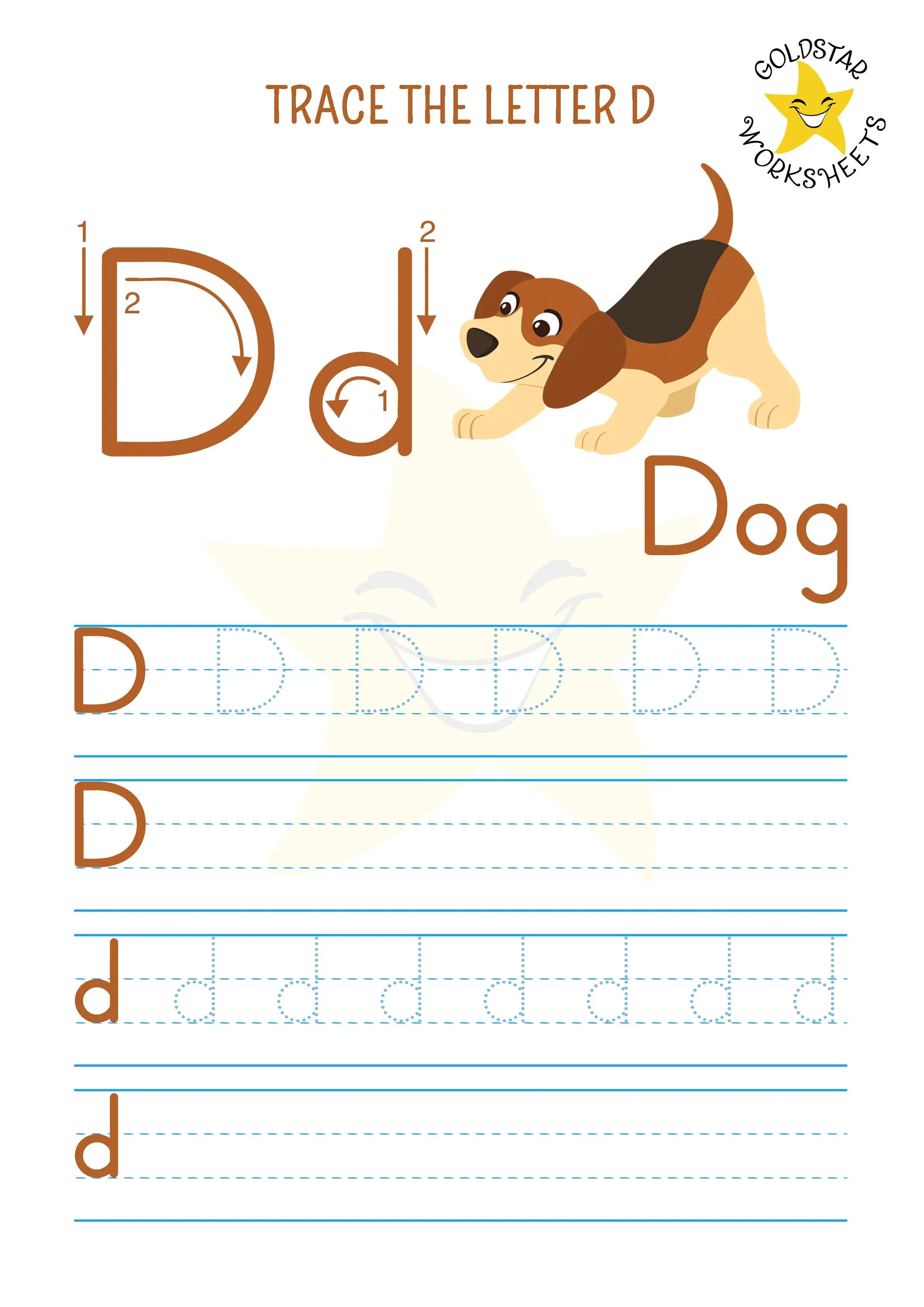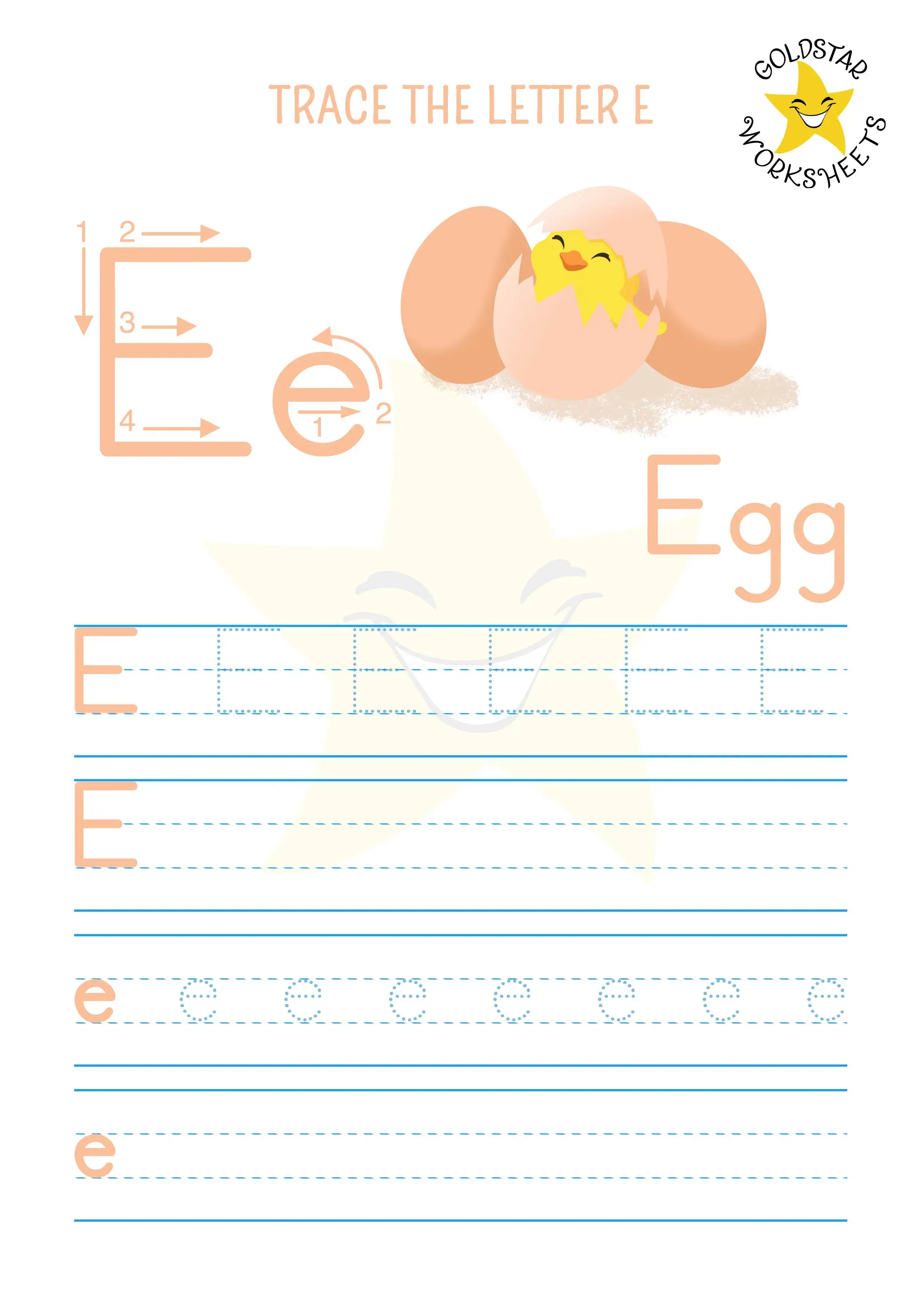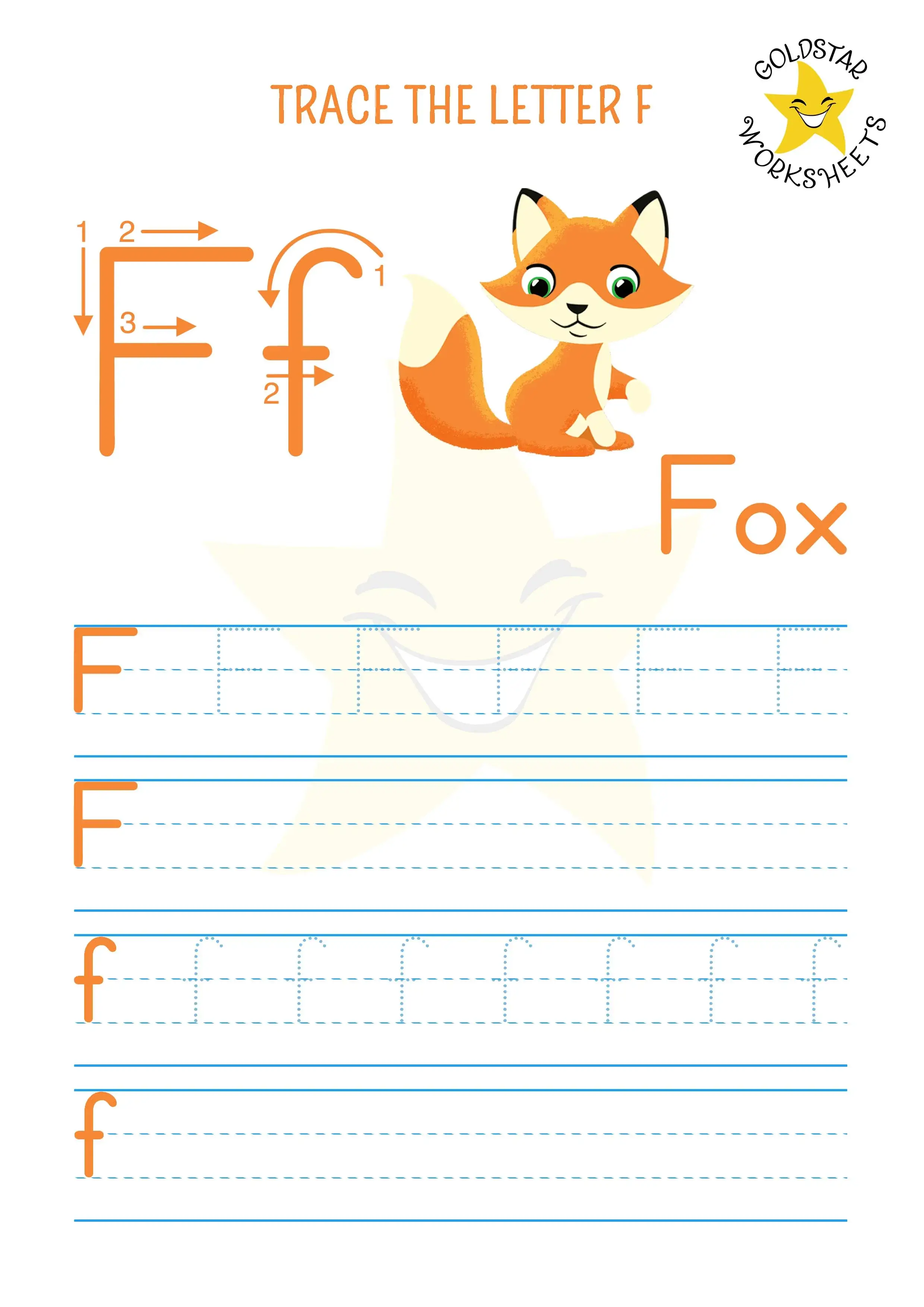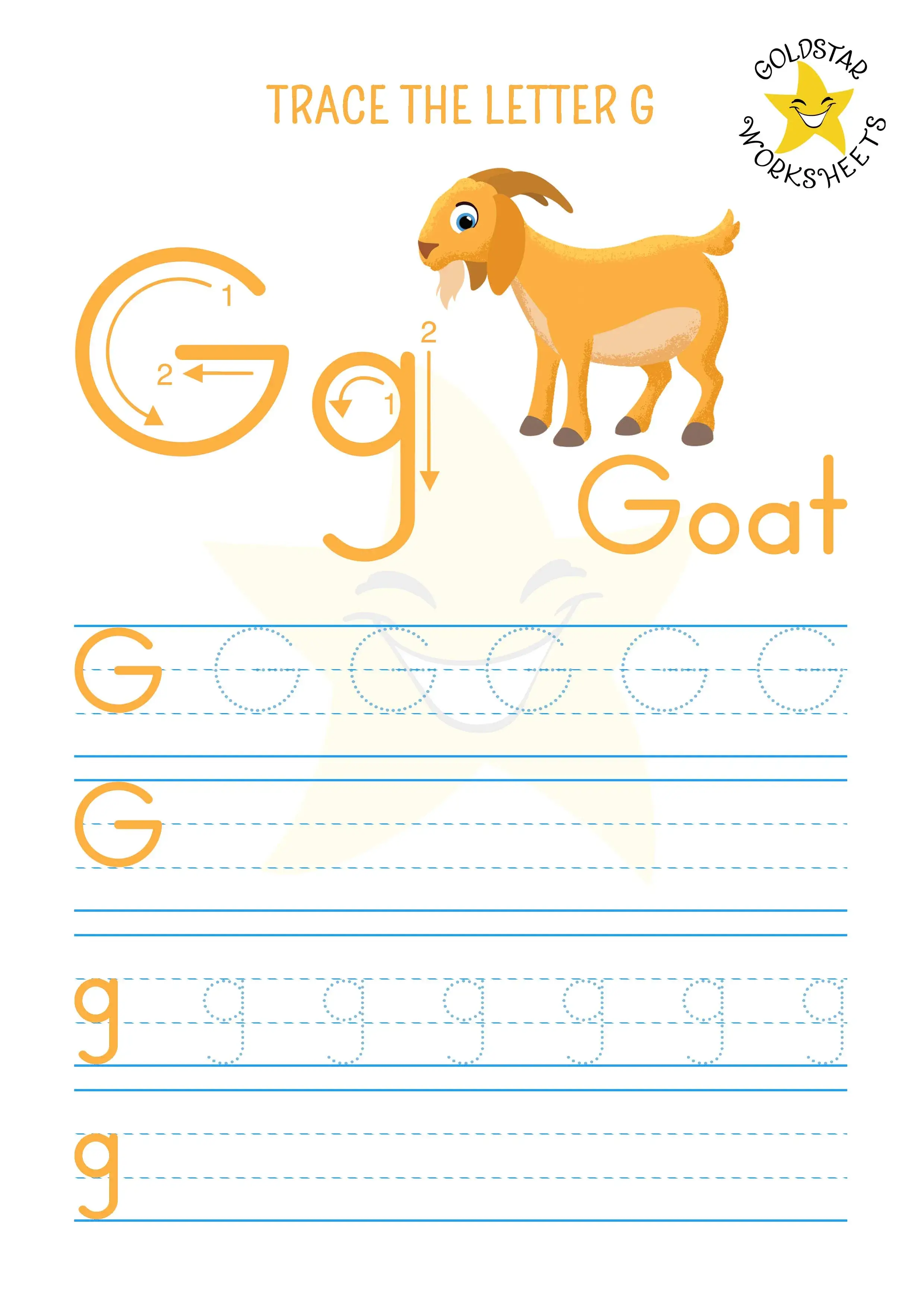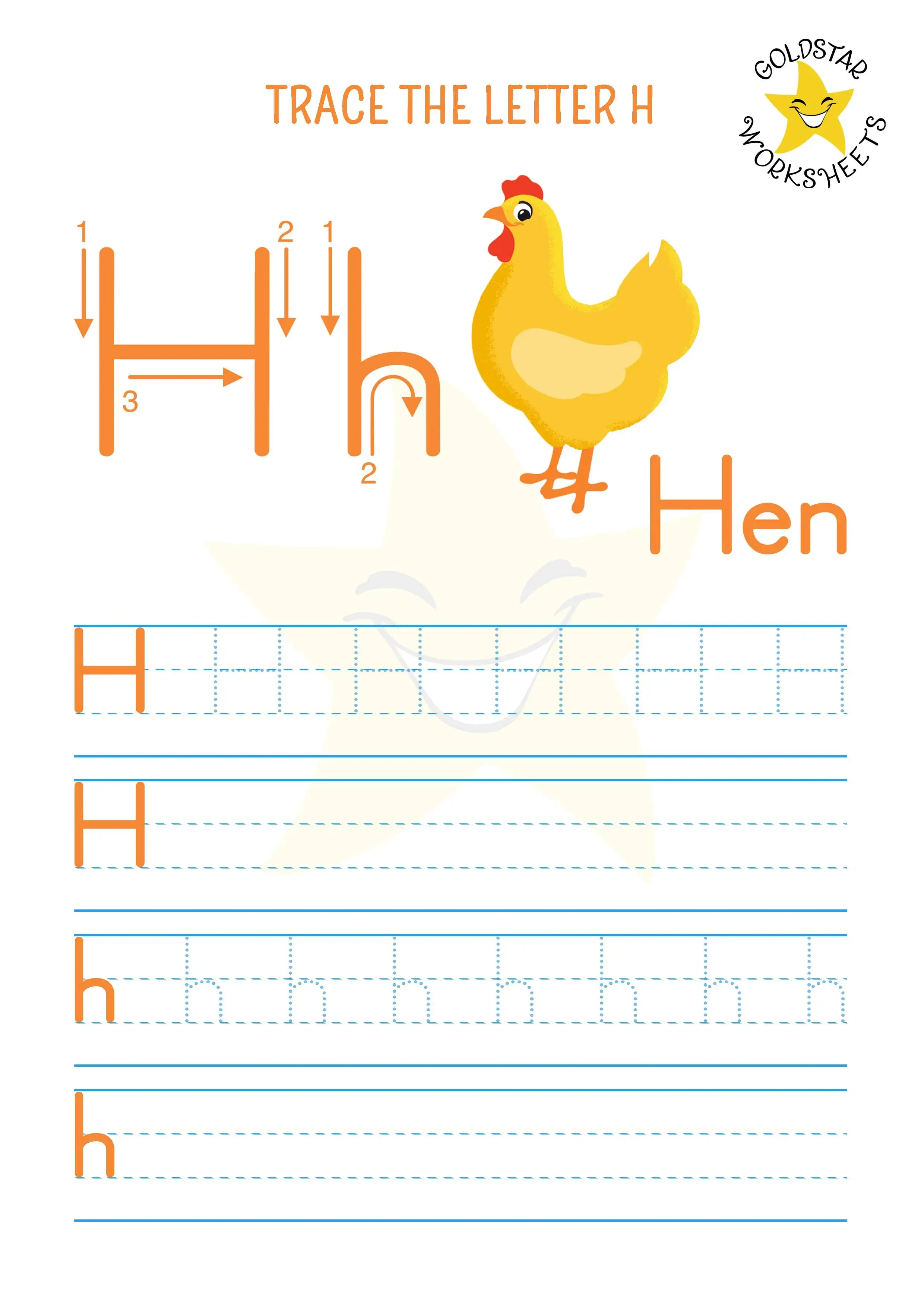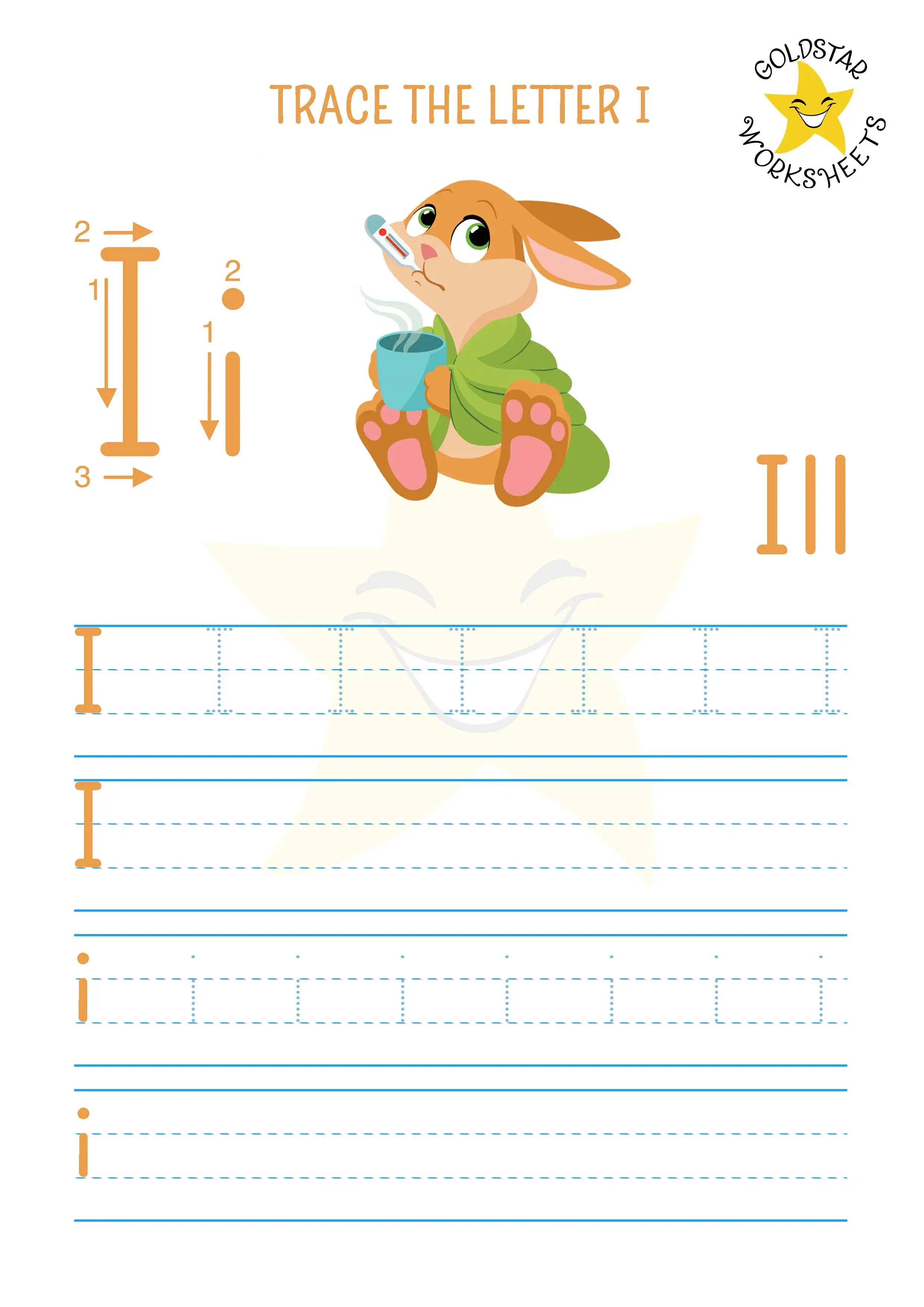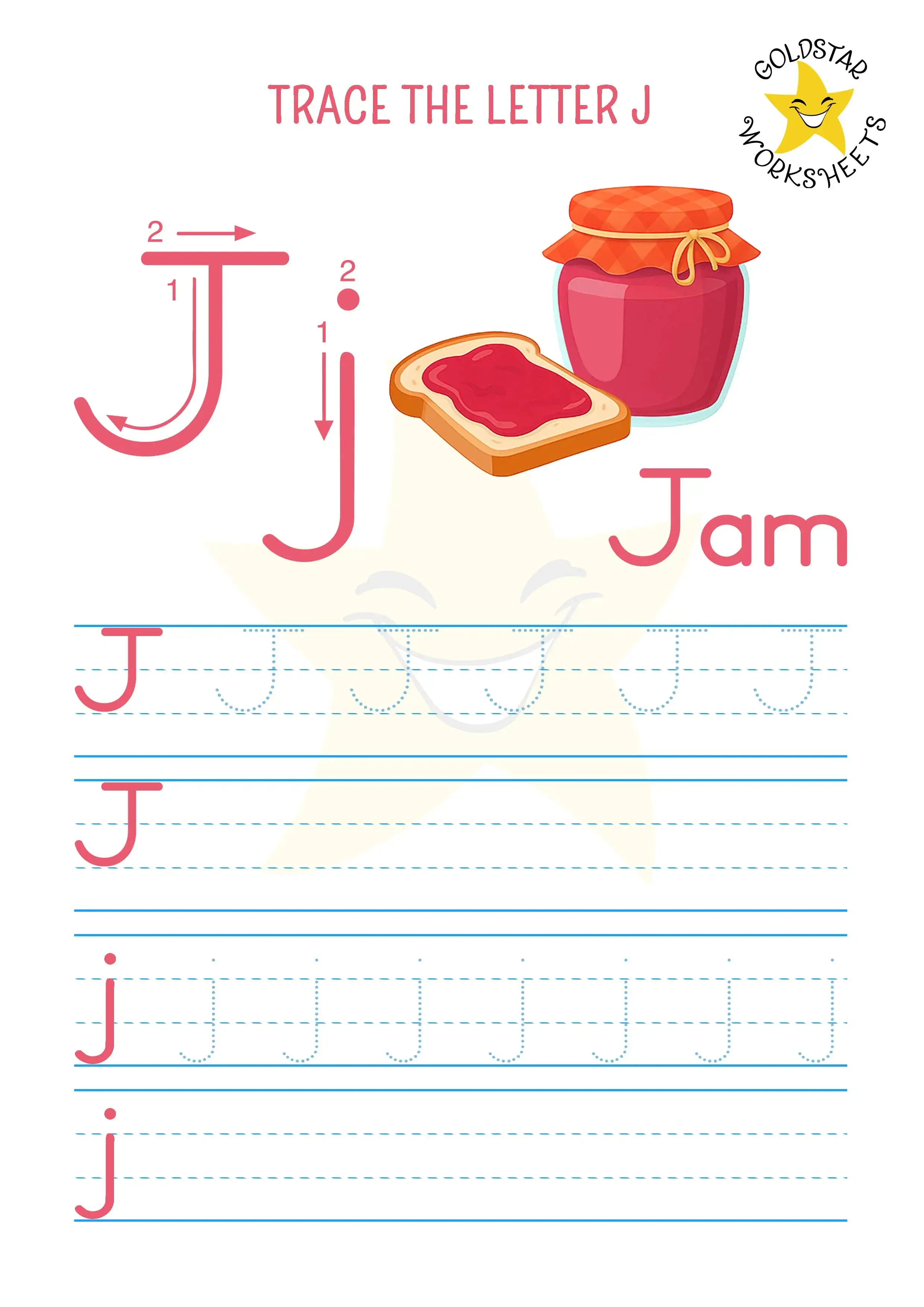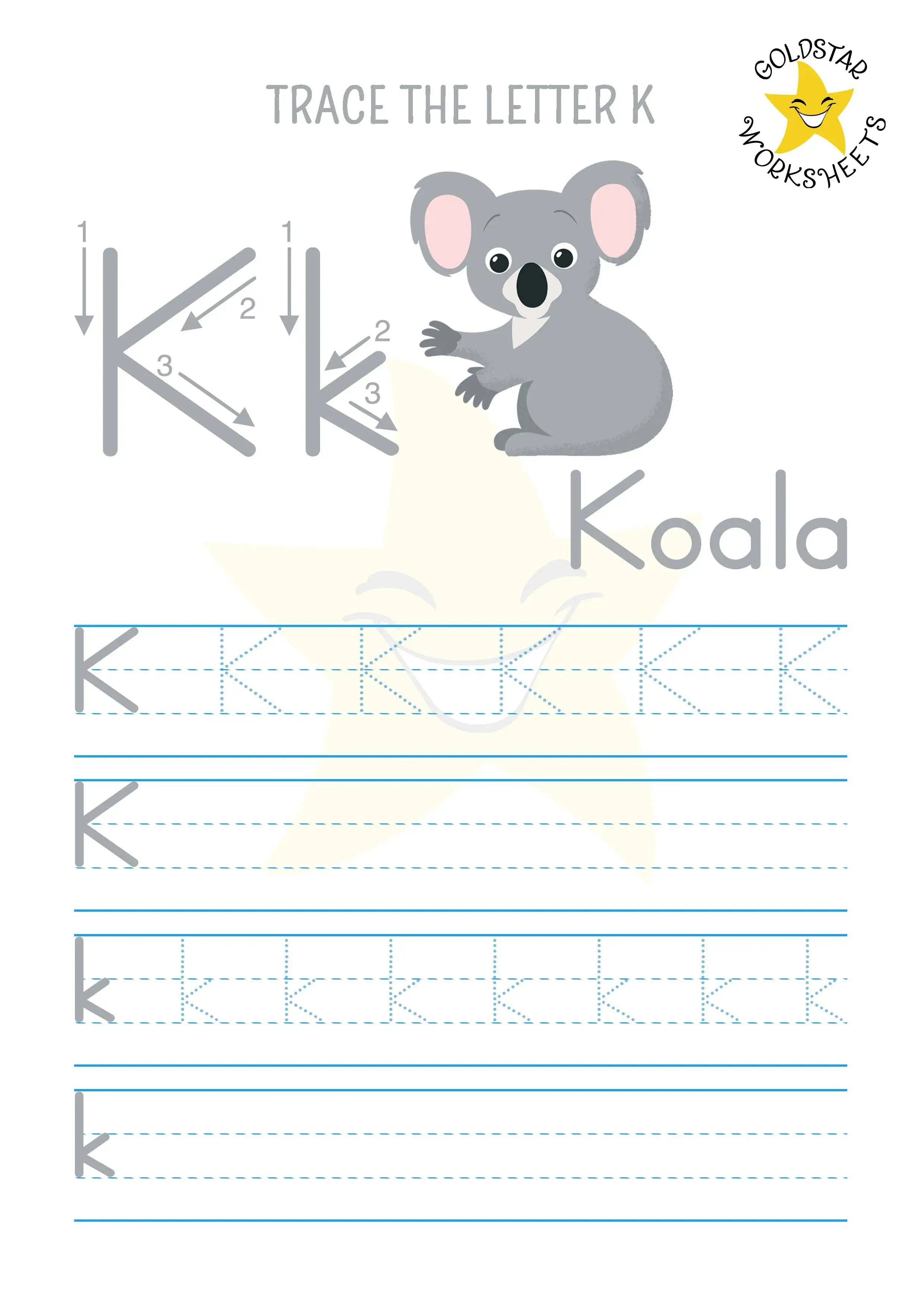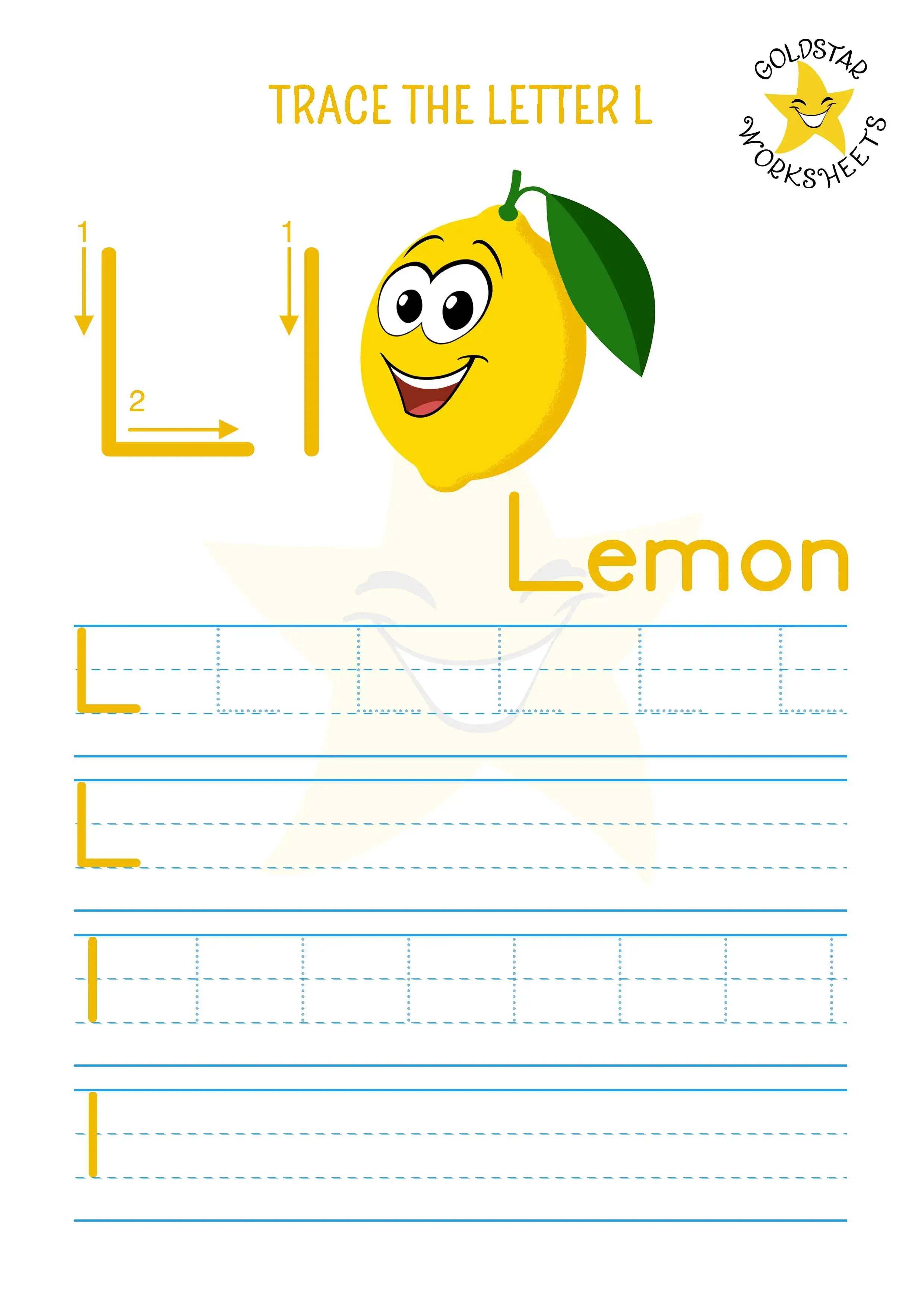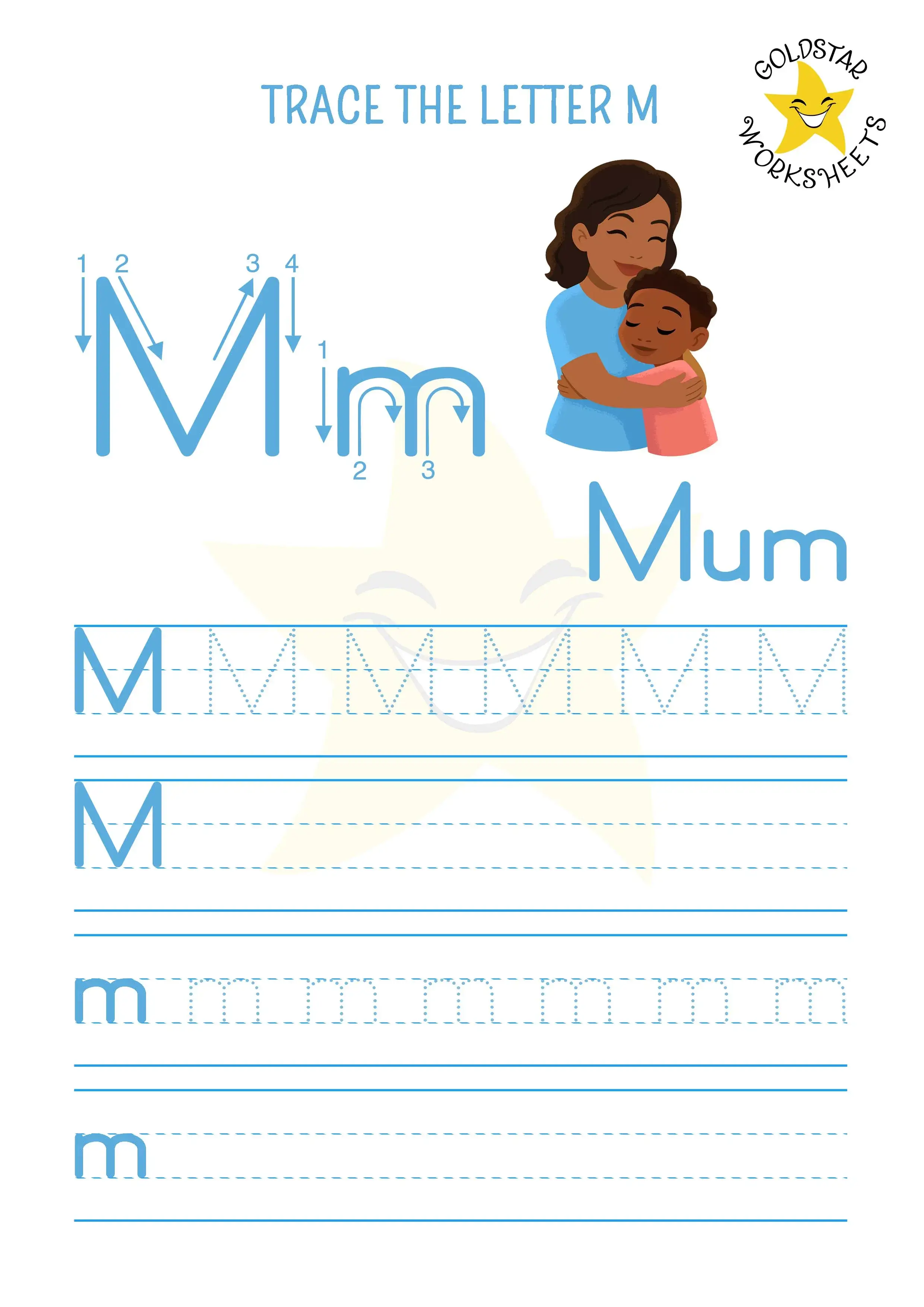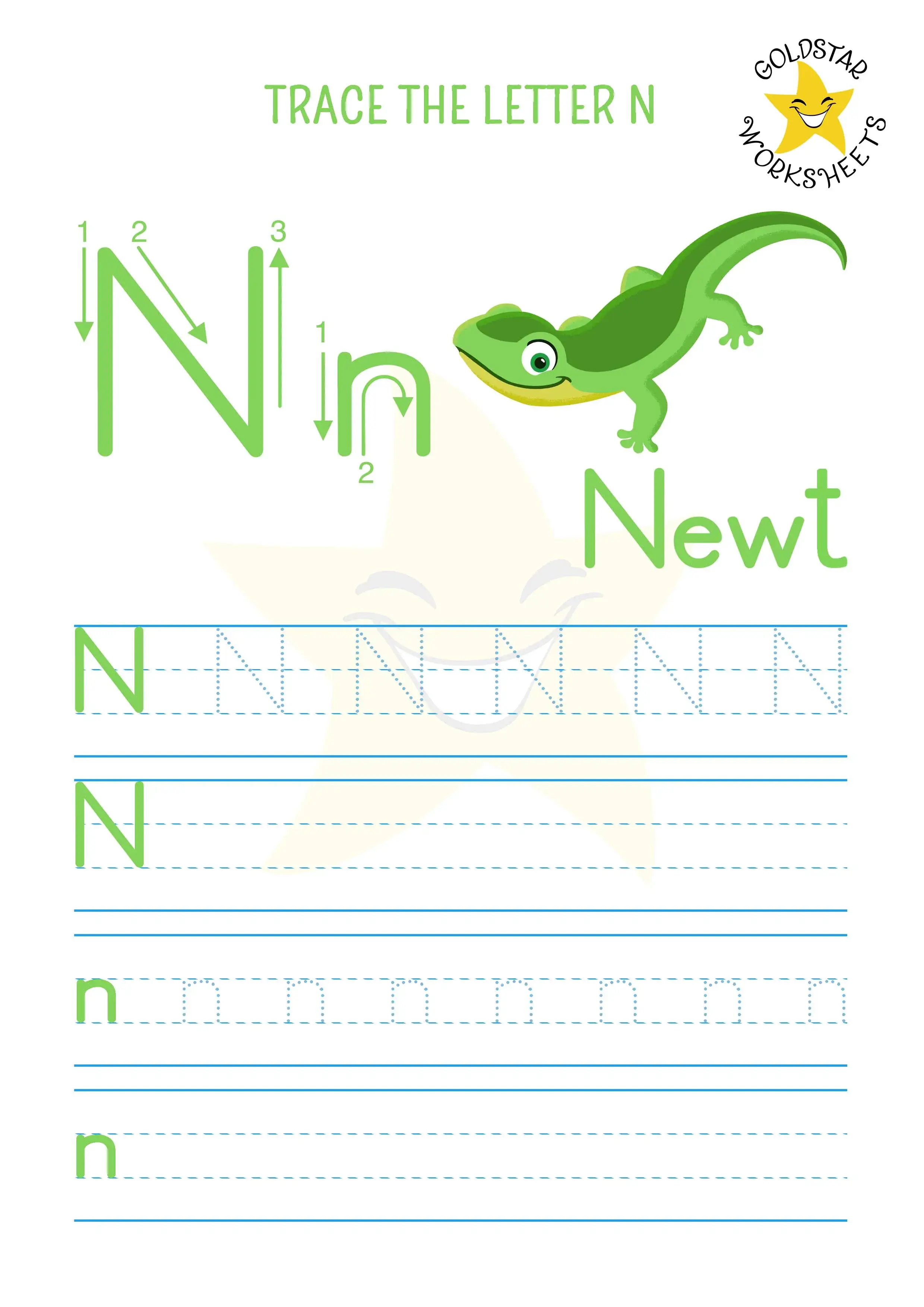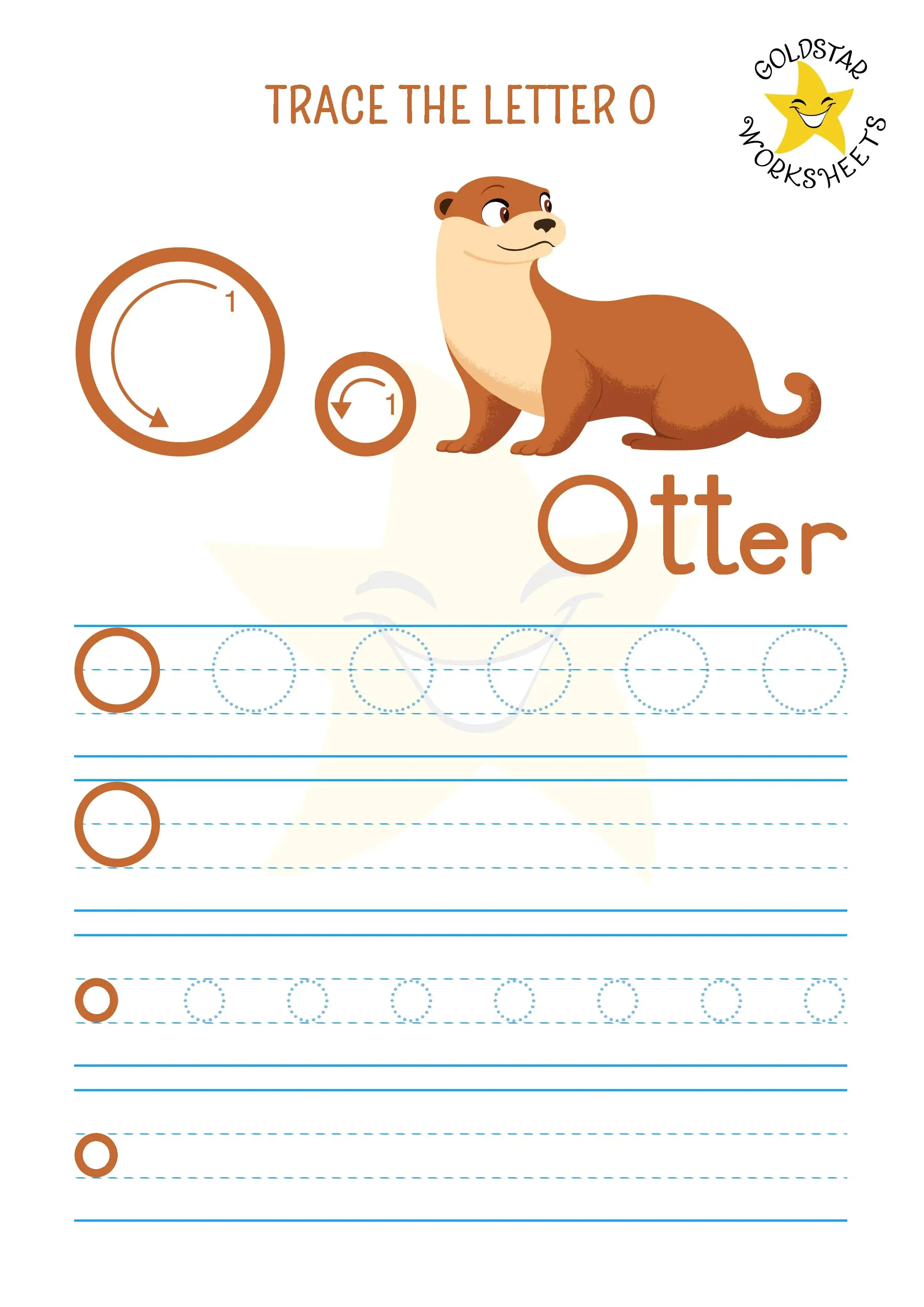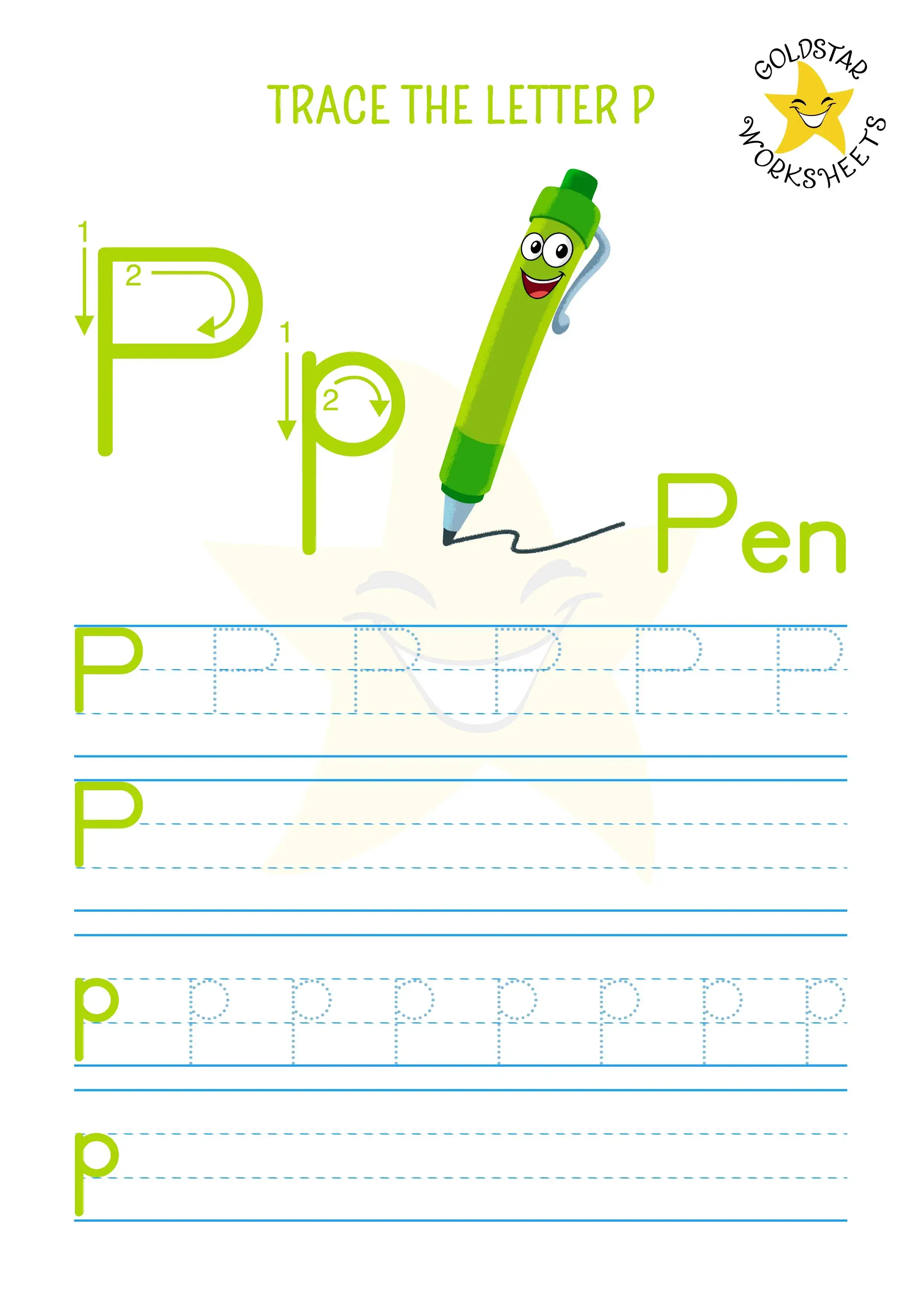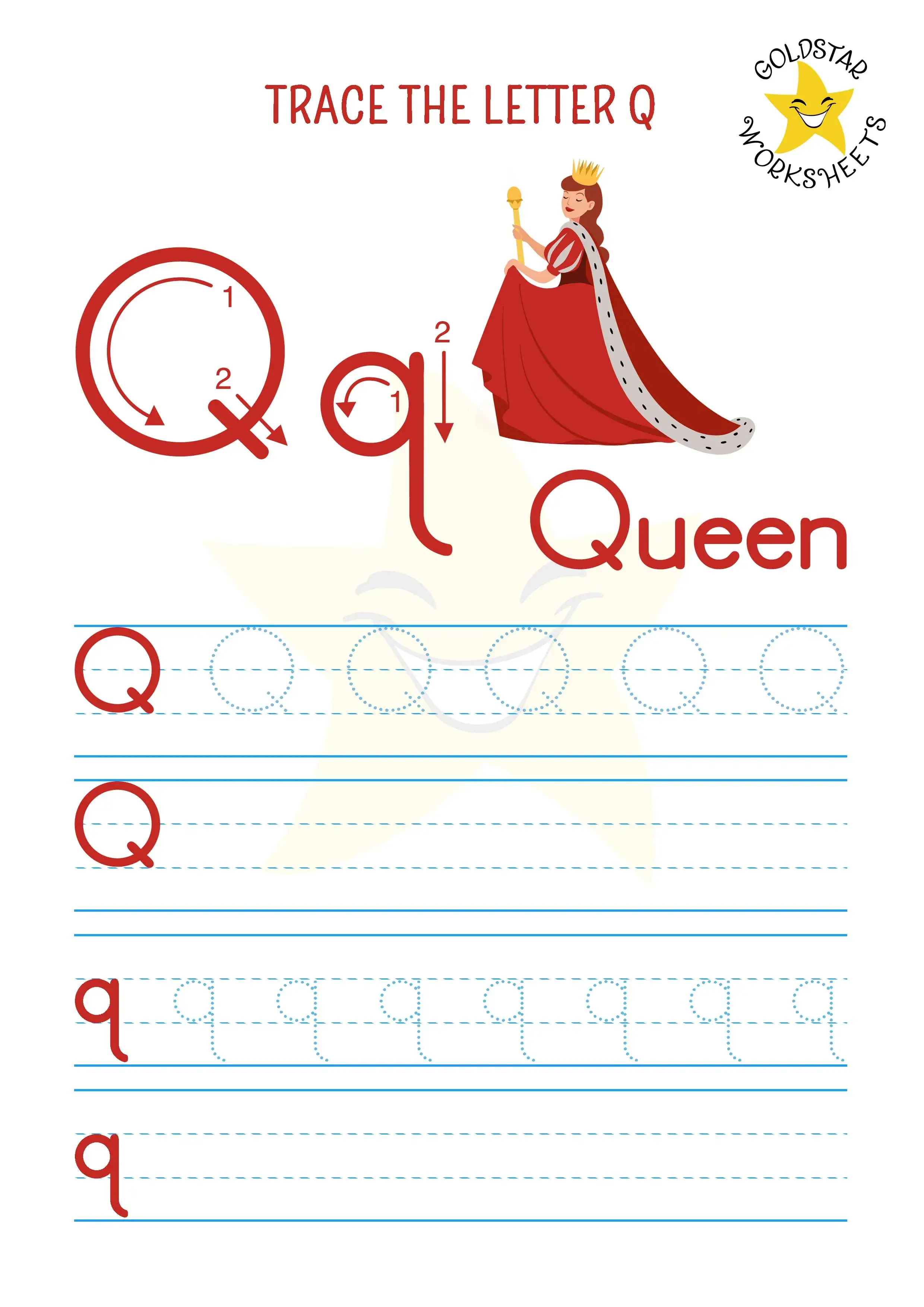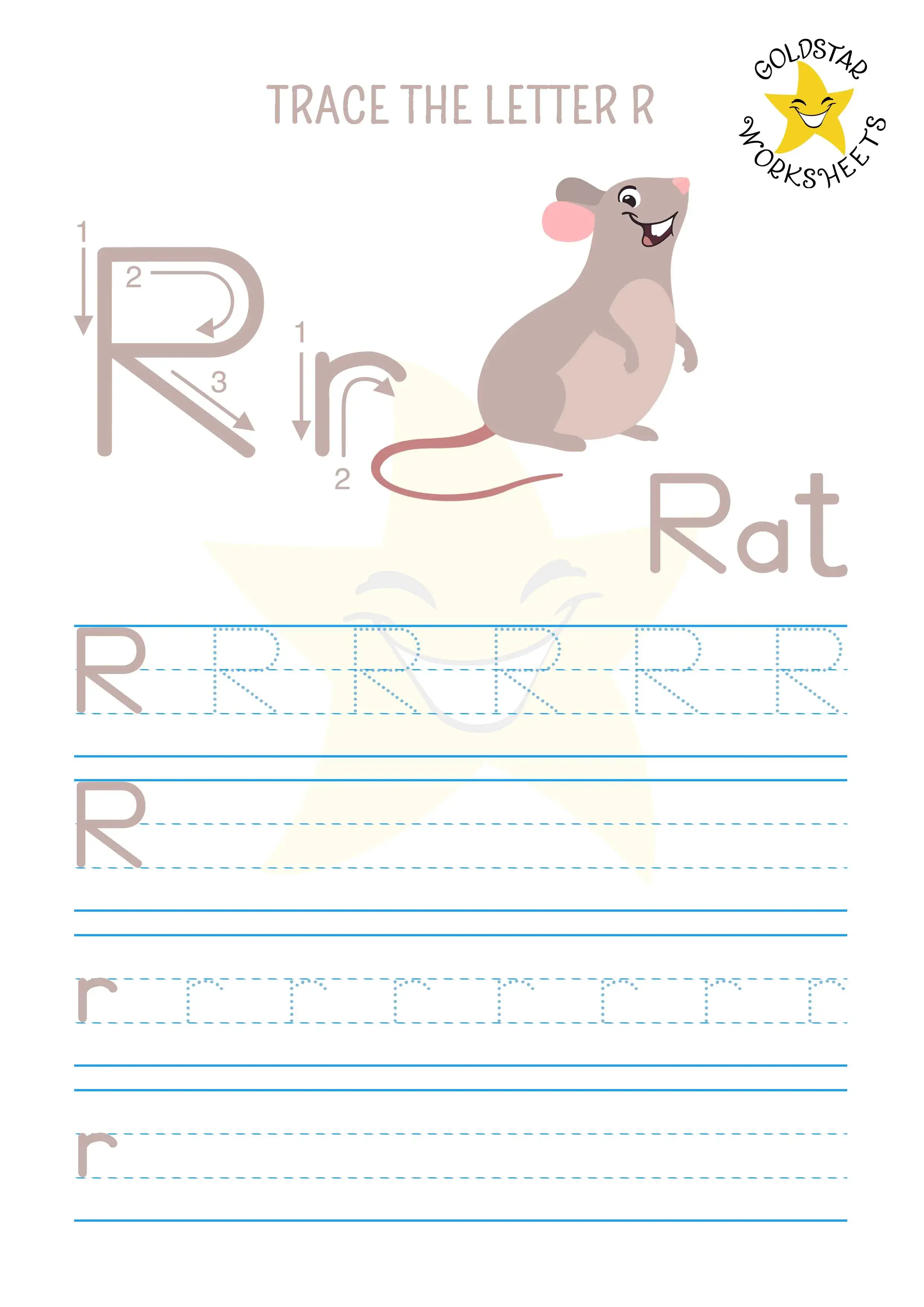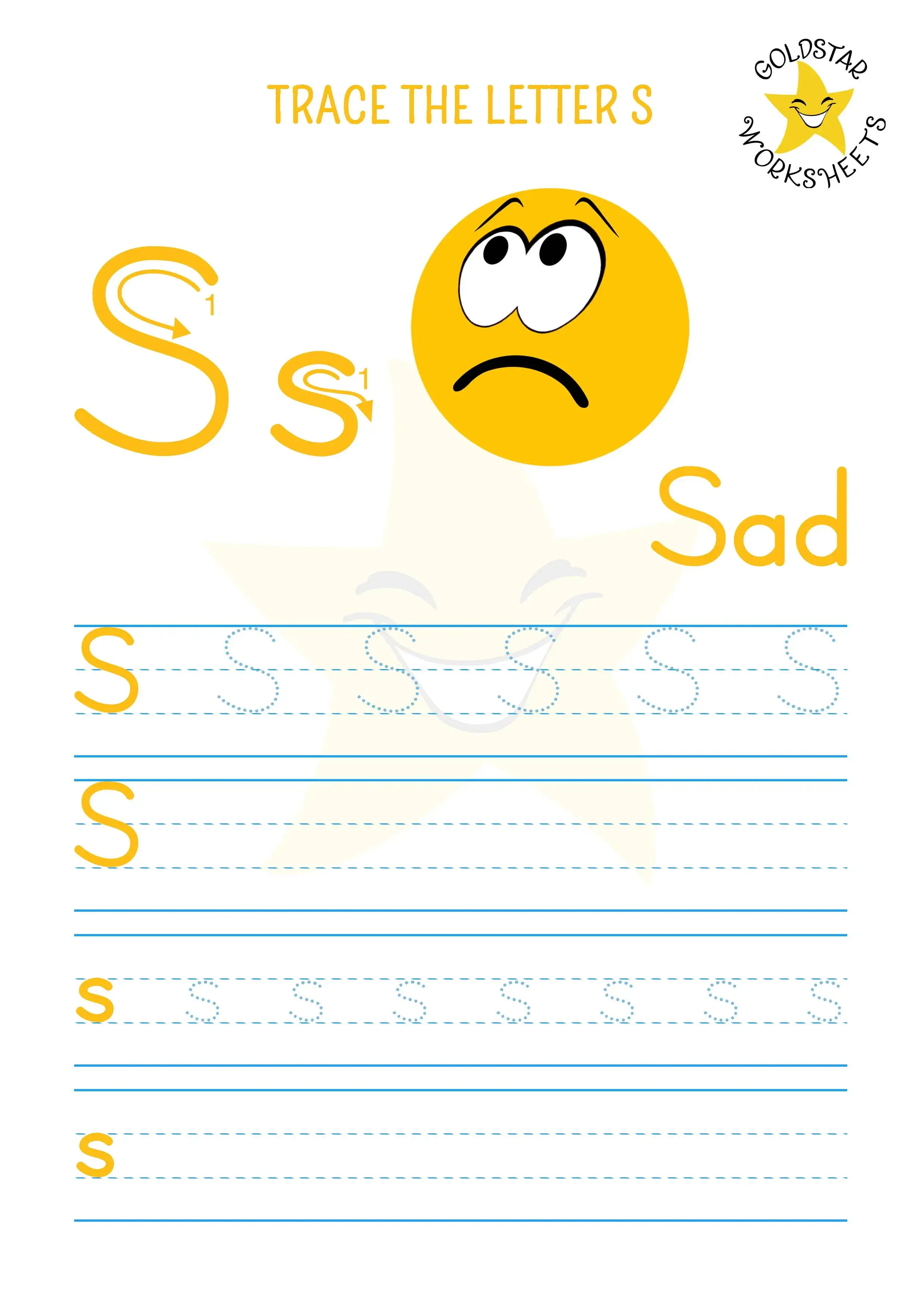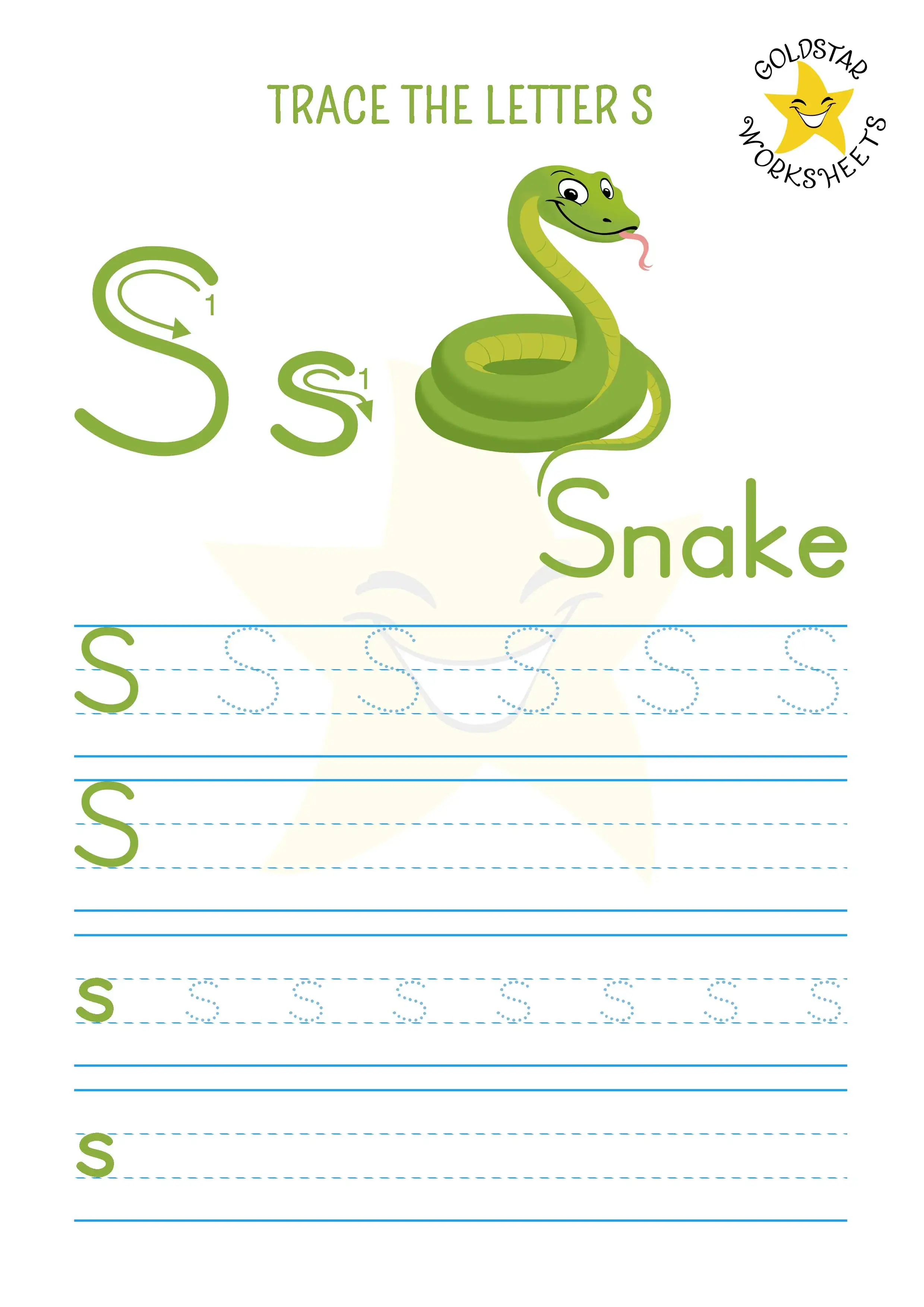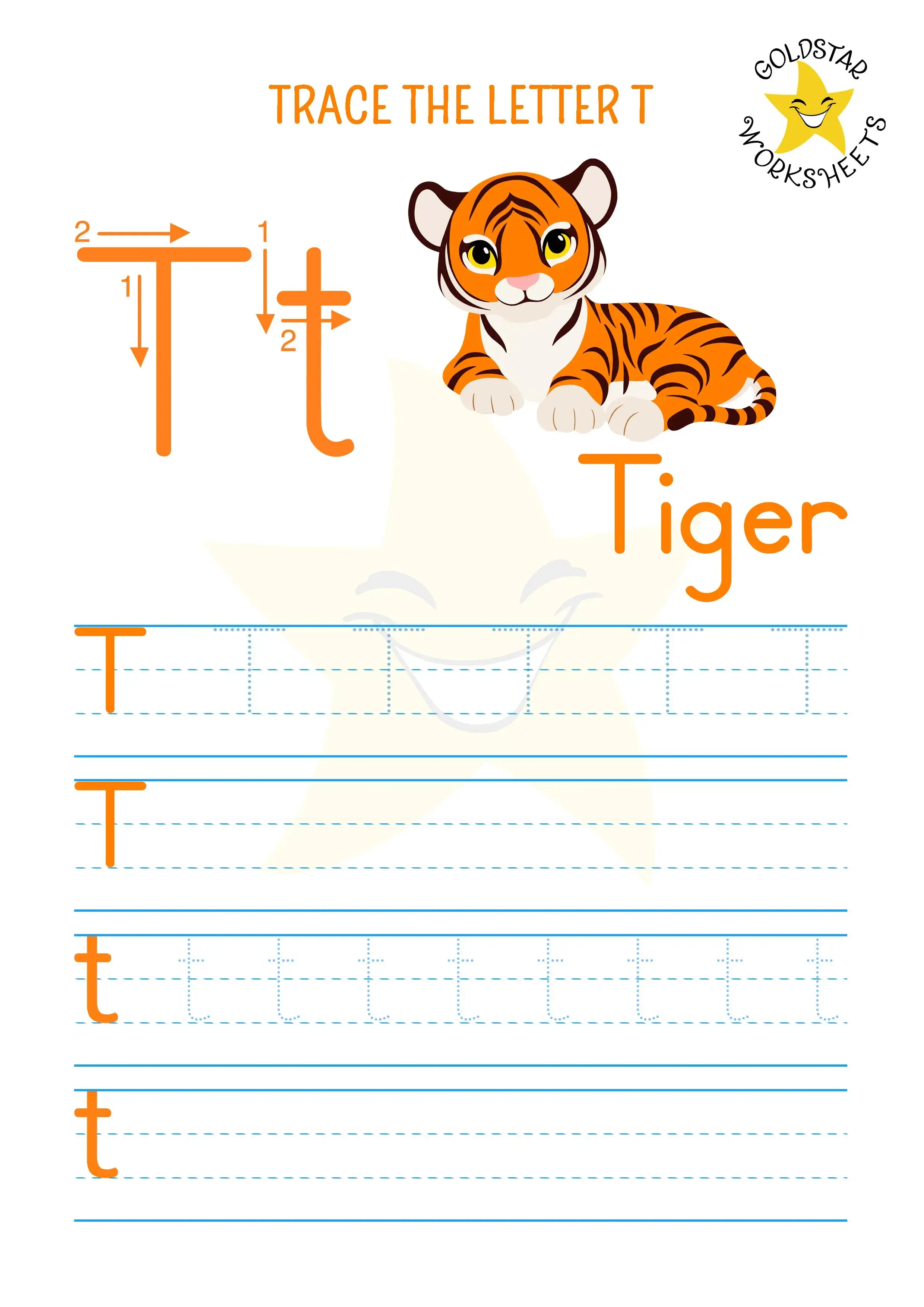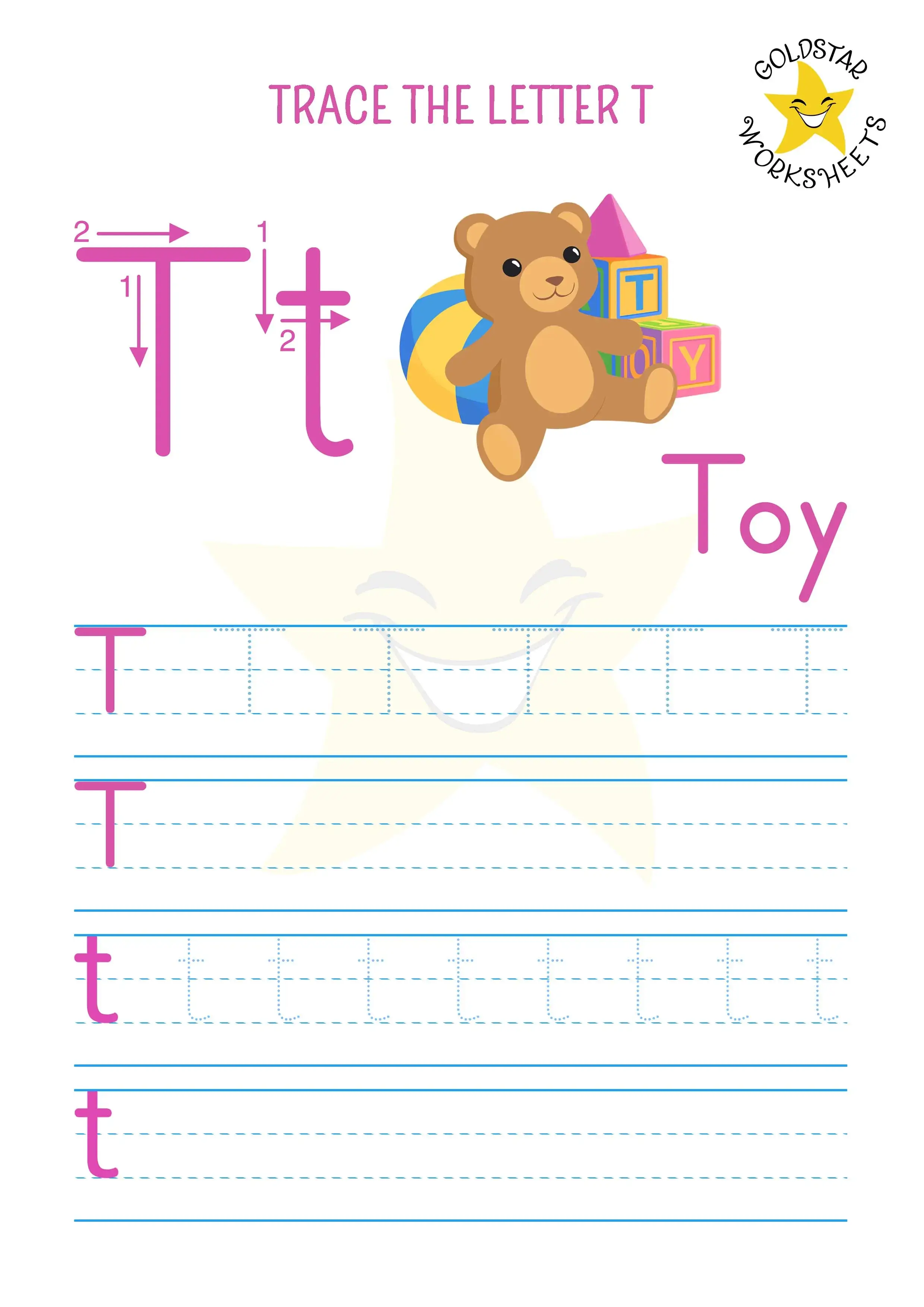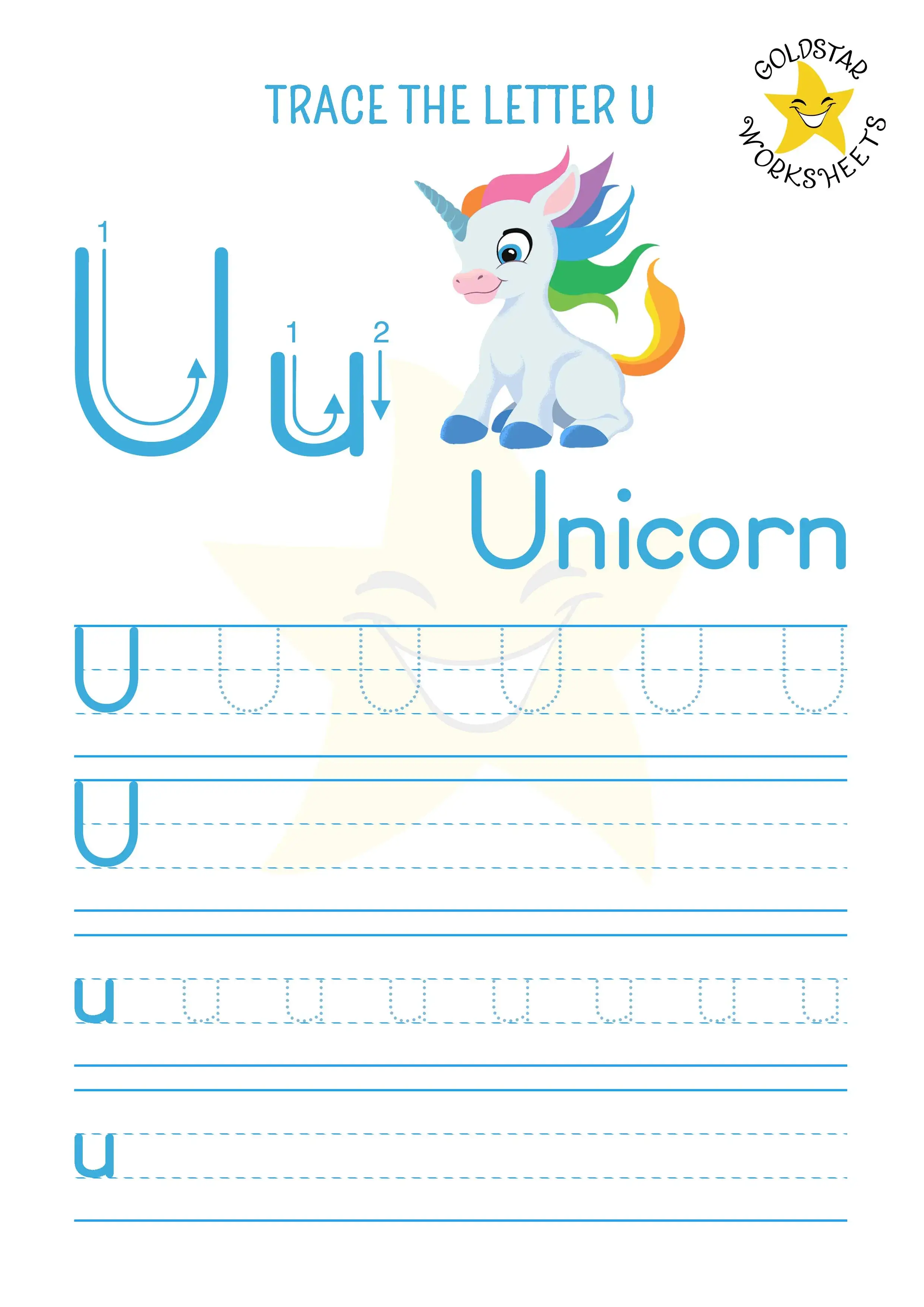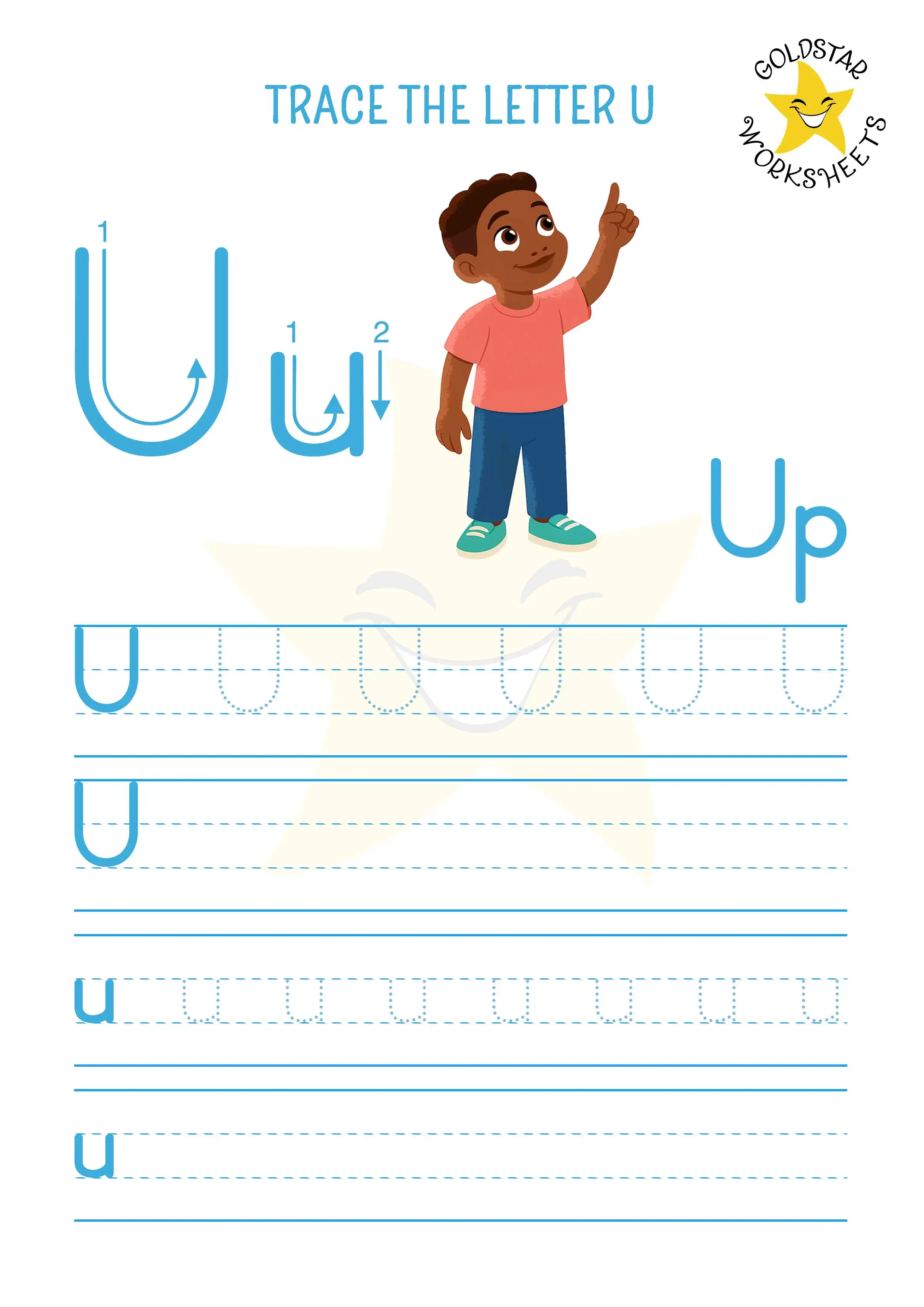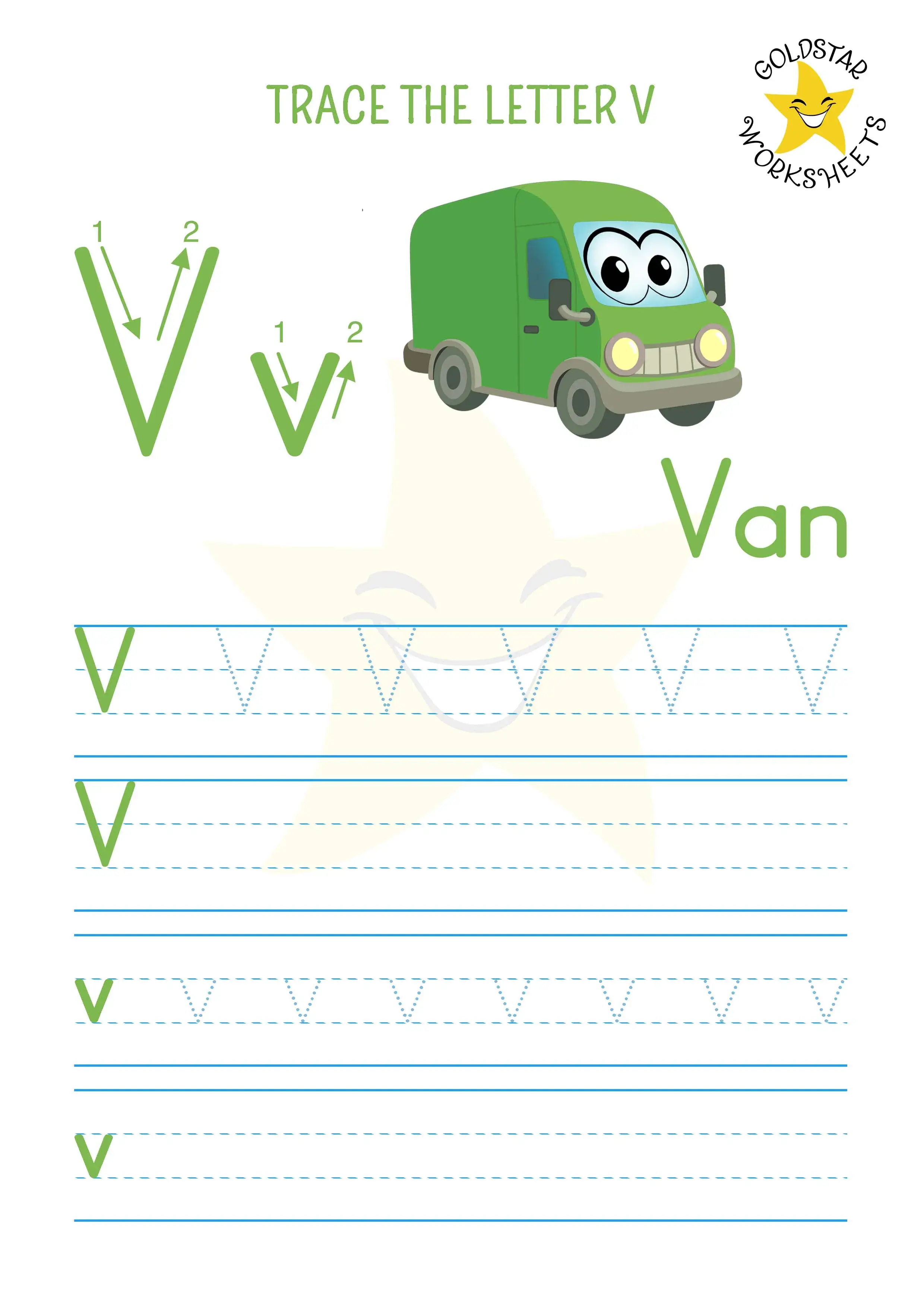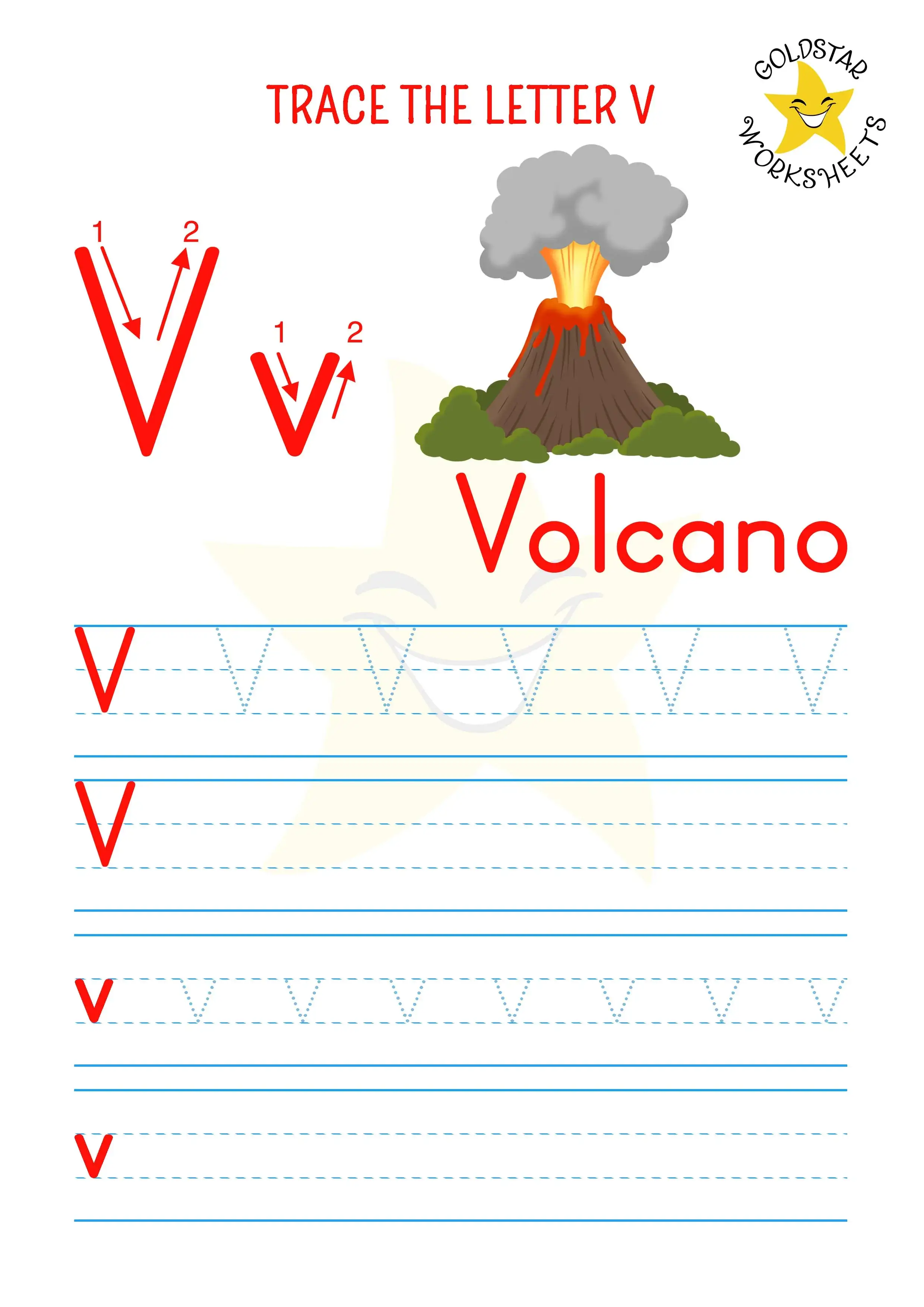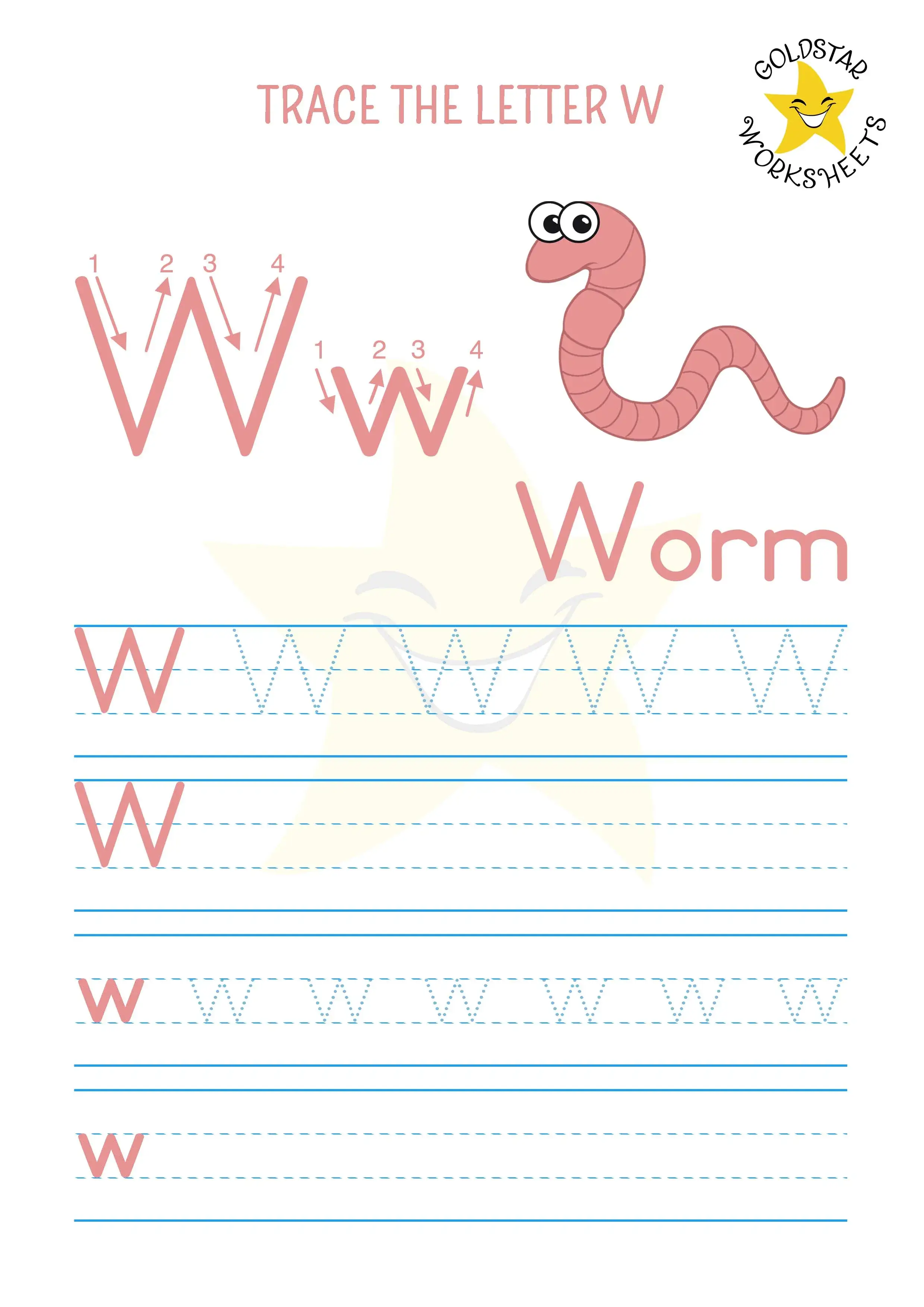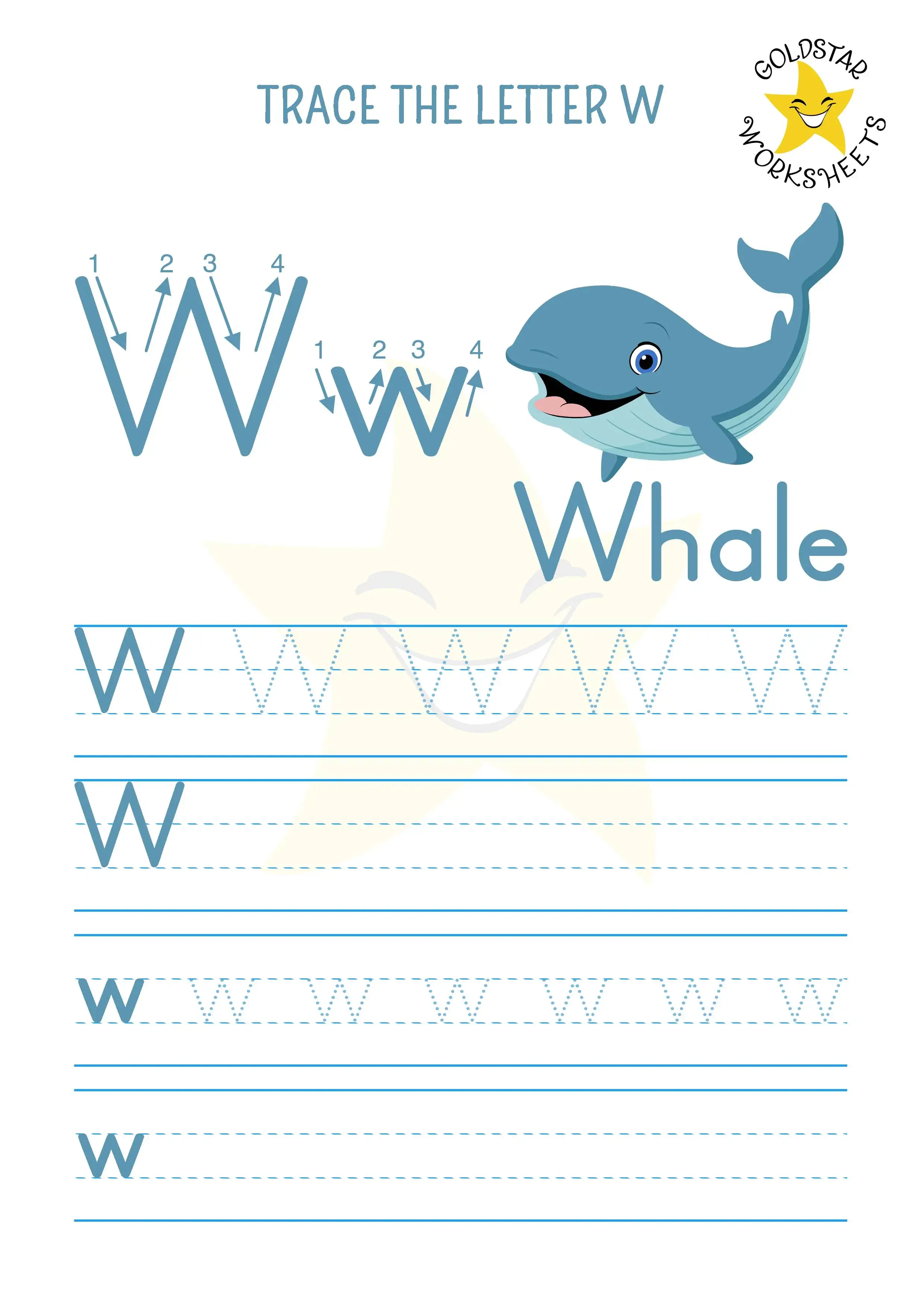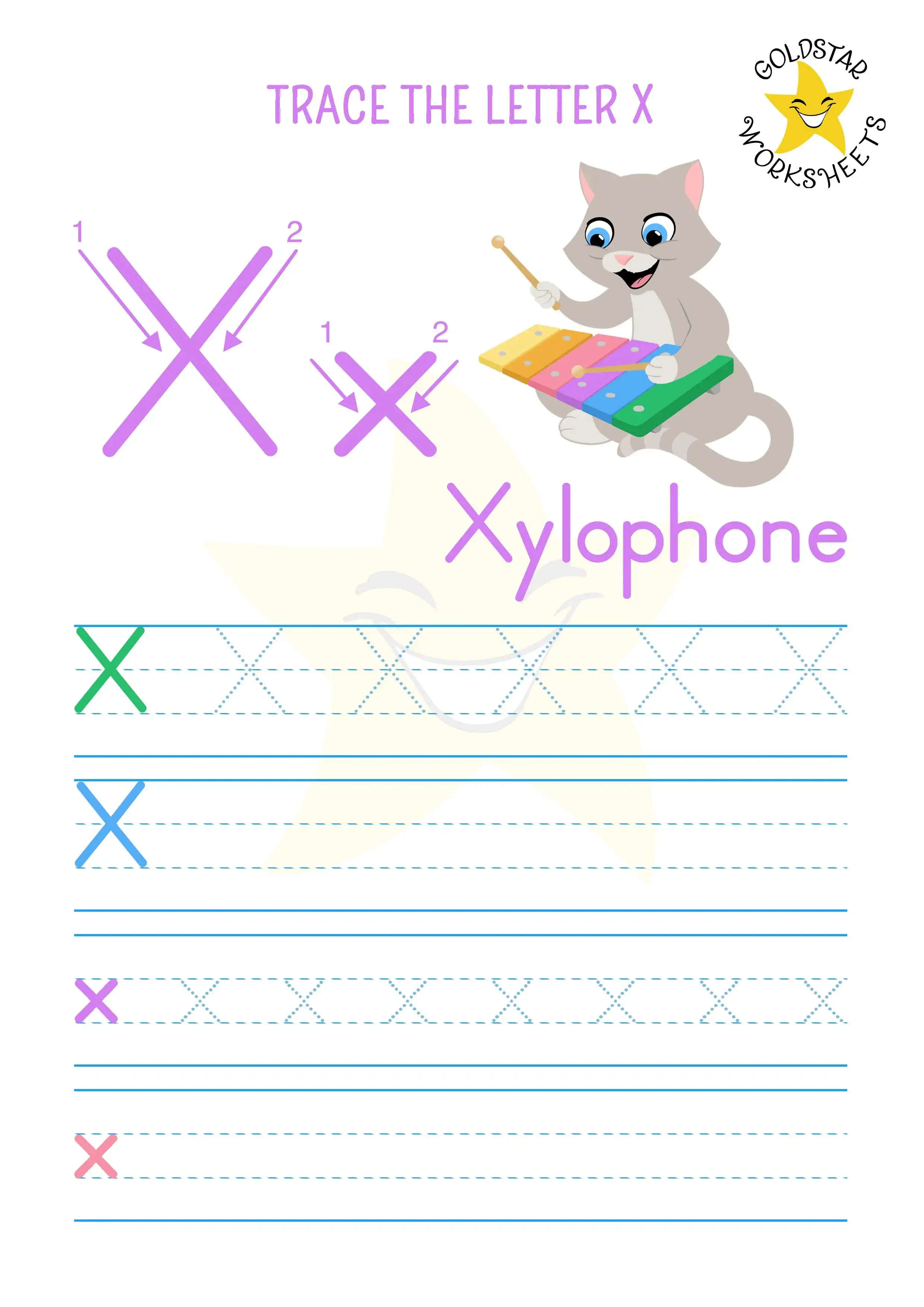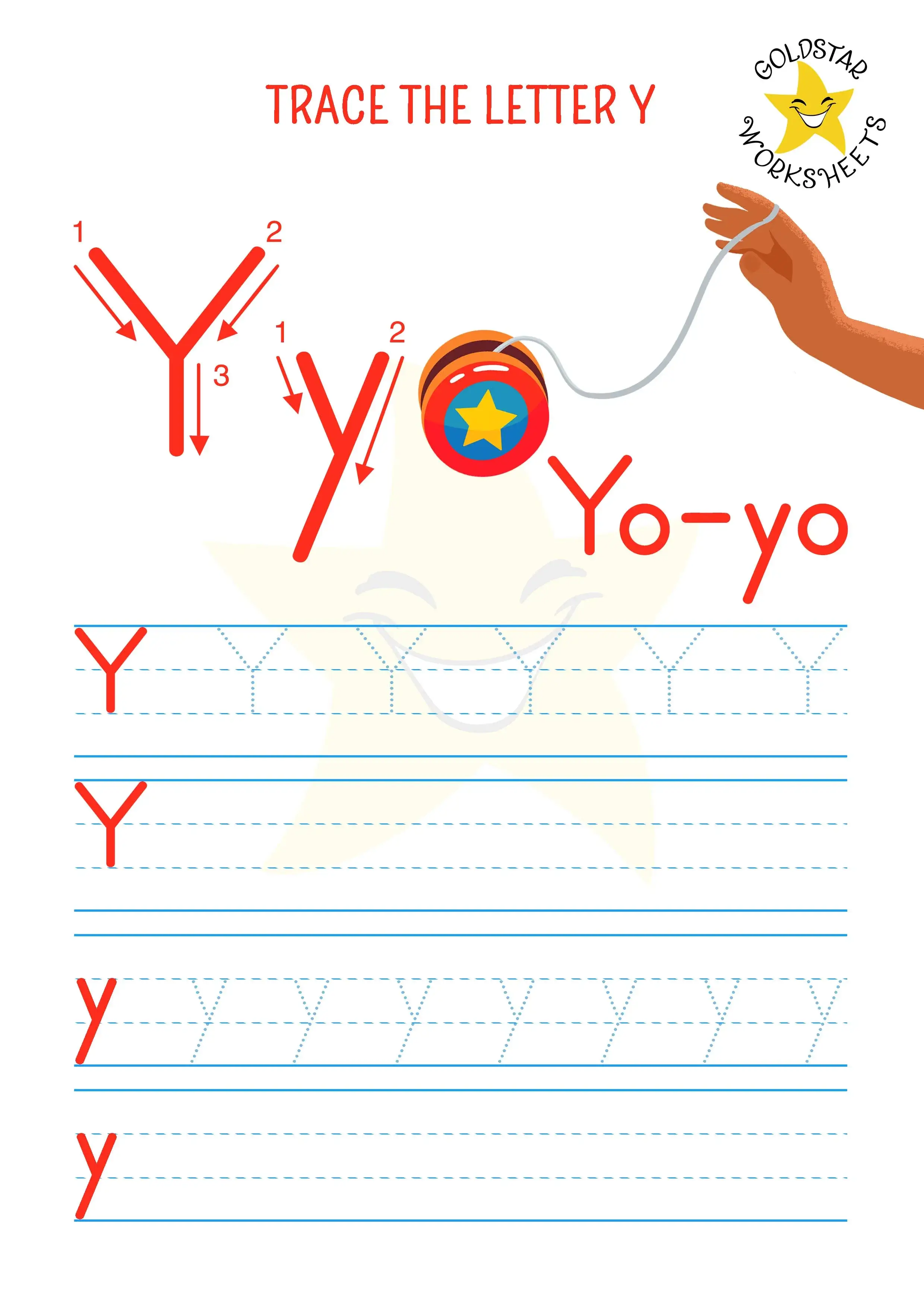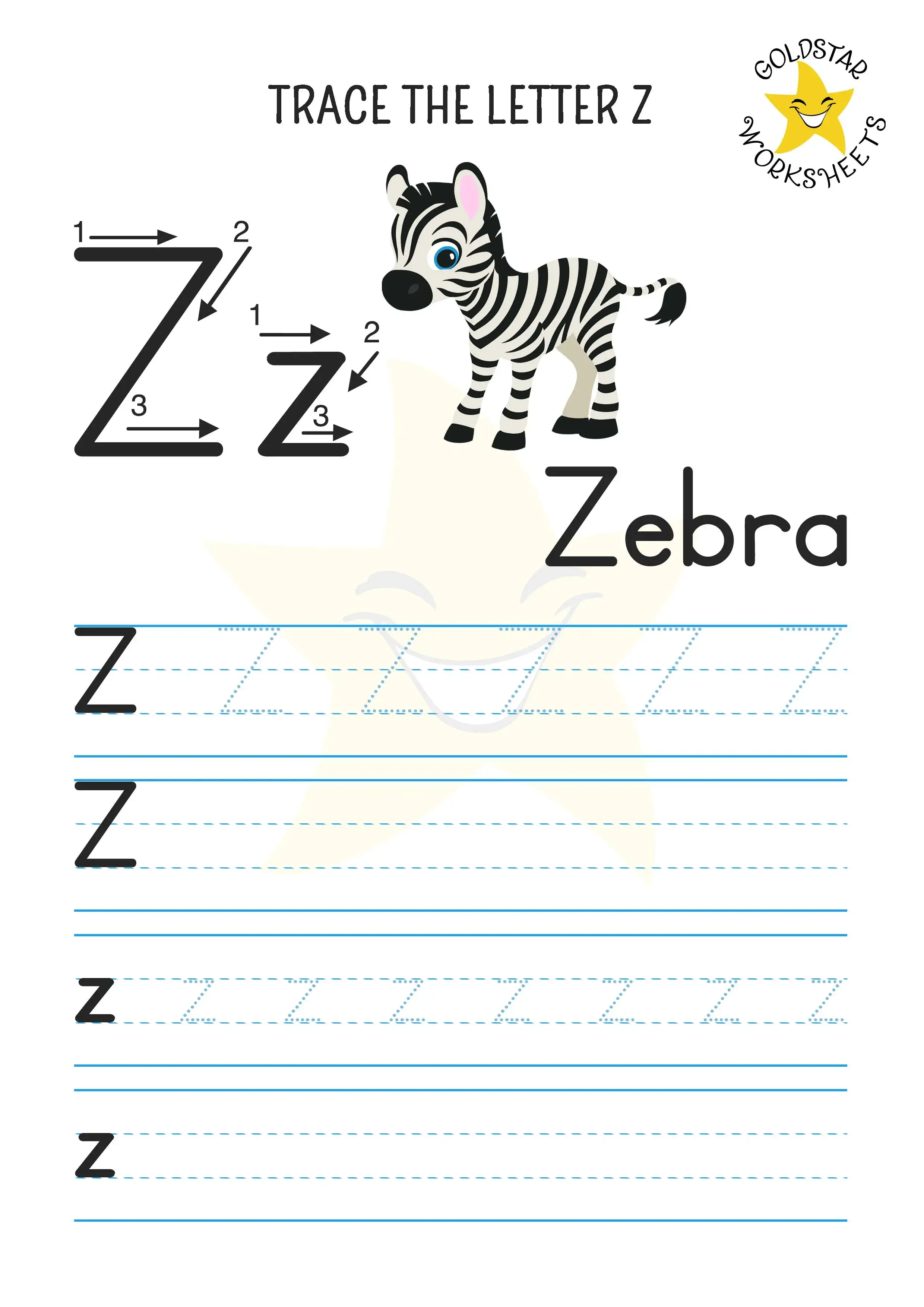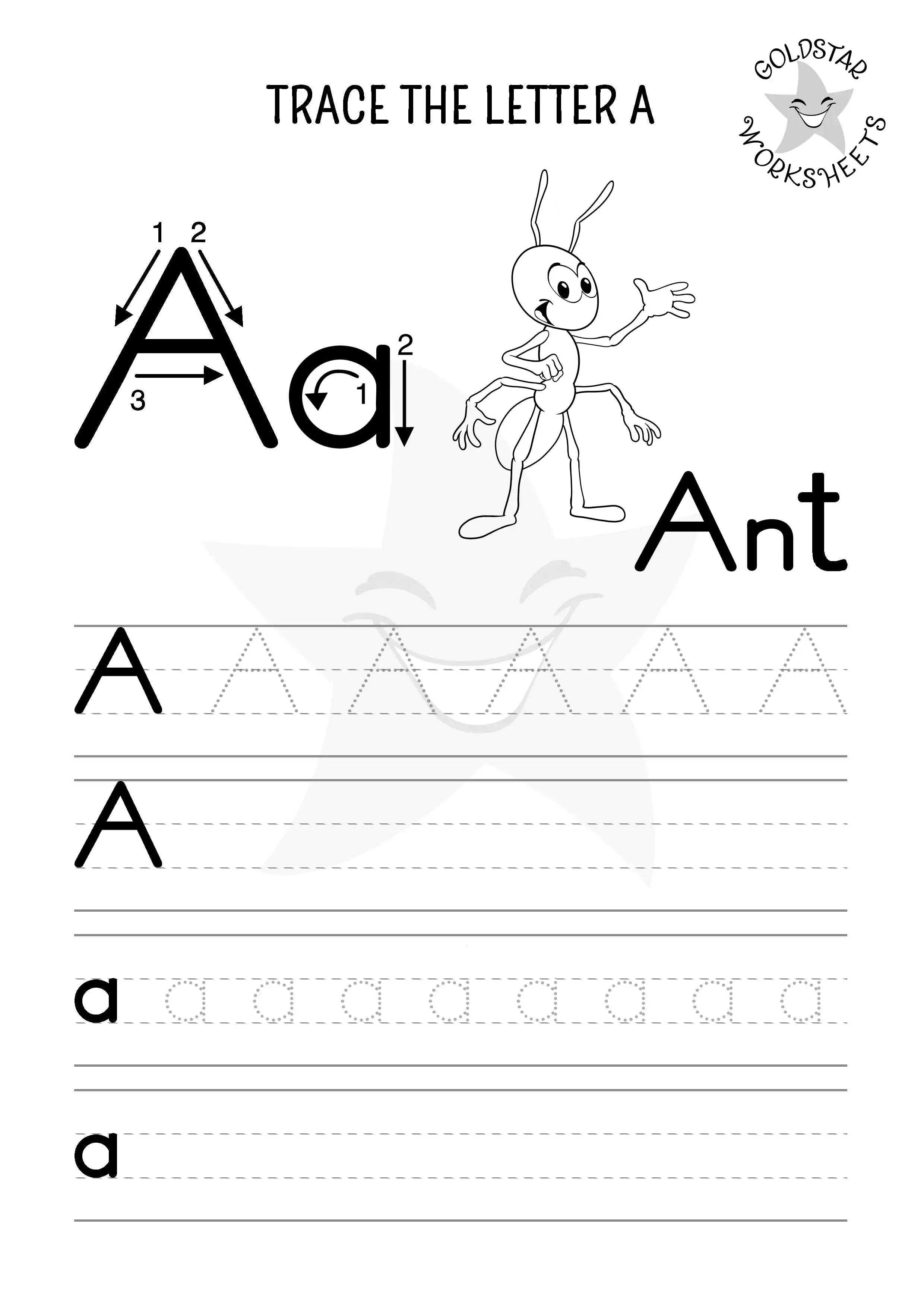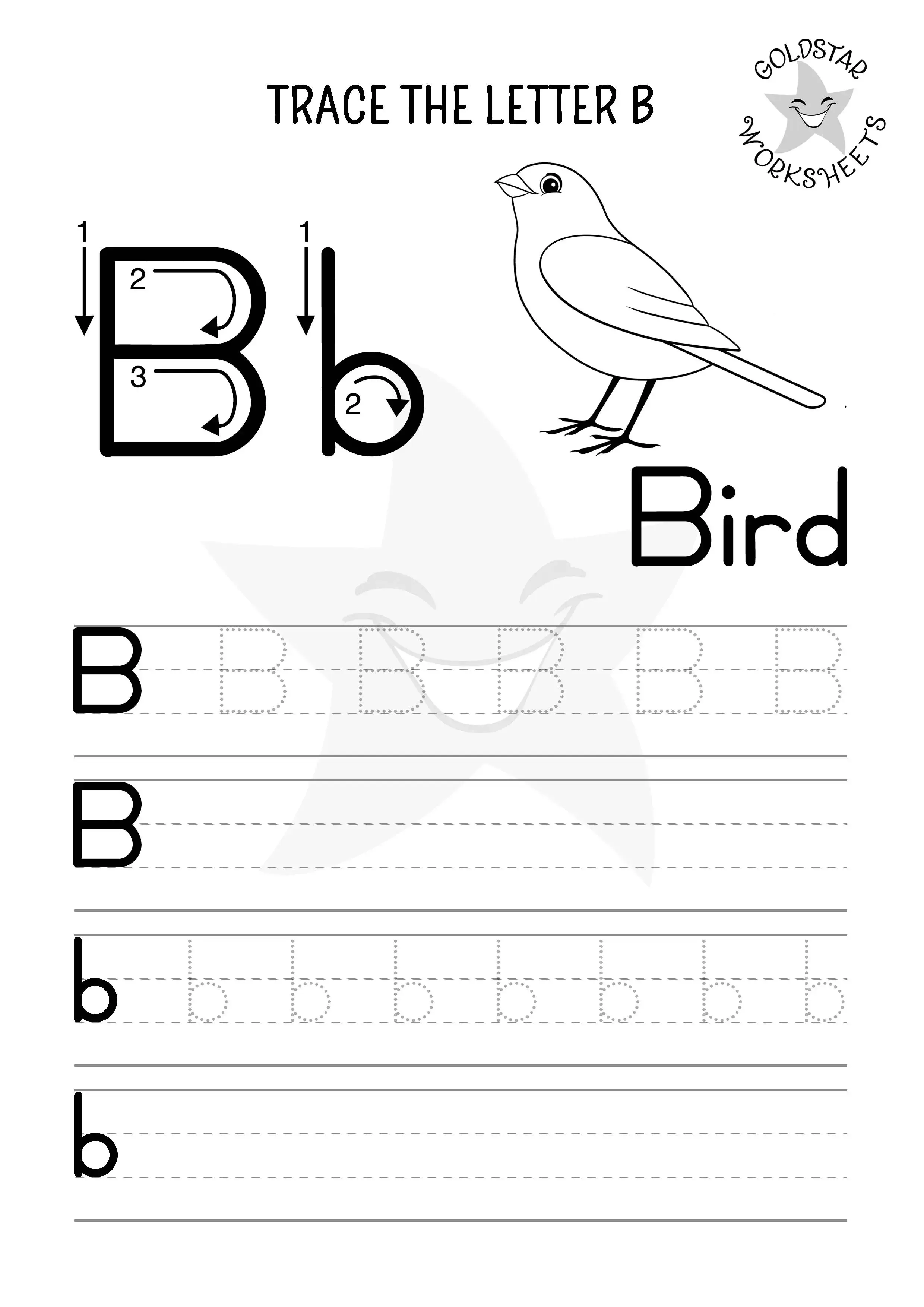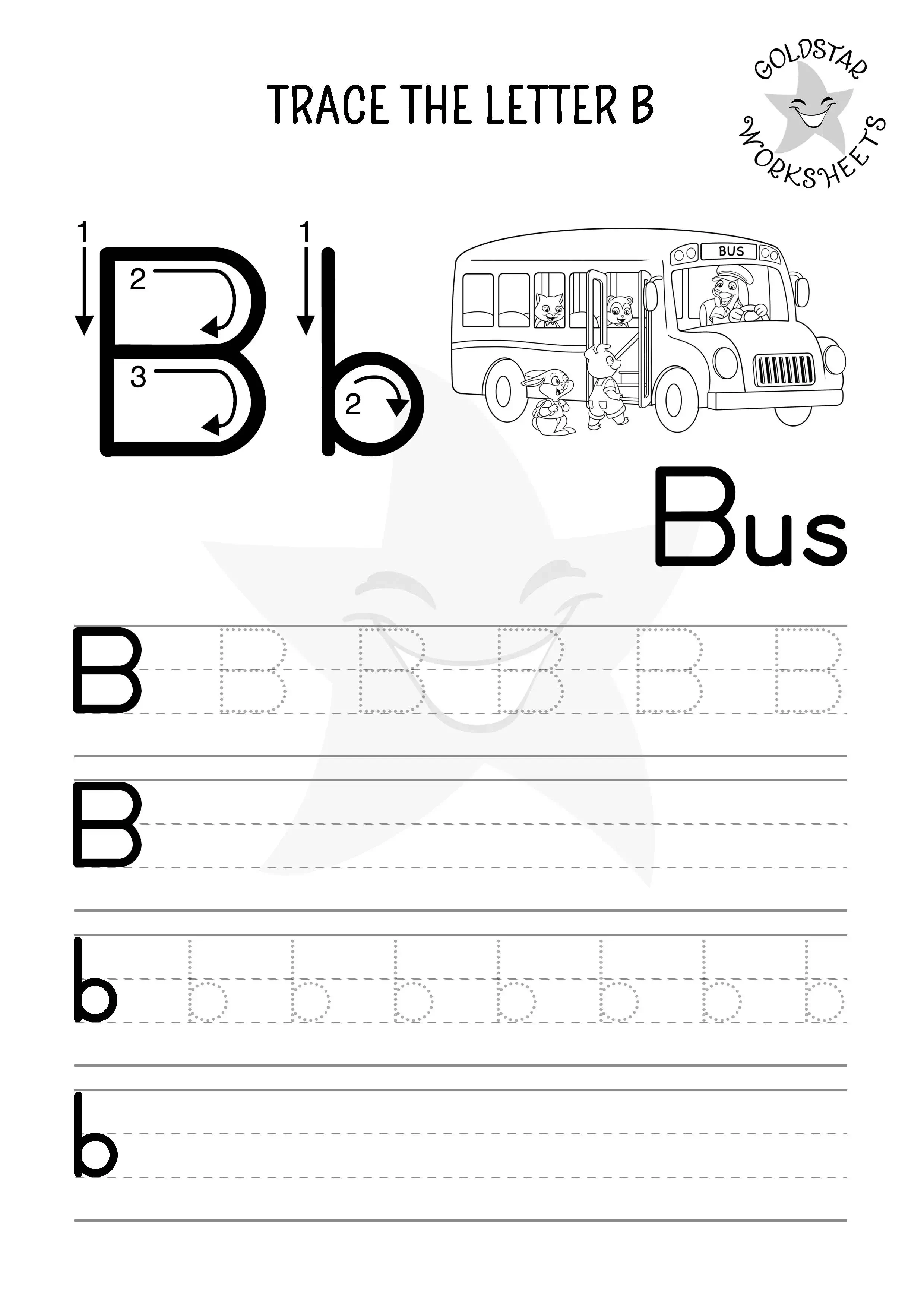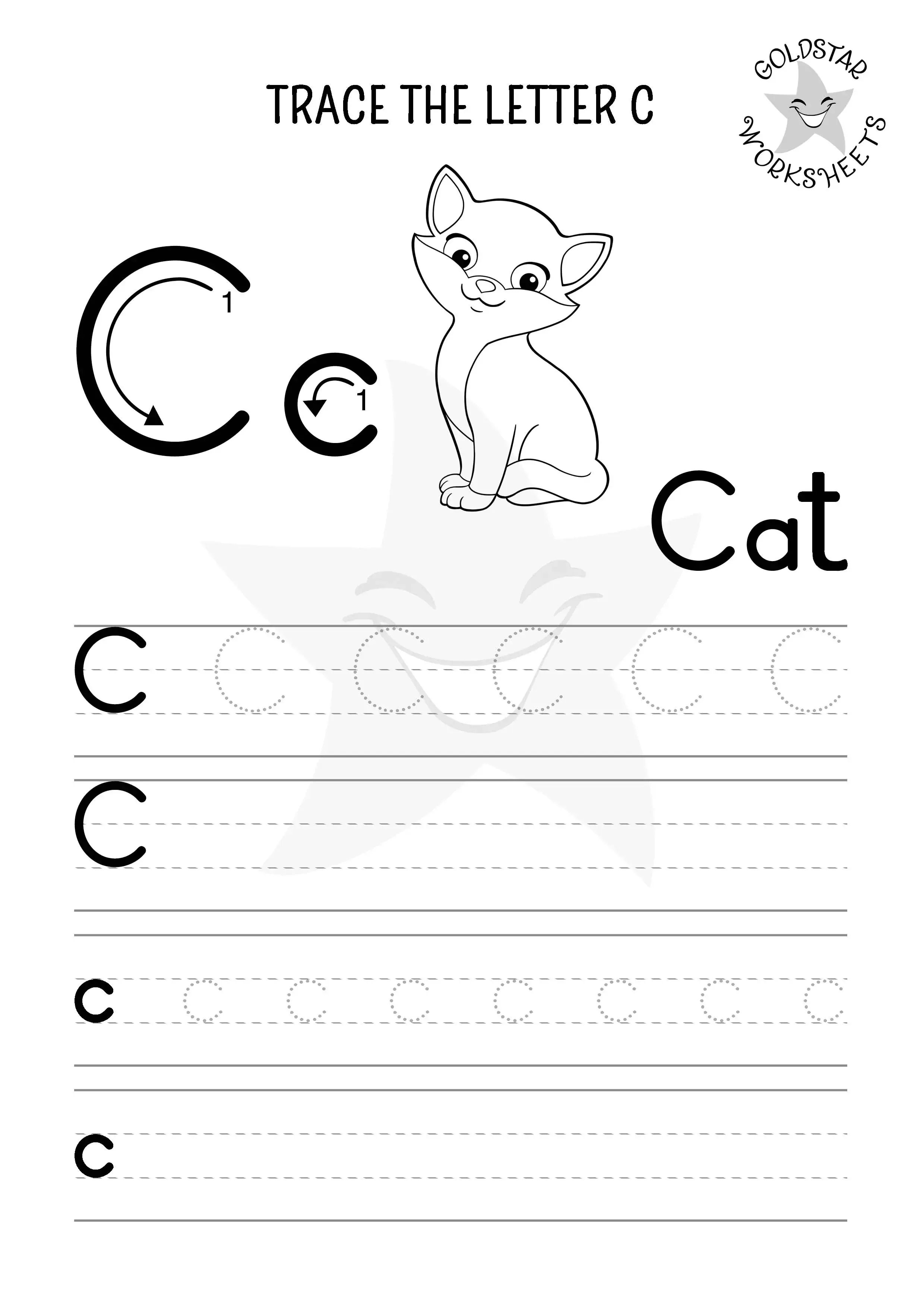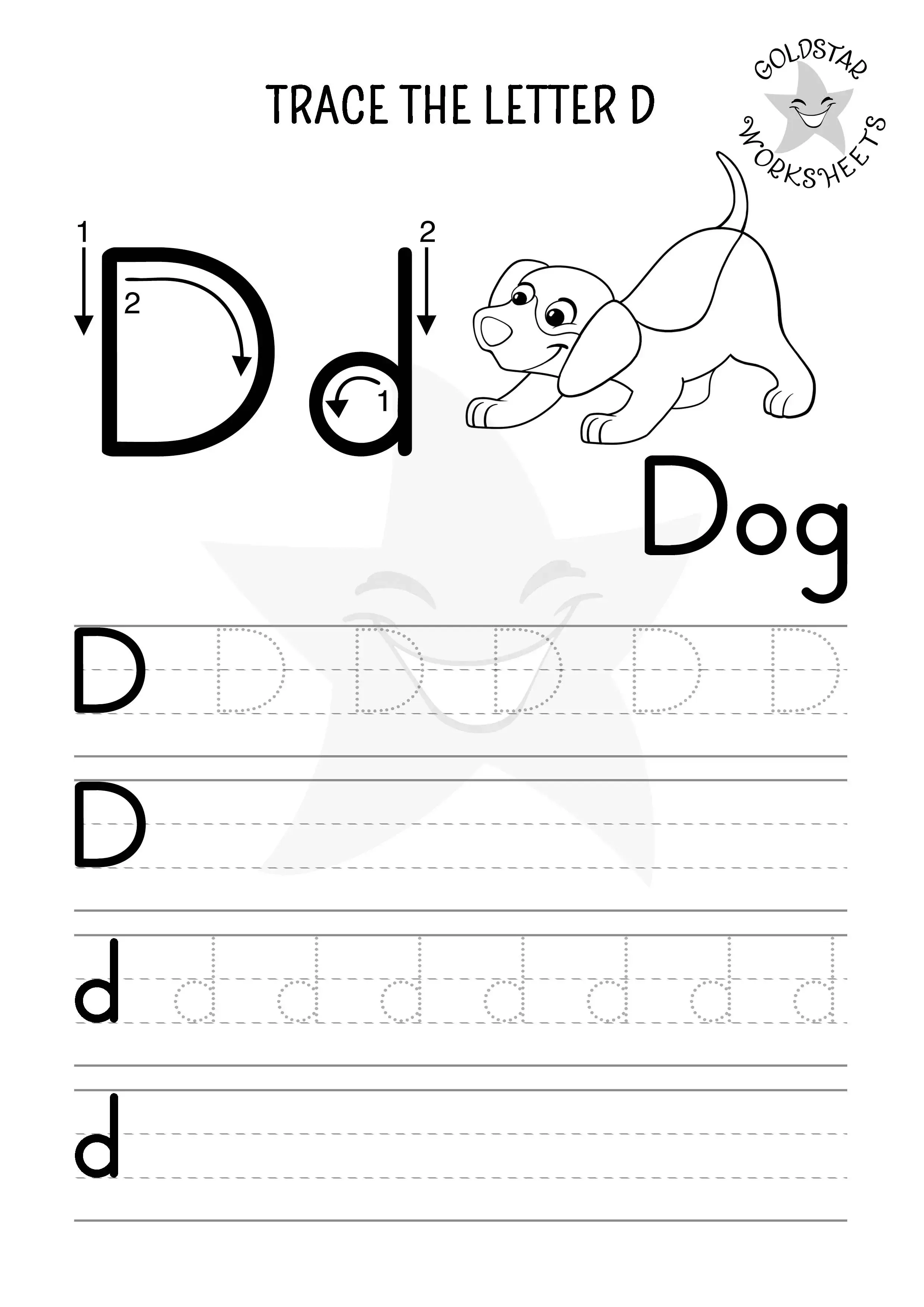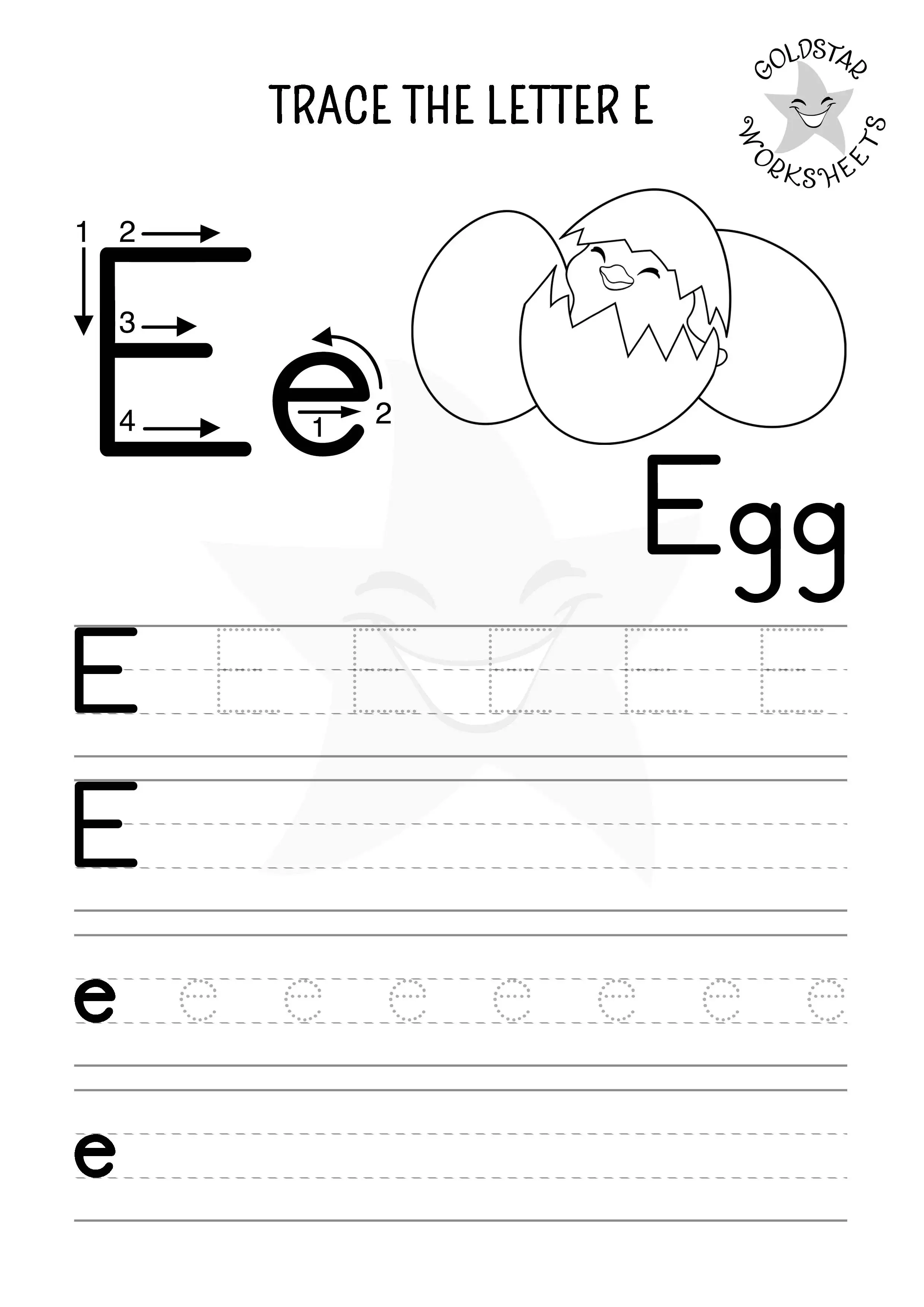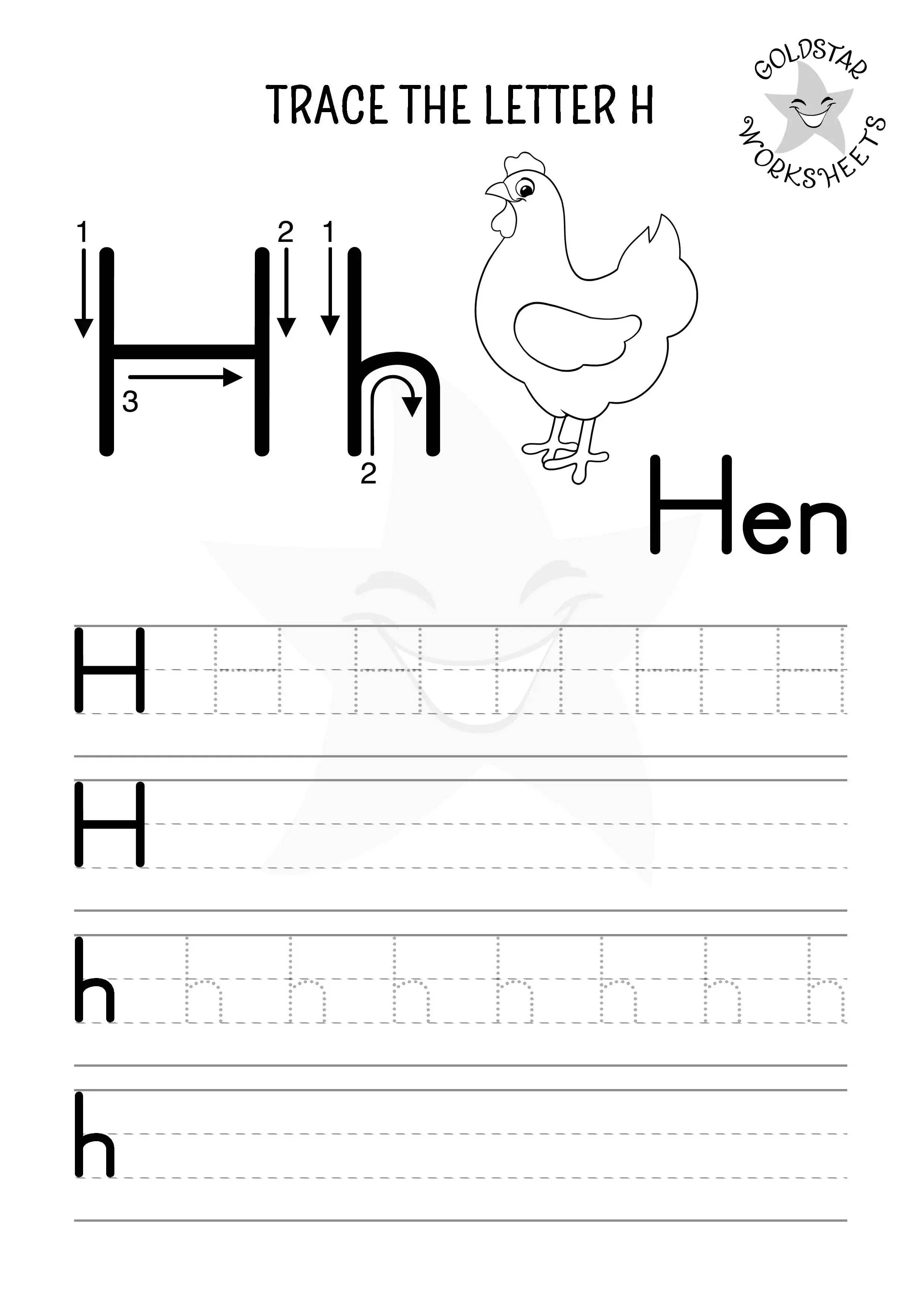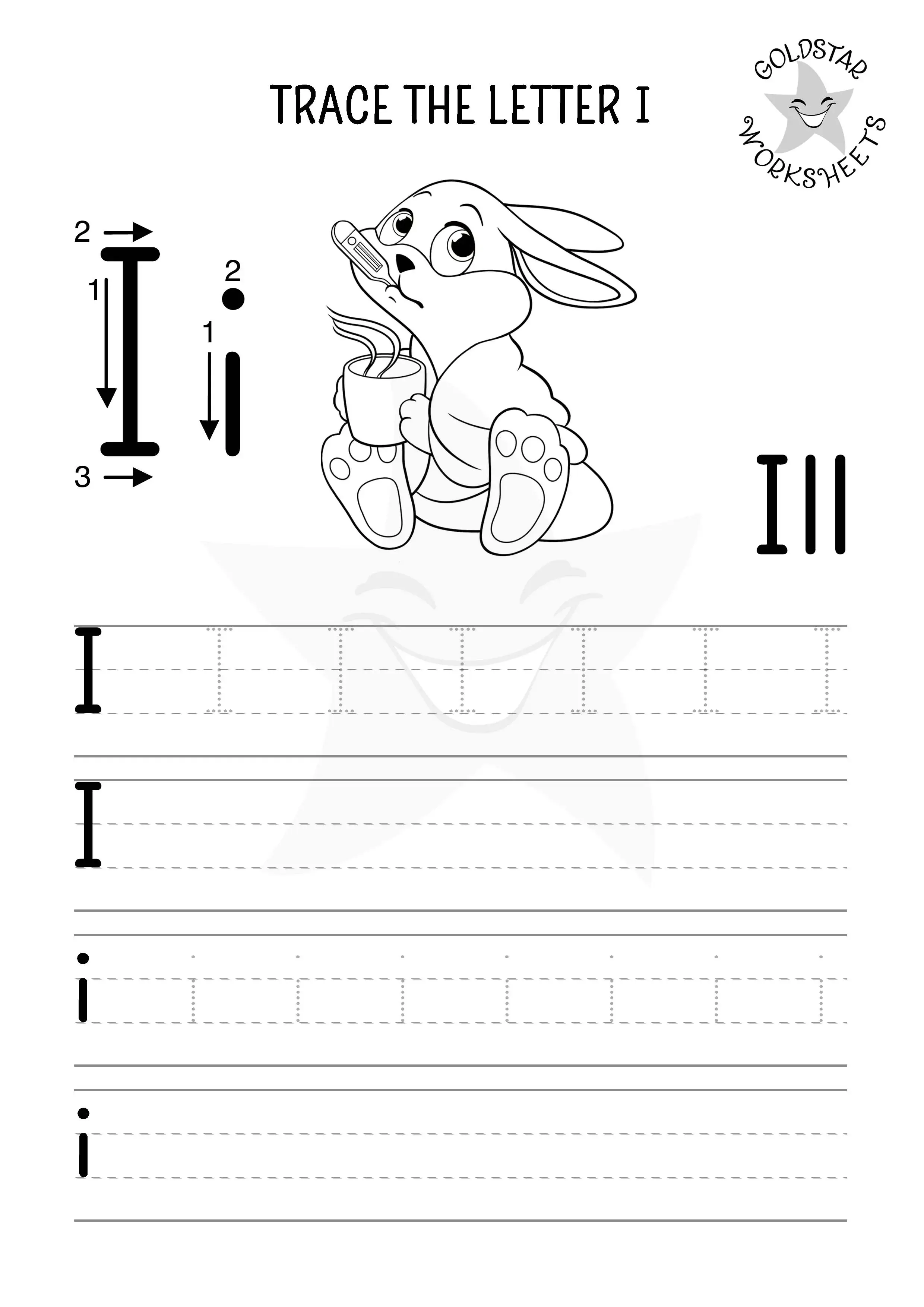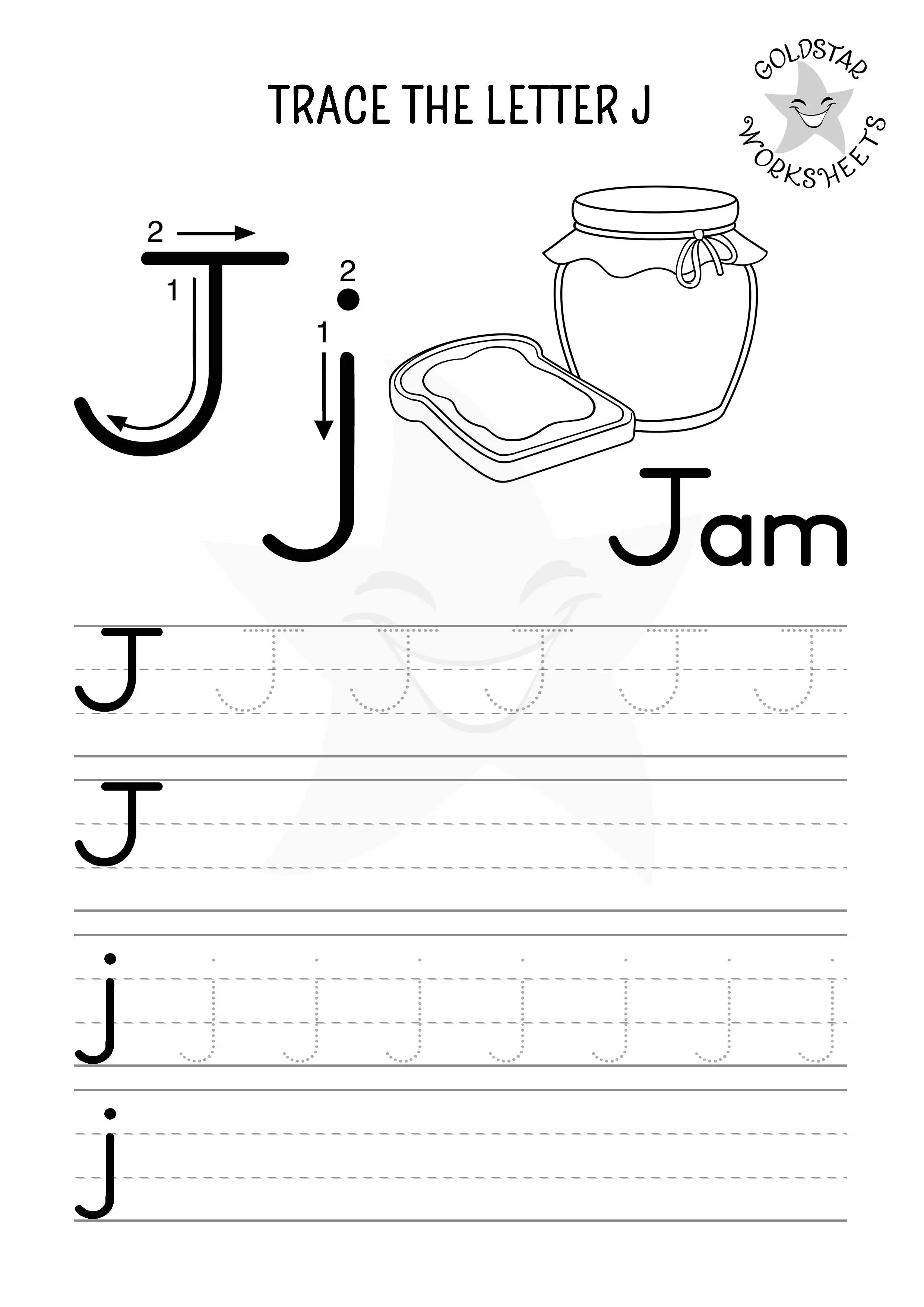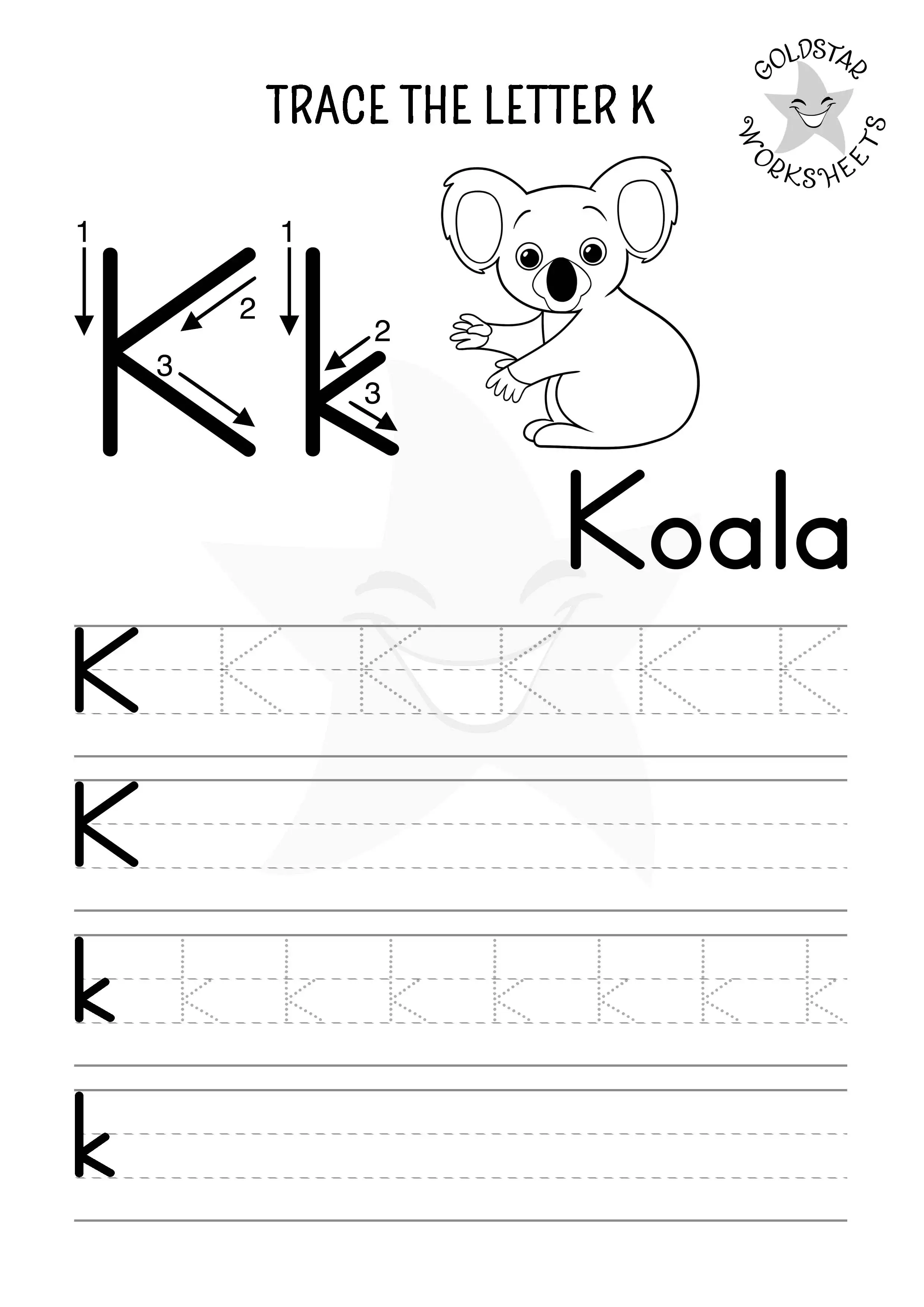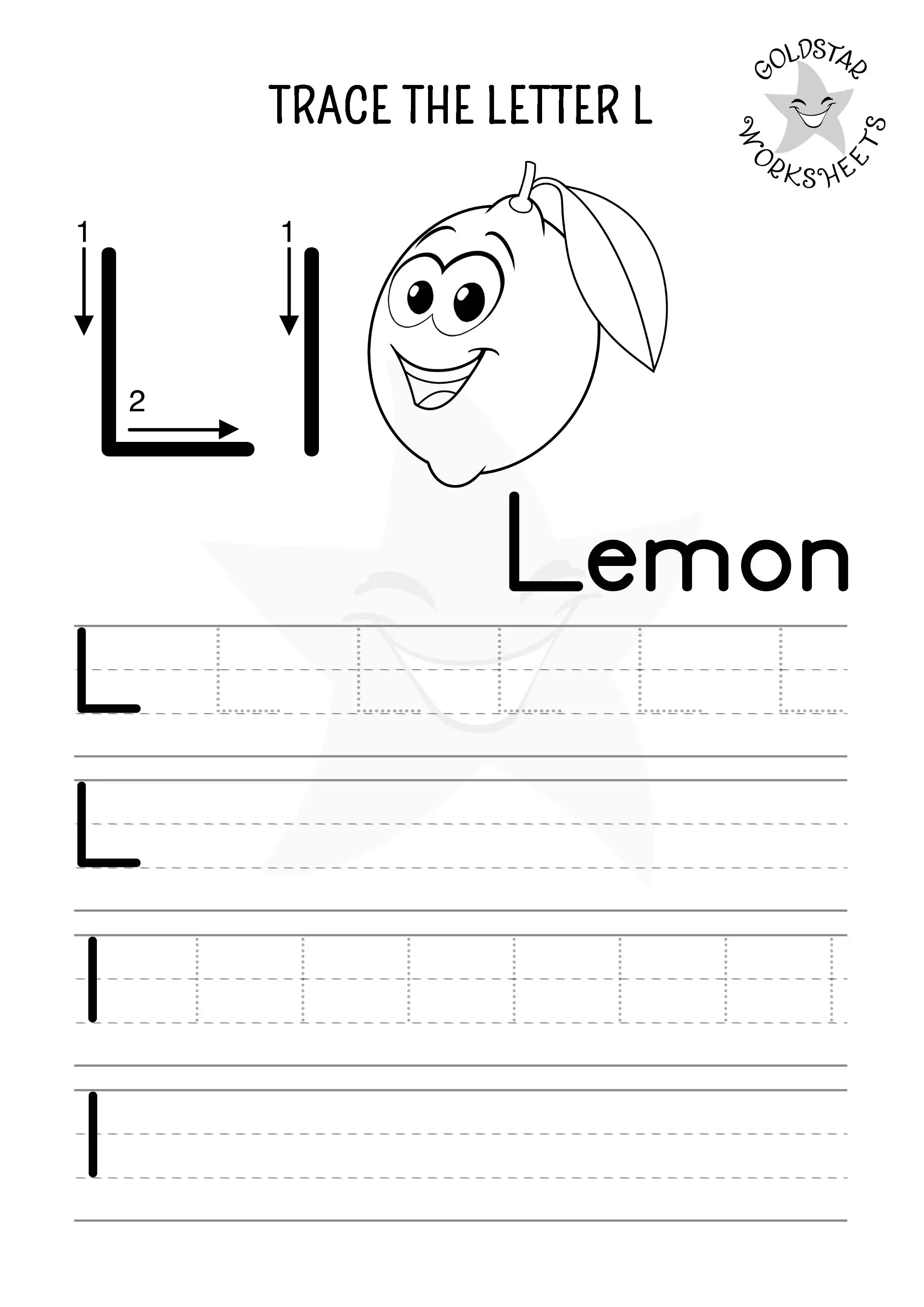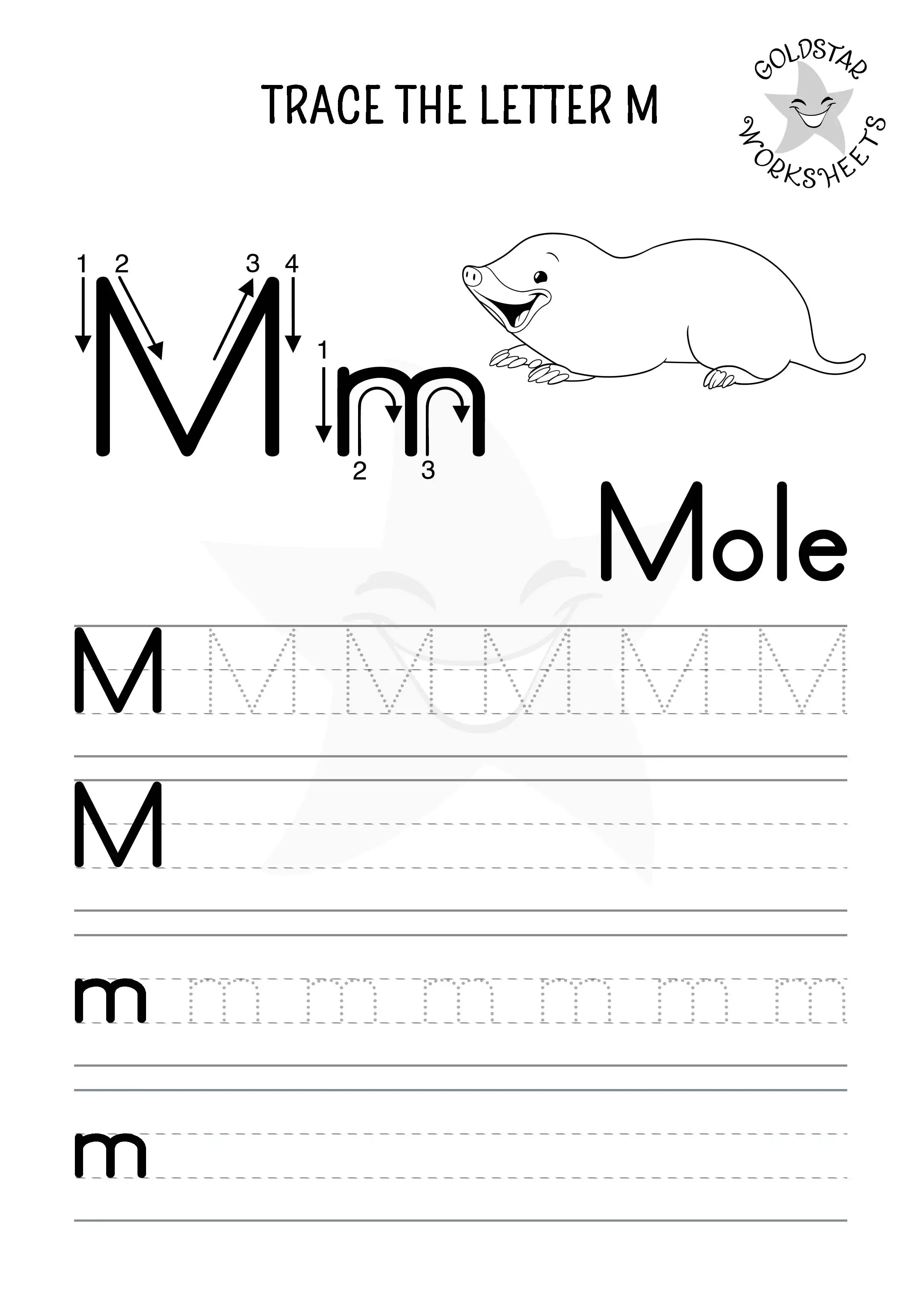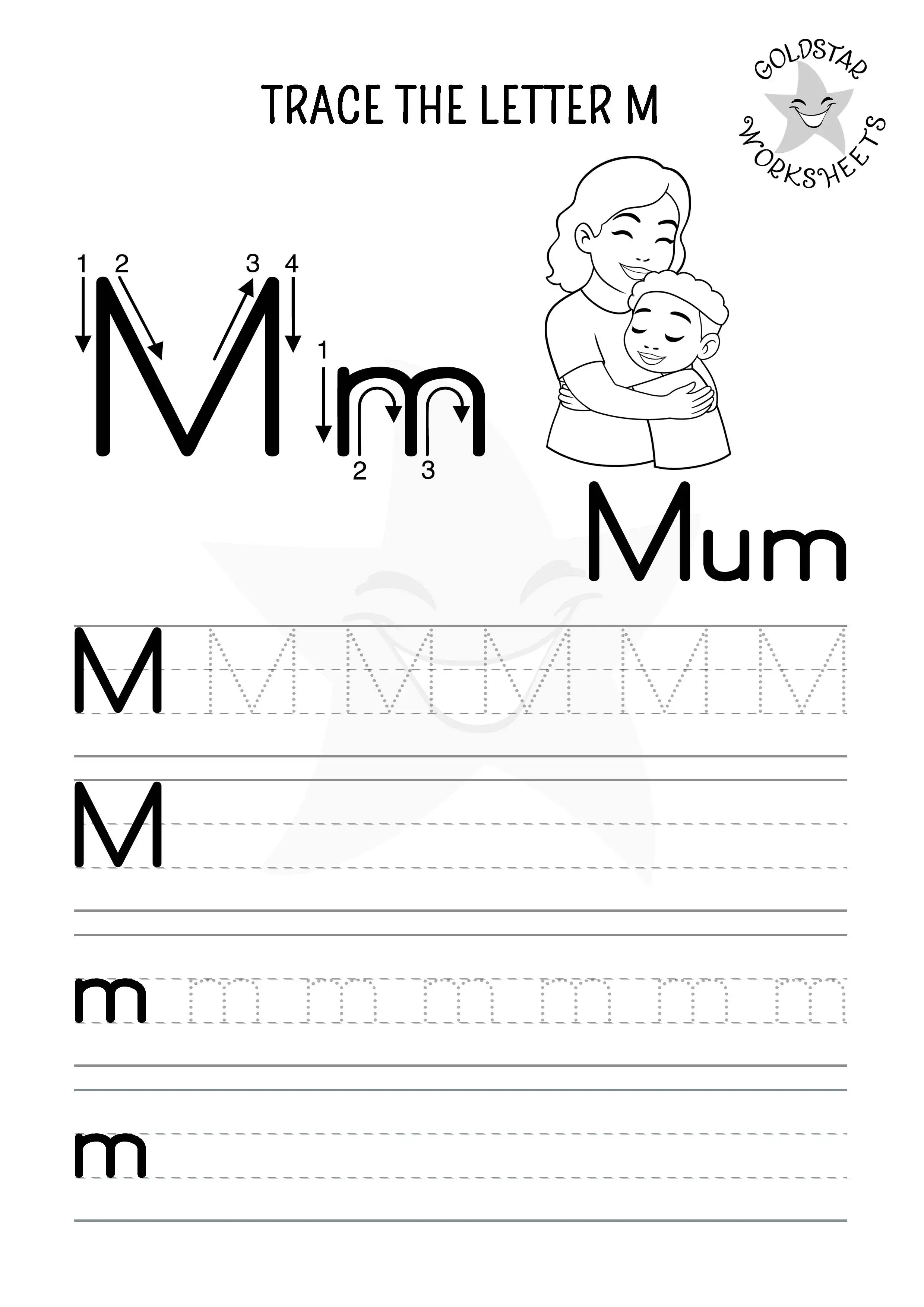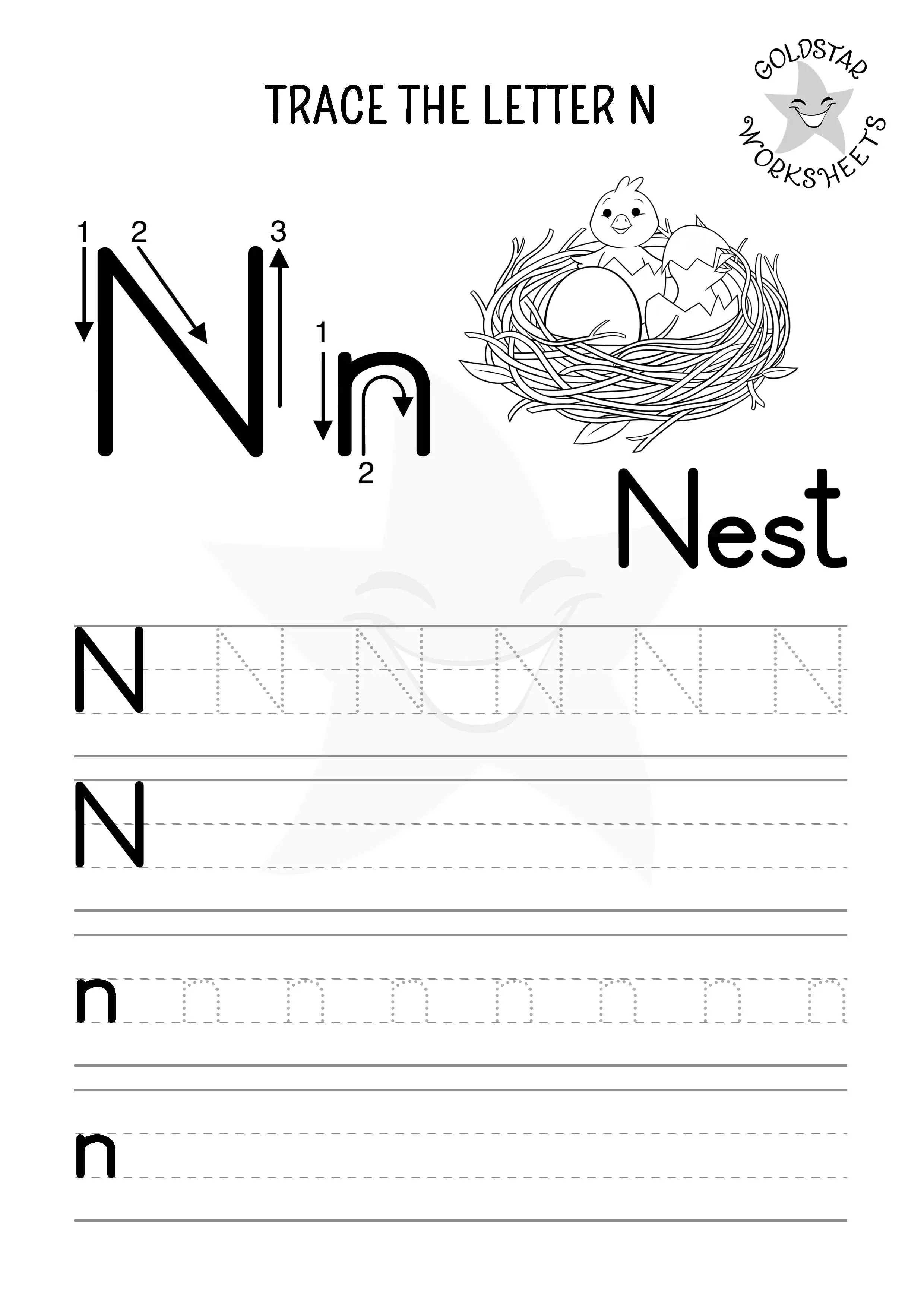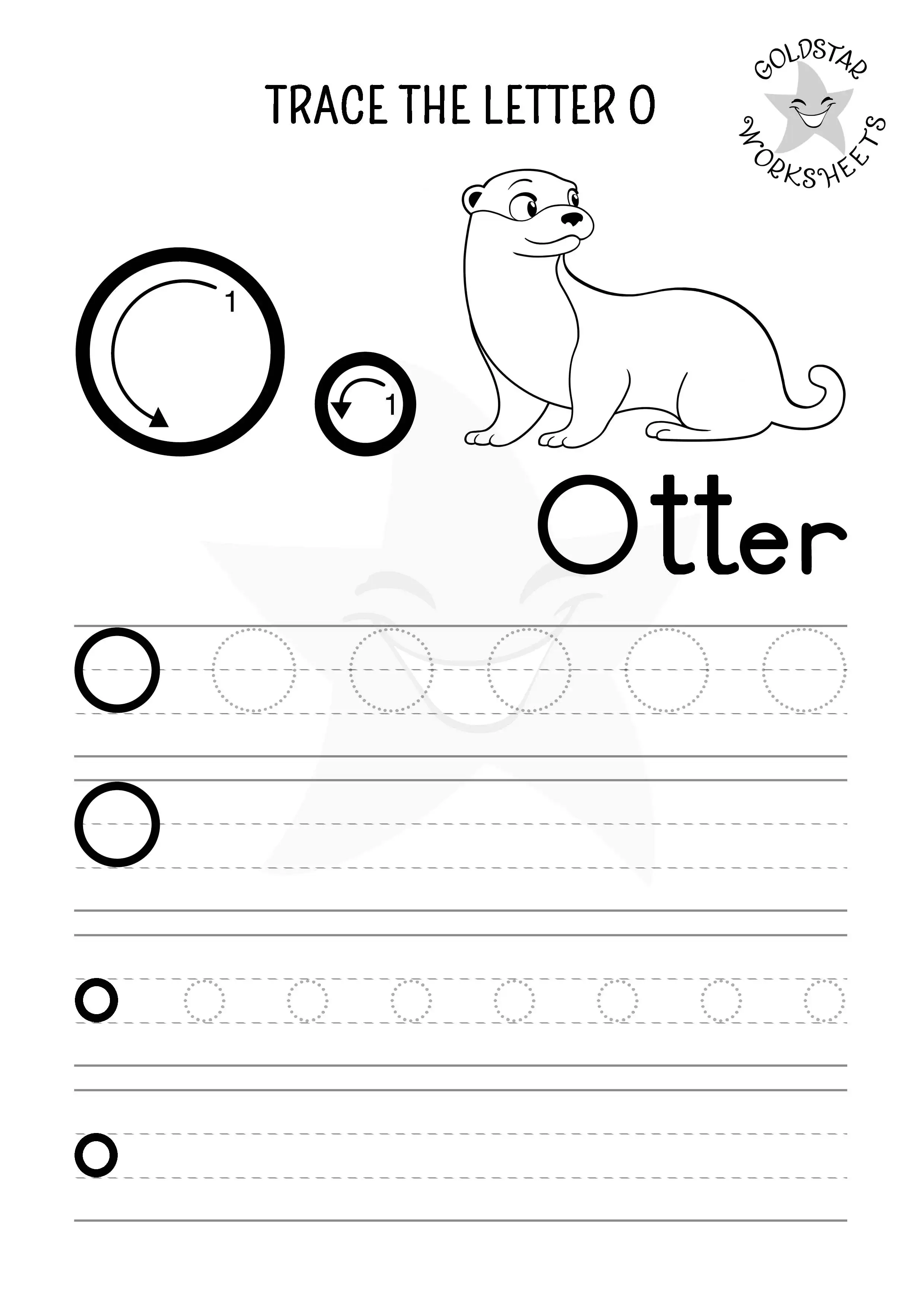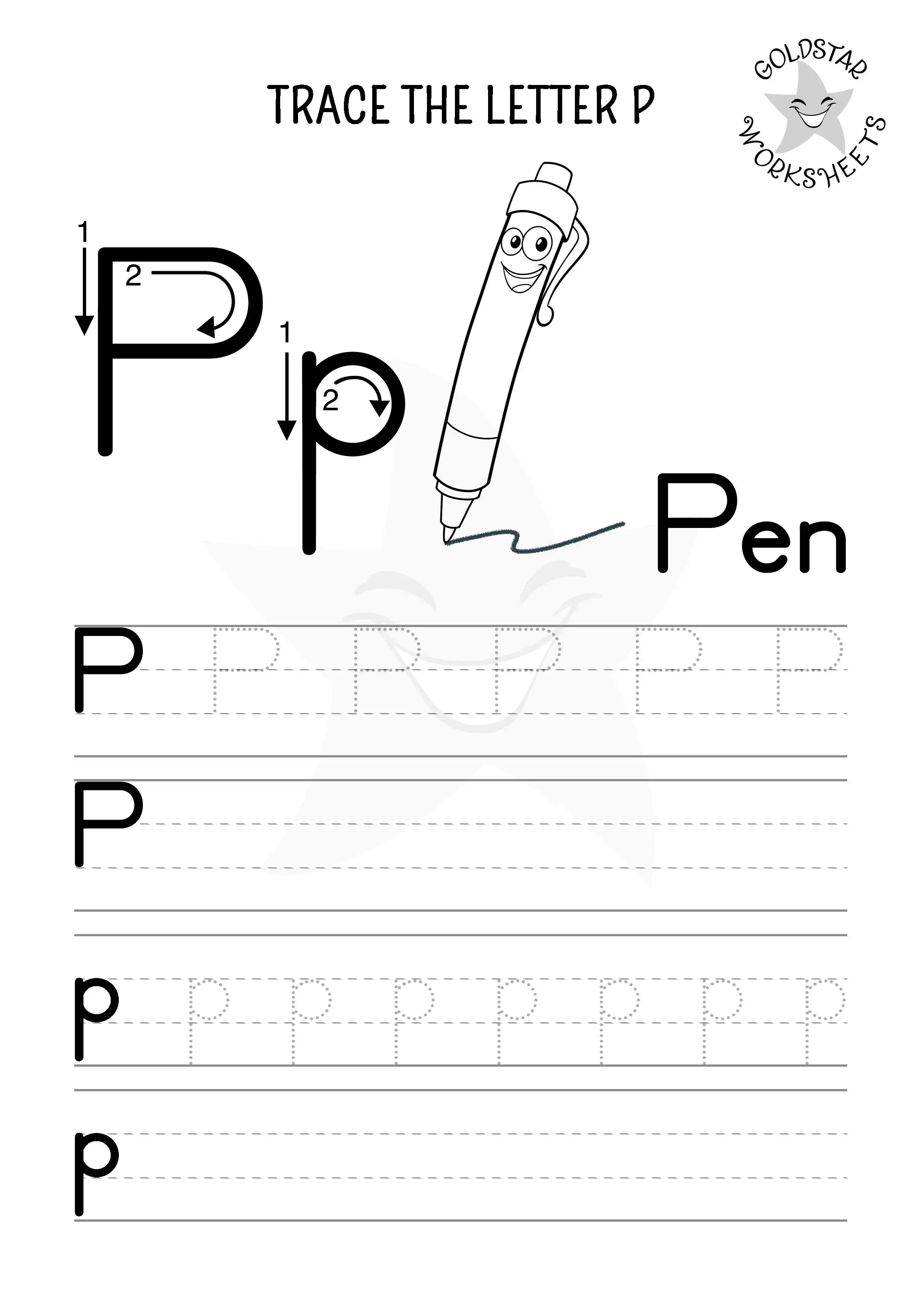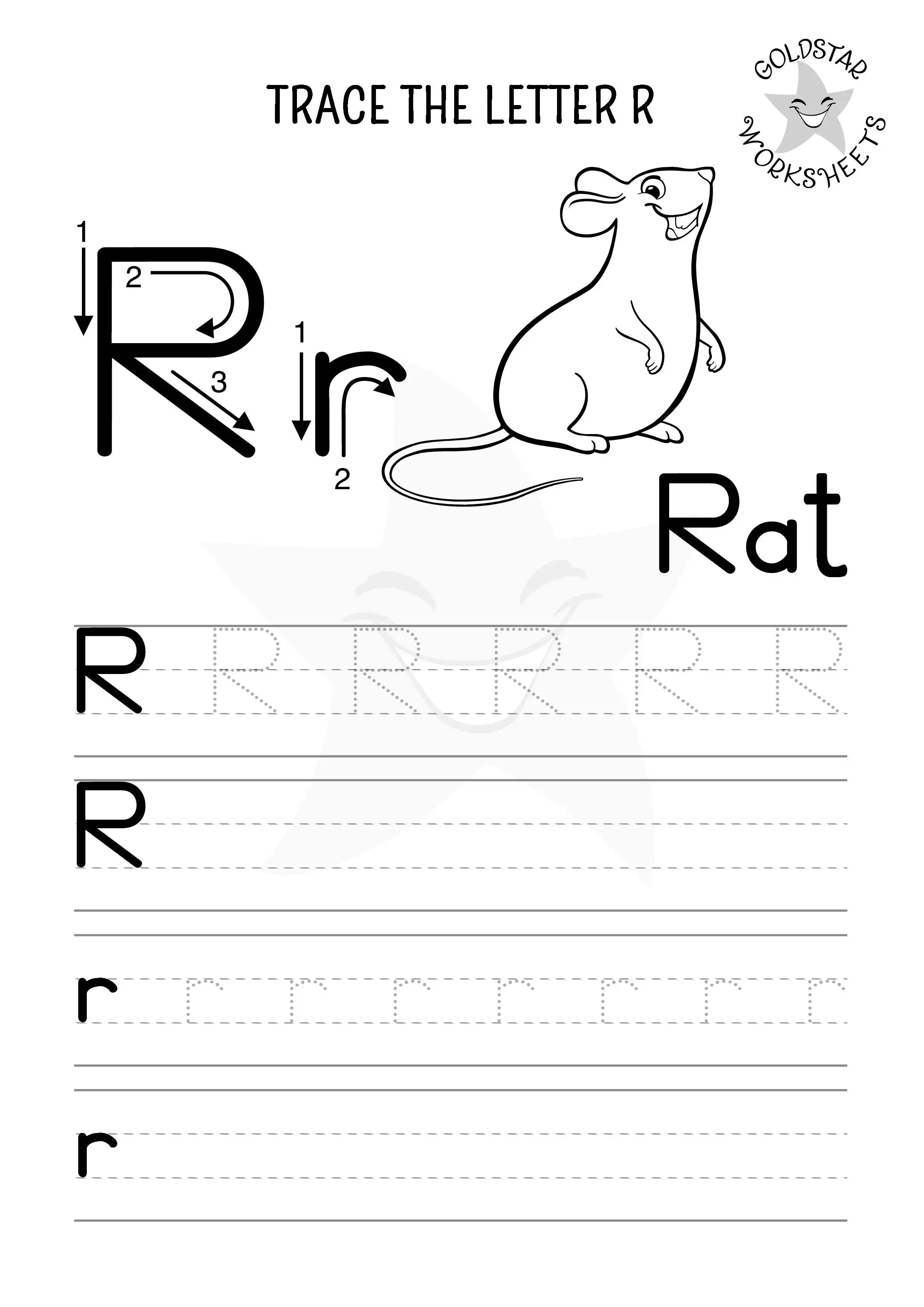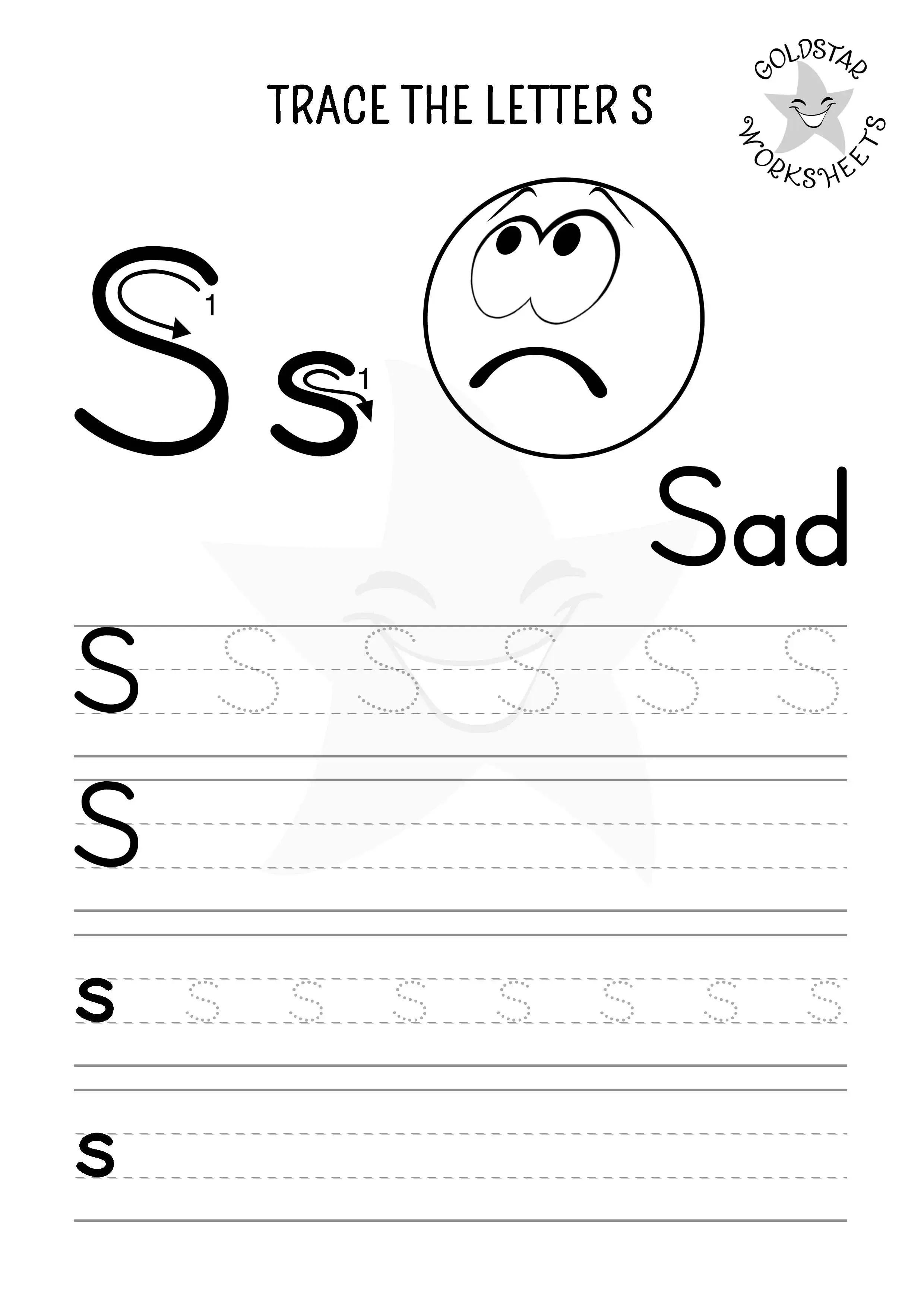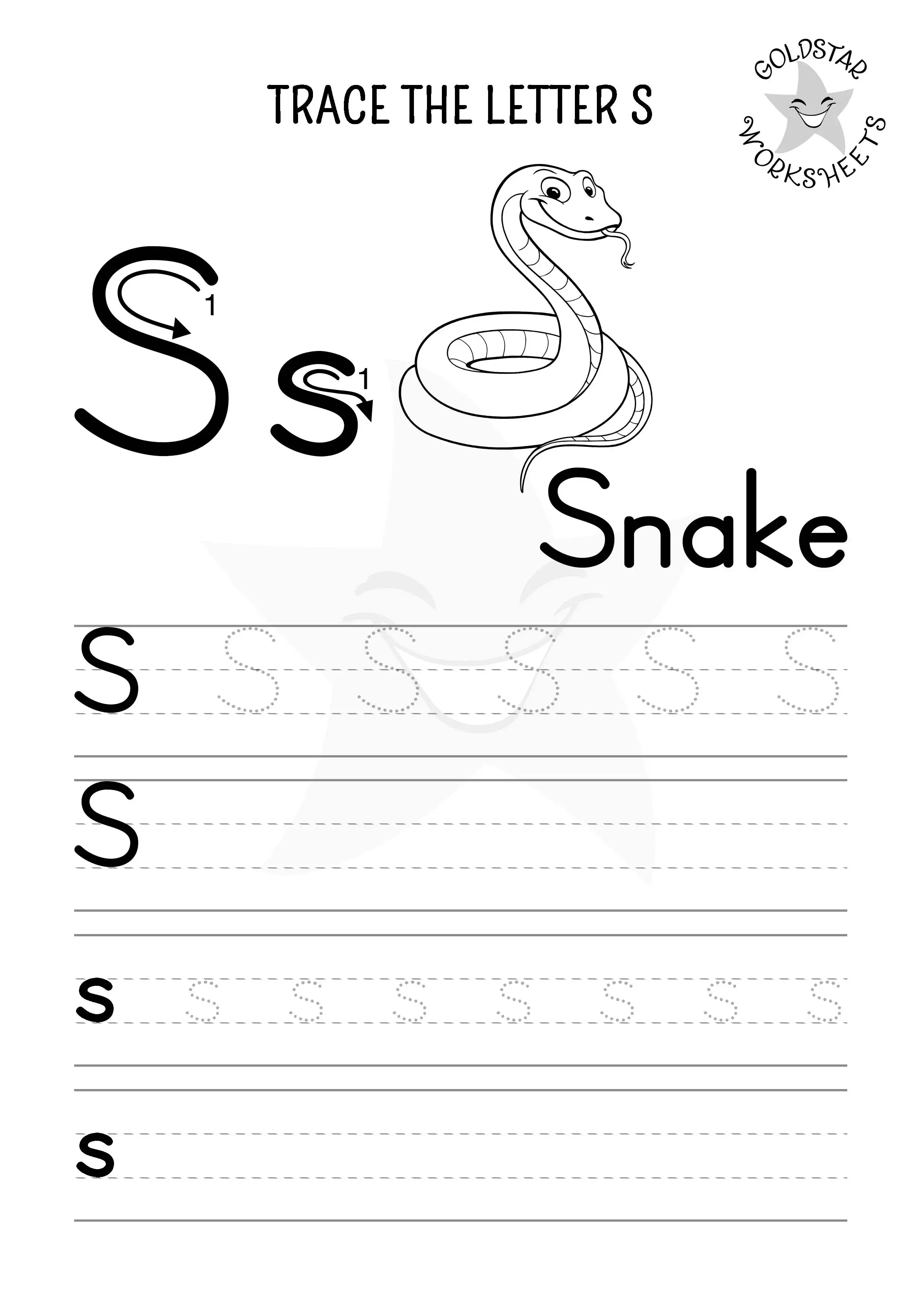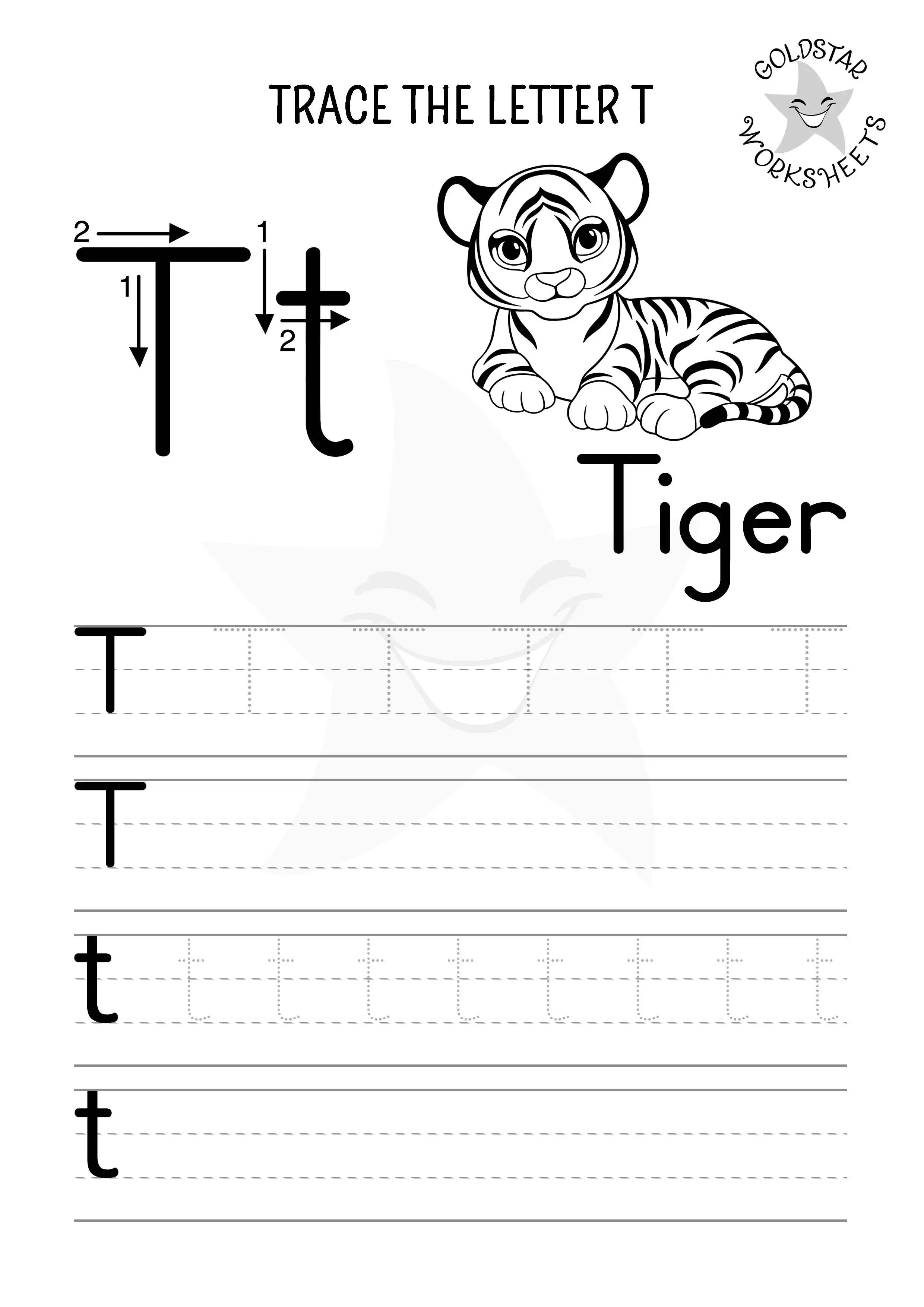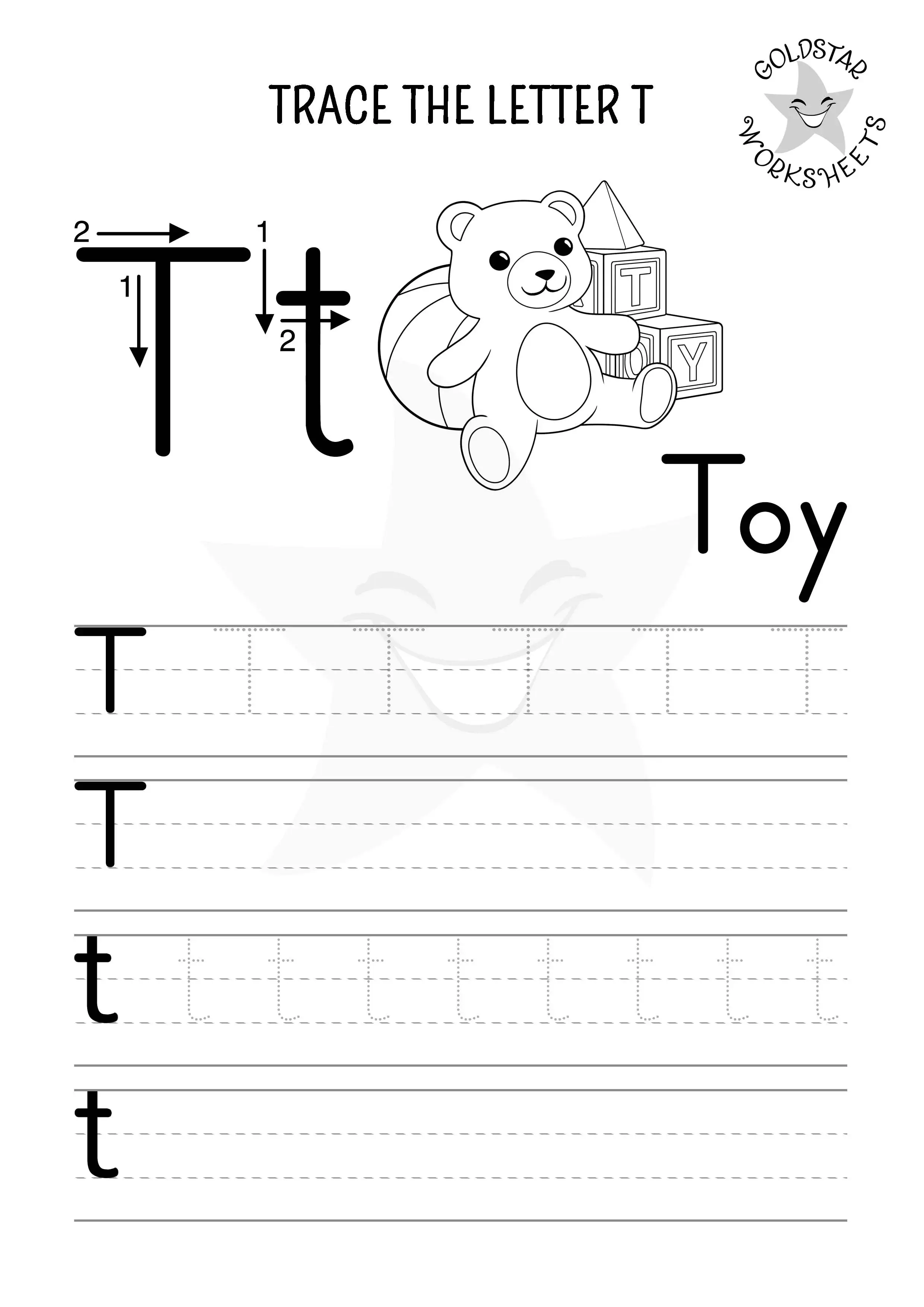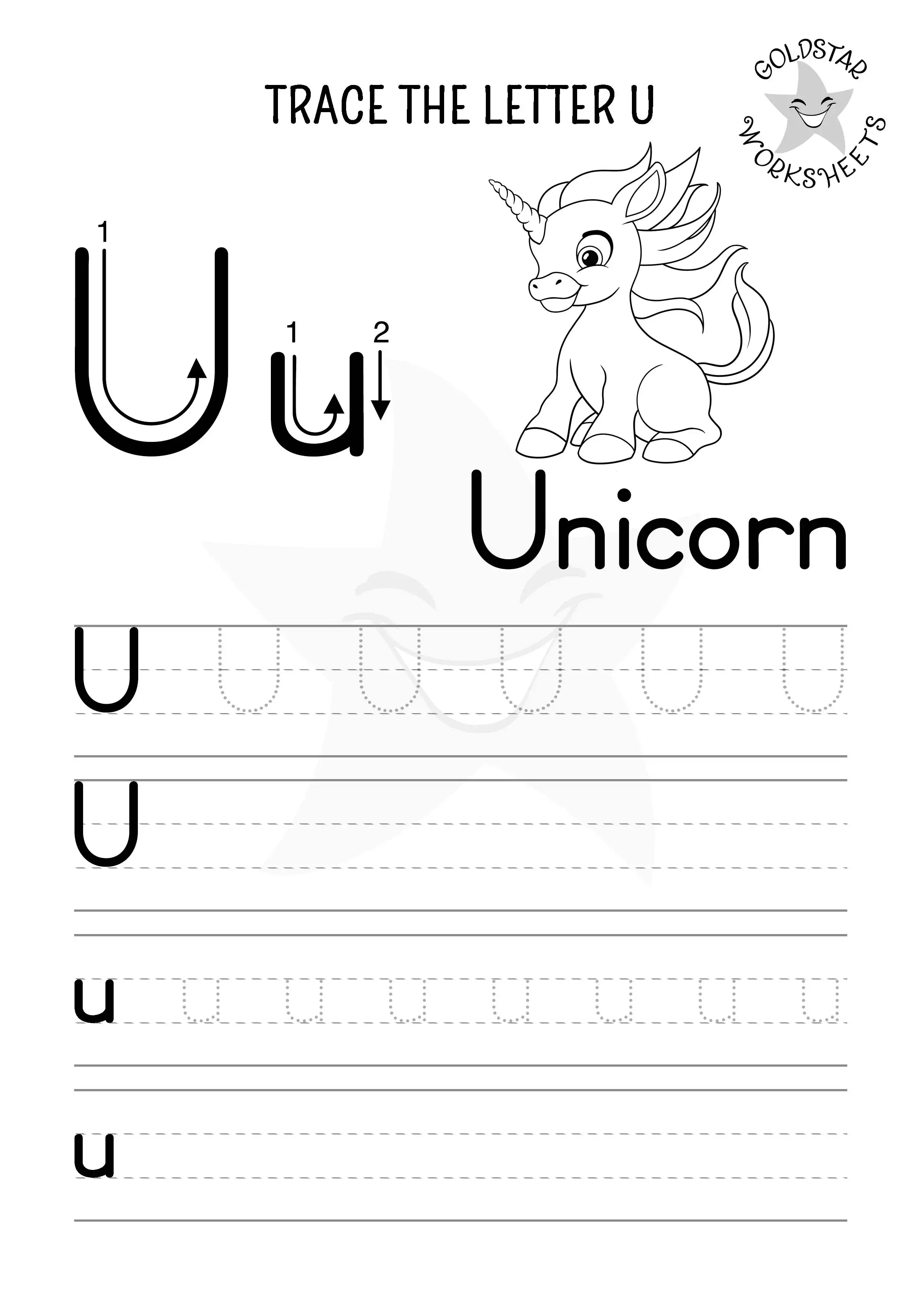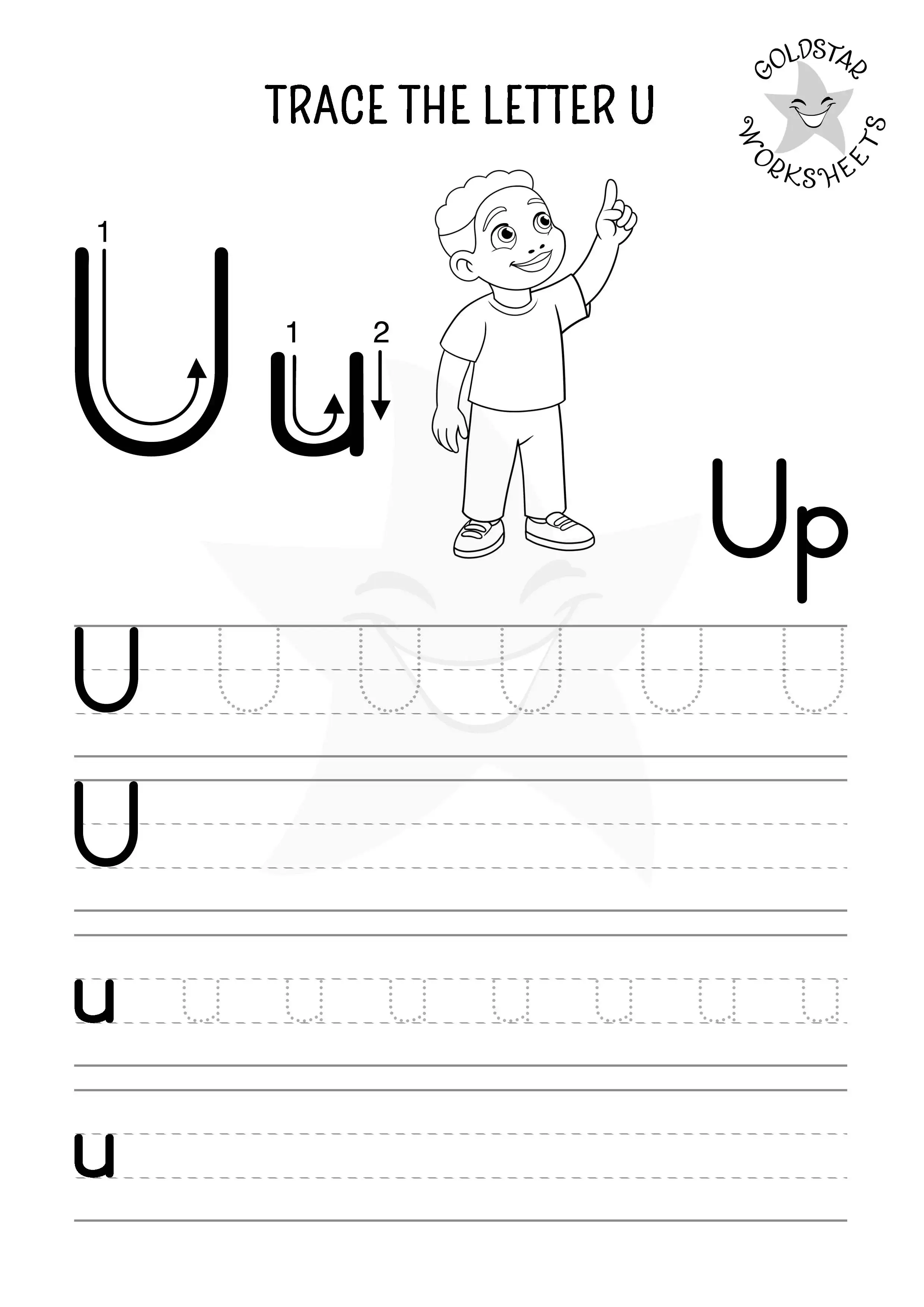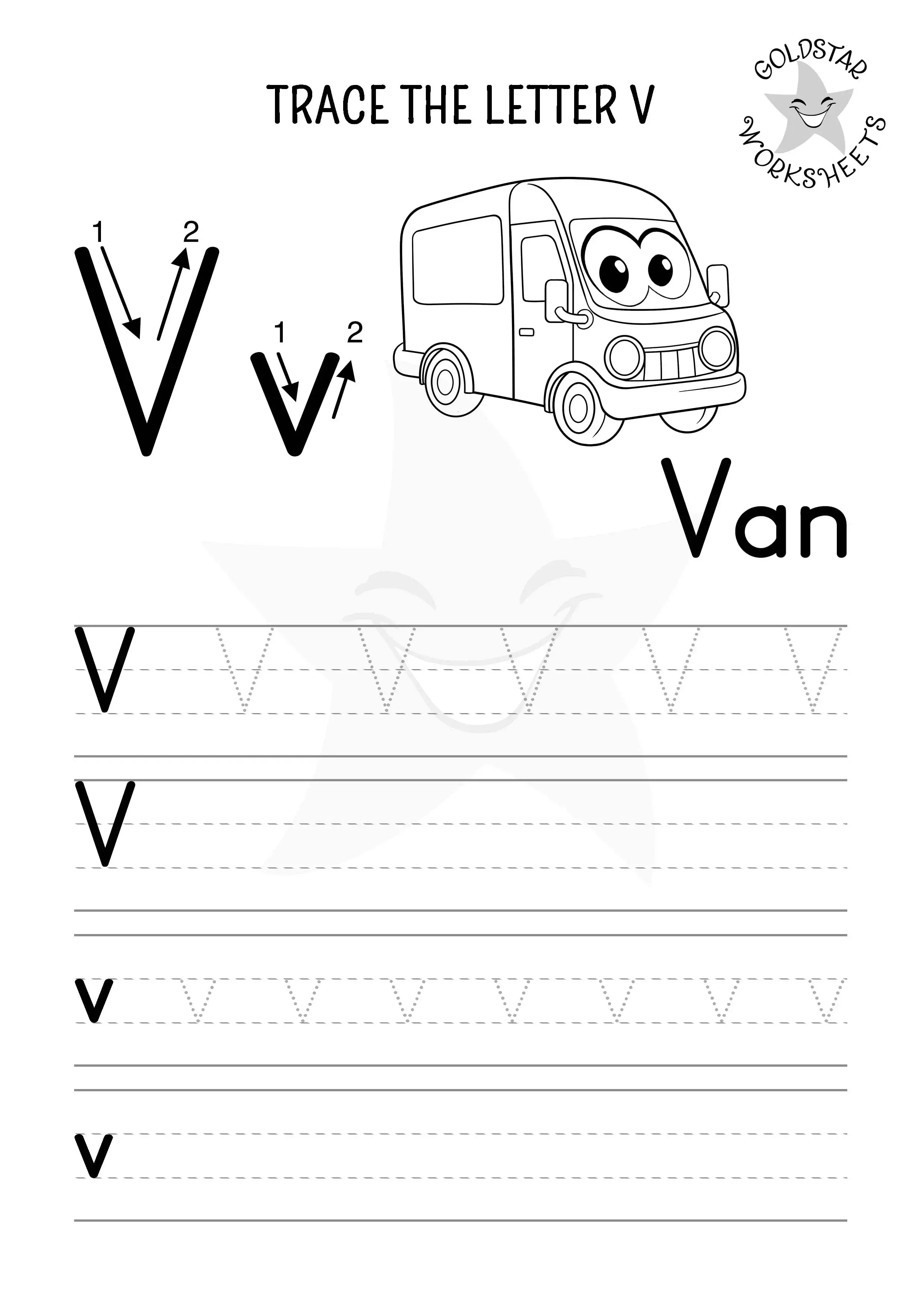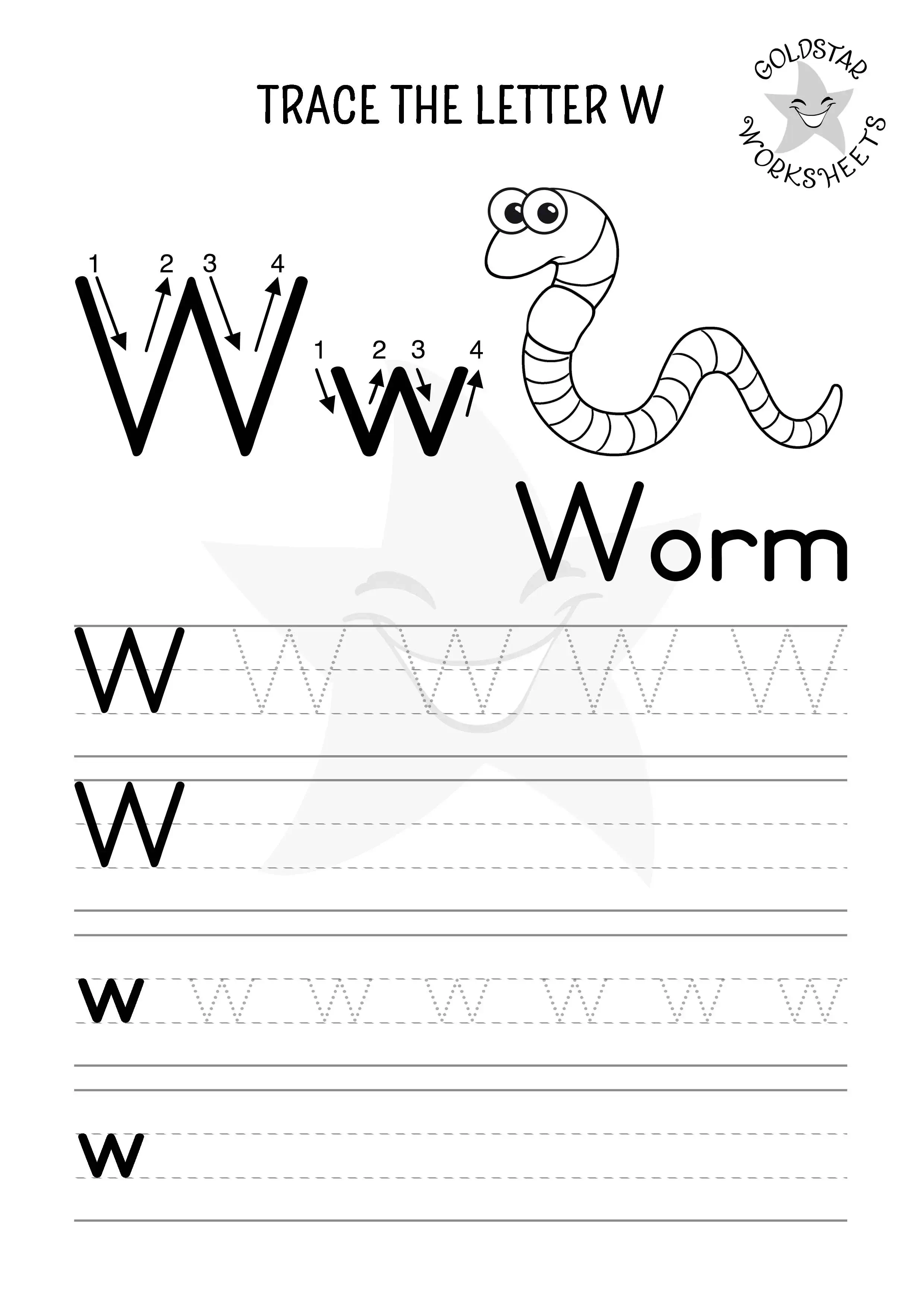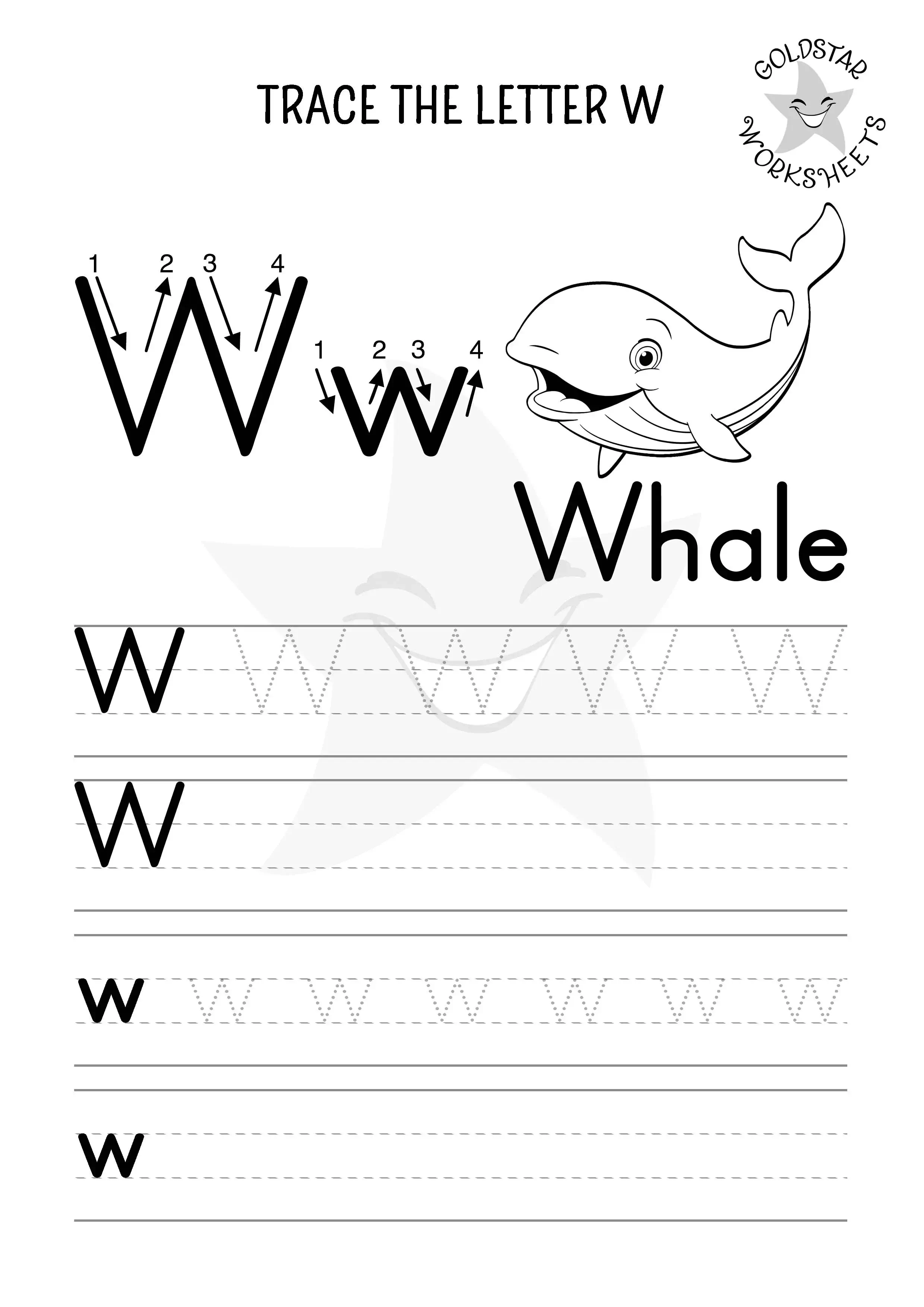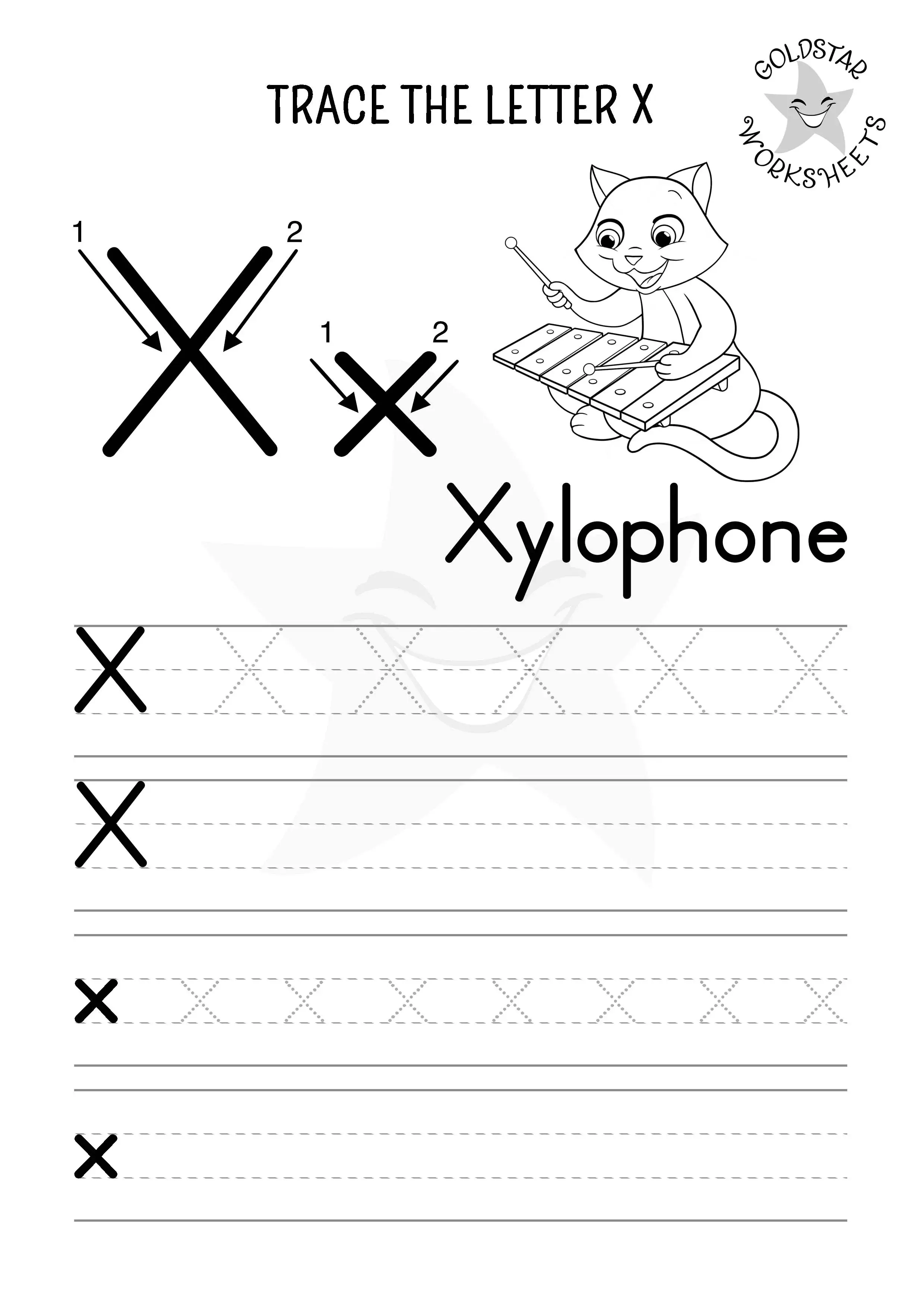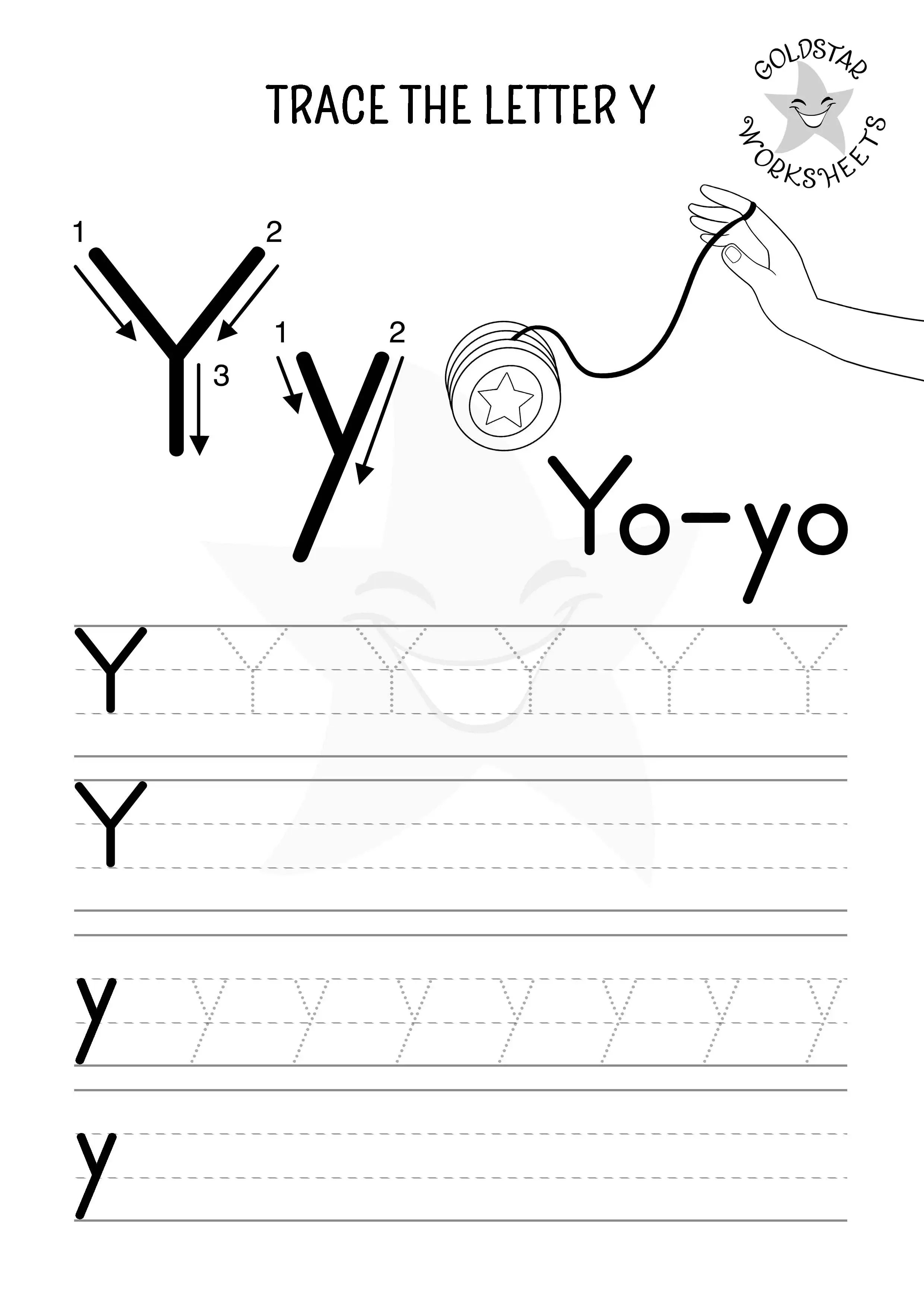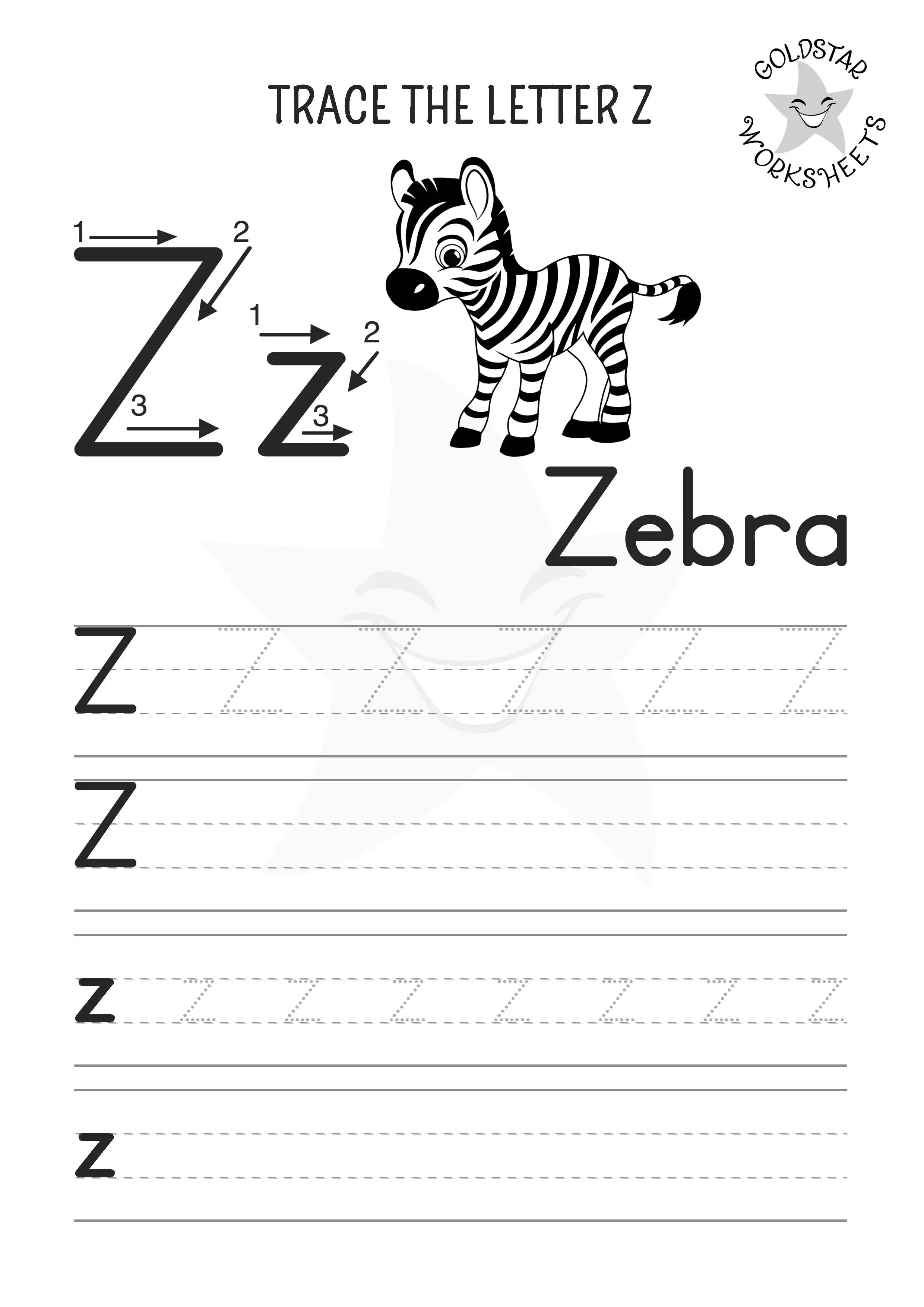- Home
- Free Letter Tracing Worksheets
- Upper and Lowercase Together
Uppercase and Lowercase Letter Tracing Worksheets - 100+ Free Printables! (Aa-Zz)
Download 100+ printable tracing worksheets that help children master writing both capital and small letters together! Perfect for preschool, kindergarten, and homeschool writing practice.
Quick Access: Jump to Your Worksheet Type
Choose the tracing style that works best for your little learner. Click any image below to go straight to those worksheets:
Uppercase & Lowercase Letter Tracing Worksheets by Type
A–Z Letter Tracing on One Page
Practice uppercase and lowercase letters A–Z on a single page with these bright and engaging tracing worksheets! Perfect for quick review or on-the-go learning, these sheets help reinforce letter recognition and proper formation. Ideal for kindergarten kids, they provide a convenient all-in-one solution for mastering the alphabet.
Trace and Color Mixed Case Worksheets
Make letter tracing fun with these mixed-case worksheets that combine writing practice and coloring! Kids trace both uppercase and lowercase letters, then color engaging pictures that reinforce letter sounds. These sheets are great for visual learners and add a creative twist to handwriting practice.
Trace-Only Mixed Case Worksheets
Focus on precise letter formation with these vibrant child-friendly mixed-case tracing worksheets. Each sheet features clear, dotted guidelines for uppercase and lowercase practice, helping kids develop fine motor skills and consistency. A simple, effective resource for handwriting practice.
Trace and Write Mixed Case Worksheets
Build confidence in letter writing with these trace-and-write worksheets! After tracing dotted uppercase and lowercase letters, children practice writing them independently. The gradual transition from tracing to freehand writing supports skill retention and proper technique.
Trace, Write, and Color Mixed Case Worksheets
These worksheets guide kids through tracing, writing, and coloring for multisensory learning. Reinforce letter shapes, handwriting, and phonics while keeping young learners engaged. Perfect for classrooms or extra practice at home.
Recommended Order for Letter Tracing Worksheets
While experts may debate the best approach, we recommend this structured progression to help children build confidence and skills gradually.
| Stage | Worksheet Type | Description | Suggested Age | Key Focus |
|---|---|---|---|---|
| 1. Uppercase Letters (Beginner) | ||||
| Giant single-letter pages | Extra large letters for finger painting | 2-3 years | Letter recognition through sensory play | |
| Uppercase Tracing-only / Color and Trace | Start with simplest letters (L, T, O) | 3-3.5 years | Developing pencil control through basic shapes | |
| Uppercase A-Z Tracing on One Page | Full alphabet practice | 3.5-4 years | Seeing the complete alphabet as a unified system | |
| Uppercase Tracing & Writing / Uppercase Trace, Color, and Write | Transition to independent writing | 4 years | Building confidence in letter formation | |
| Uppercase A-Z Tracing & Writing on One Page | Comprehensive alphabet writing | 4-4.5 years | Developing fluency across all letters | |
| 2. Lowercase Letters (Intermediate) | ||||
| Lowercase Tracing-only / Lowercase Tracing and Coloring | Start with similar-to-uppercase letters (c, o, s) | 4-4.5 years | Understanding size variations and new shapes | |
| Lowercase A-Z Tracing on One Page | Full lowercase alphabet practice | 4.5-5 years | Grasping lowercase as a complete system | |
| Lowercase Tracing & Writing / Lowercase Trace, Color and Write | Independent lowercase writing | 5 years | Precision in smaller letter forms | |
| Lowercase A-Z Tracing & Writing on One Page | Complete lowercase mastery | 5-5.5 years | Fluency in lowercase writing | |
| 3. Mixed-Case Practice (Advanced) | ||||
| Mixed-Case Tracing only / Mixed-Case Trace and Color | Paired letter practice | 5-5.5 years | Understanding case relationships | |
| Mixed-Case A-Z Tracing on One Page | Comprehensive mixed-case practice | 5.5-6 years | Seeing the complete letter system together | |
| Mixed-Case Tracing & Writing / Mixed-Case Trace, Color & Write | Writing both cases together | 6 years | Preparing for sentence writing | |
| Mixed-Case A-Z Tracing & Writing on One Page | Complete alphabet mastery | 6+ years | School readiness and writing confidence | |
Color Guide & Implementation Notes:
- Light blue rows = Beginner Uppercase practice
- Light pink rows = Intermediate Lowercase practice
- Light green rows = Advanced Mixed-case practice
- Worksheet types in dark blue stand out clearly
- Age markers in soft pink for easy reference
- Hover over any row to highlight it for focus
- A-Z pages focus on system-level understanding of the alphabet
- Click on any worksheet type to access that specific set
Frequently Asked Questions (FAQ)
1. Are the worksheets all free to download?
1. Are the worksheets all free to download?
Absolutely—all tracing sheets on this page are free PDF downloads for personal and classroom use.
2. How do I help my child to transition from tracing to writing?
2. How do I help my child to transition from tracing to writing?
Start with trace-only sheets, then move to "Trace and Write" worksheets where they copy letters independently after tracing.
3. Why is mixed-case practice important?
3. Why is mixed-case practice important?
Learning both uppercase and lowercase letters together reinforces letter recognition and prepares kids for reading and writing sentences.
4. Can these worksheets be used by left-handed children?
4. Can these worksheets be used by left-handed children?
Yes! The dotted guidelines are universally designed, but left-handed kids may benefit from angled paper or extra spacing.
5. How often should my child practice tracing?
5. How often should my child practice tracing?
Short, frequent sessions (5–10 minutes) work better than long sessions to avoid frustration.
6. How can I tell when my child is ready to trace?
6. How can I tell when my child is ready to trace?
Look for these readiness signs:
- Can hold a crayon/pencil with a tripod grip (or close to it).
- Can imitate horizontal/vertical lines and circles.
- Shows interest in letters (points at them in books, asks "What’s that?").
If they’re resistant, wait a few weeks and try pre-writing activities first.
7. Can I print multiple copies for my class?
7. Can I print multiple copies for my class?
Yes! You’re welcome to print as many copies as needed for your classroom, daycare, or homeschool group. These worksheets are designed for unlimited educational use—just ensure they’re used for personal or classroom purposes only (not for commercial resale).
8. In what order should I do uppercase, lowercase, and both together?
8. In what order should I do uppercase, lowercase, and both together?
Not all experts agree on this one! We recommend:
- Start with uppercase letters (easier to trace due to simpler shapes).
- Introduce lowercase letters
- Transition to mixed-case worksheets once the child recognizes most letters.
Pro Tip: Follow your child’s pace—some kids benefit from mastering one case before the other.
9. How do I download these worksheets?
9. How do I download these worksheets?
- Click the "Download" button under your chosen worksheet.
- The PDF will open in a new tab—save it to your device or print directly.
(Note: Ensure you have a PDF reader like Adobe Acrobat installed.)
10. What age should I start teaching tracing, and what should I start with?
10. What age should I start teaching tracing, and what should I start with?
- Age 2.5–3: Introduce pre-writing skills (scribbling, straight lines, curves).
- Age 3–4: Start simple uppercase letters (e.g., L, T, O) and shapes.
- Age 4–5: Progress to lowercase and mixed-case tracing.
Always prioritize fun over perfection—readiness varies per child!
Need a Specific Letter?
Looking for tracing worksheets for a particular letter? Visit our A–Z Letter Selector, where each letter’s page includes uppercase, lowercase, and mixed-case tracing worksheets all in one place.
Want to Download Everything at Once?
🎉 Save time with our Complete Letter Tracing Bundle—all uppercase, lowercase, and mixed-case worksheets in one easy PDF.
✅ Over 300 worksheets
✅ Organized by letter and style
✅ Instant download
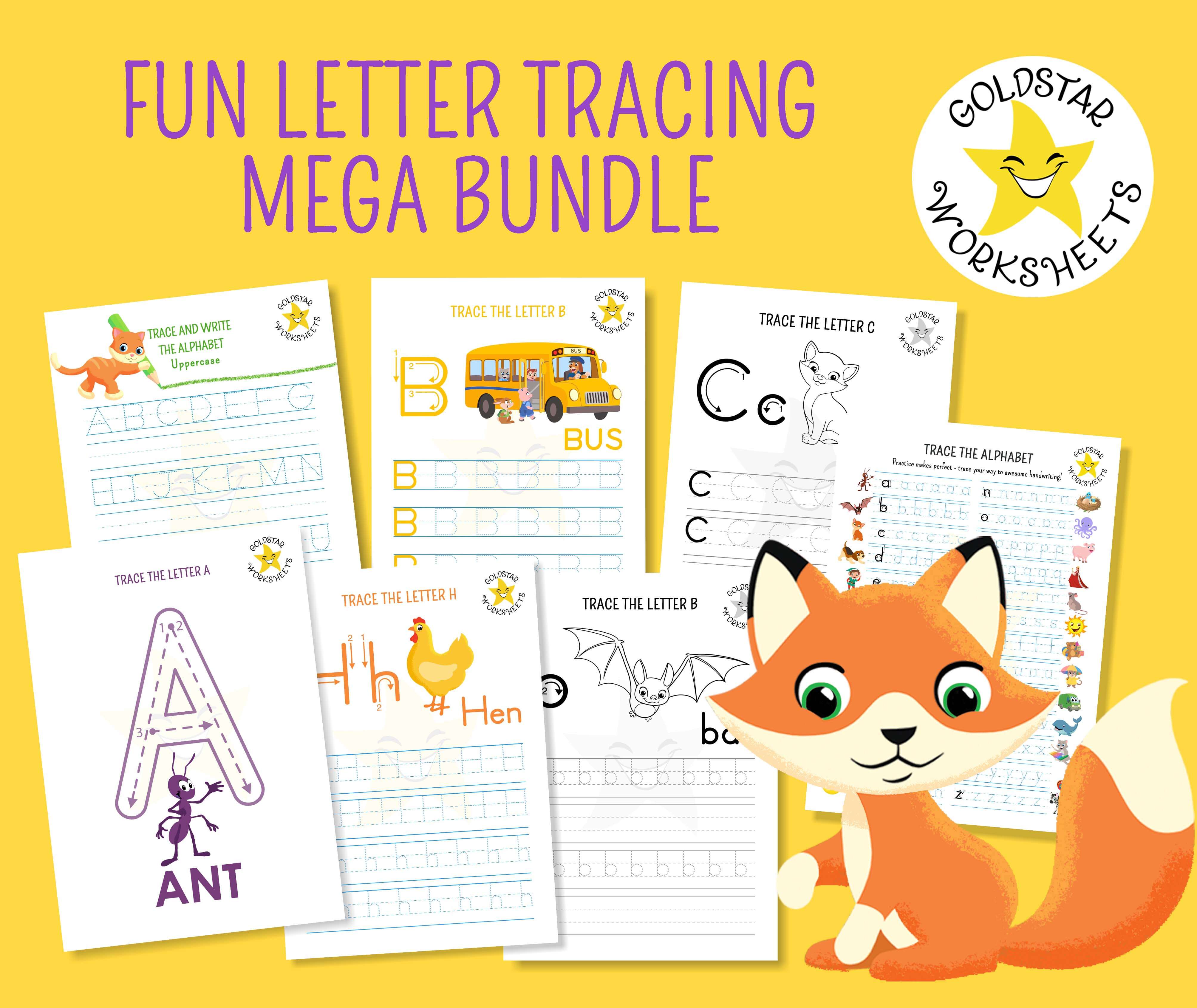
Let’s Get Tracing!
Our free upper and lowercase letter tracing worksheets are a great resource for you to give your little learners confidence while they get to grips with the alphabet and writing.
🖍️ Pick your favorite worksheet style above and start printing—free and ready to go!
✨ Happy tracing from all of us at Gold Star Worksheets!
- Home
- Free Letter Tracing Worksheets
- Upper and Lowercase Together
